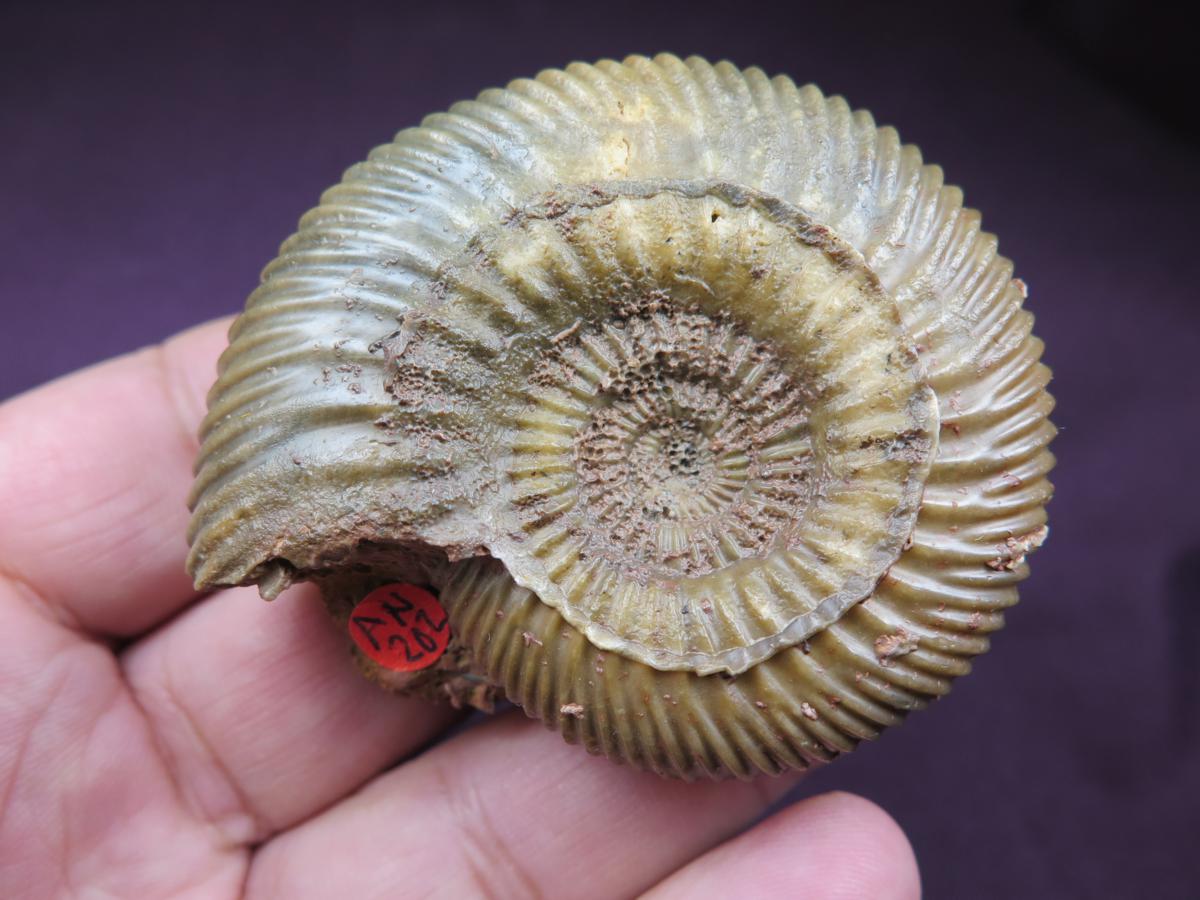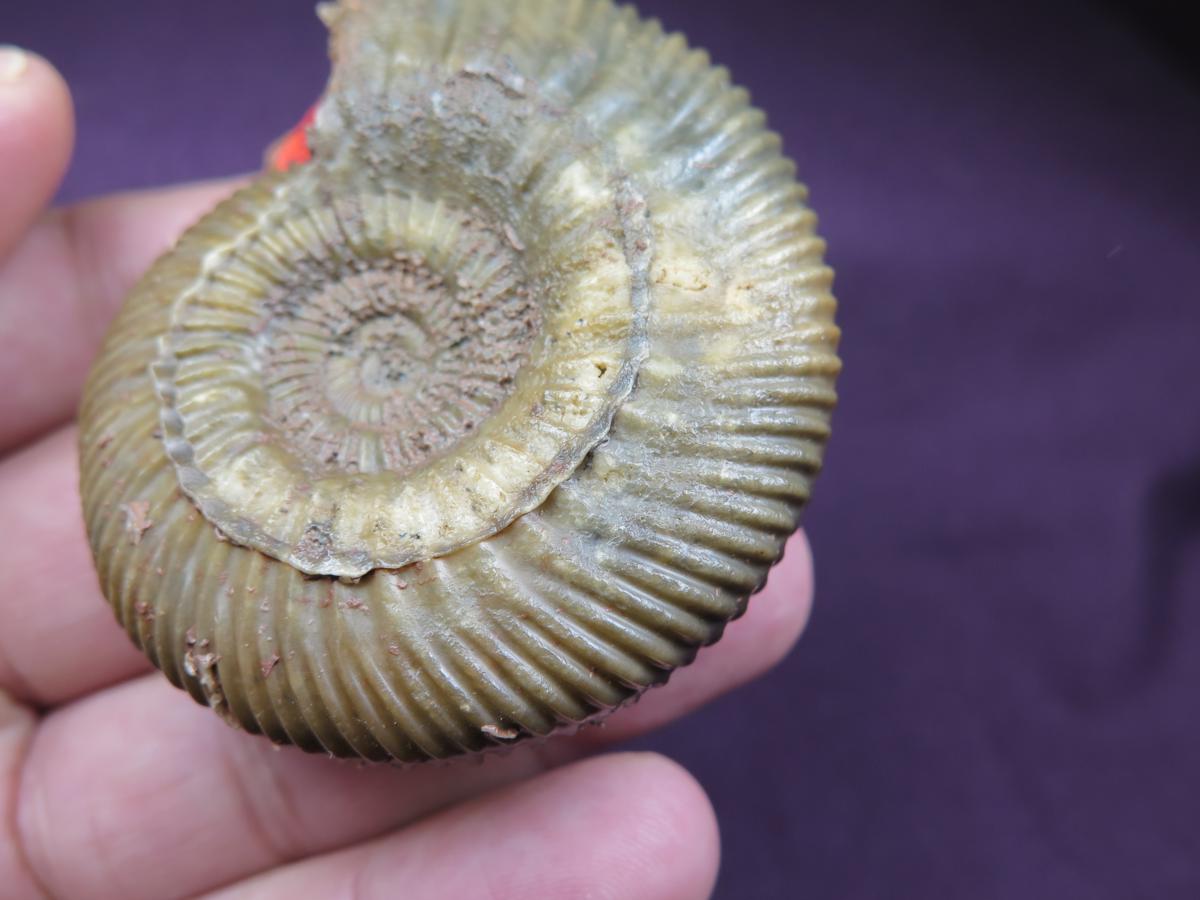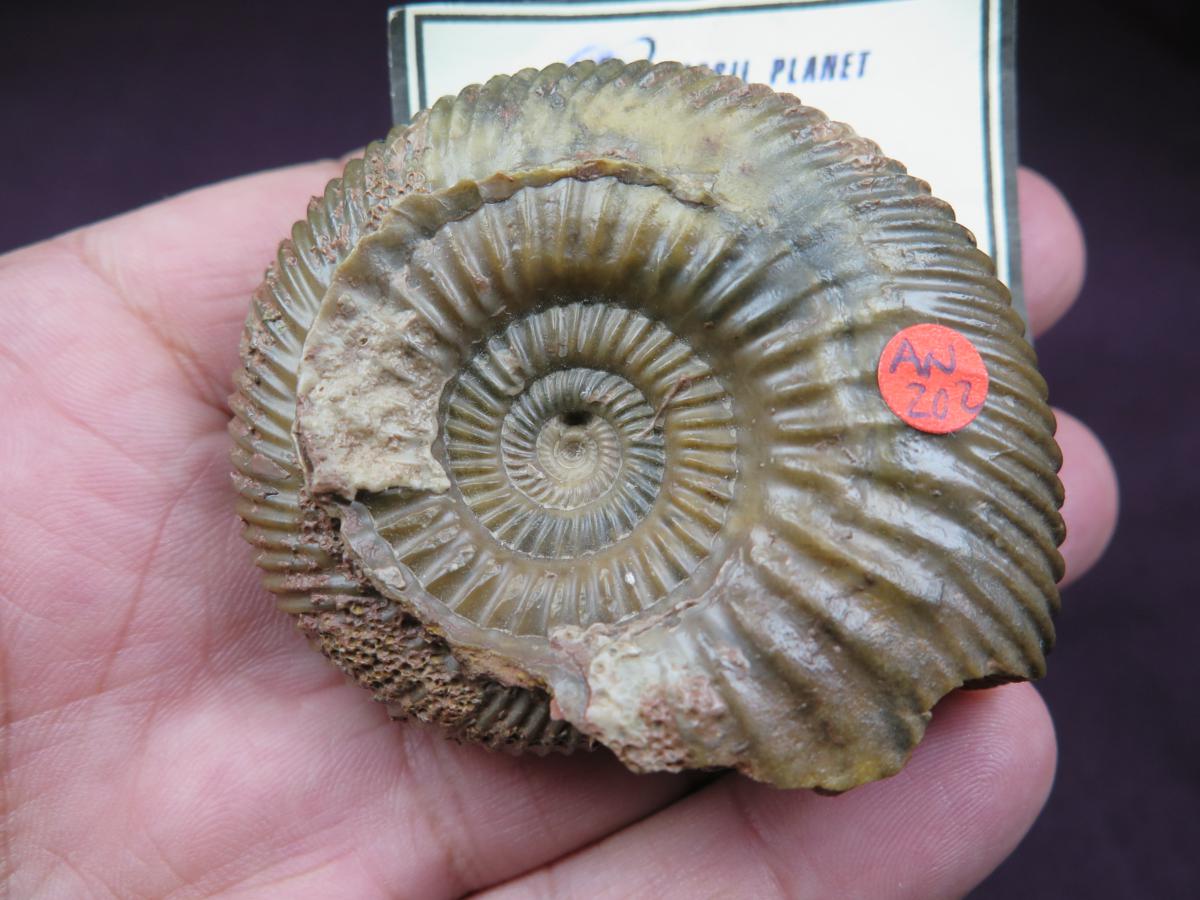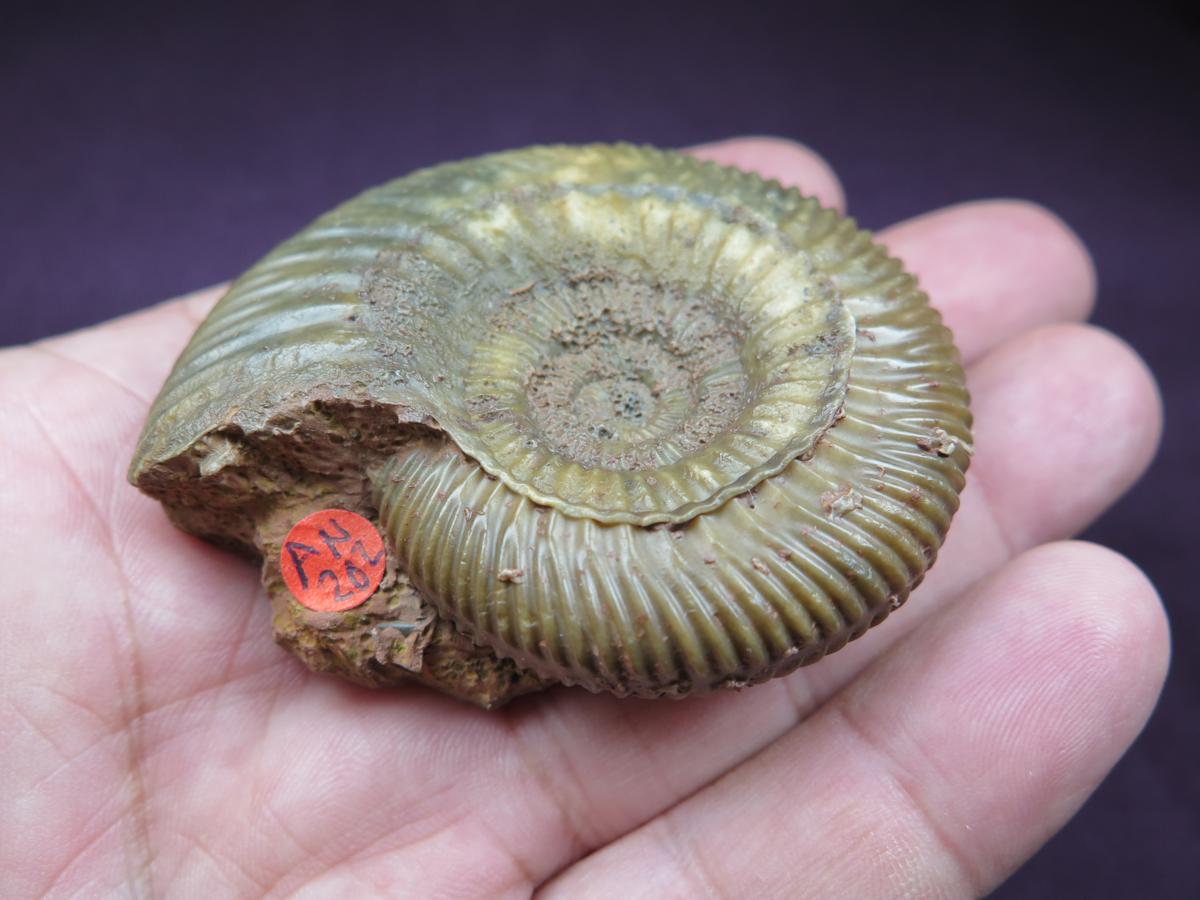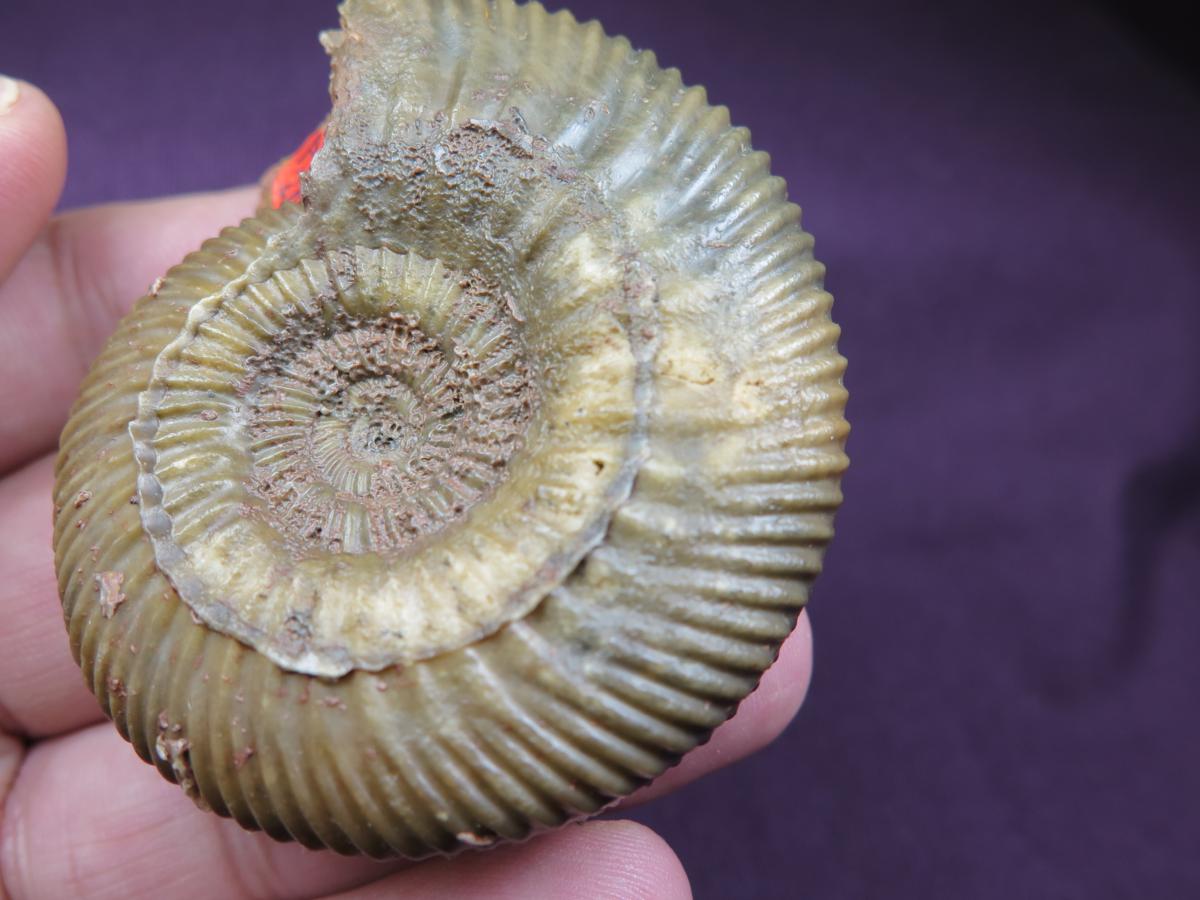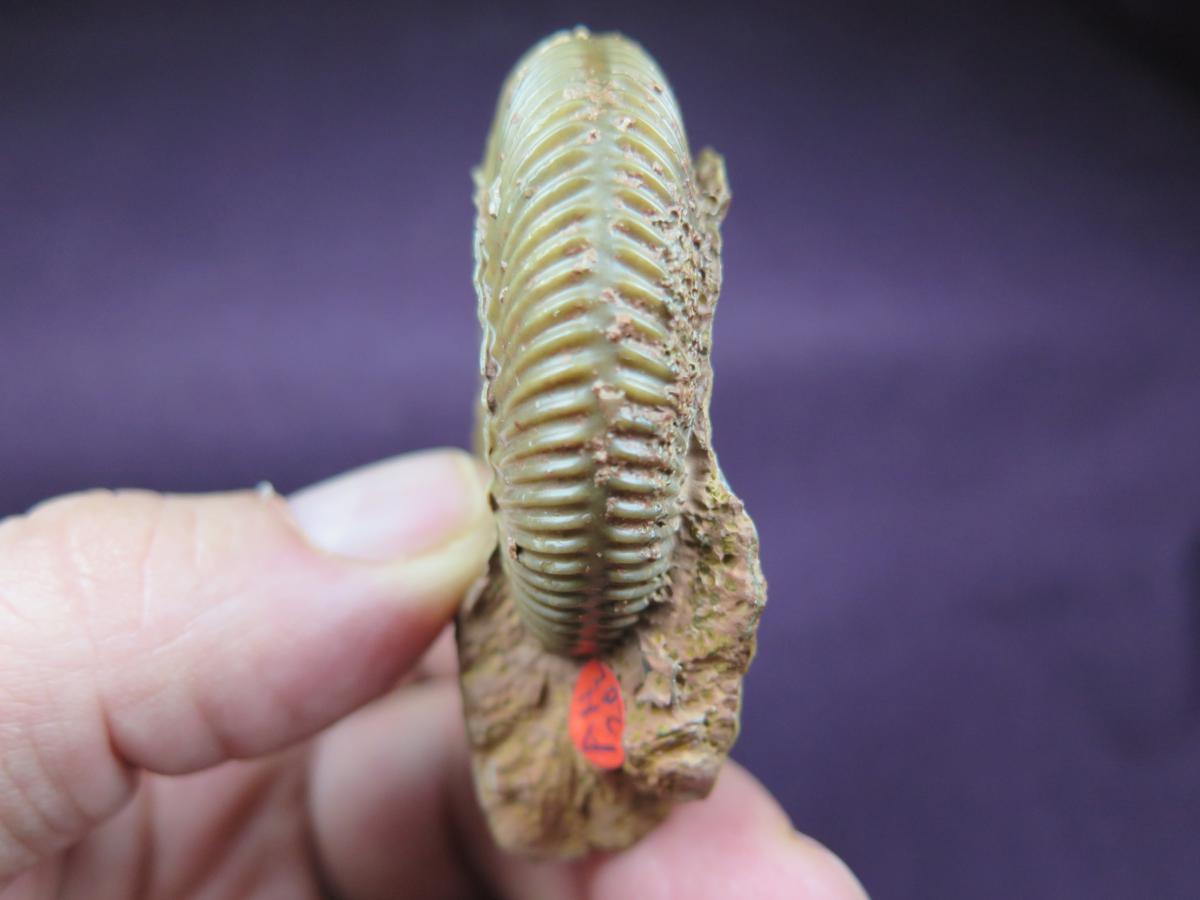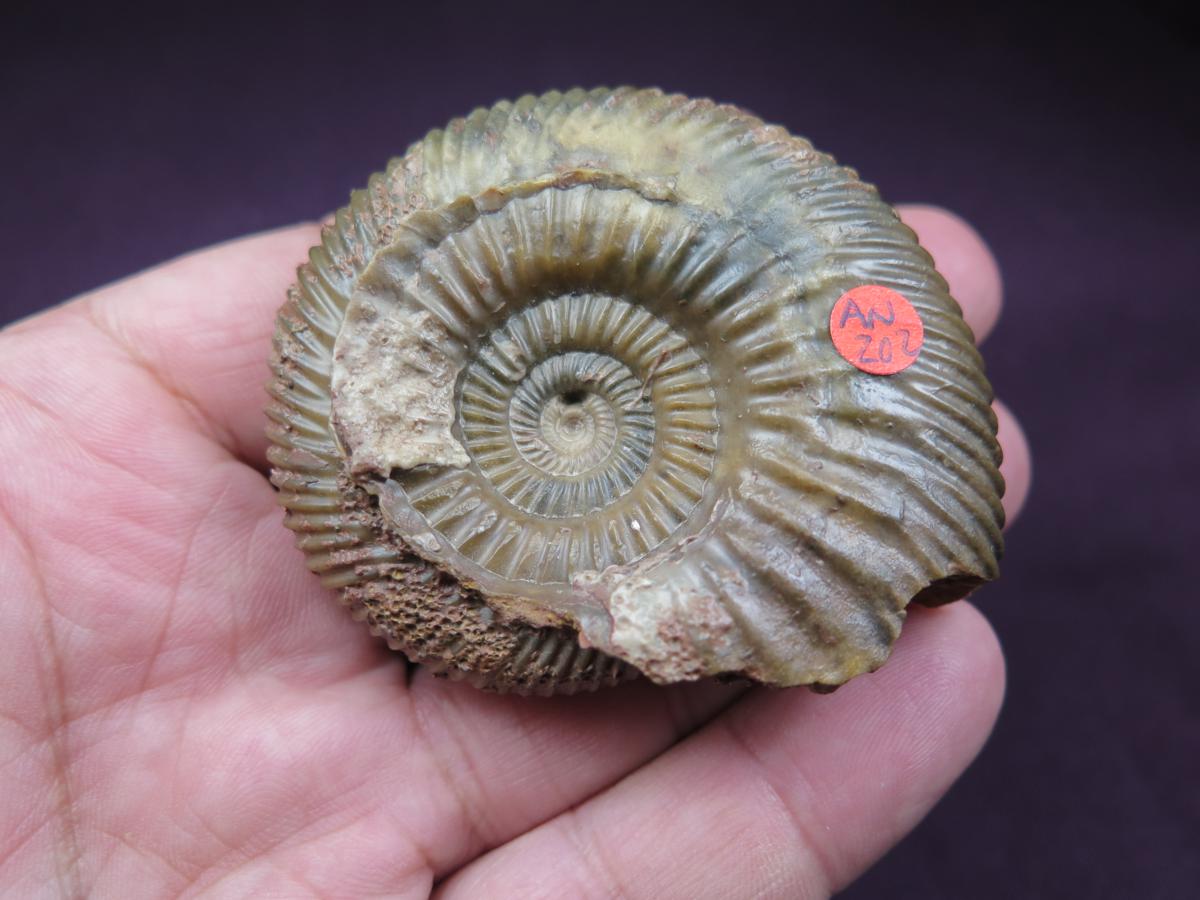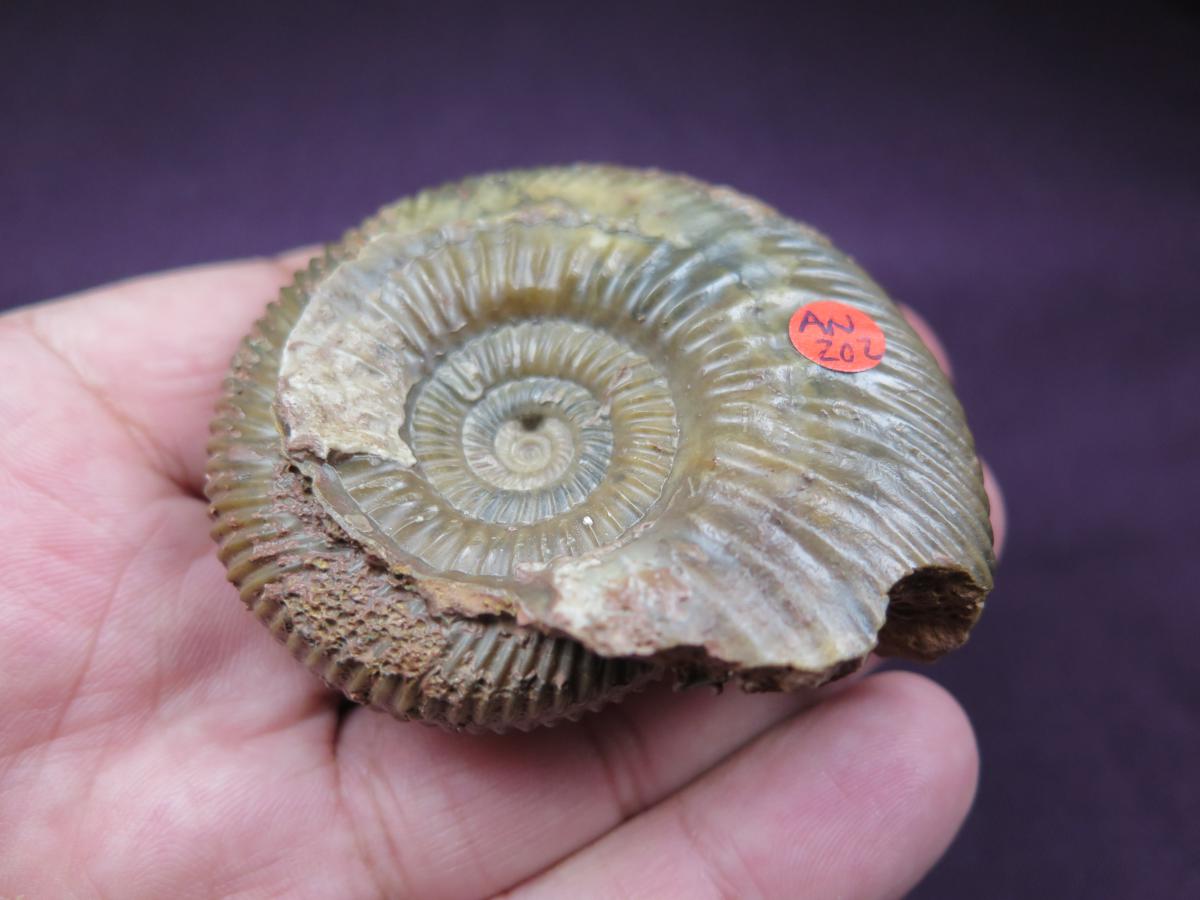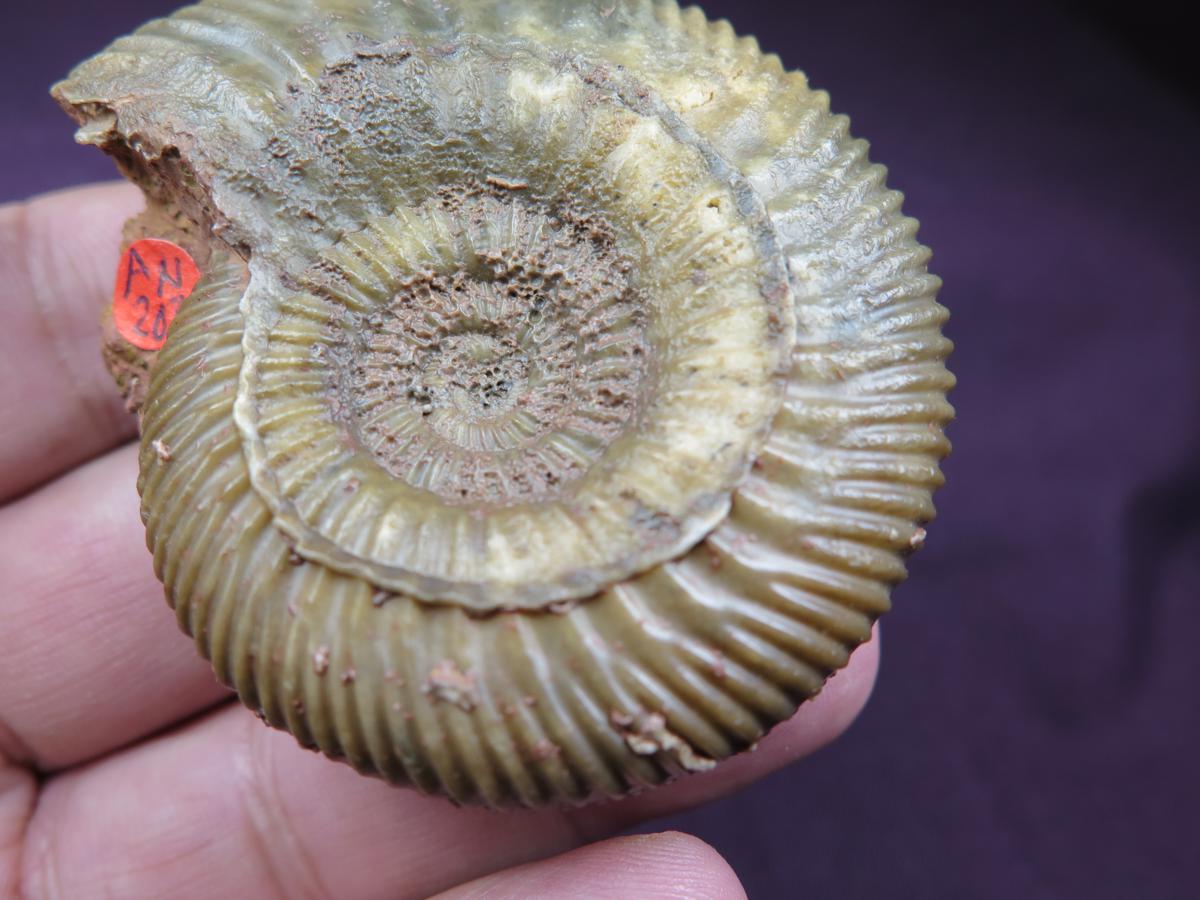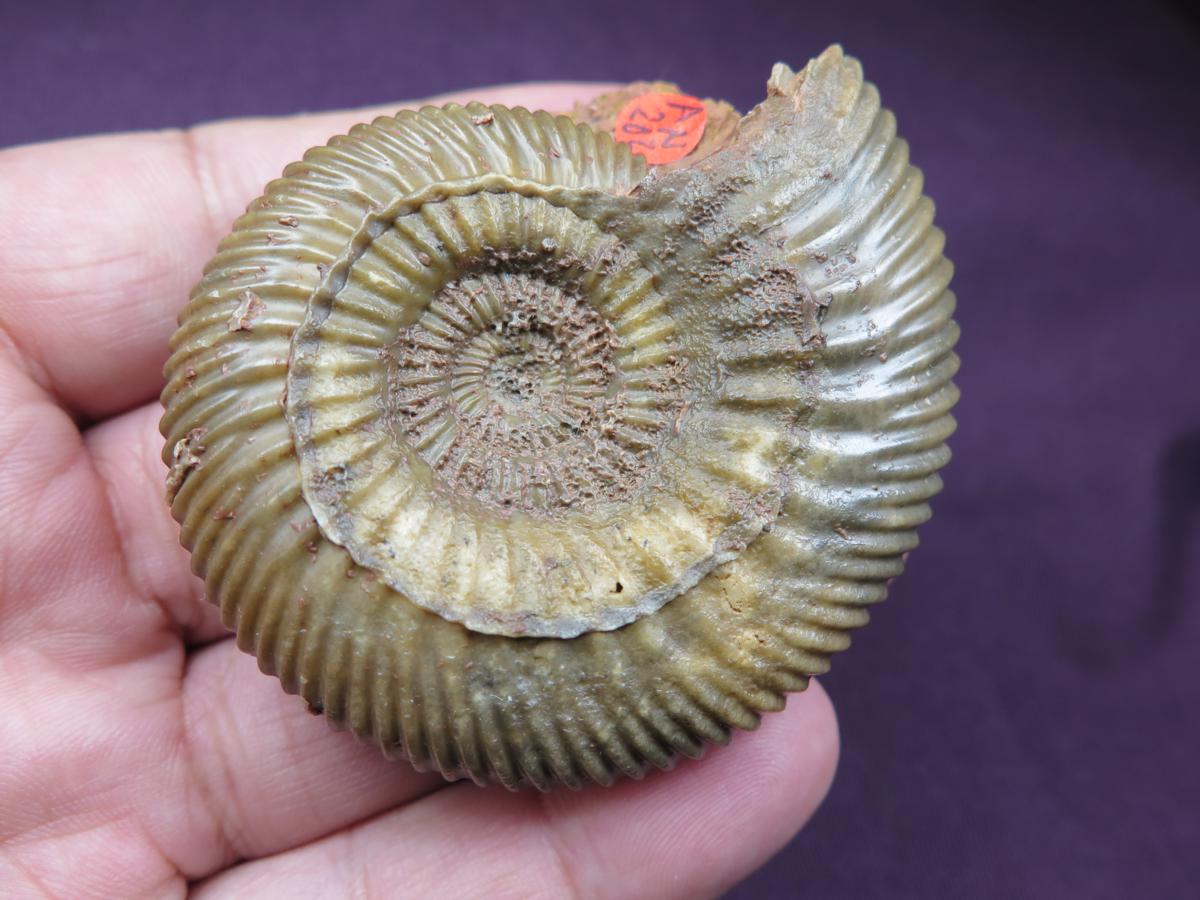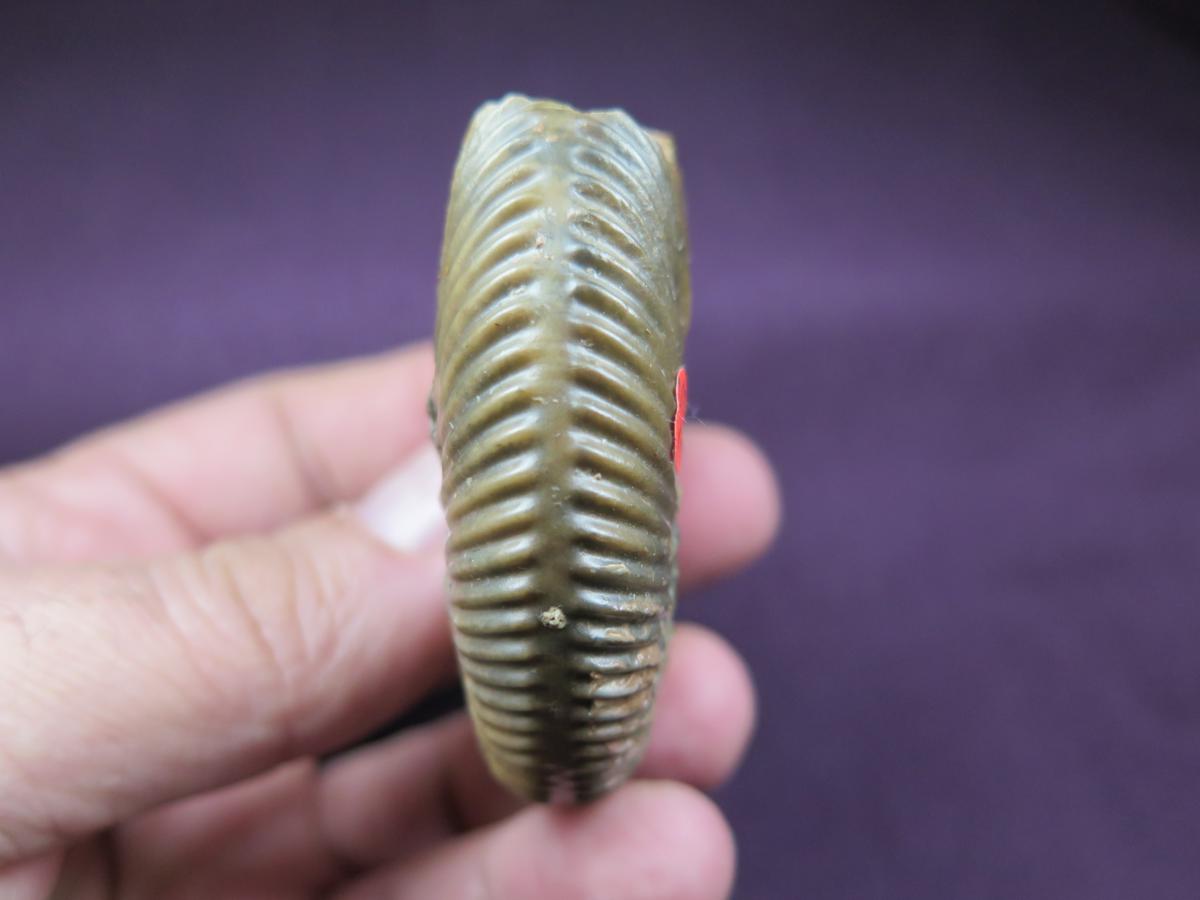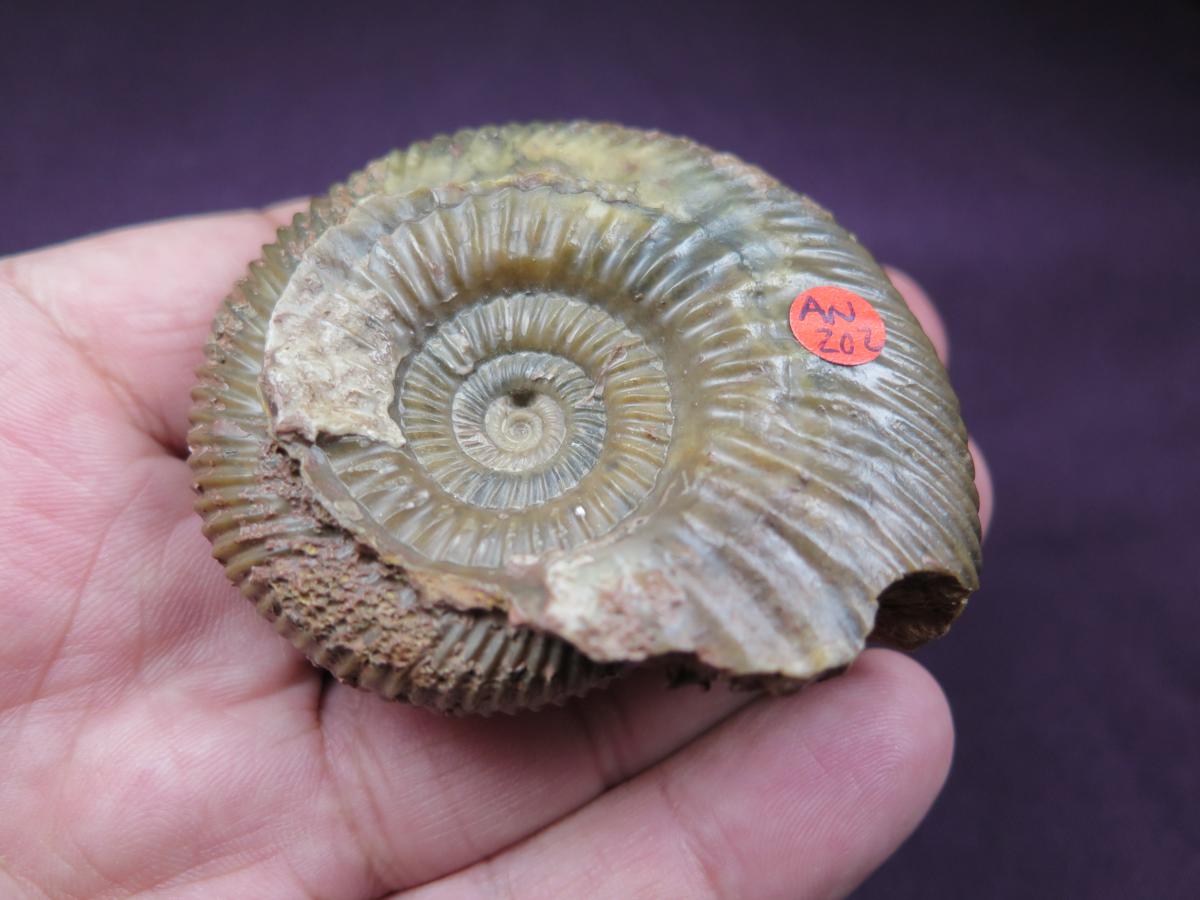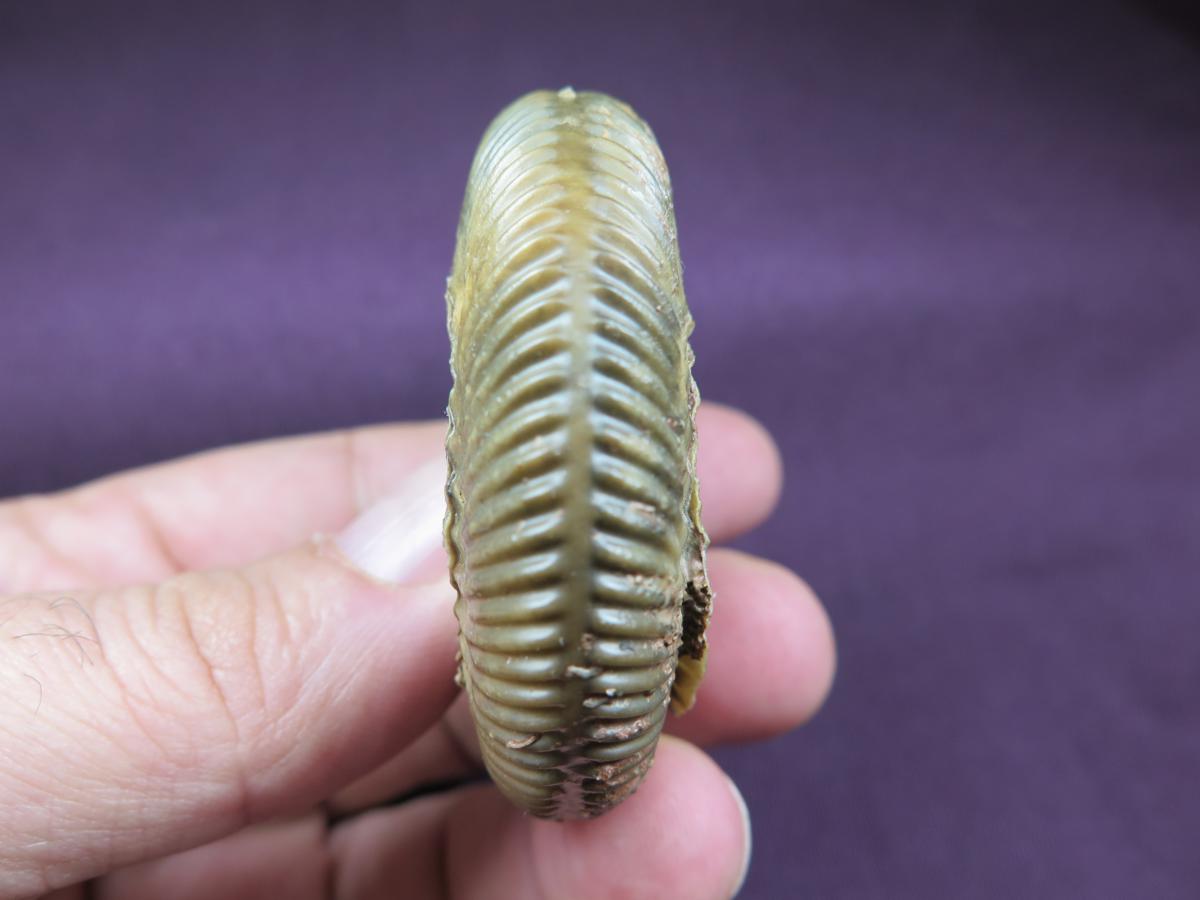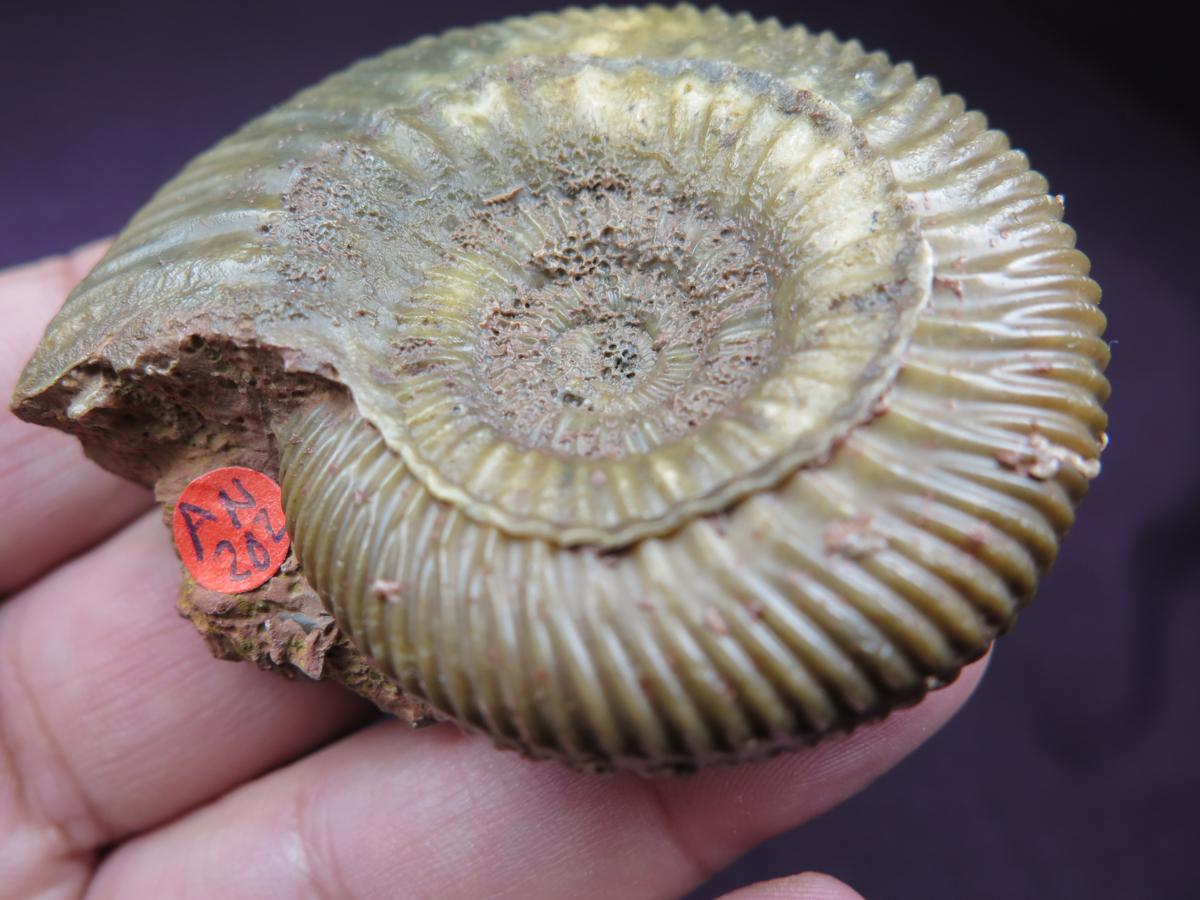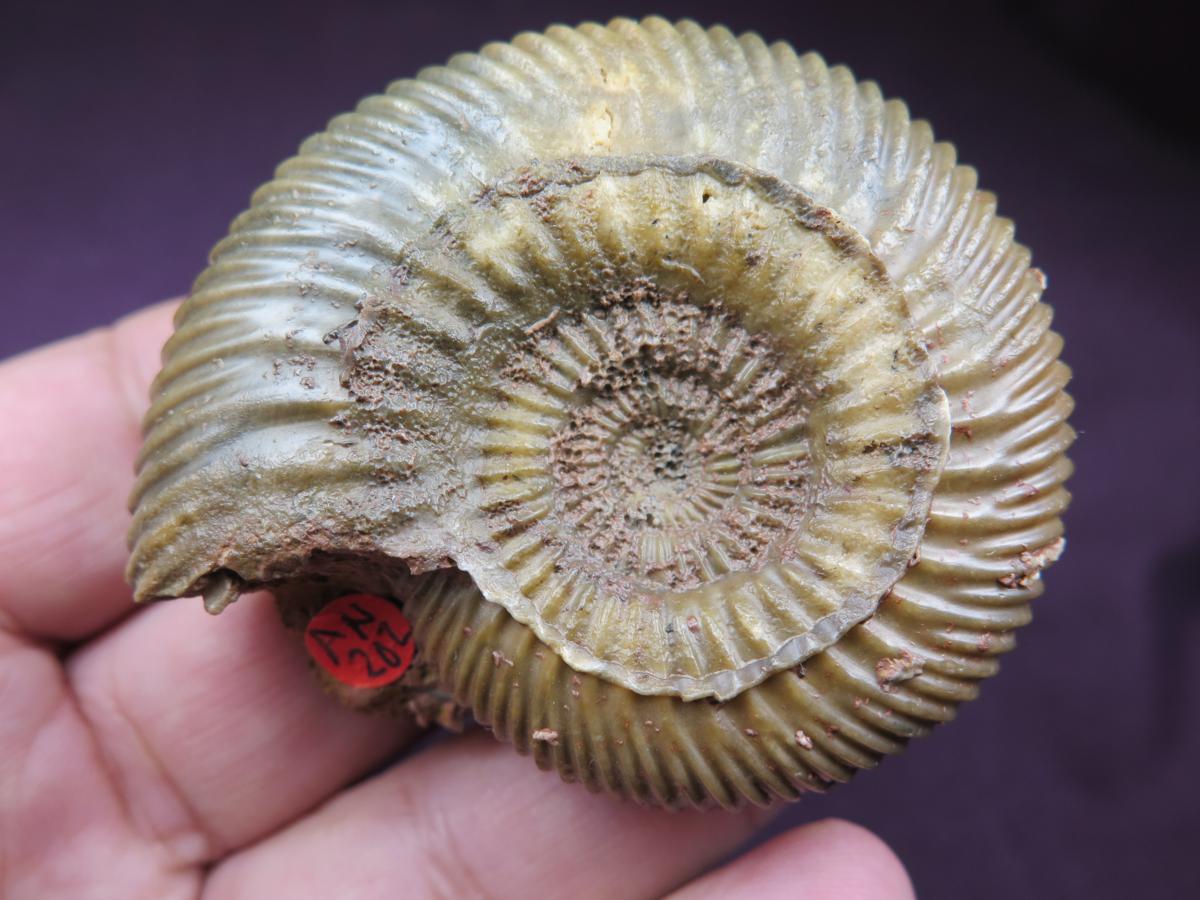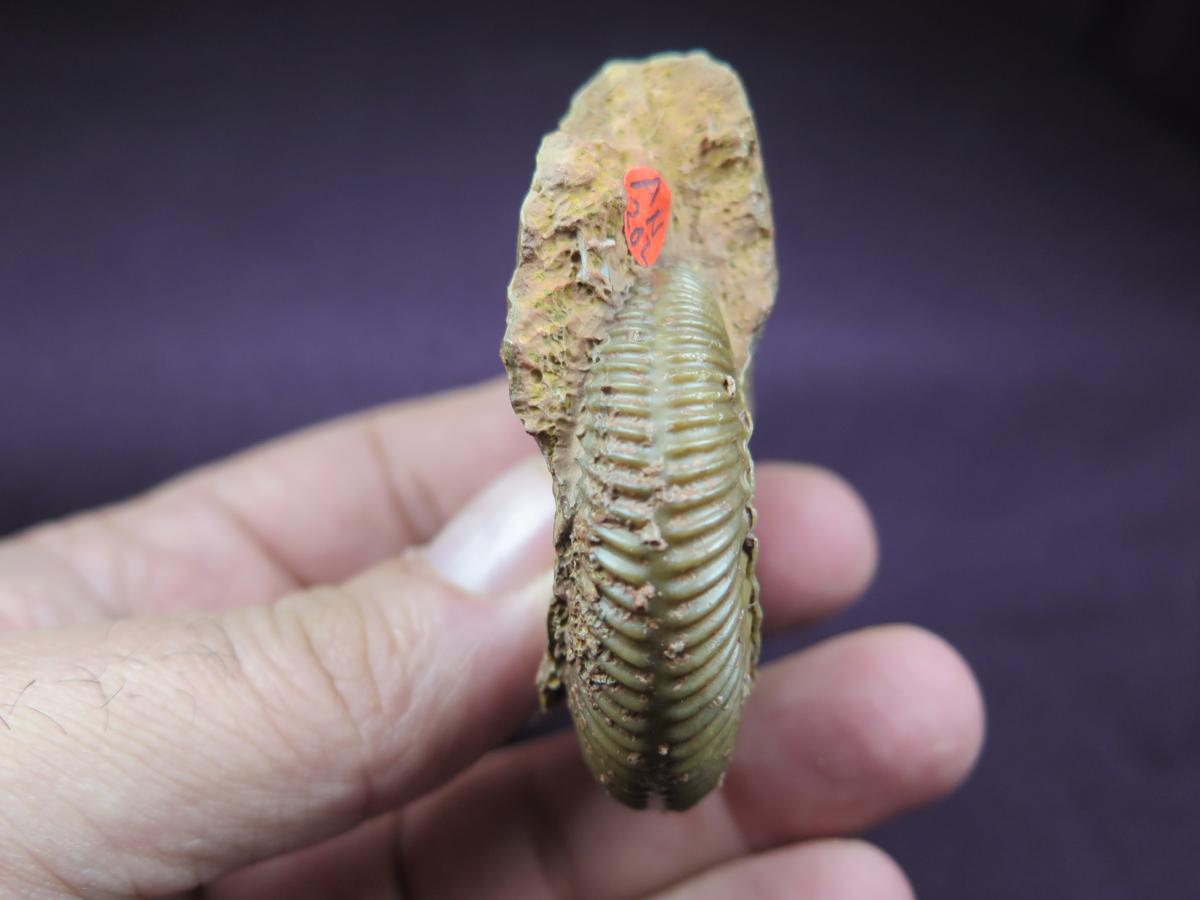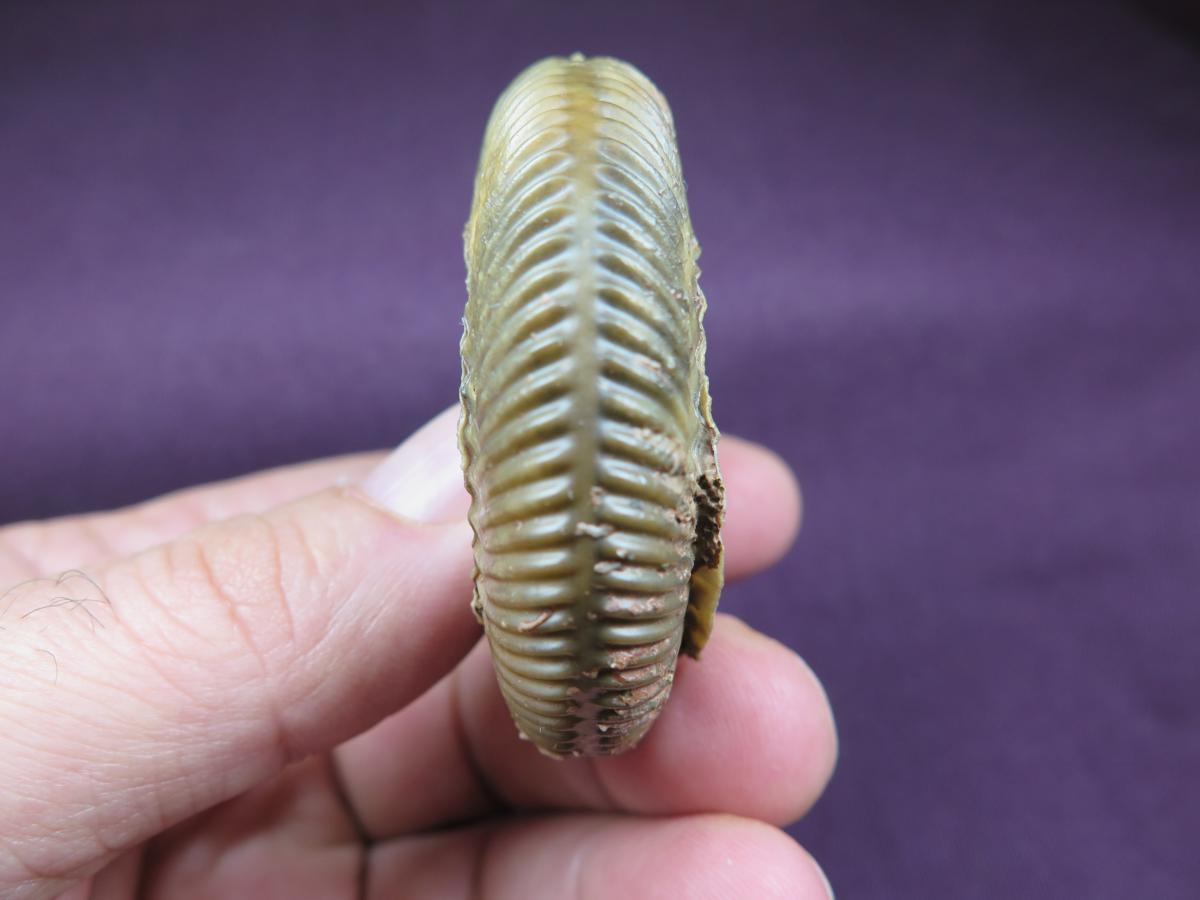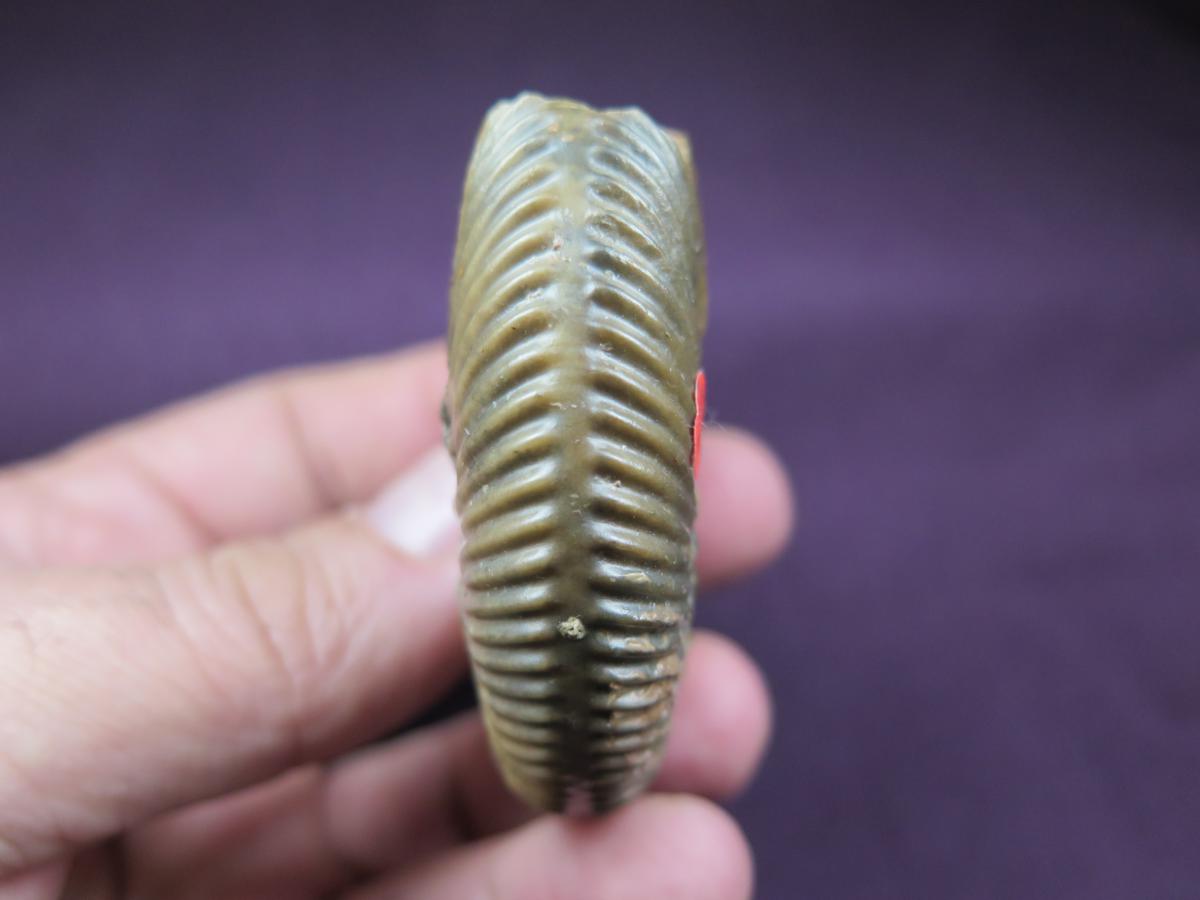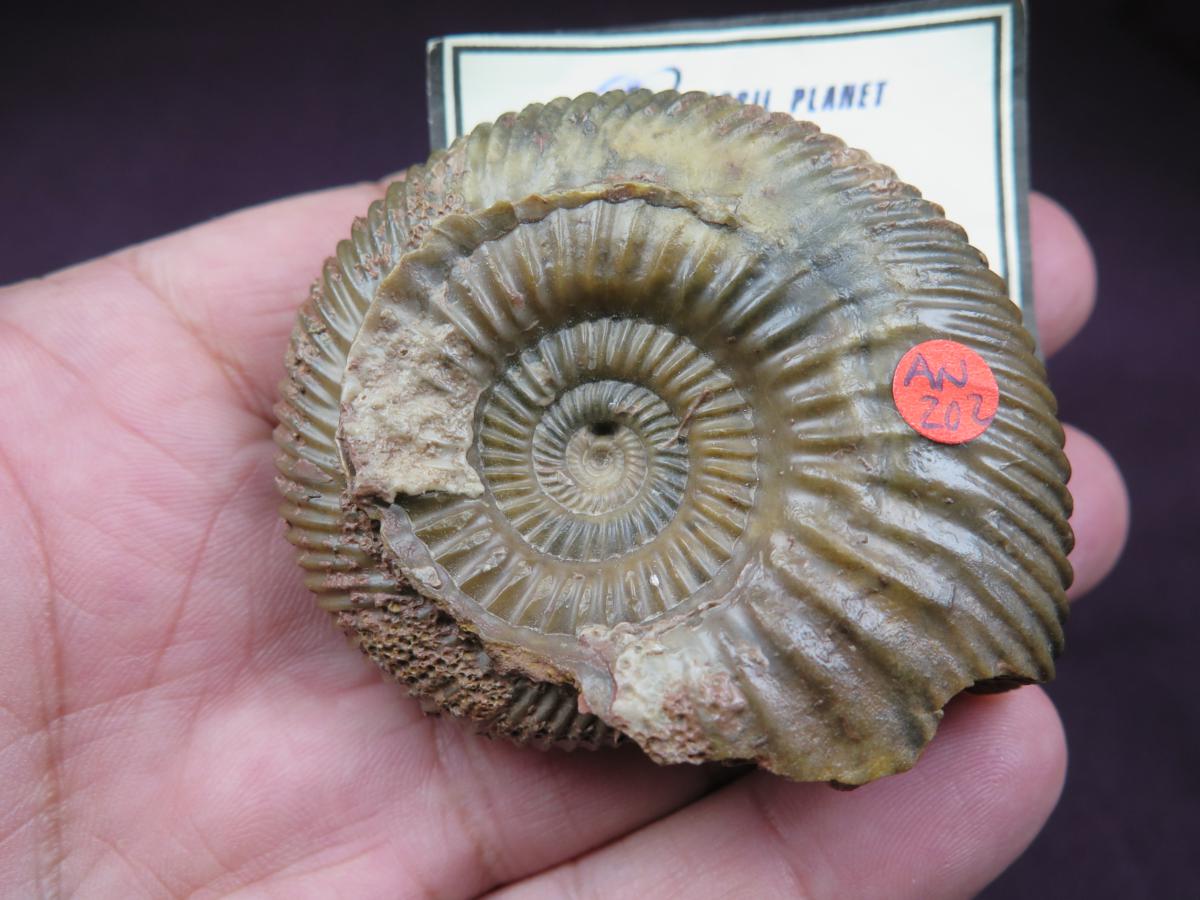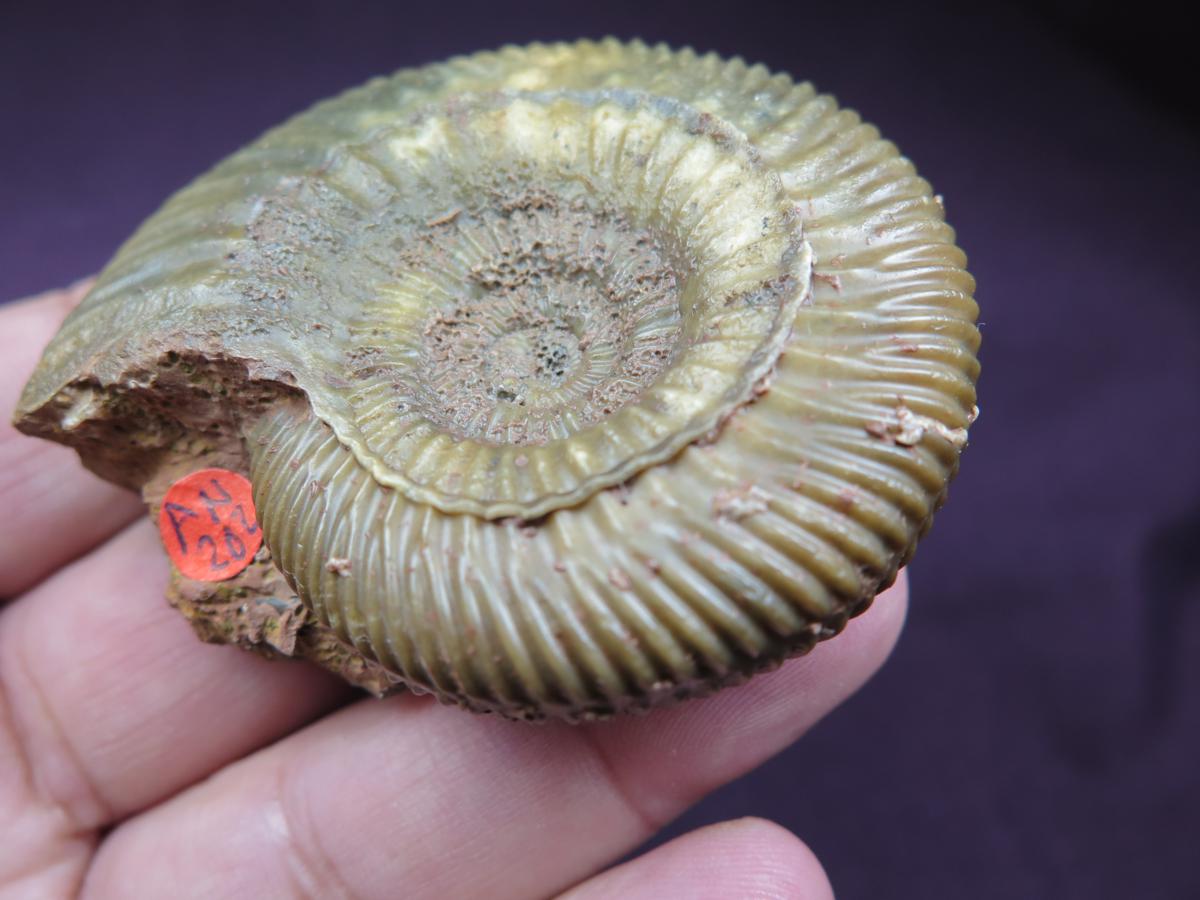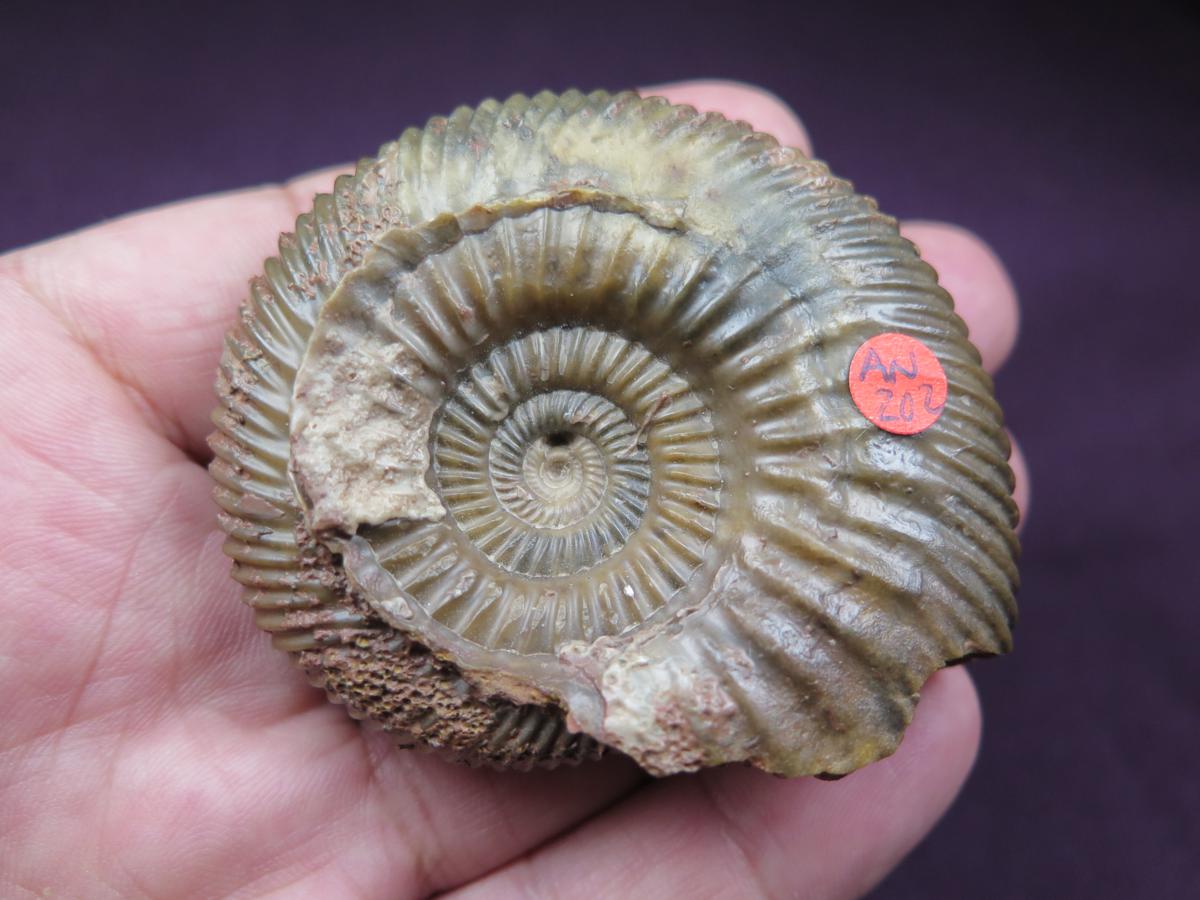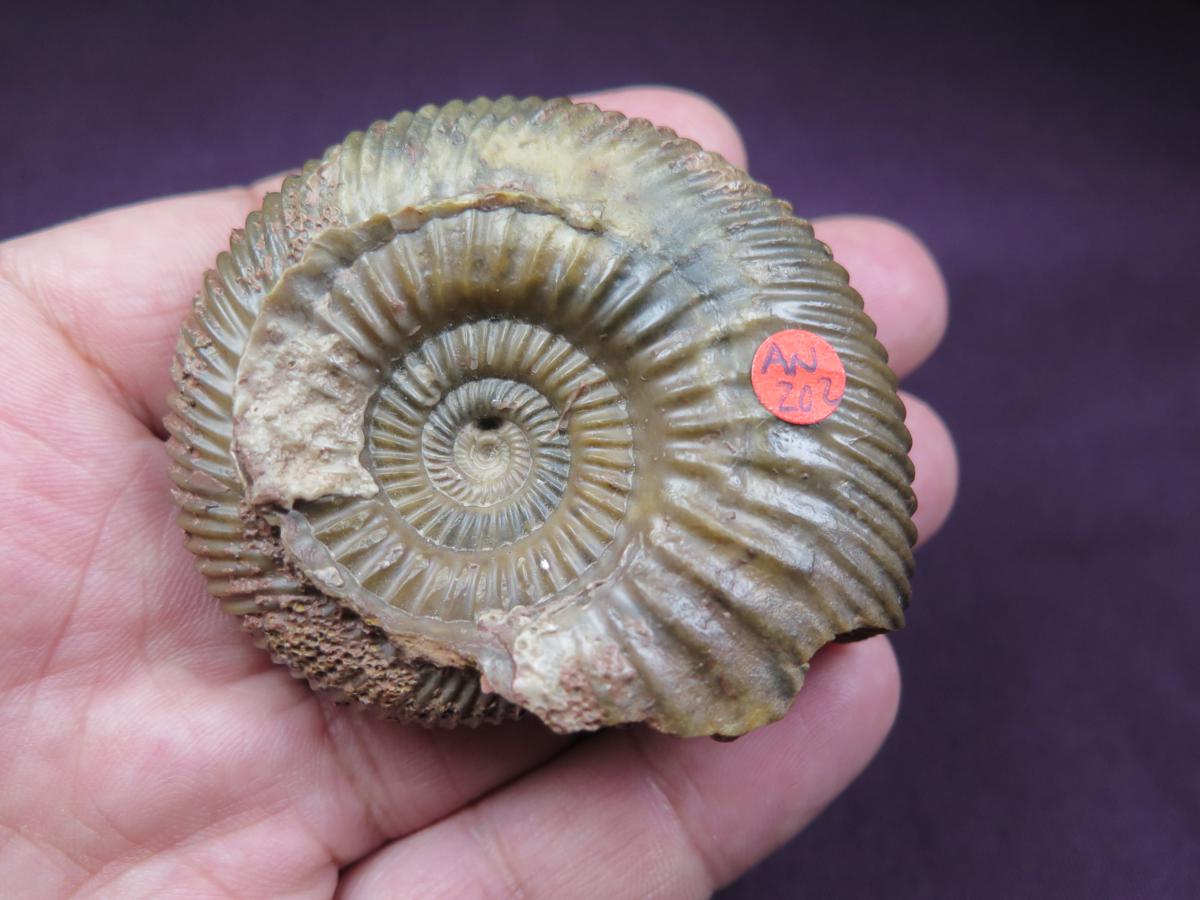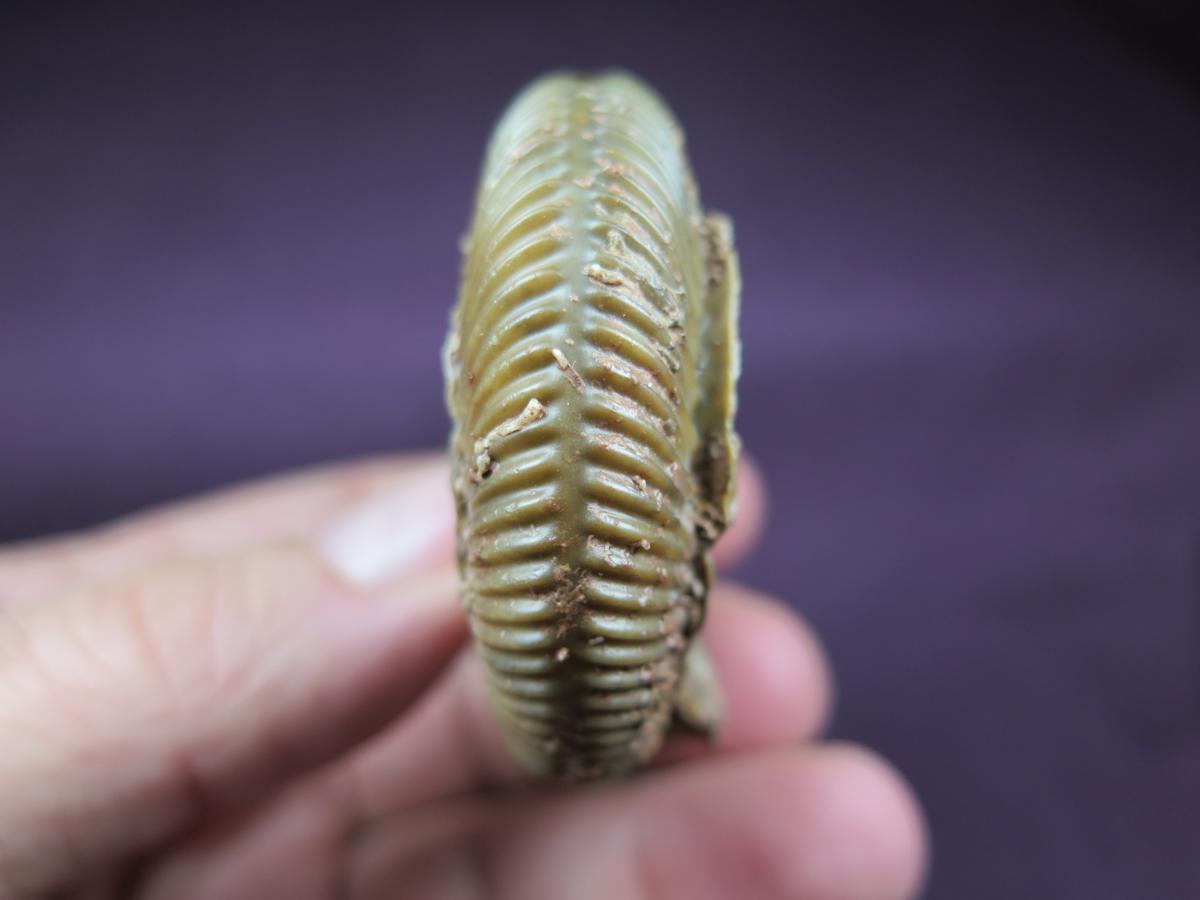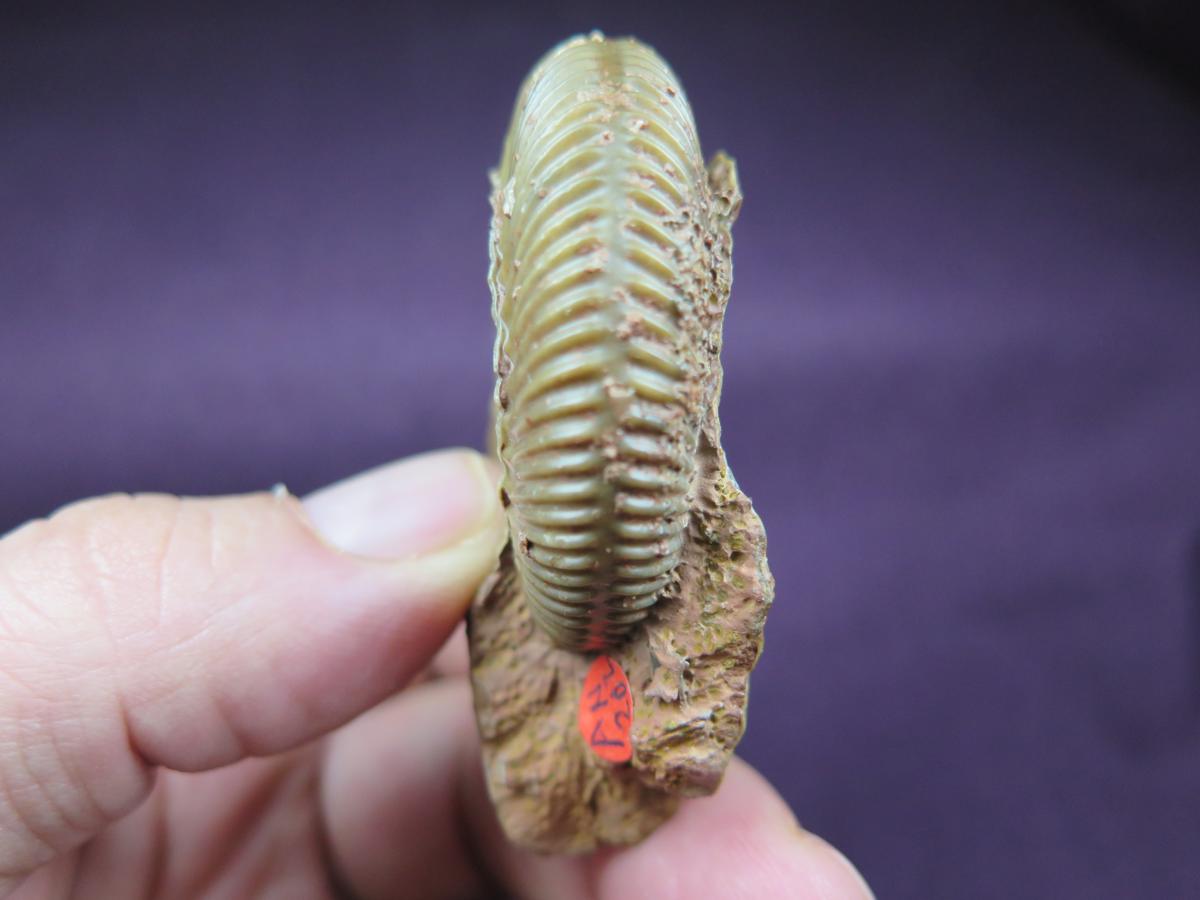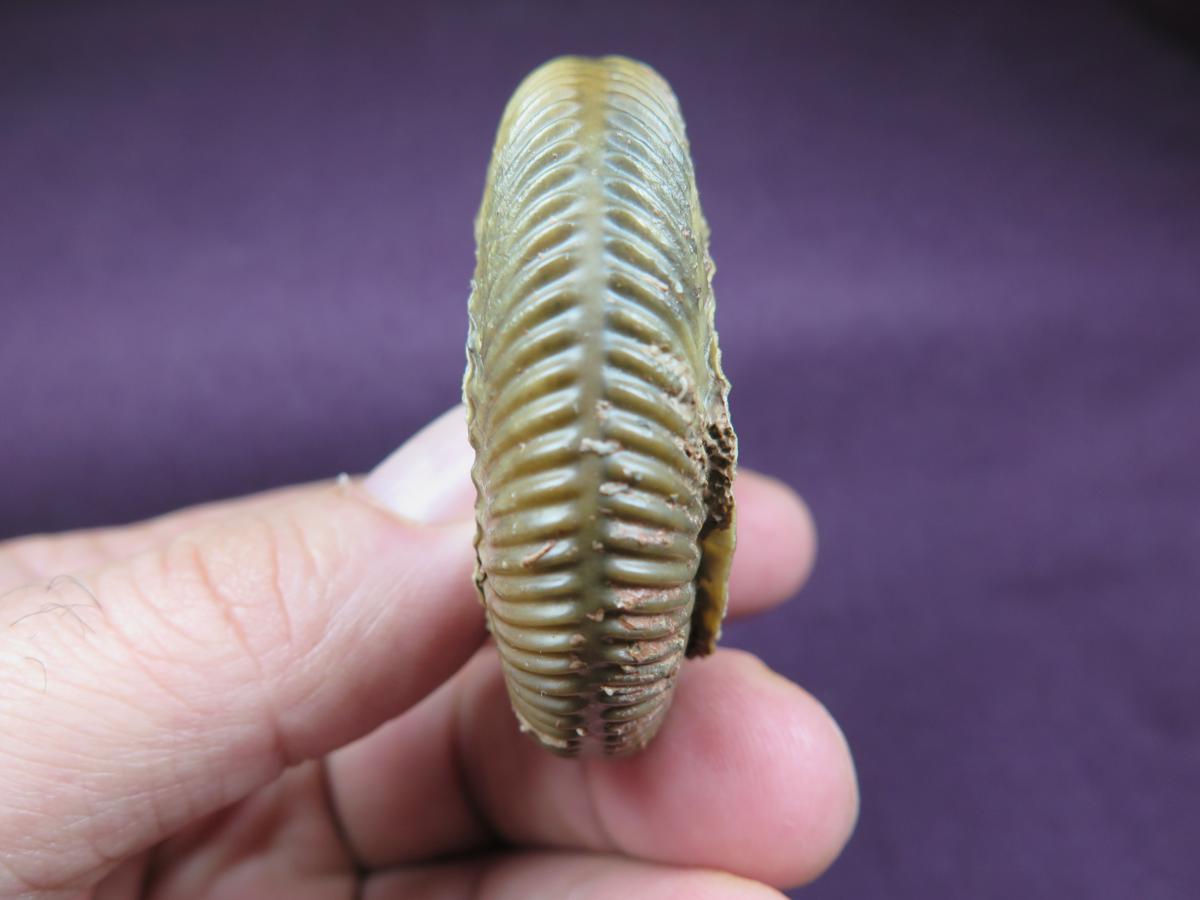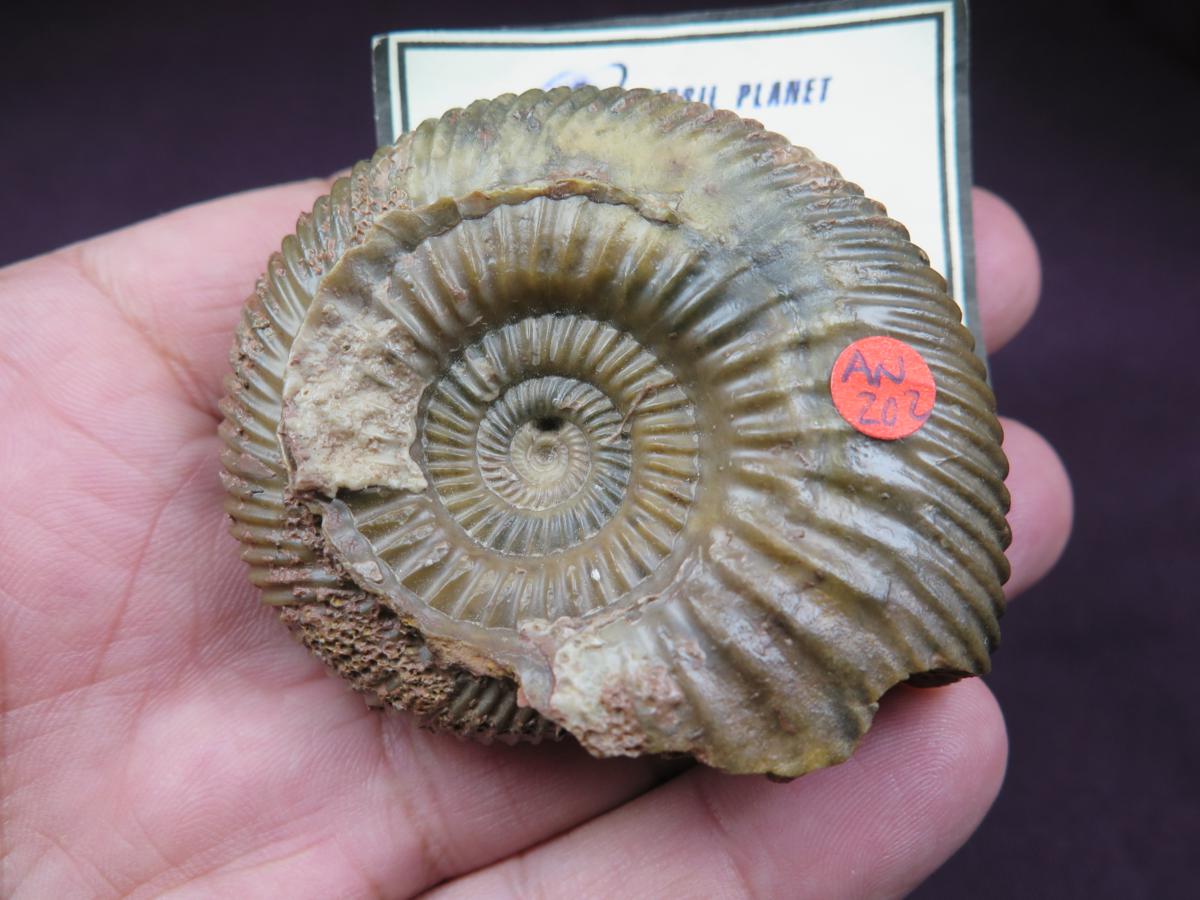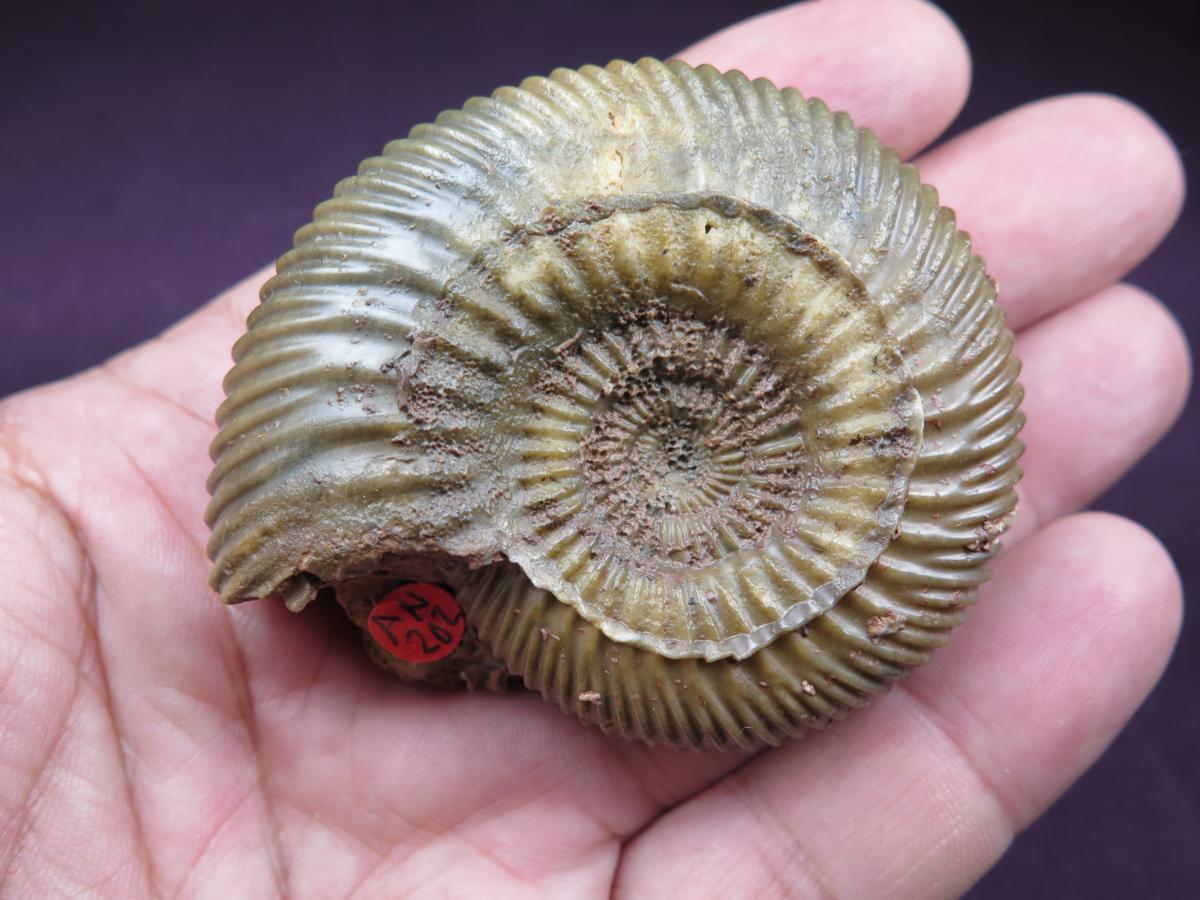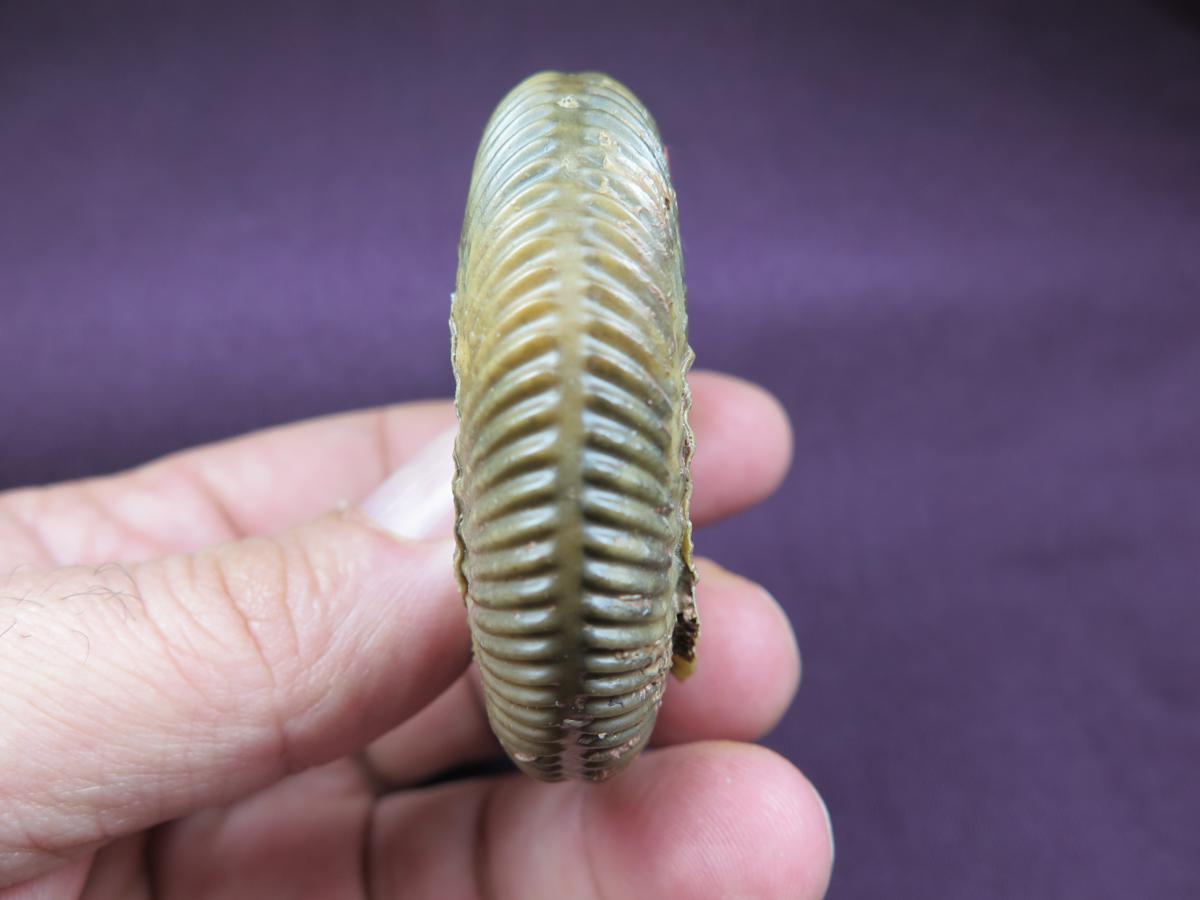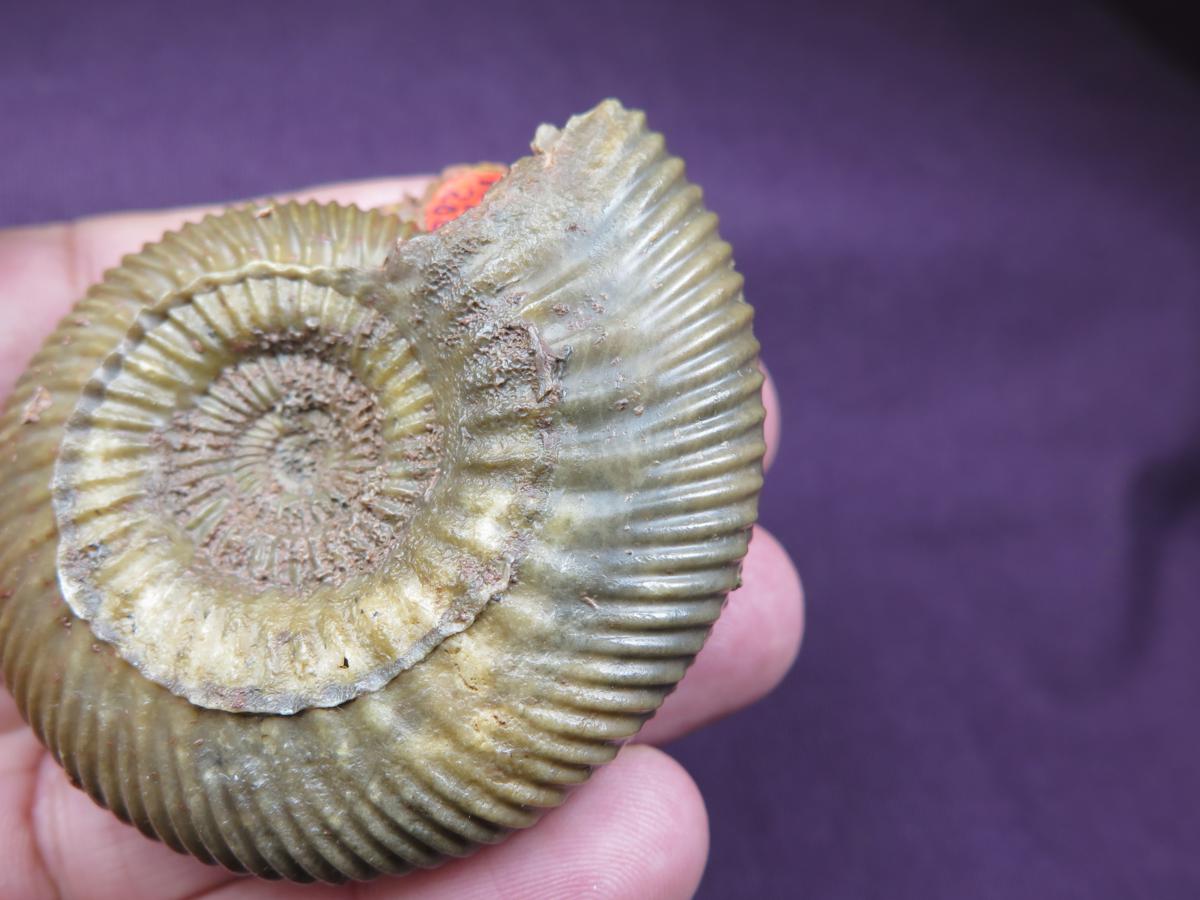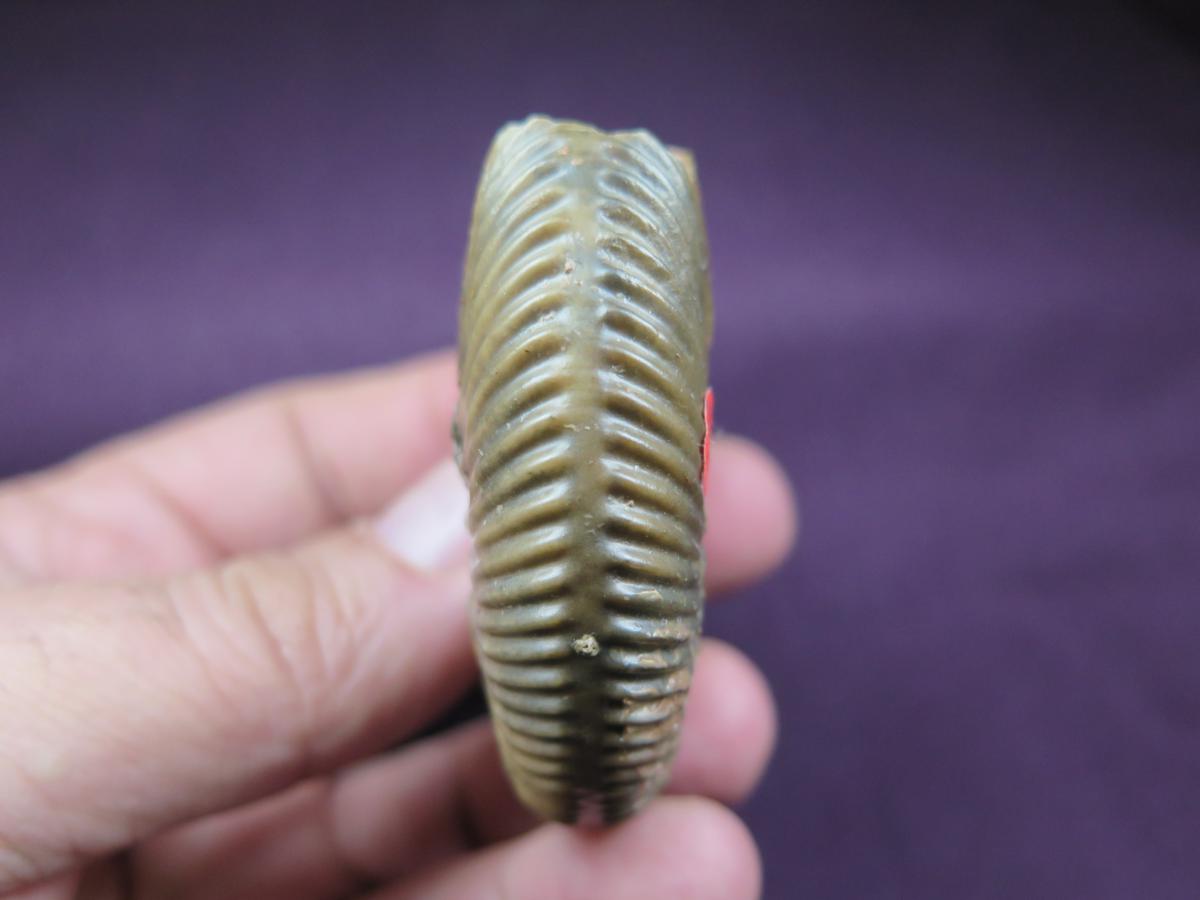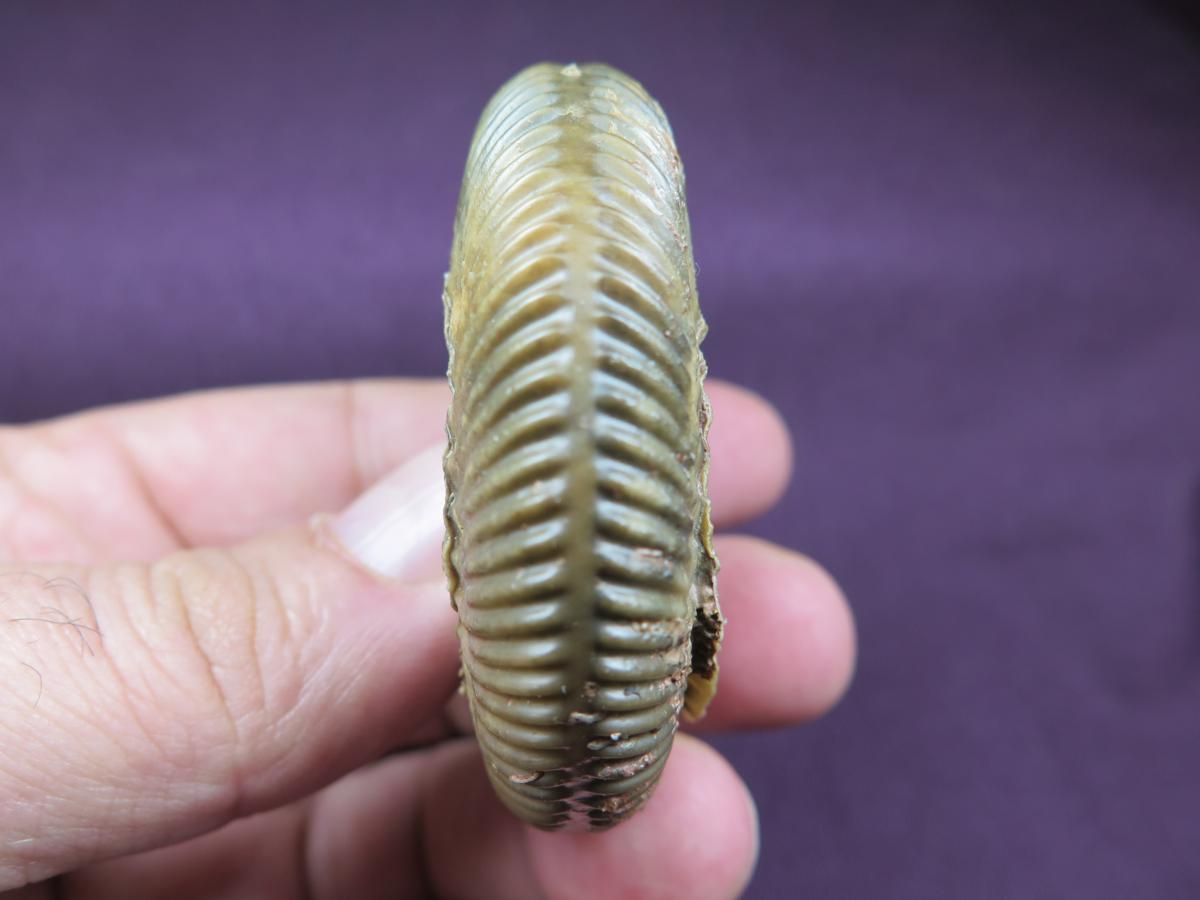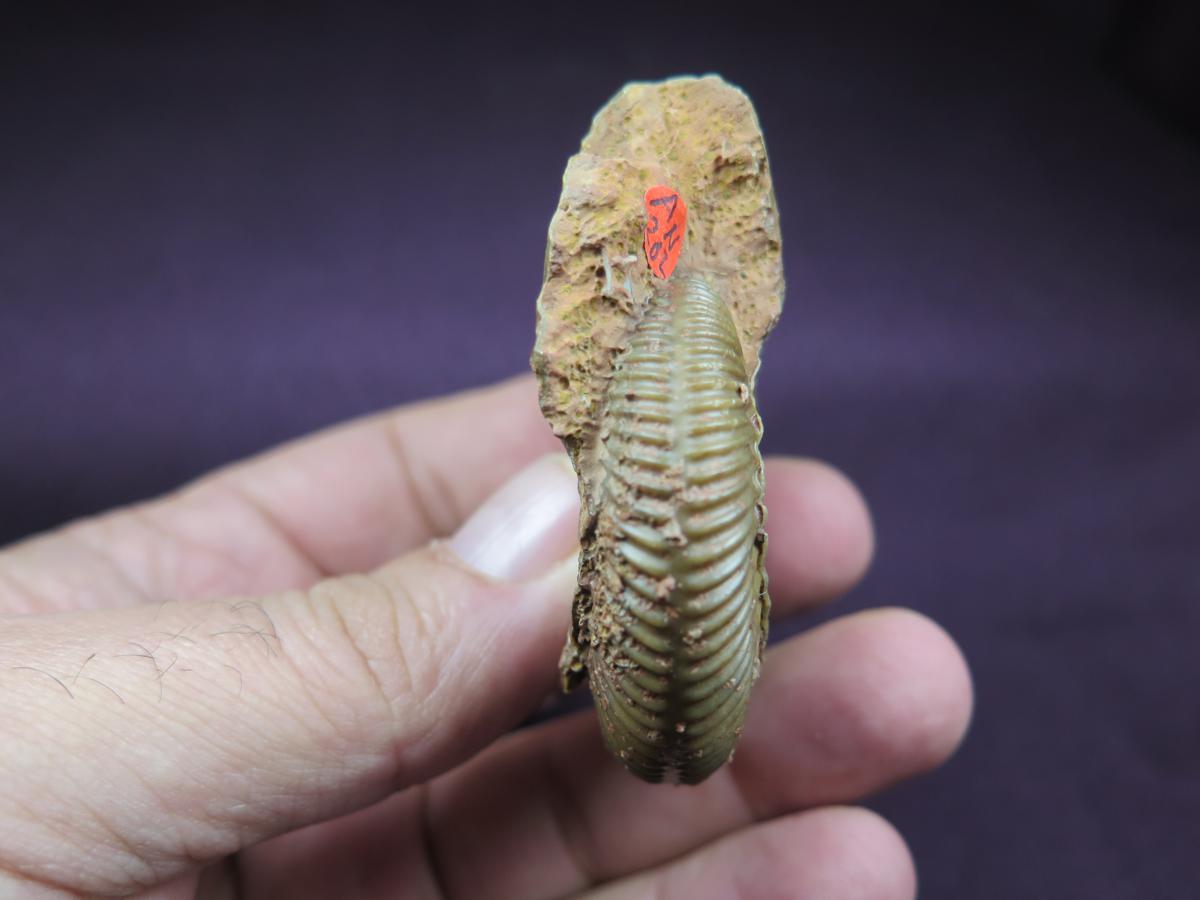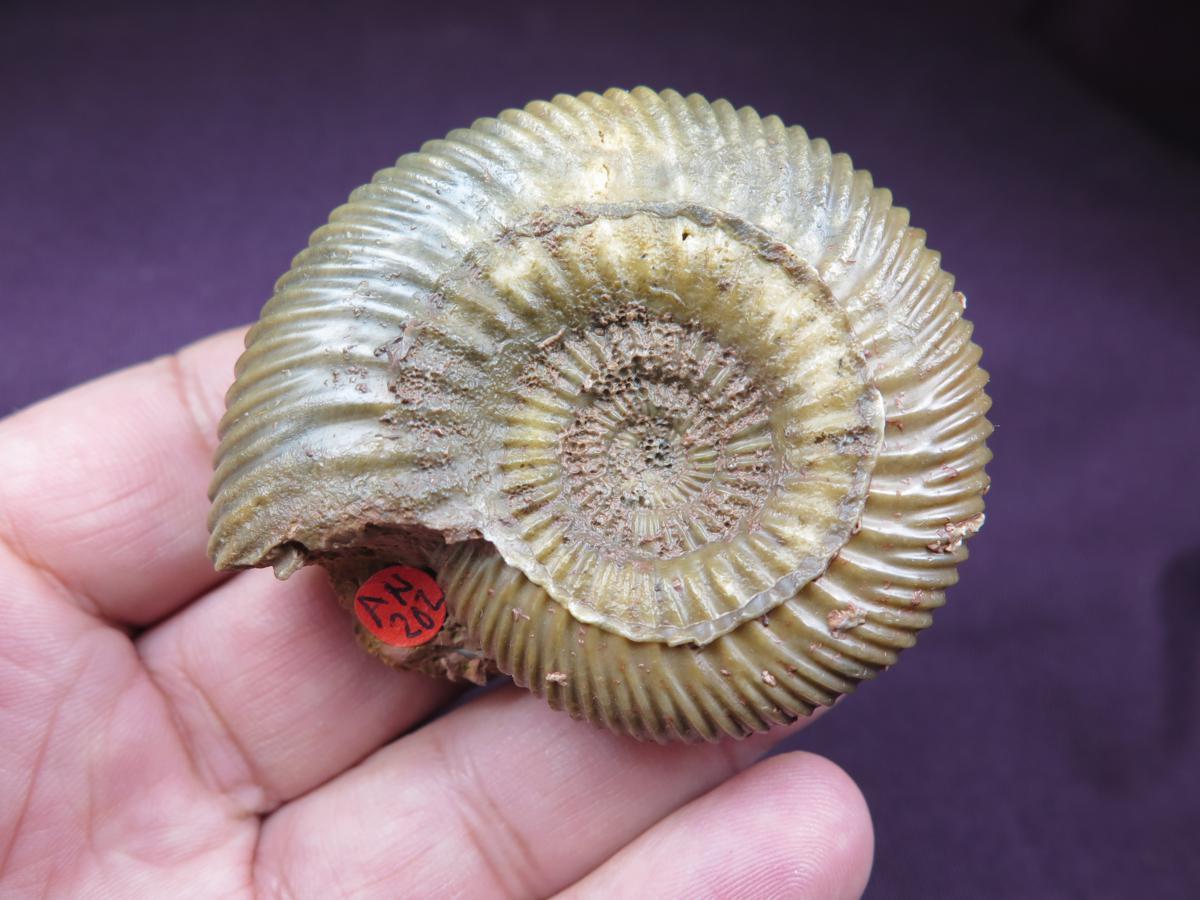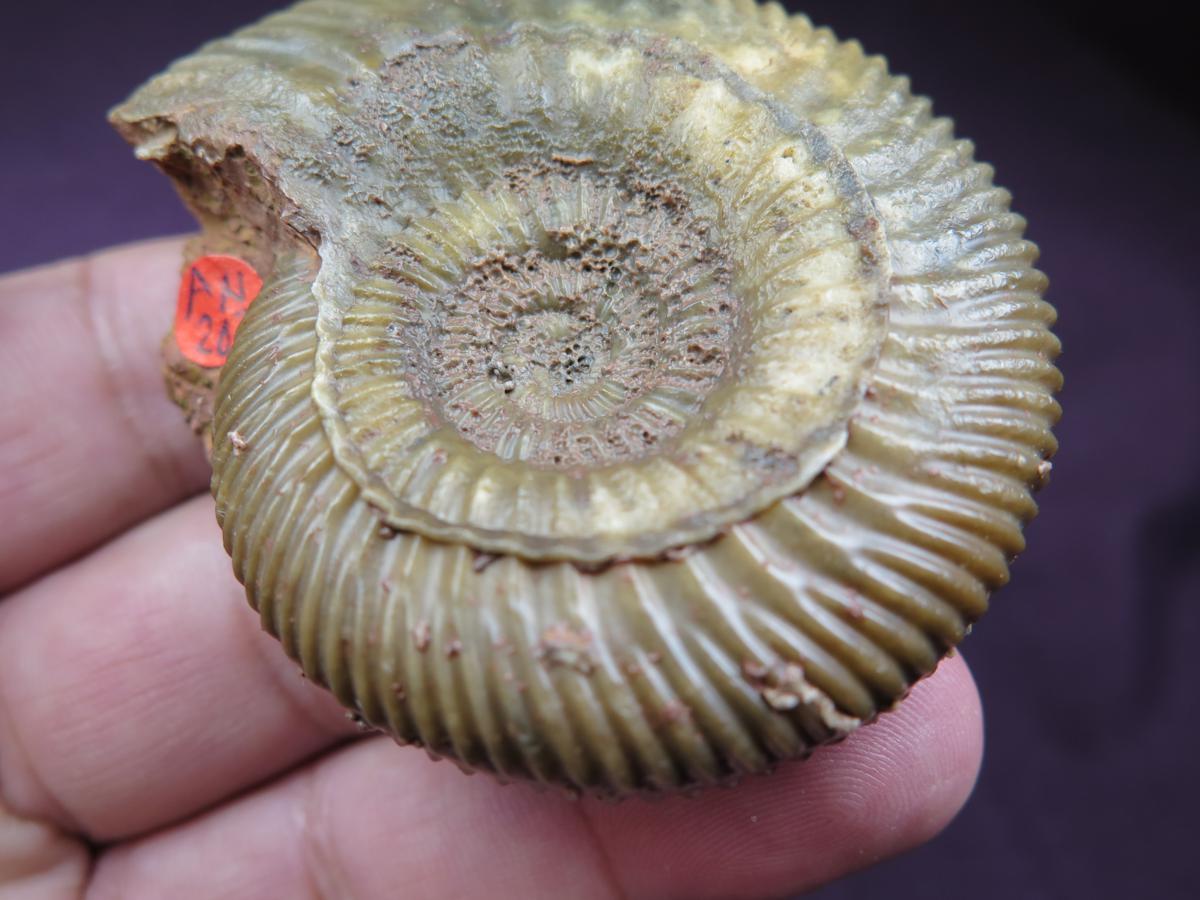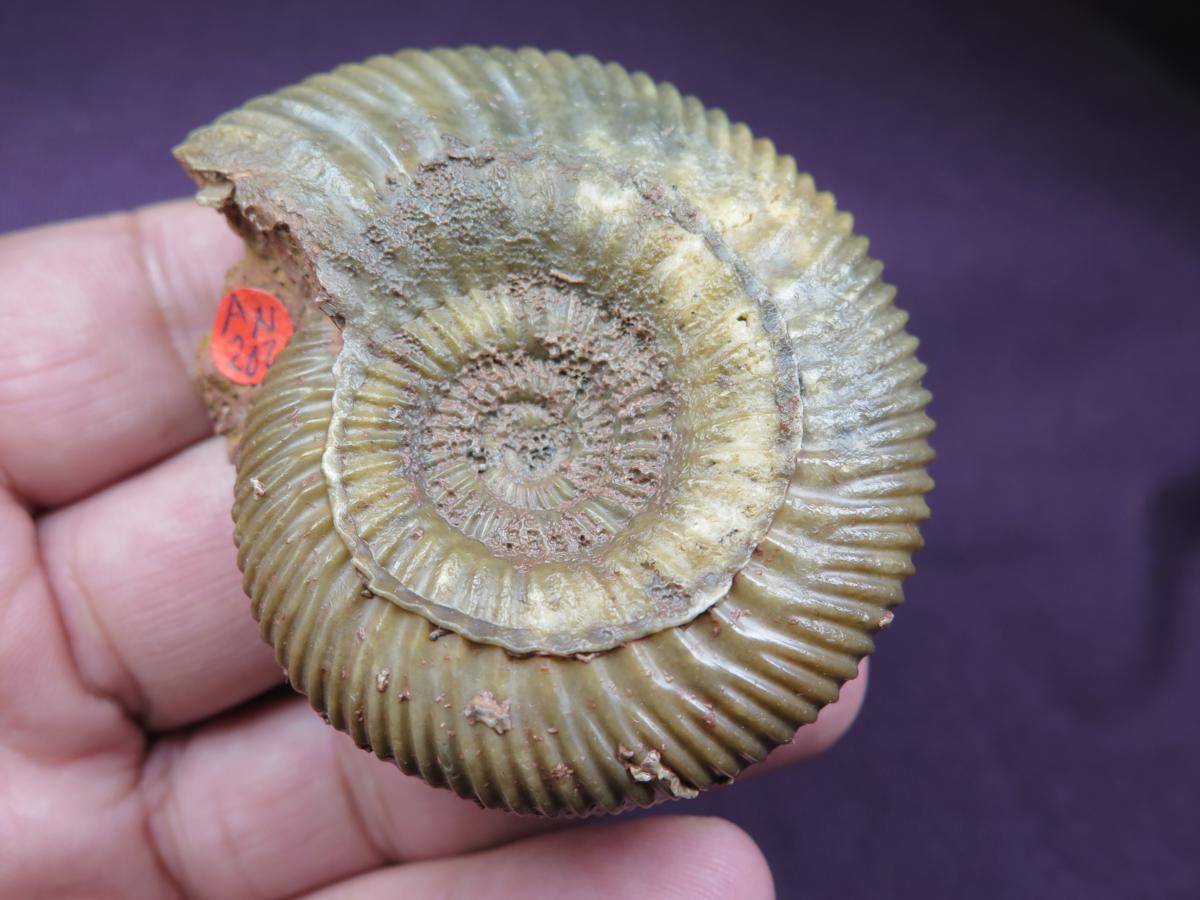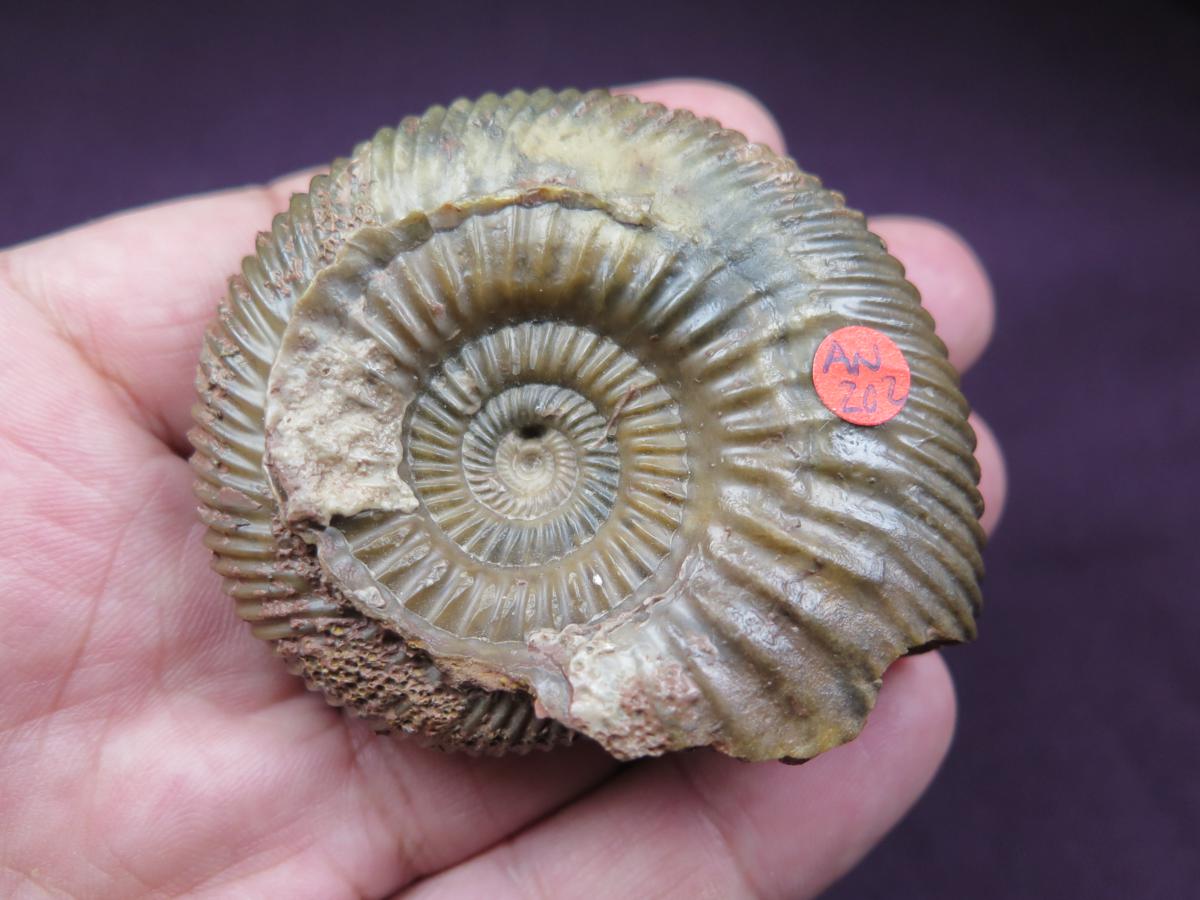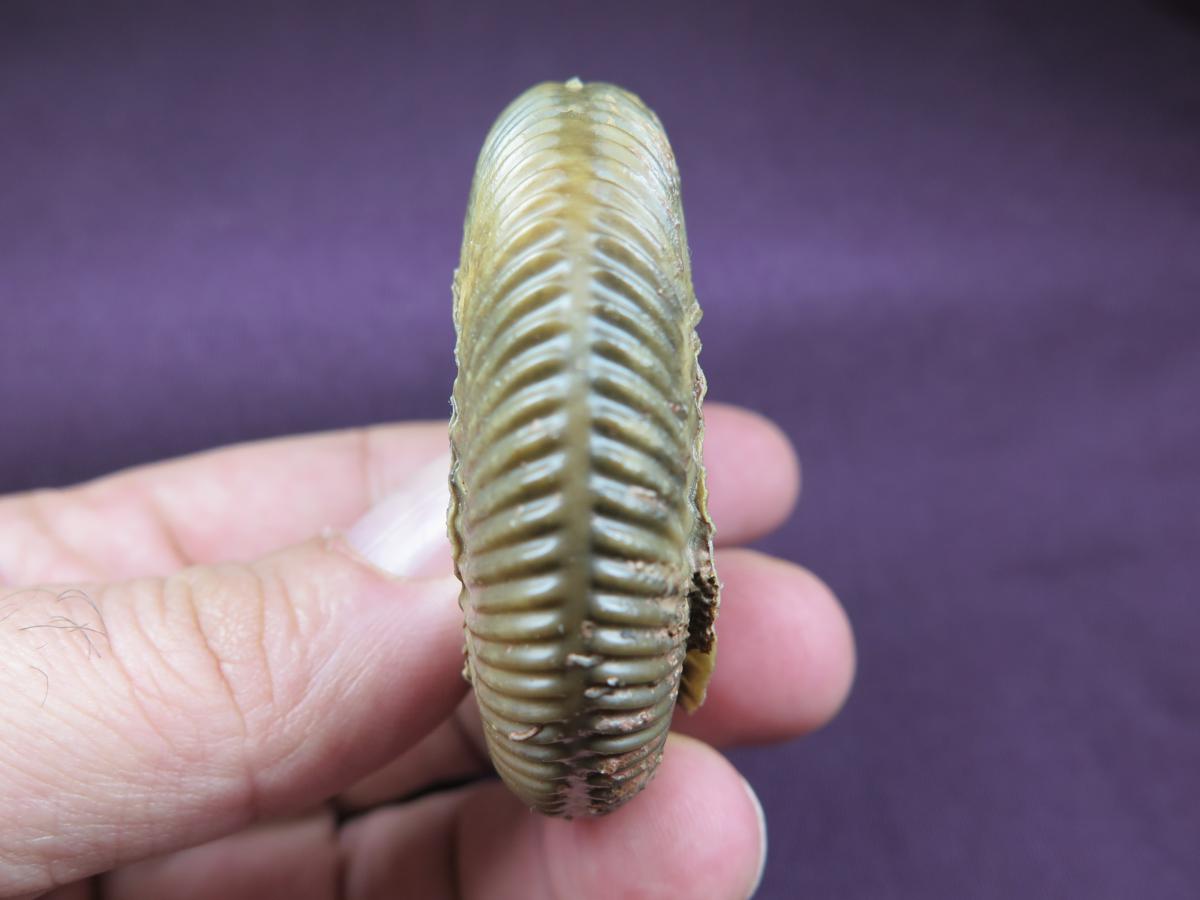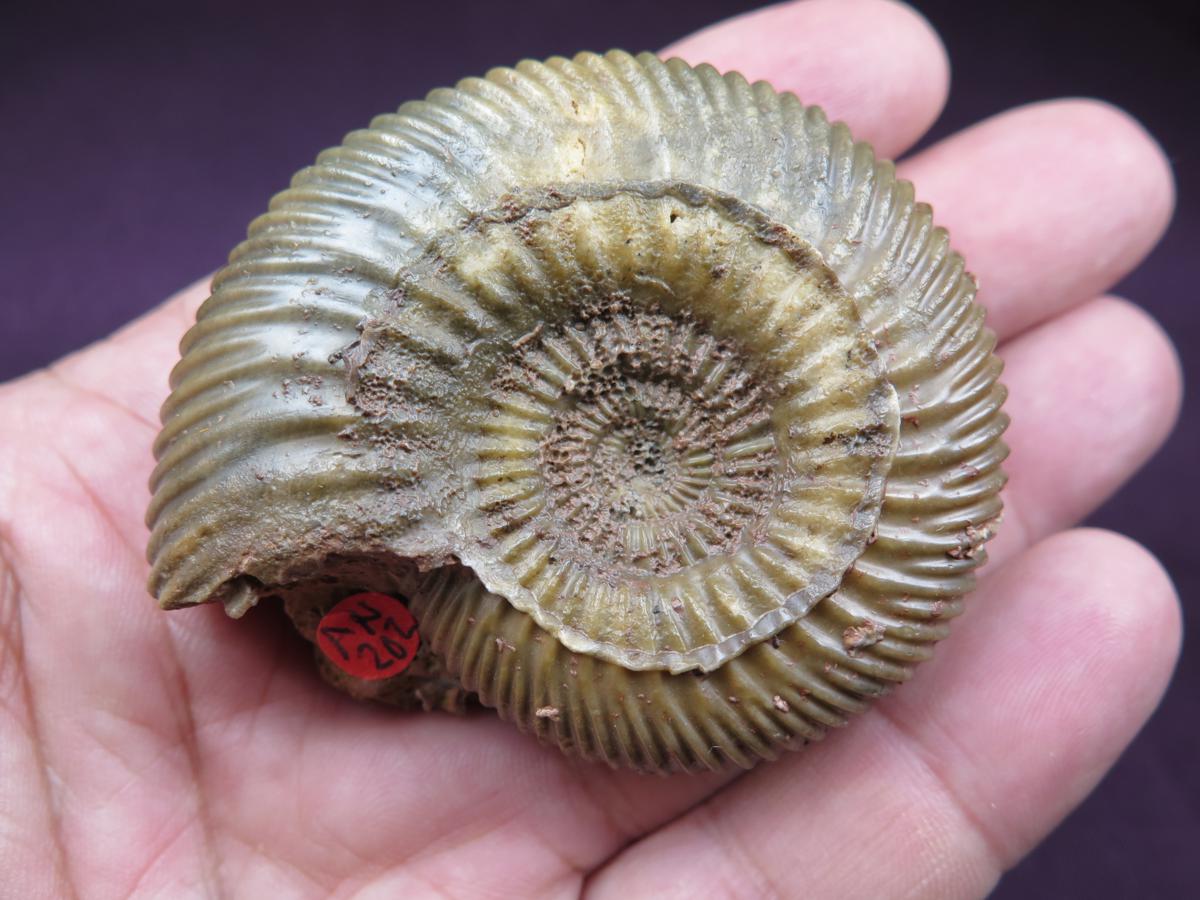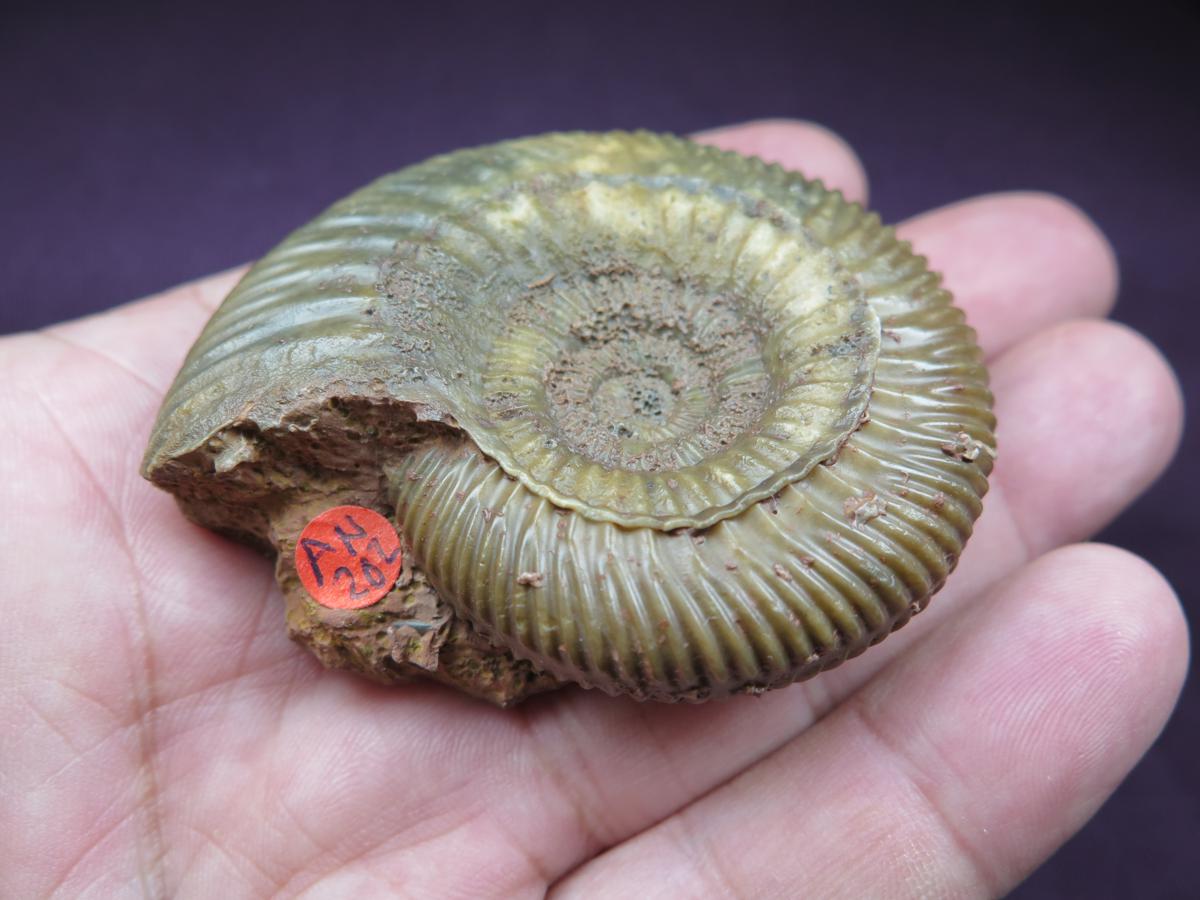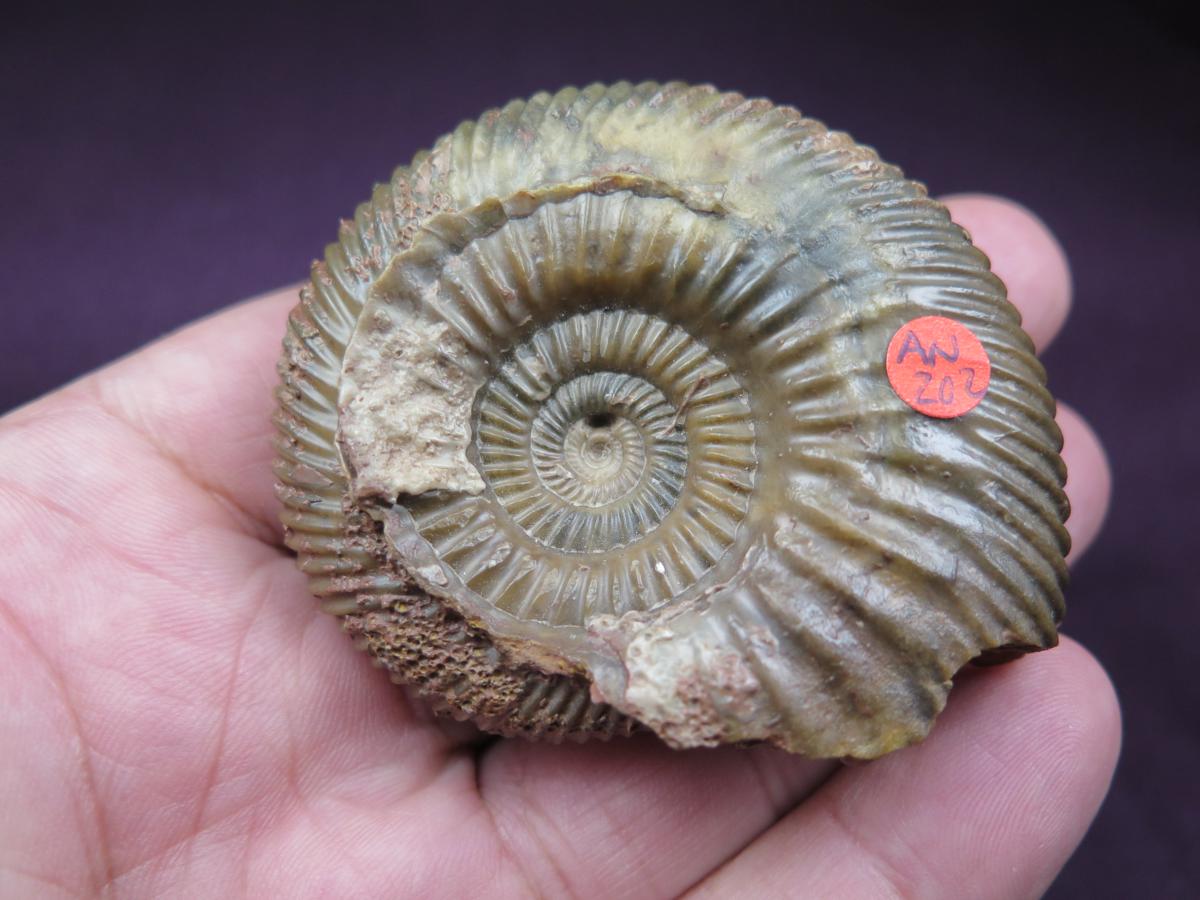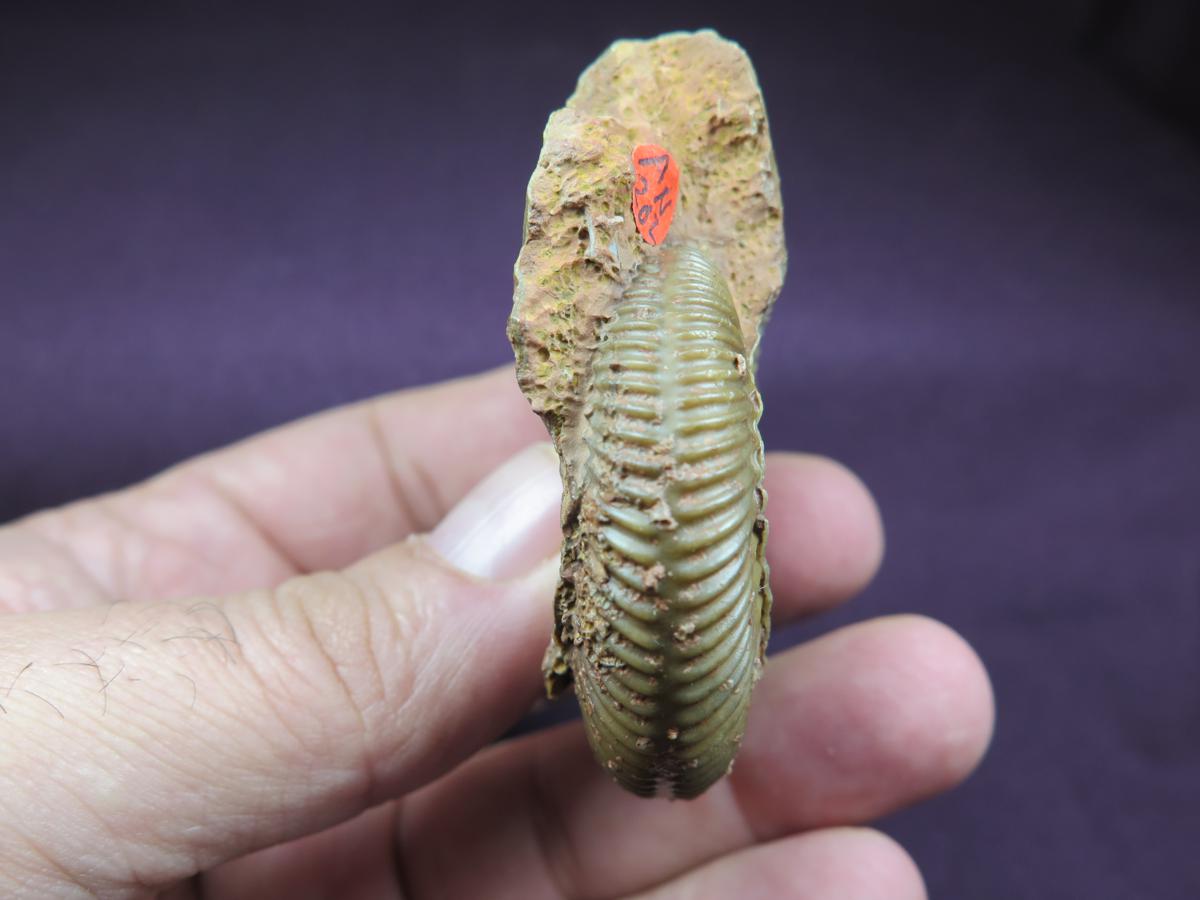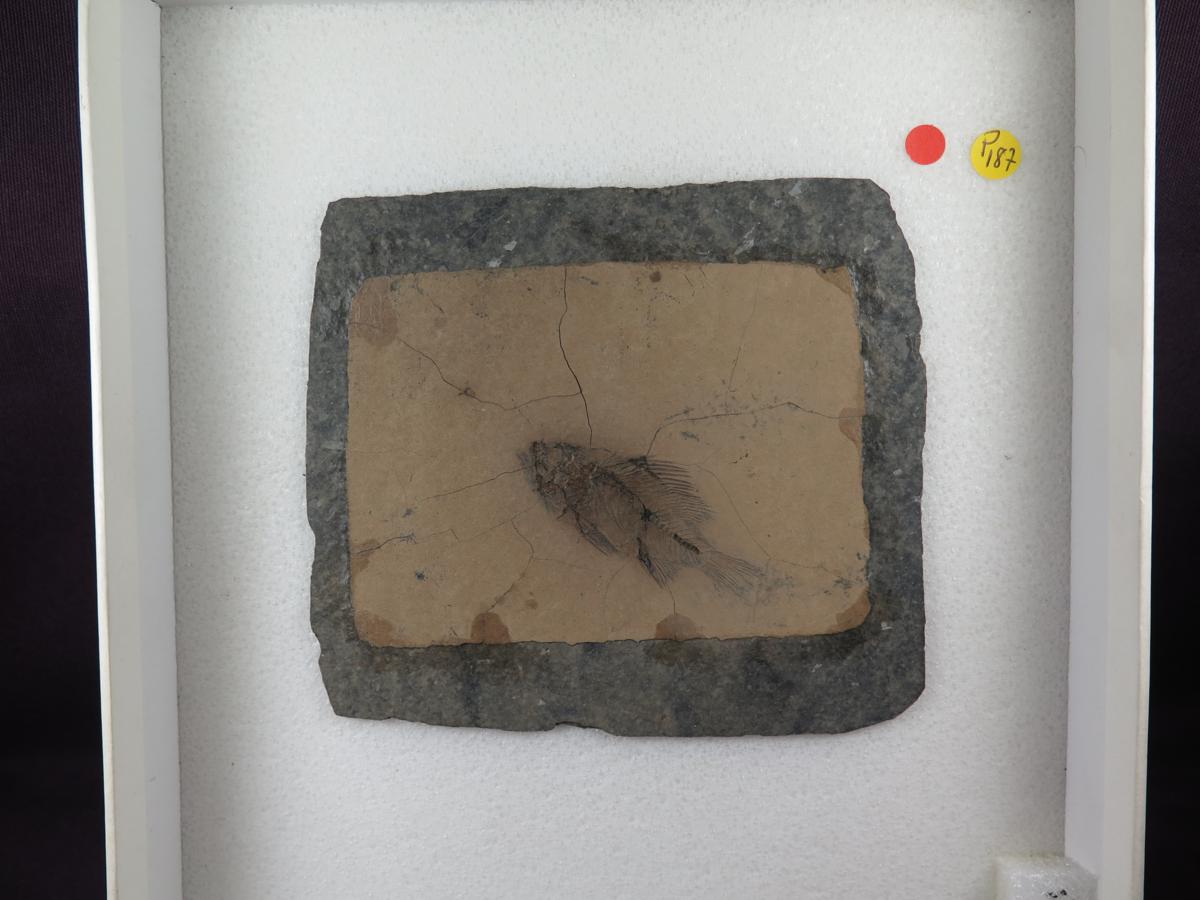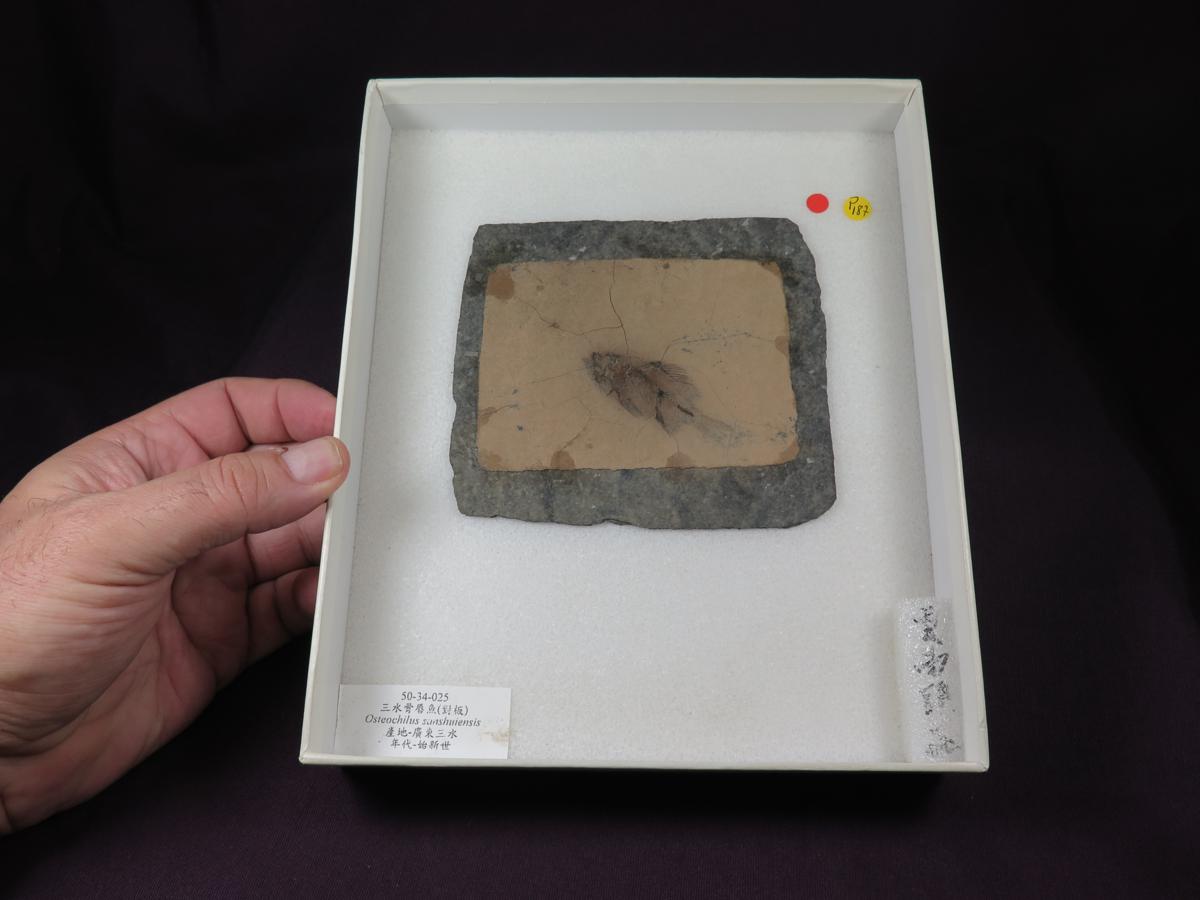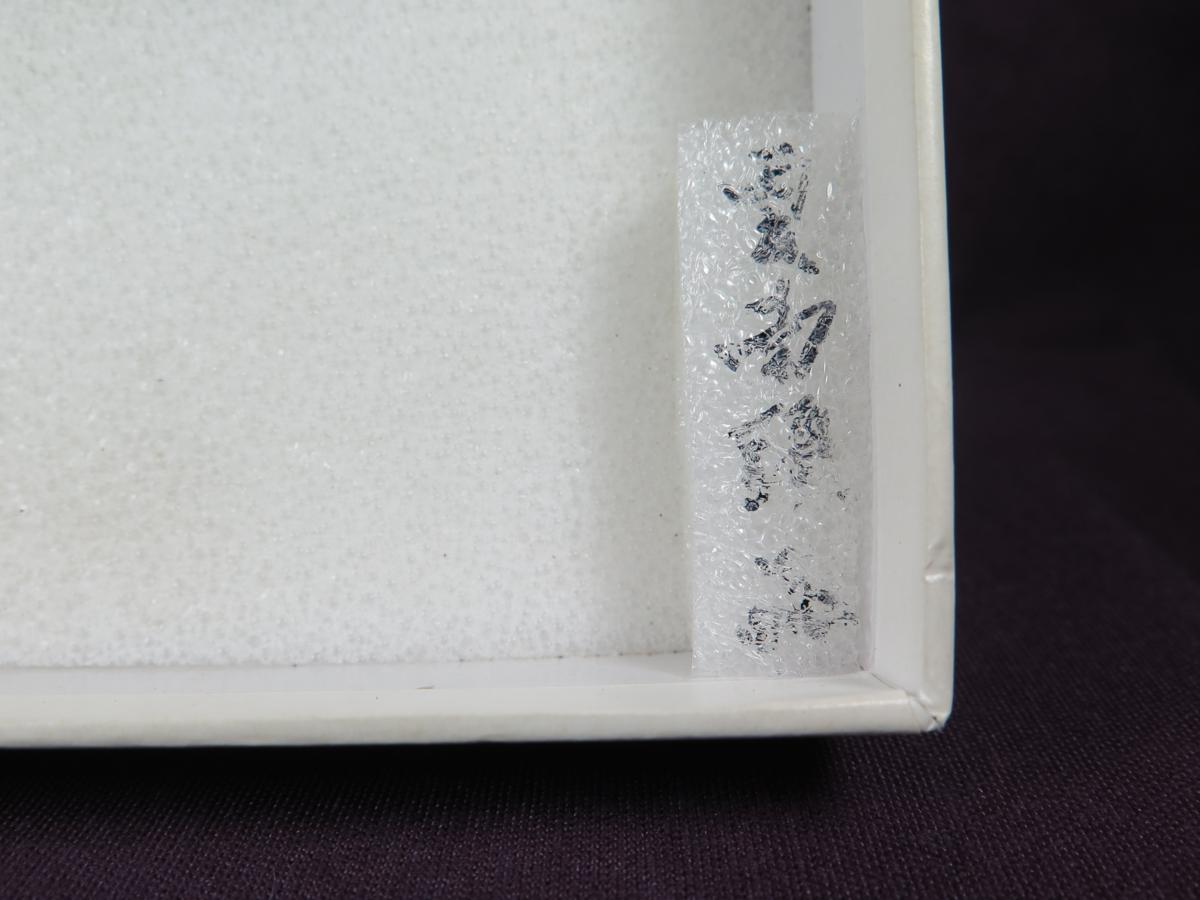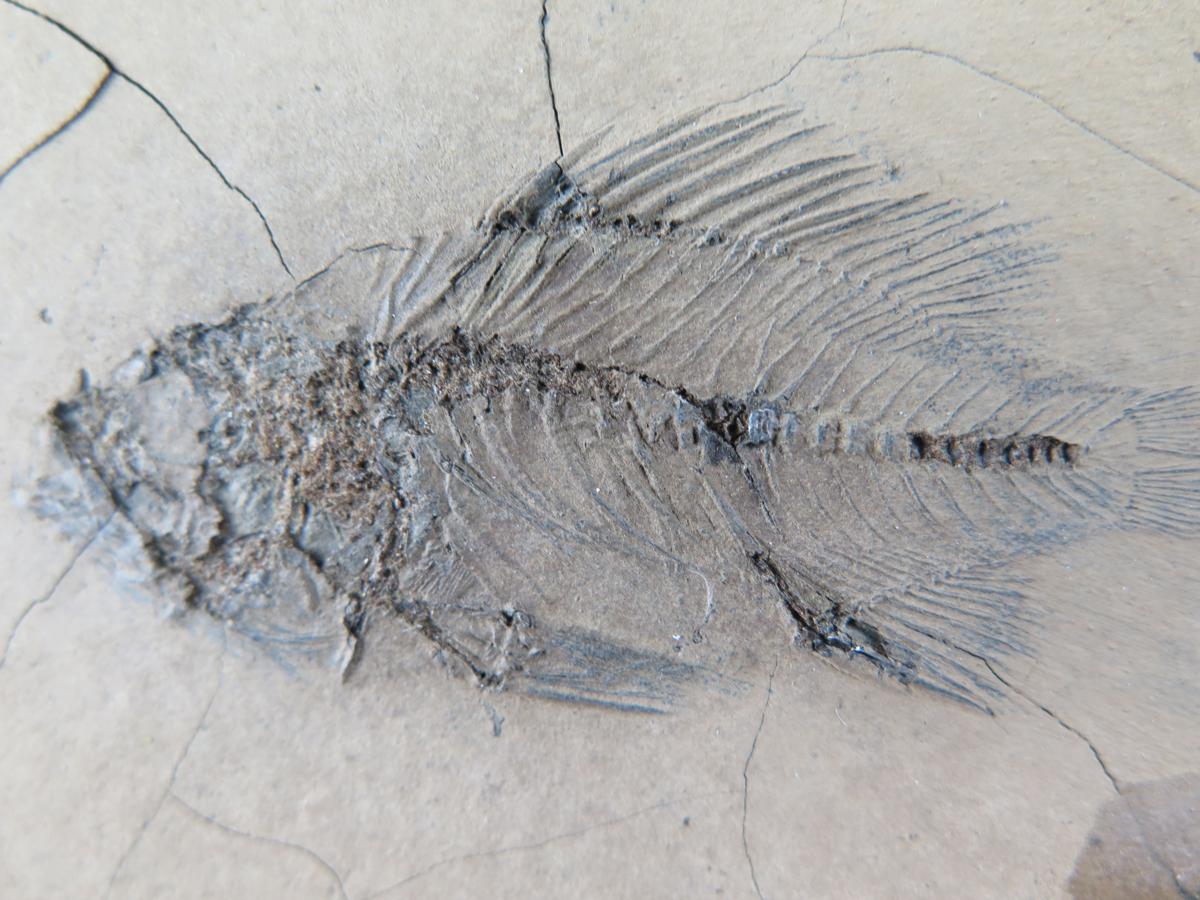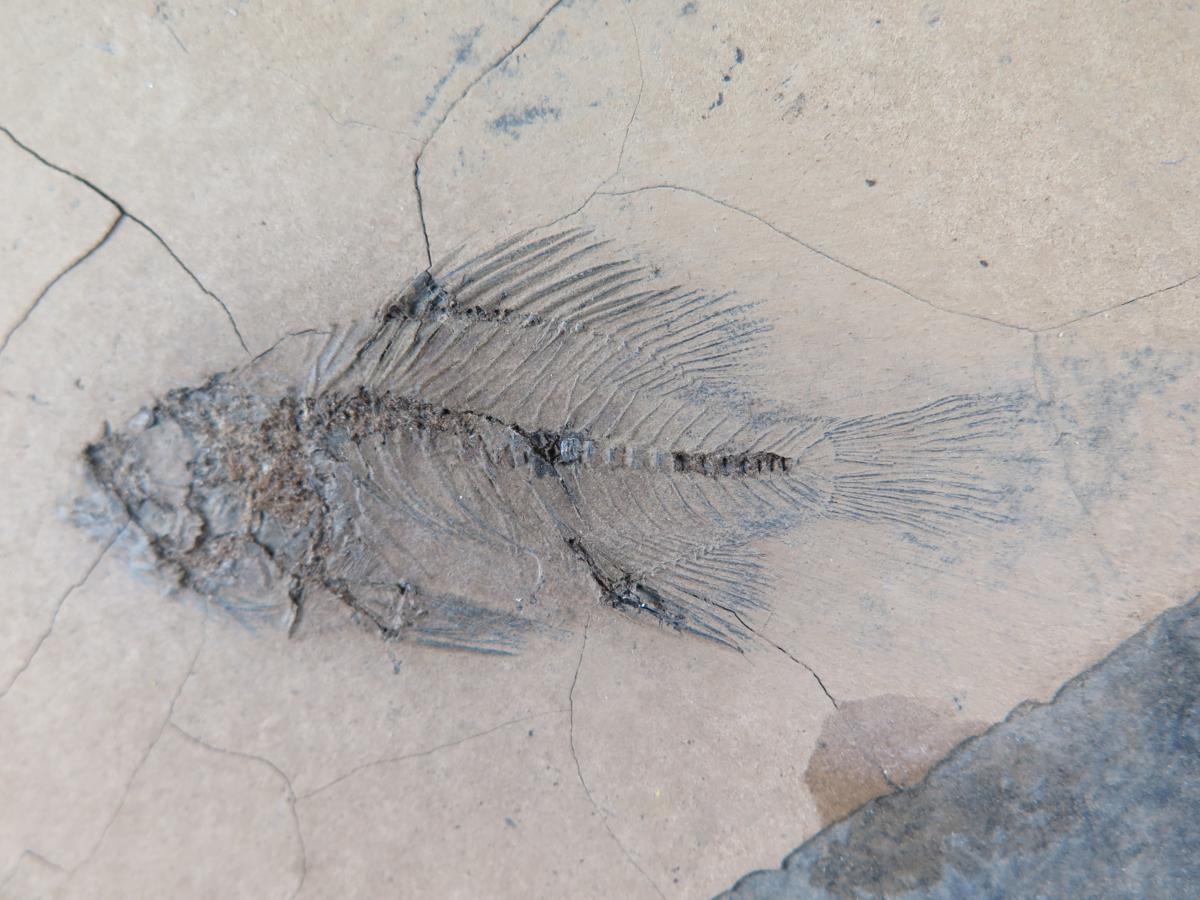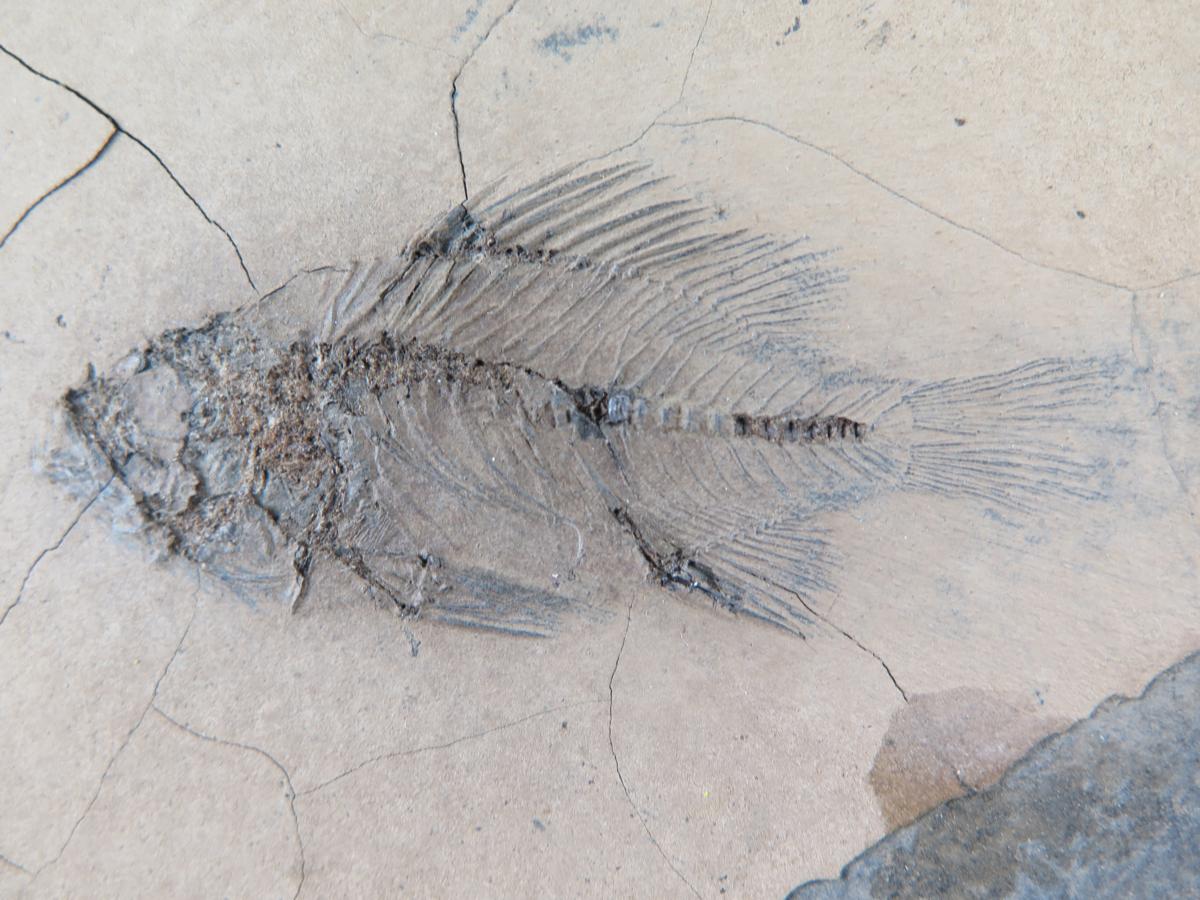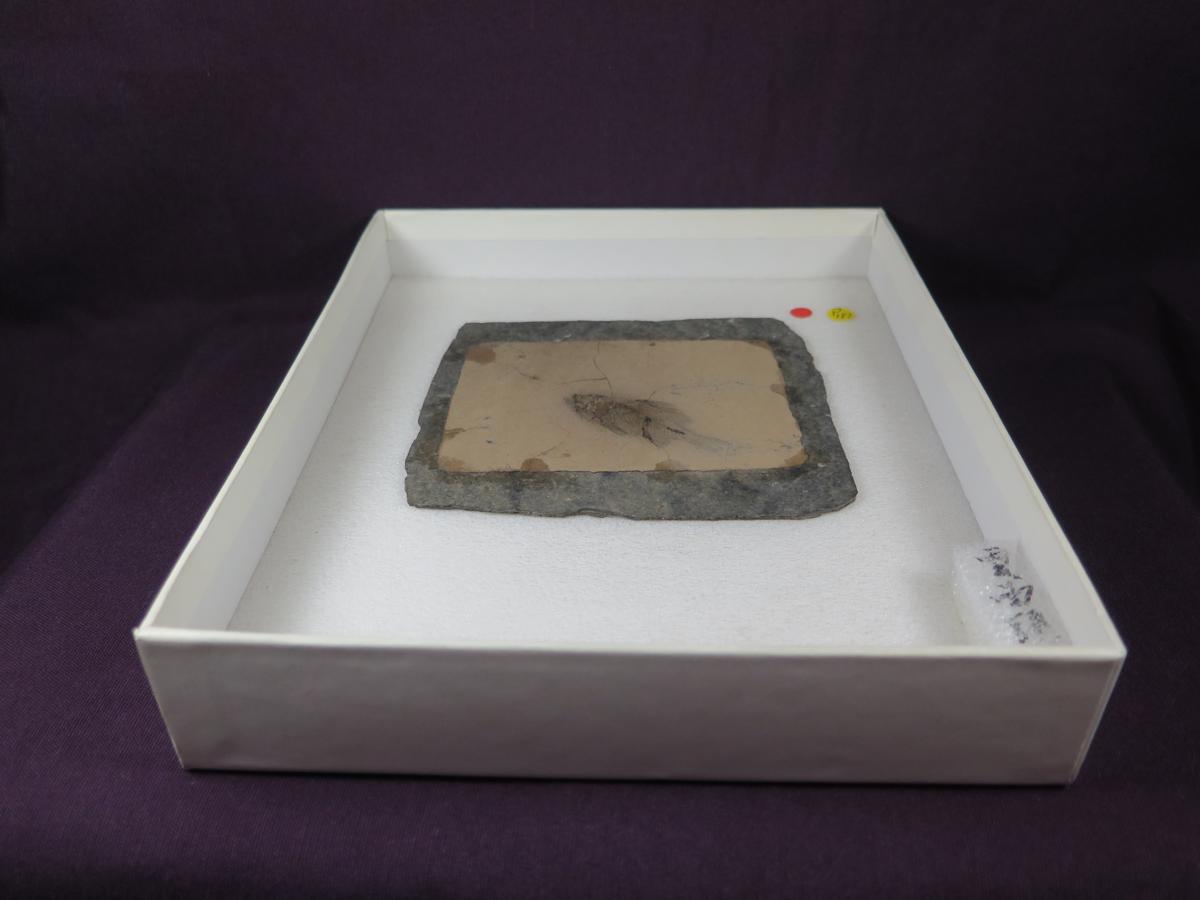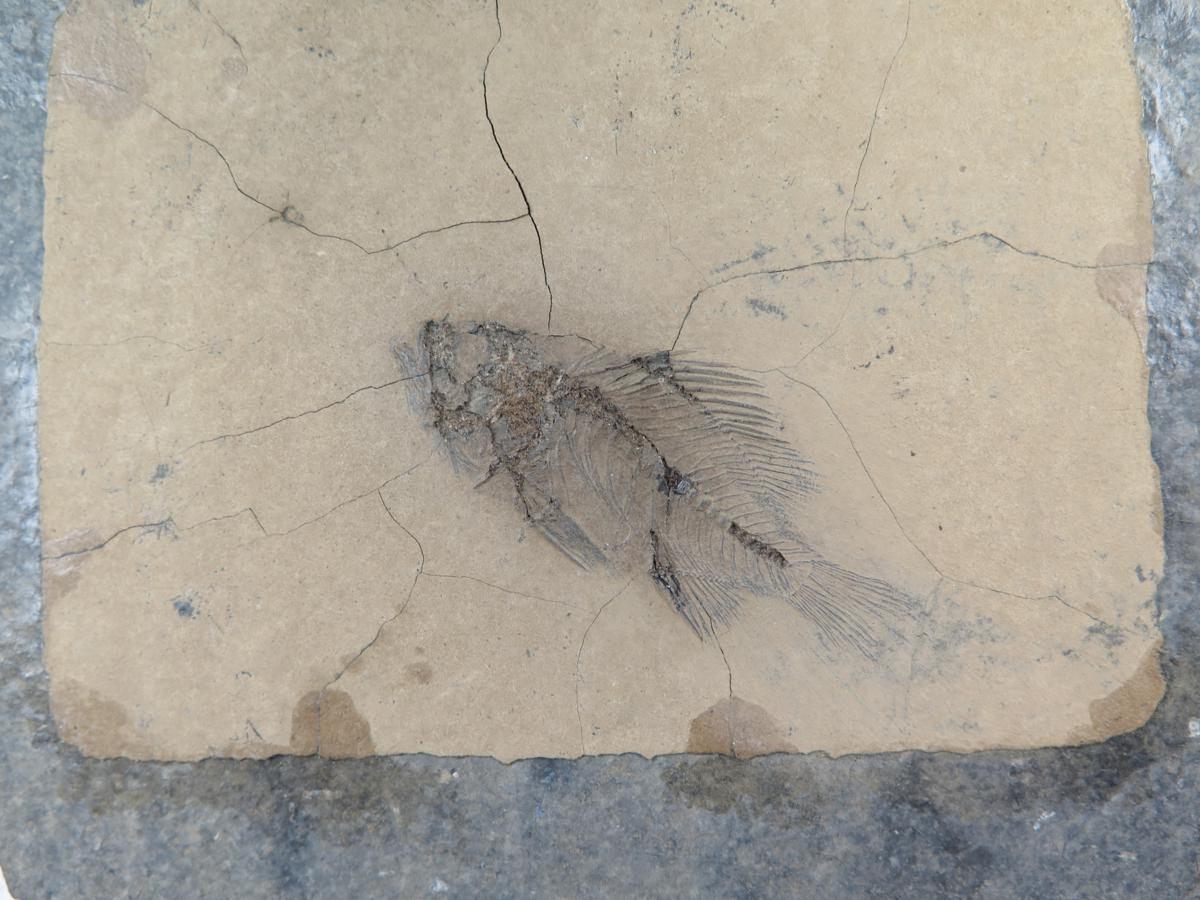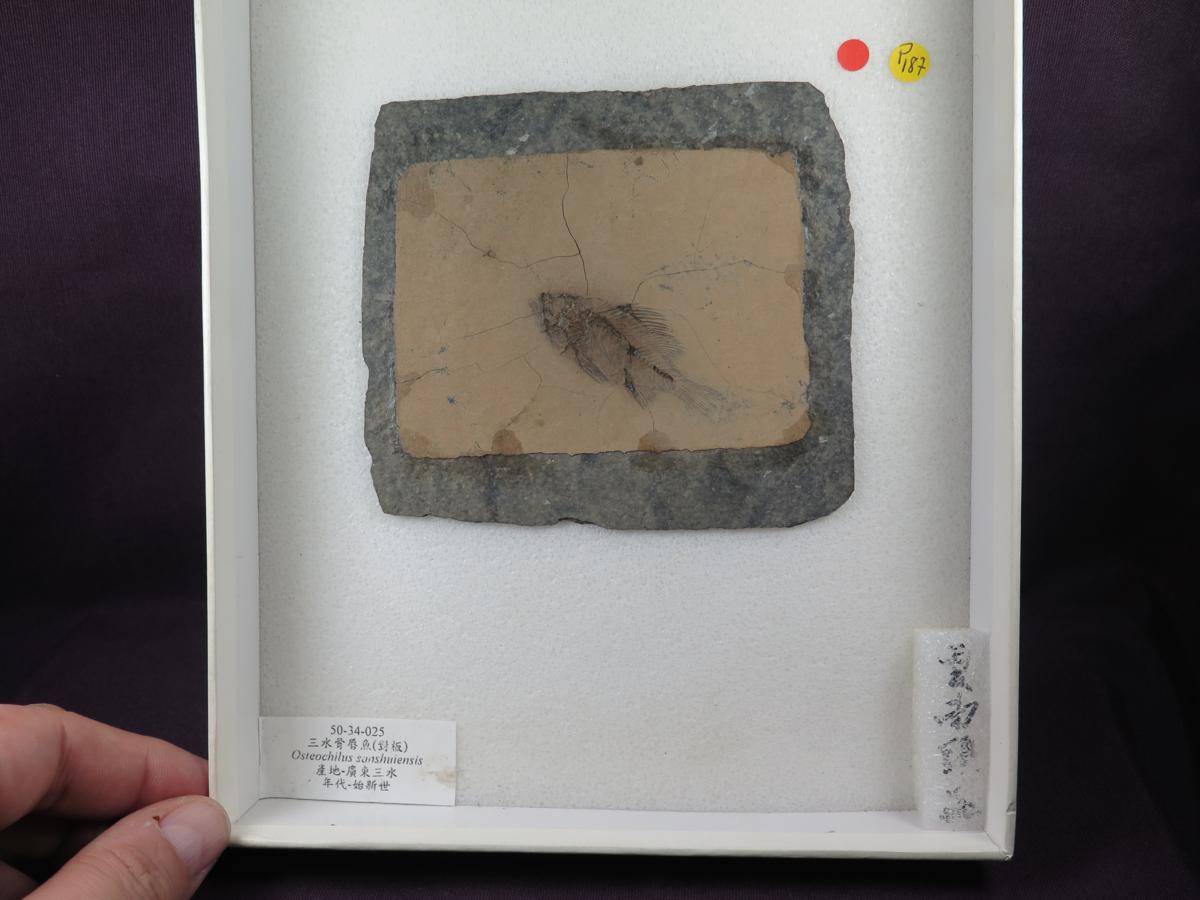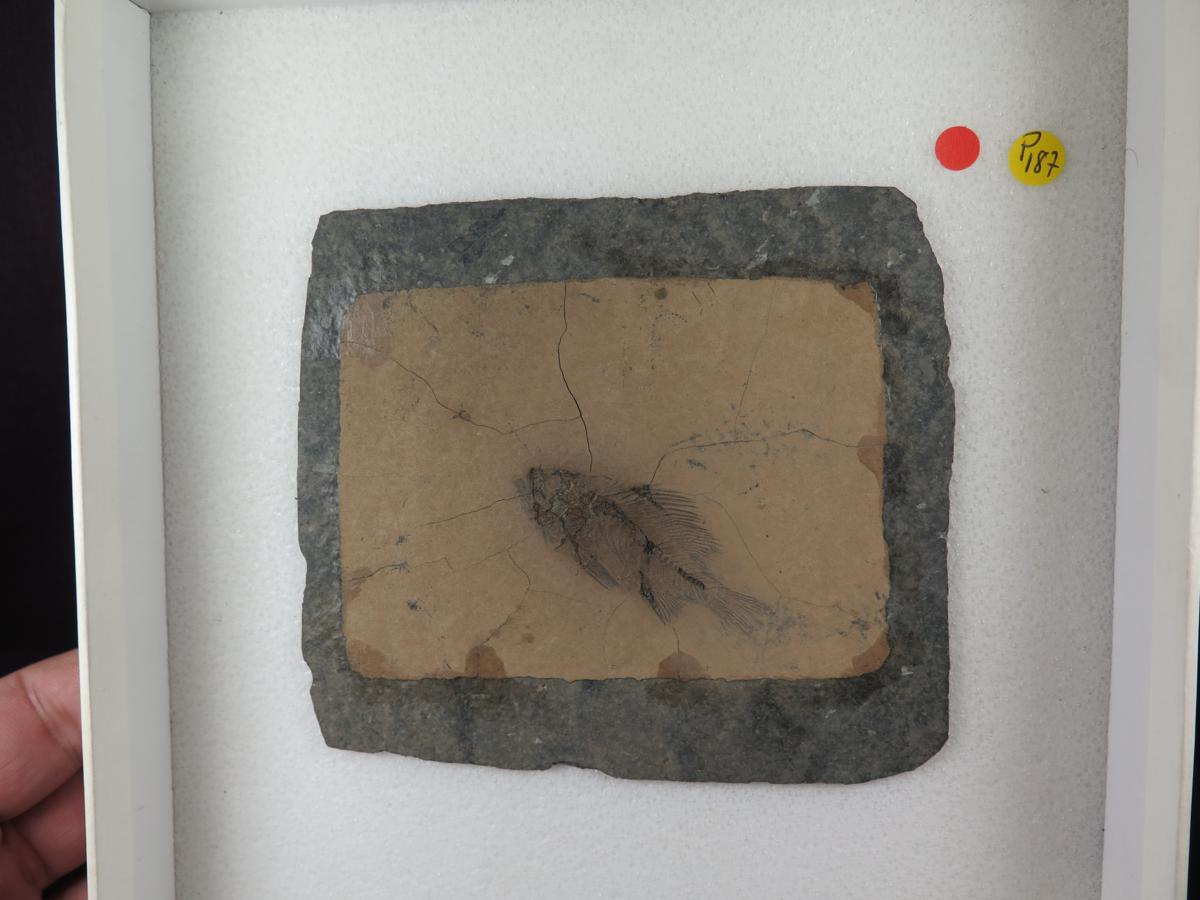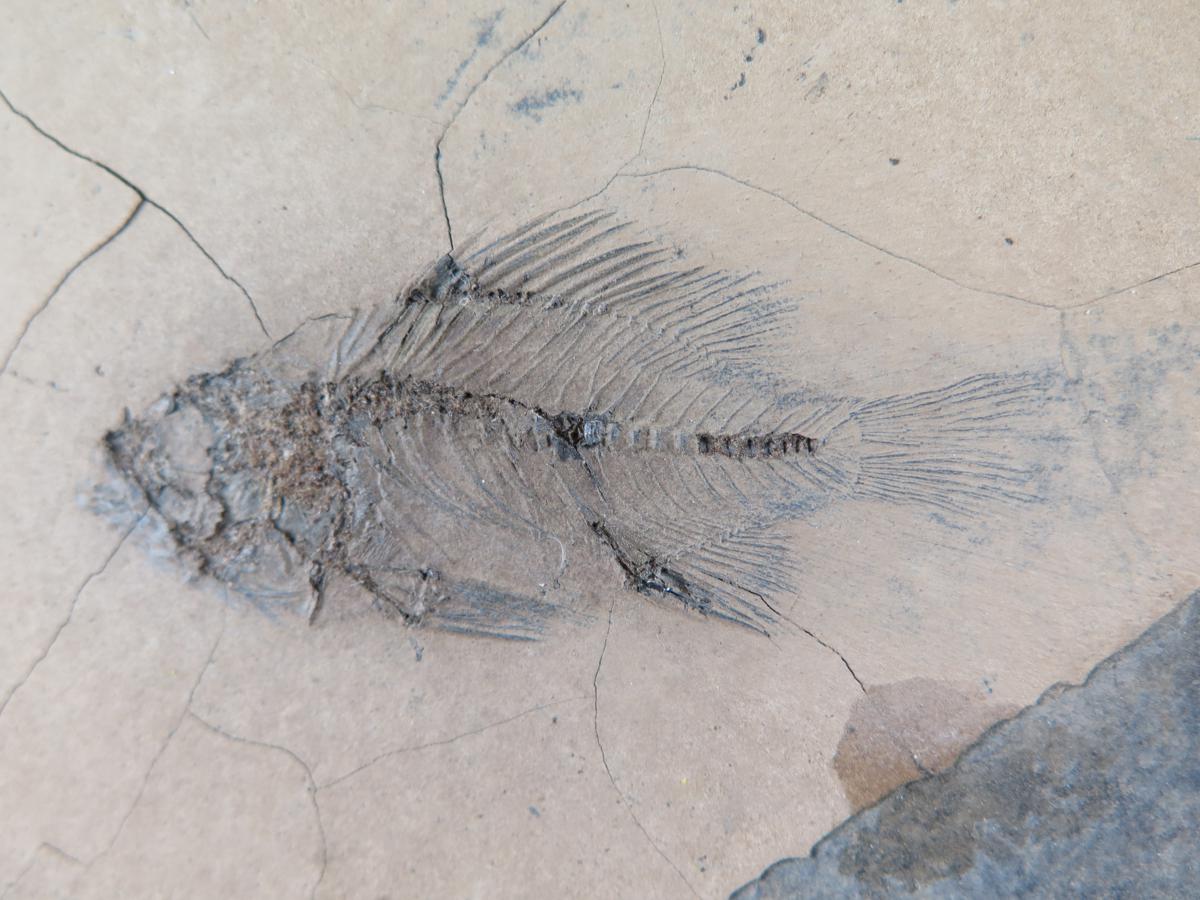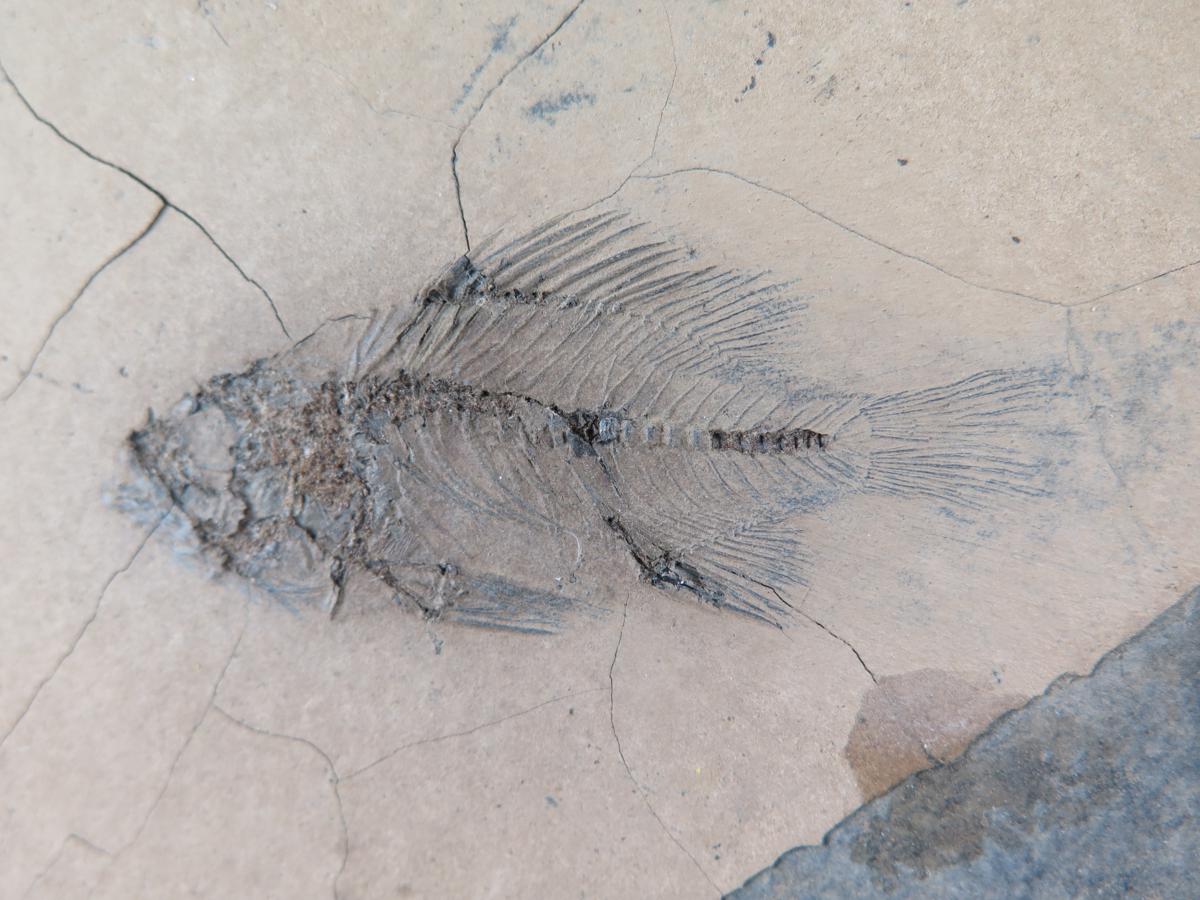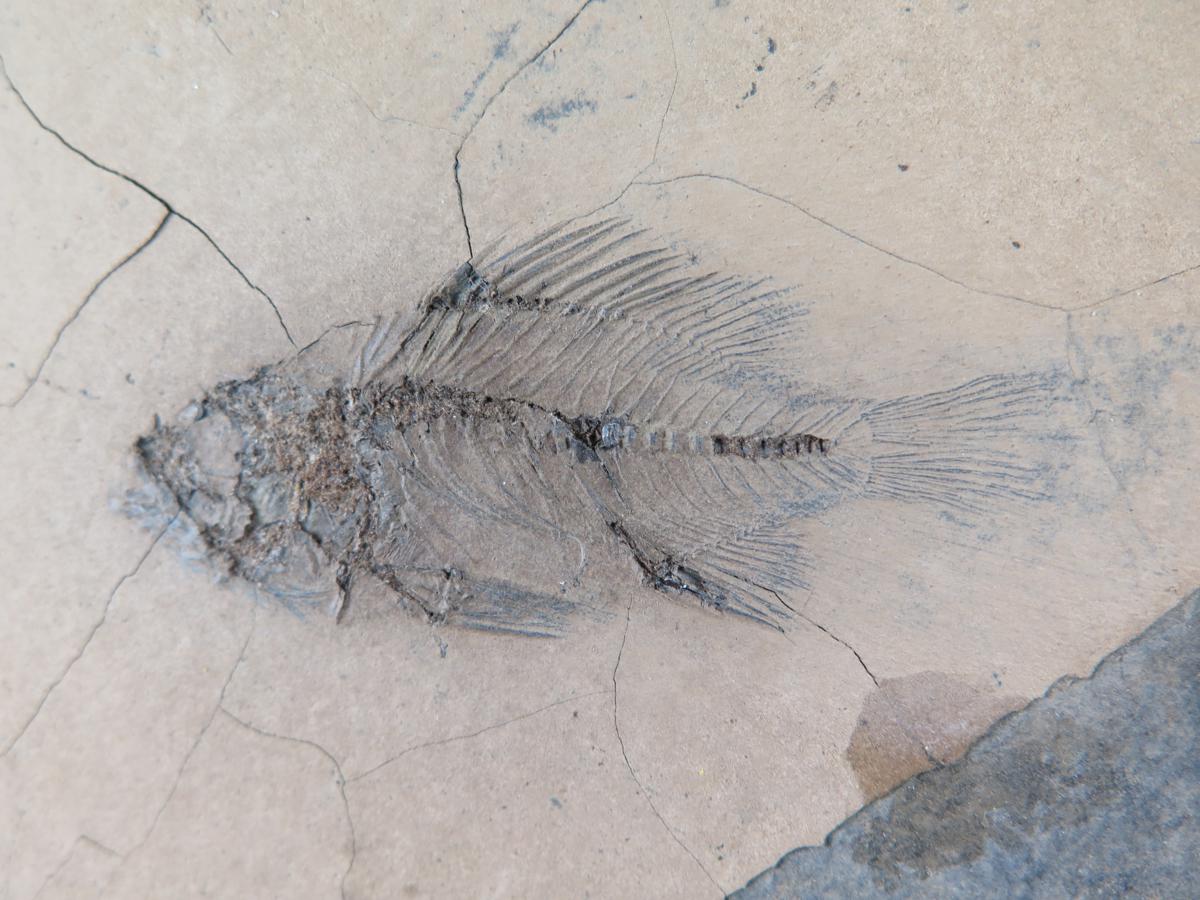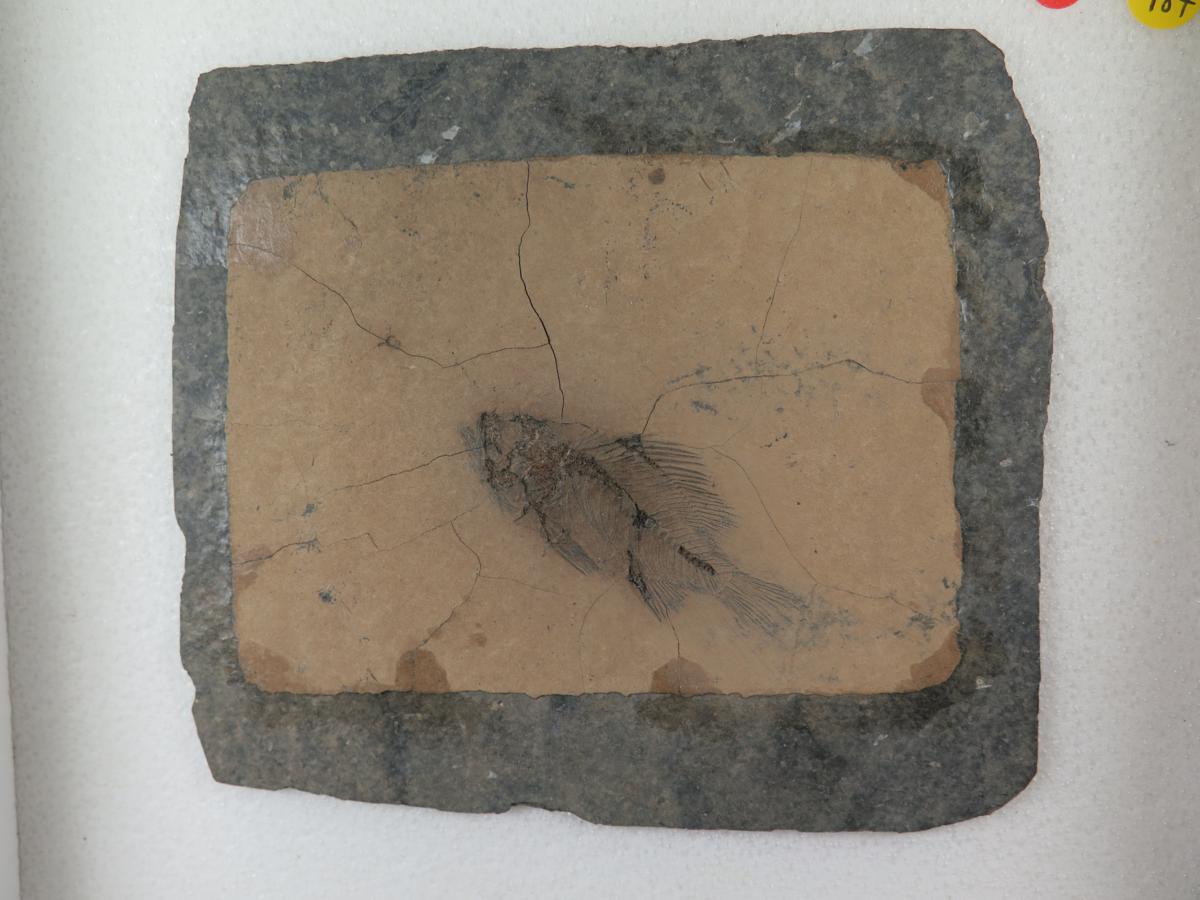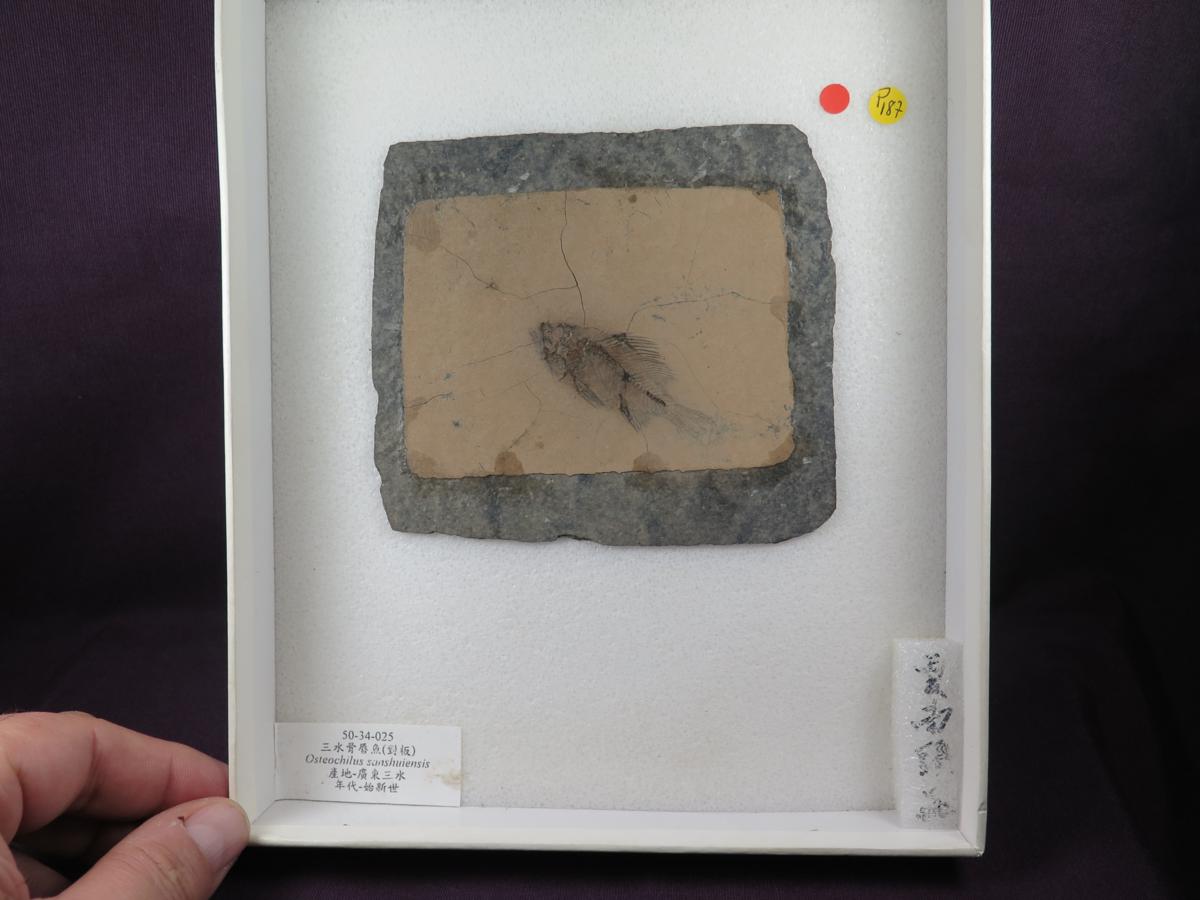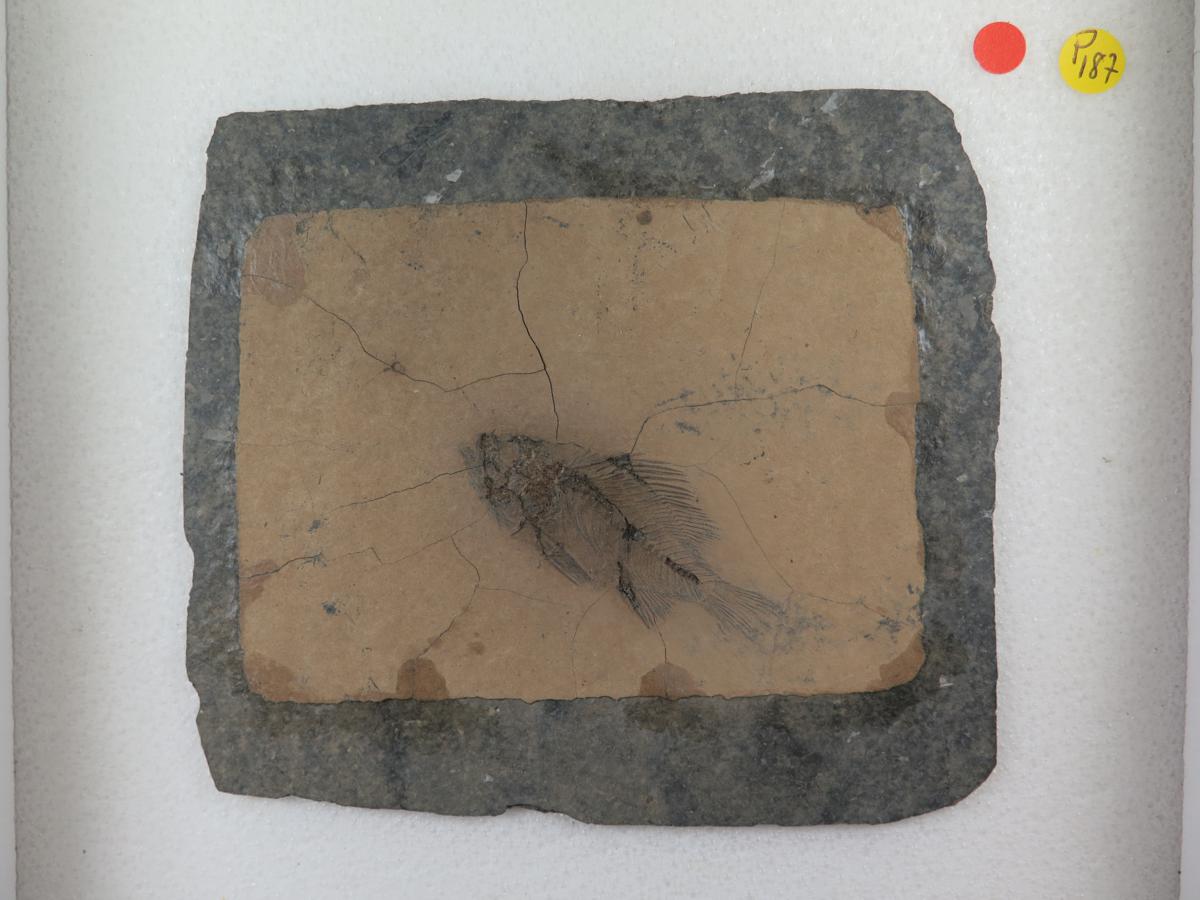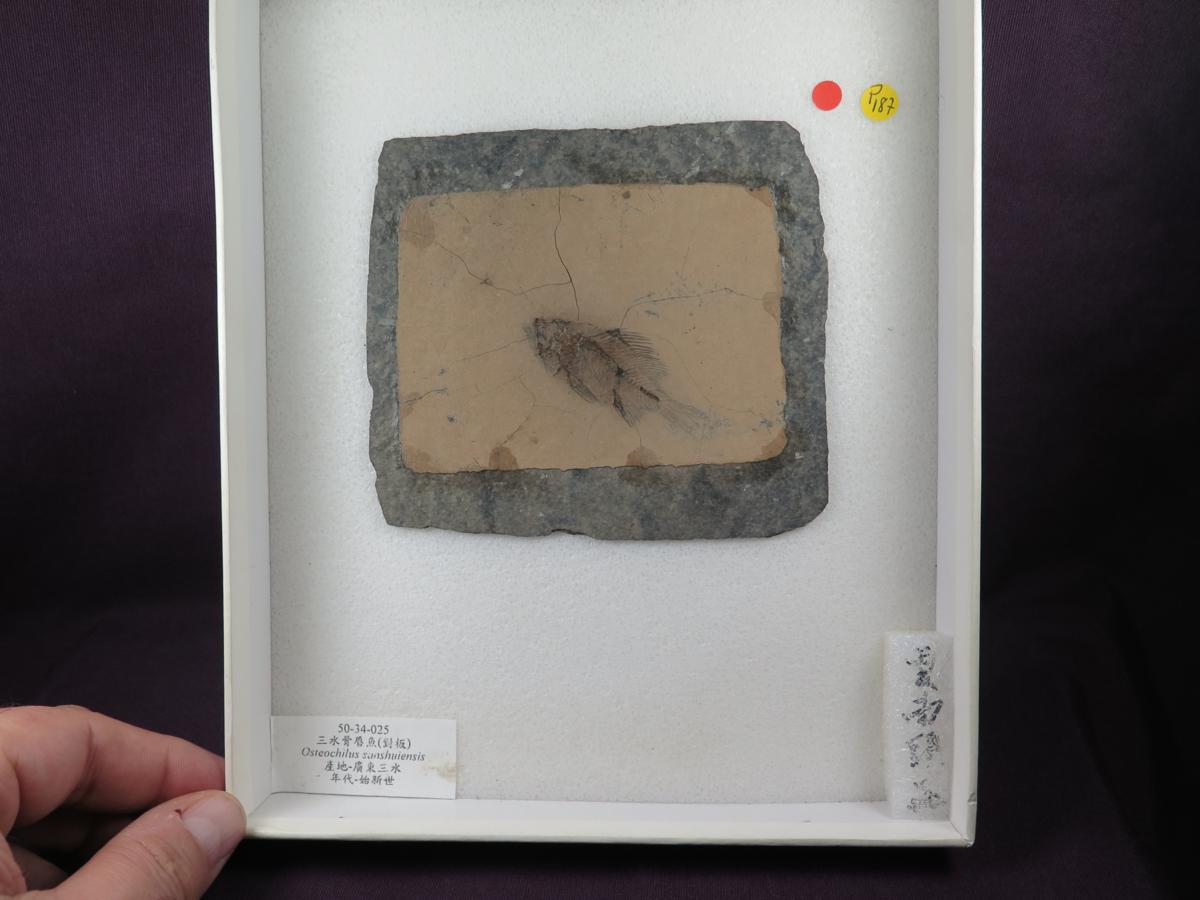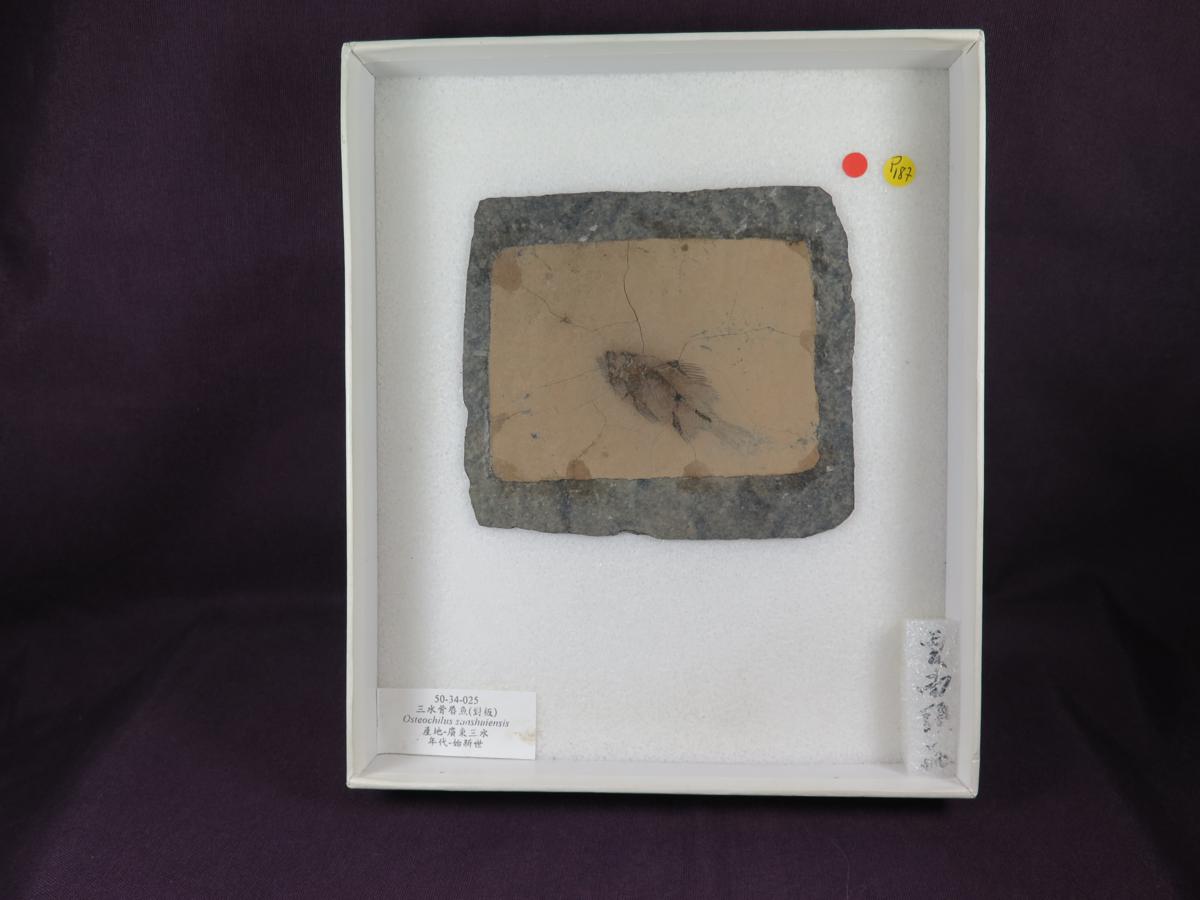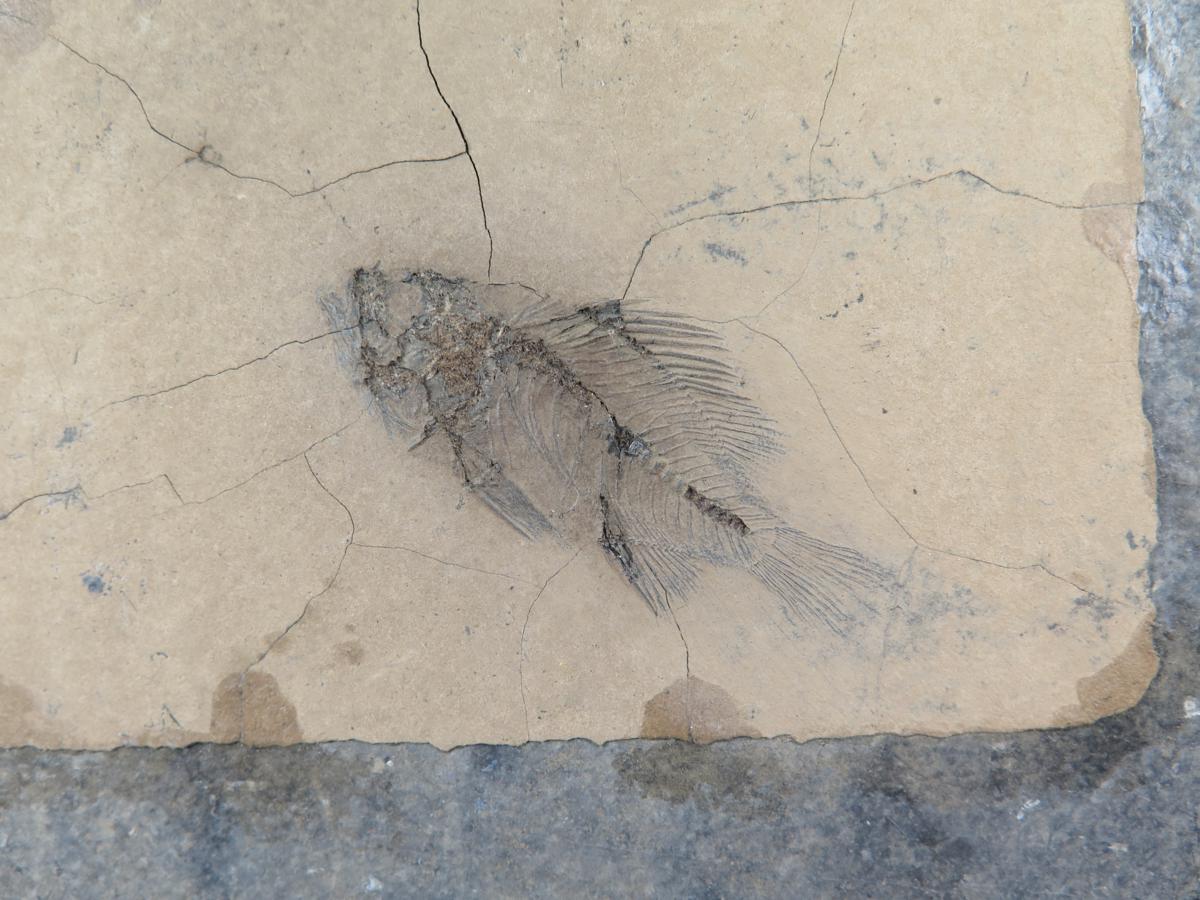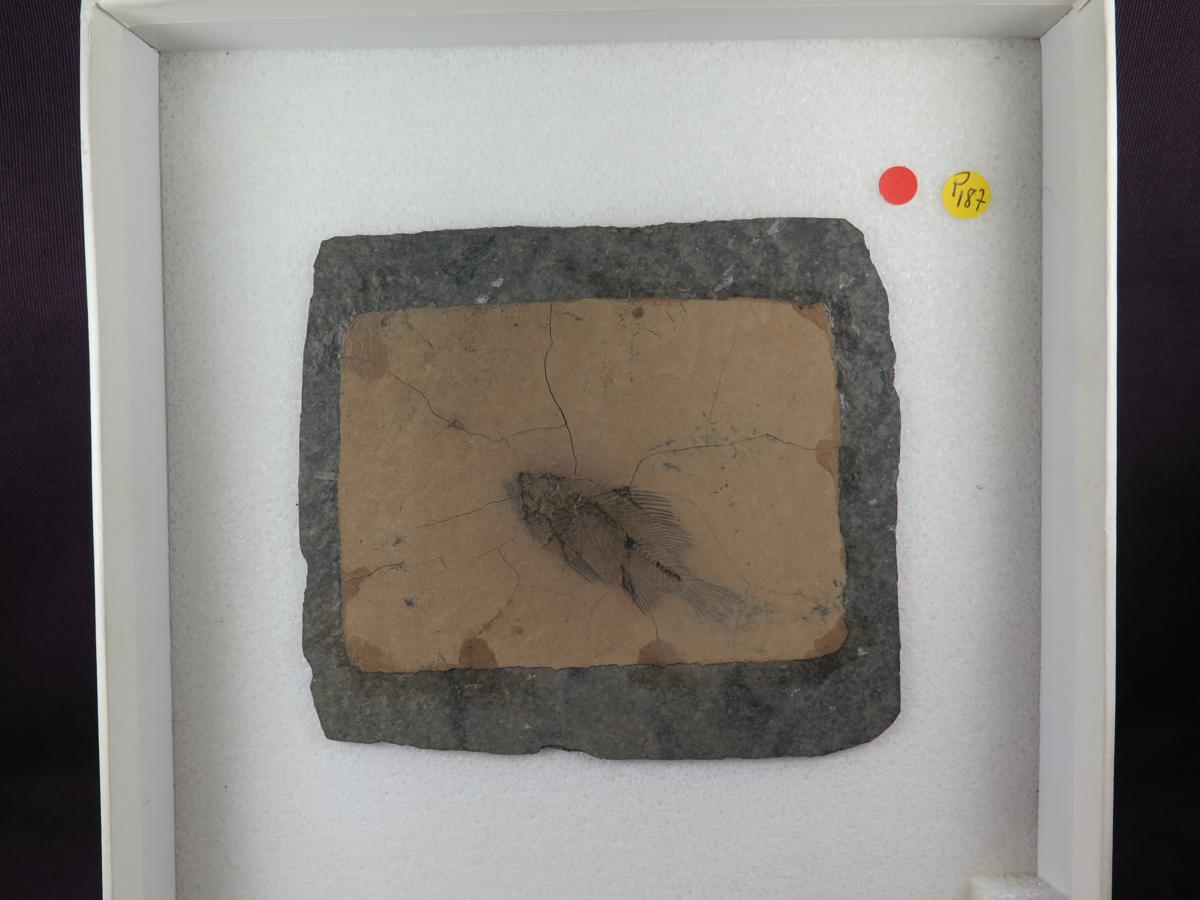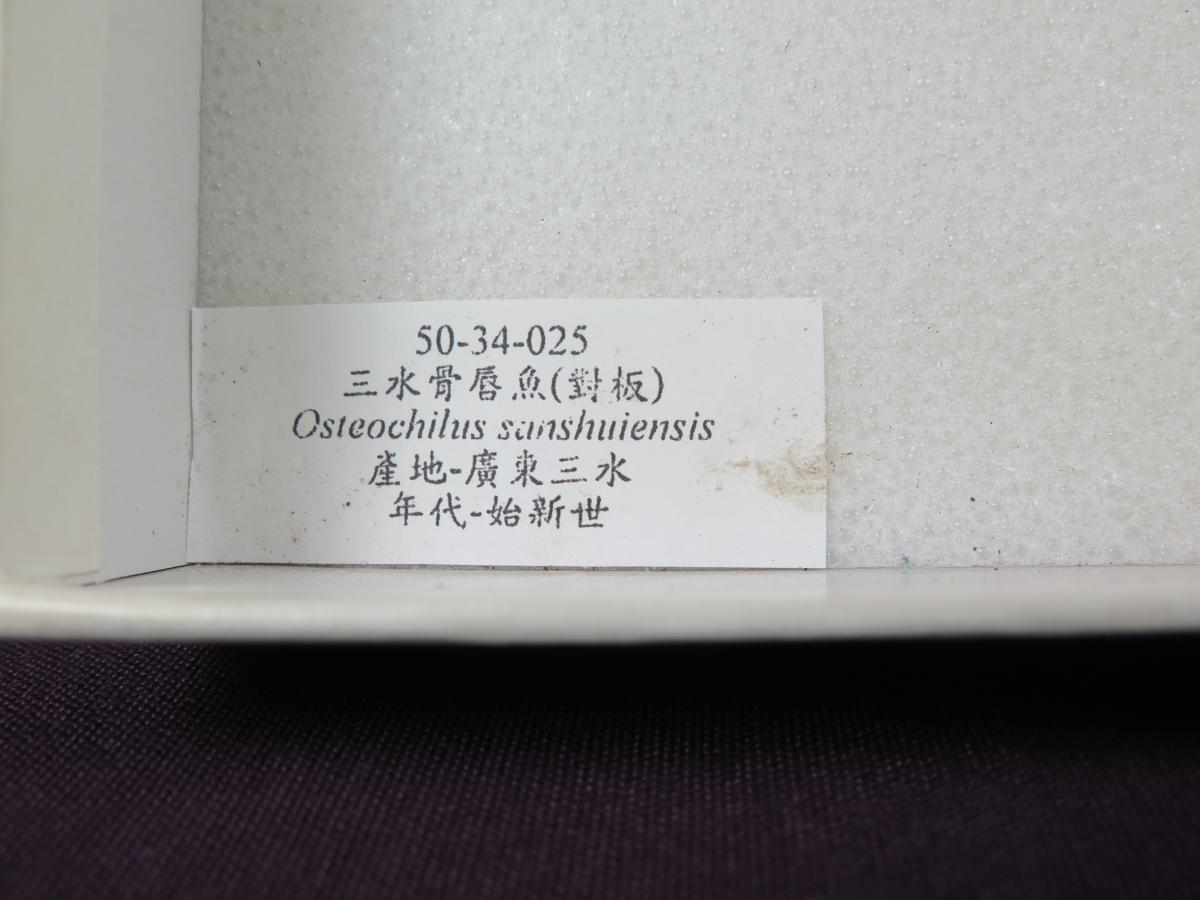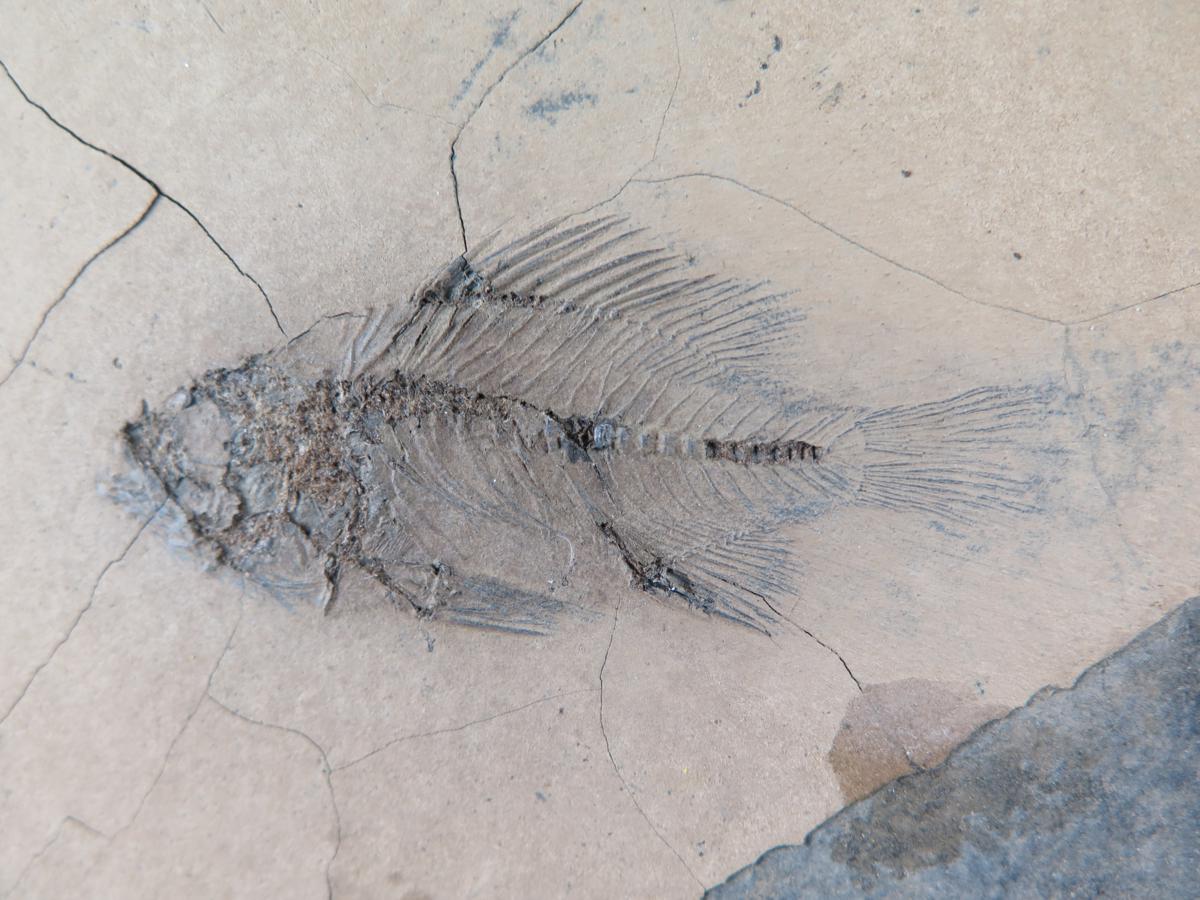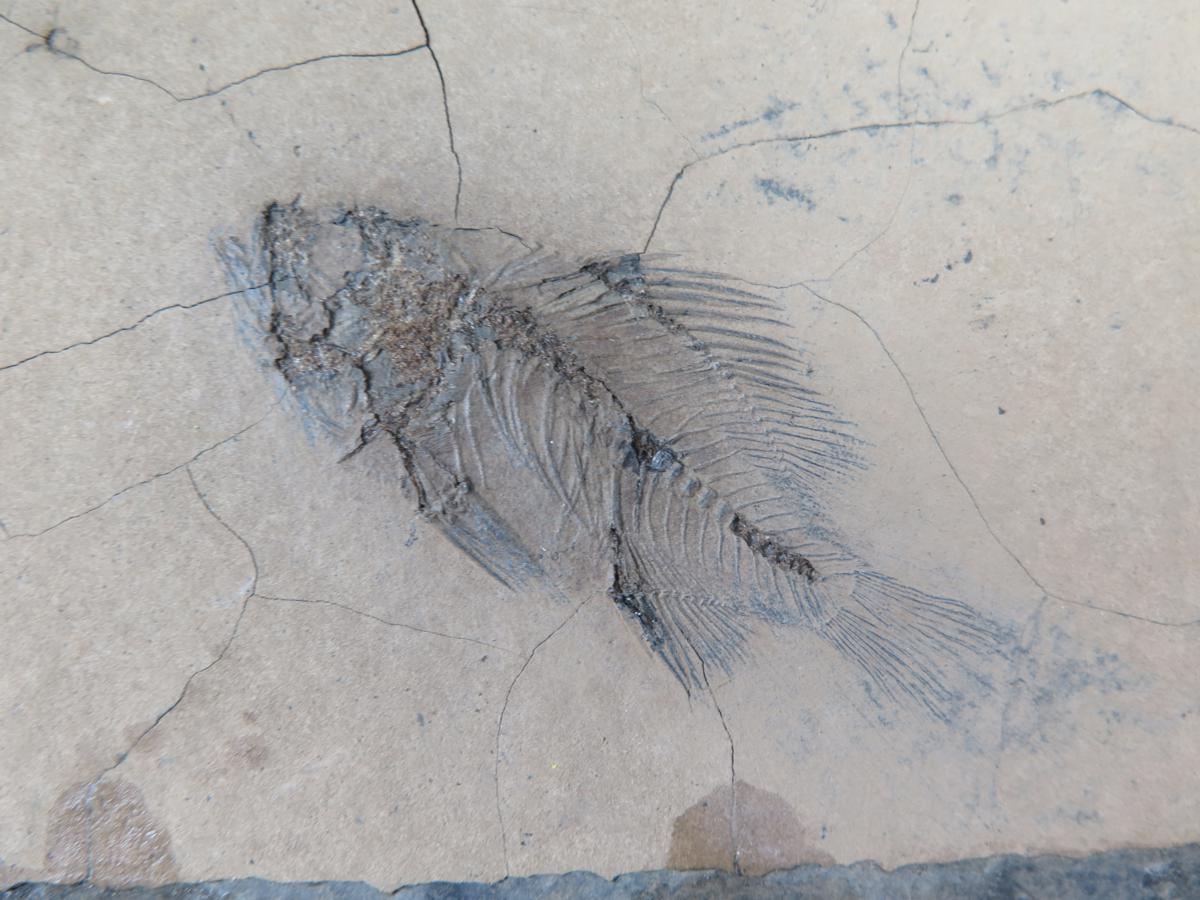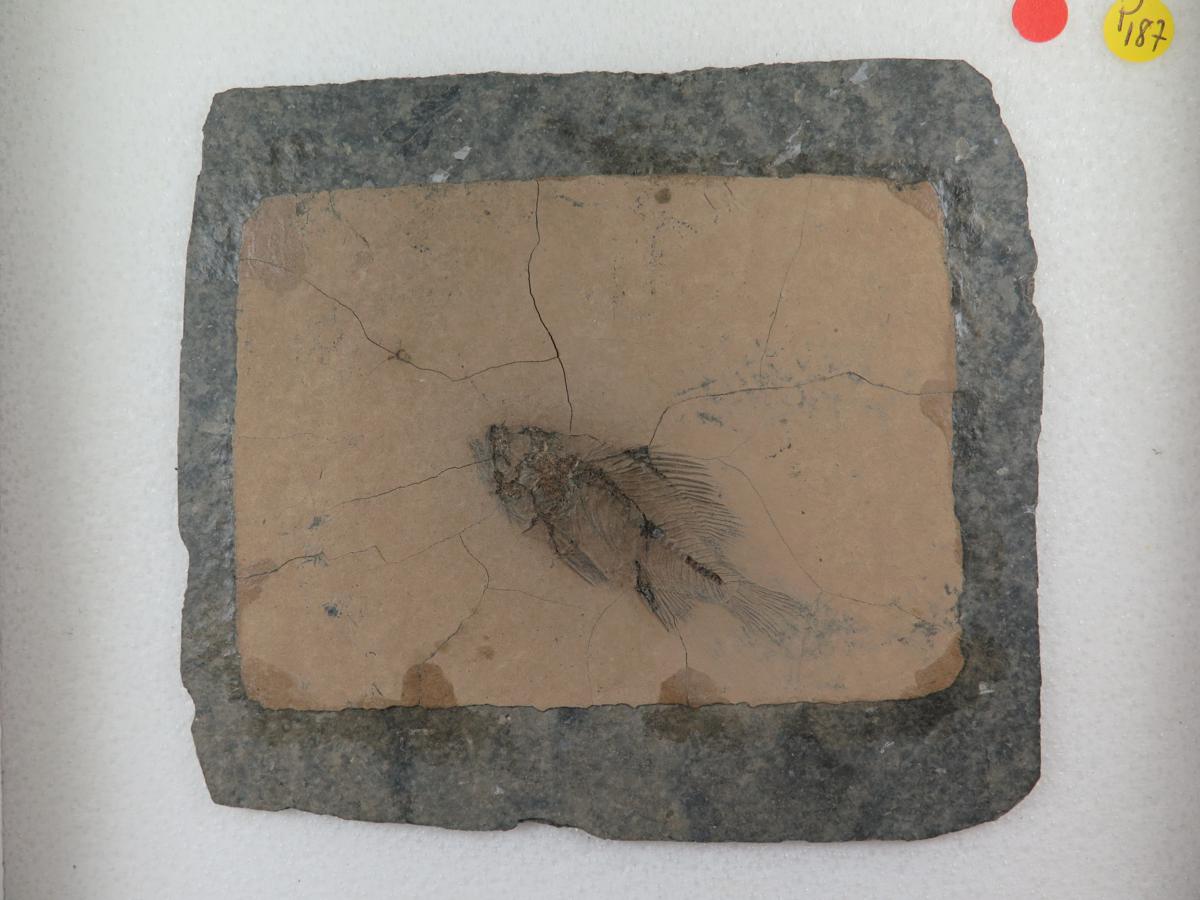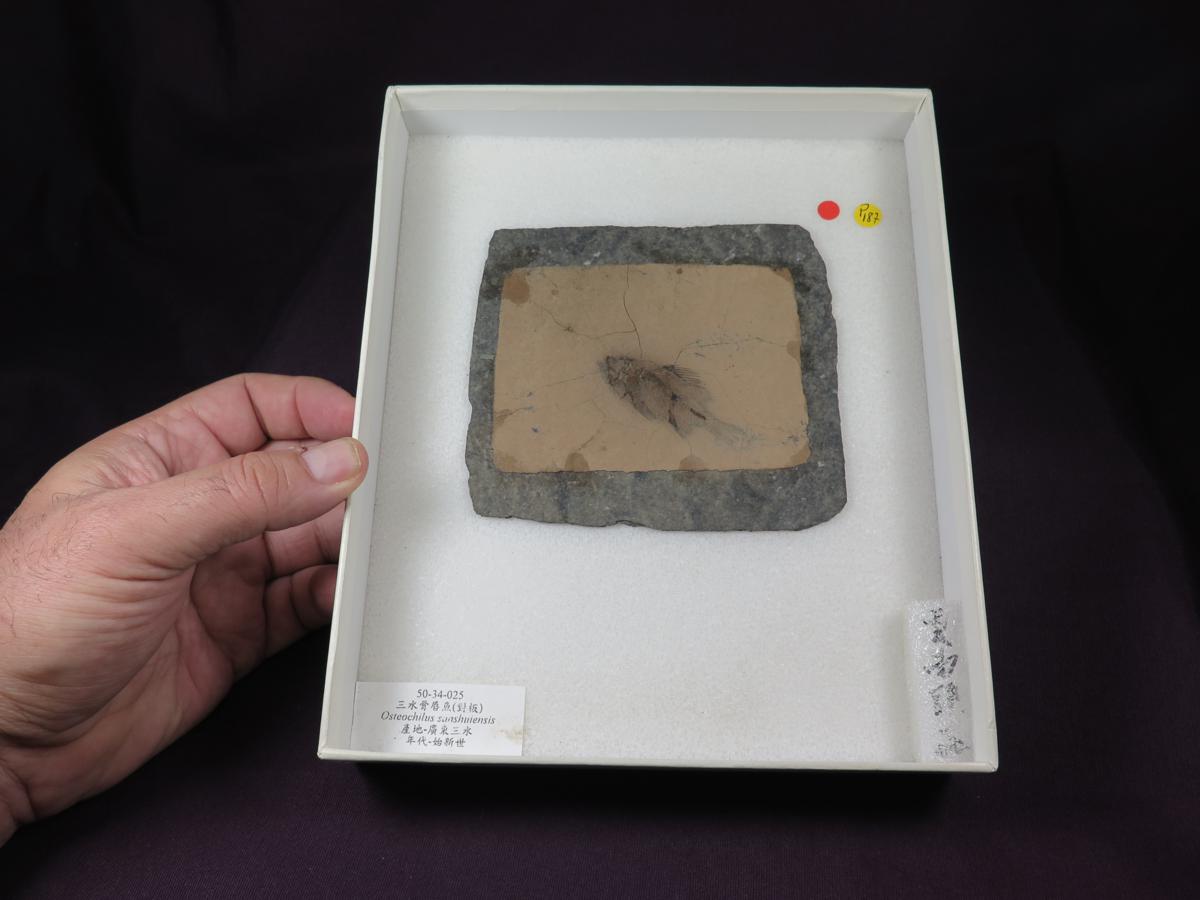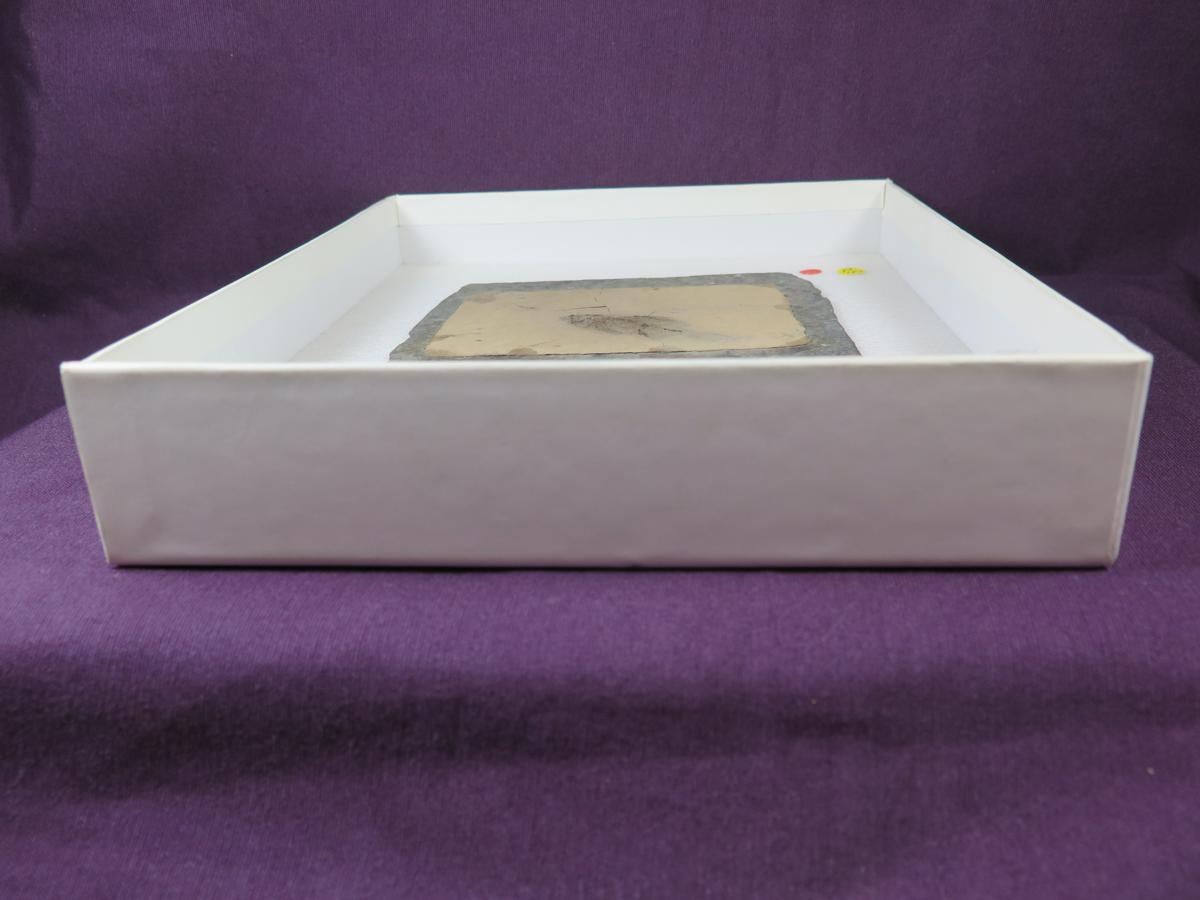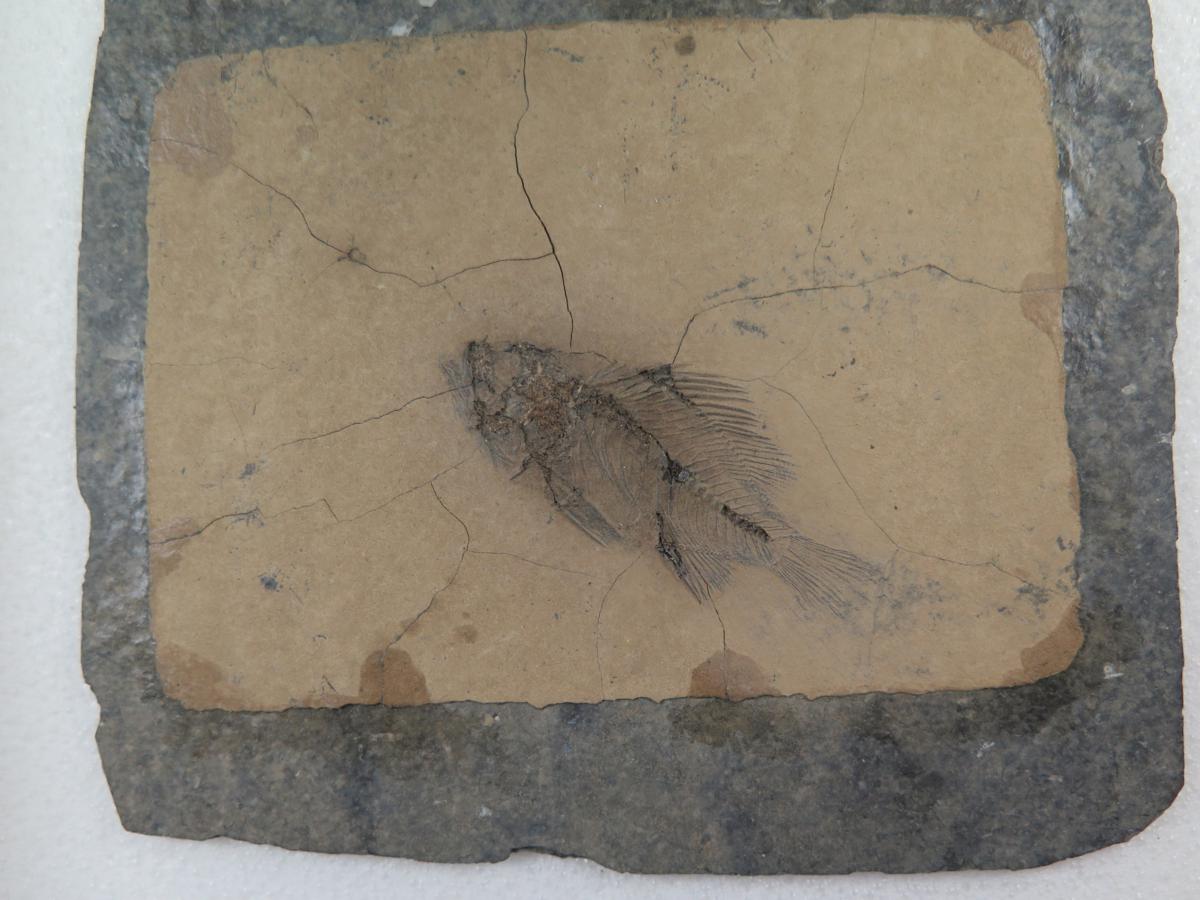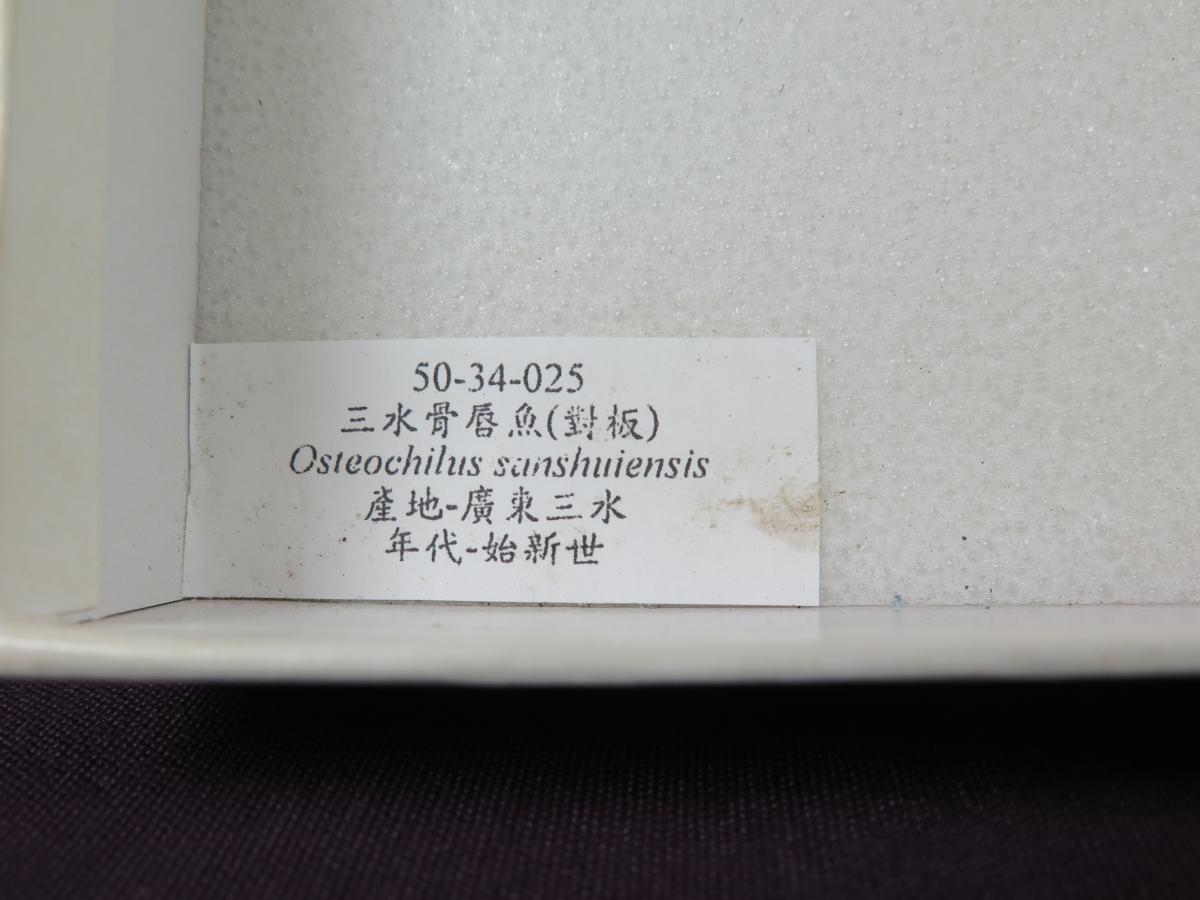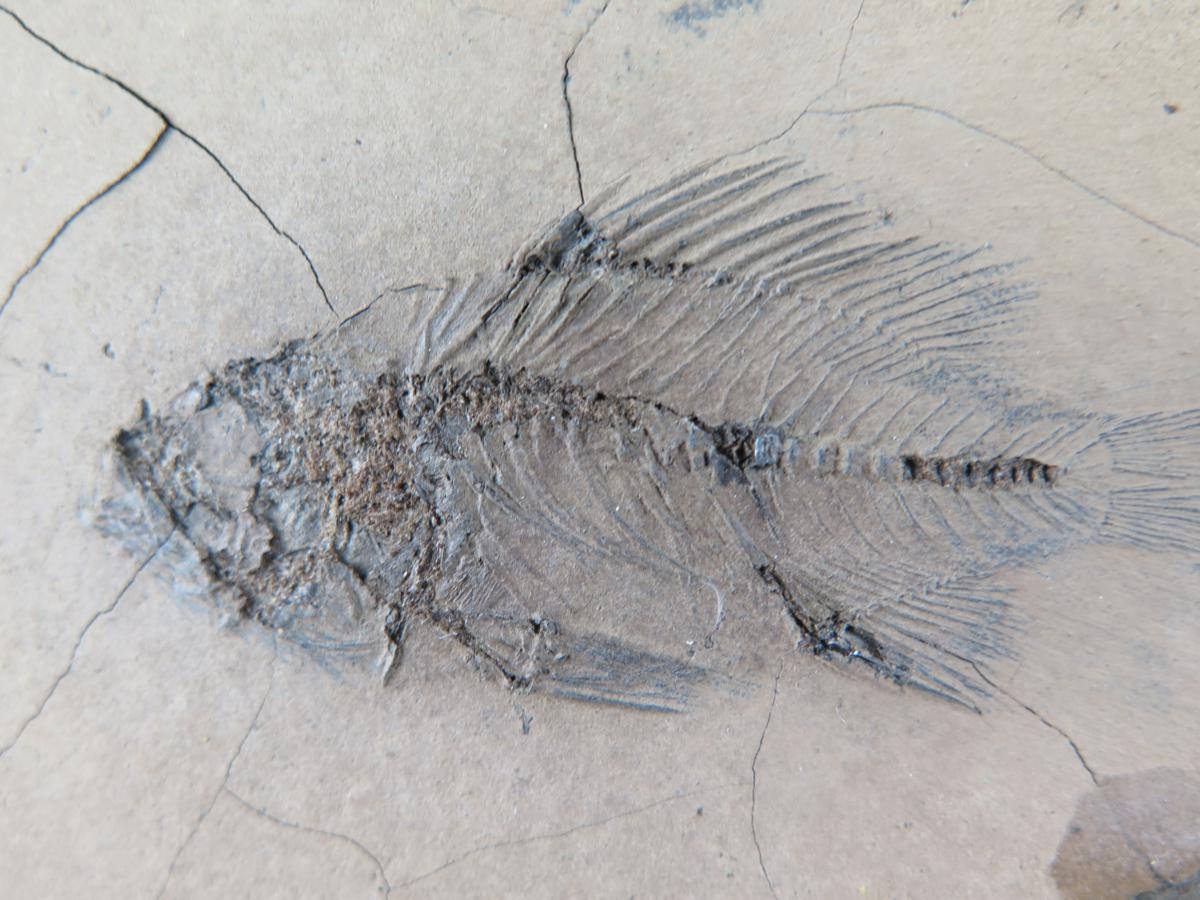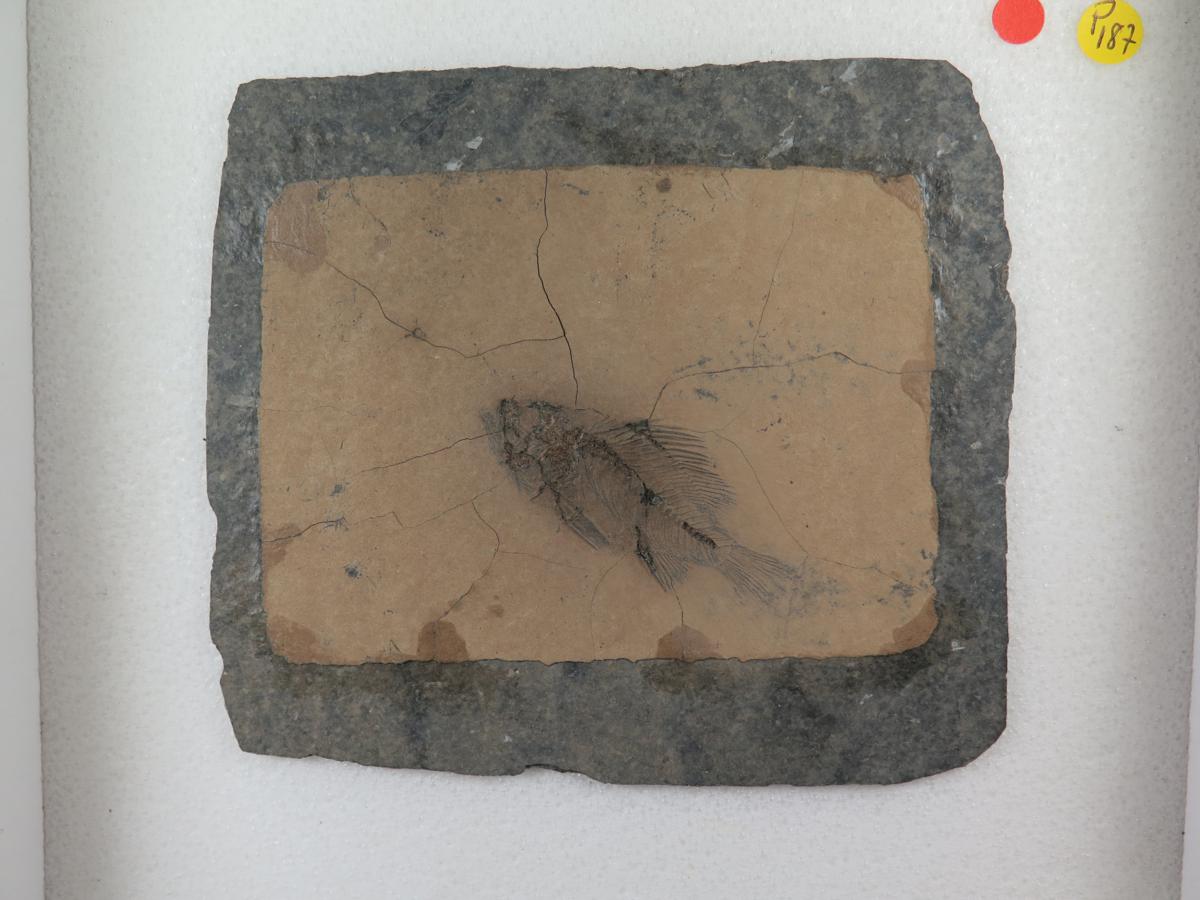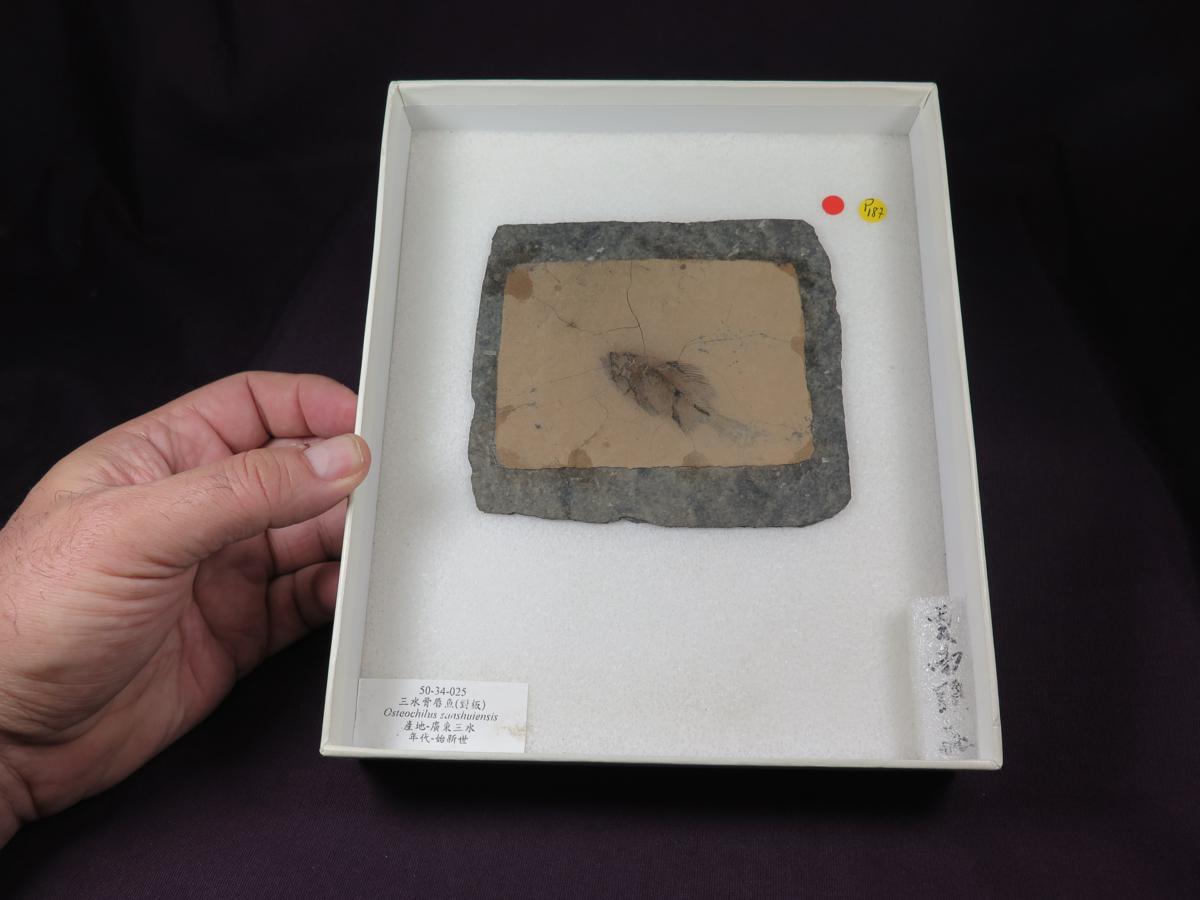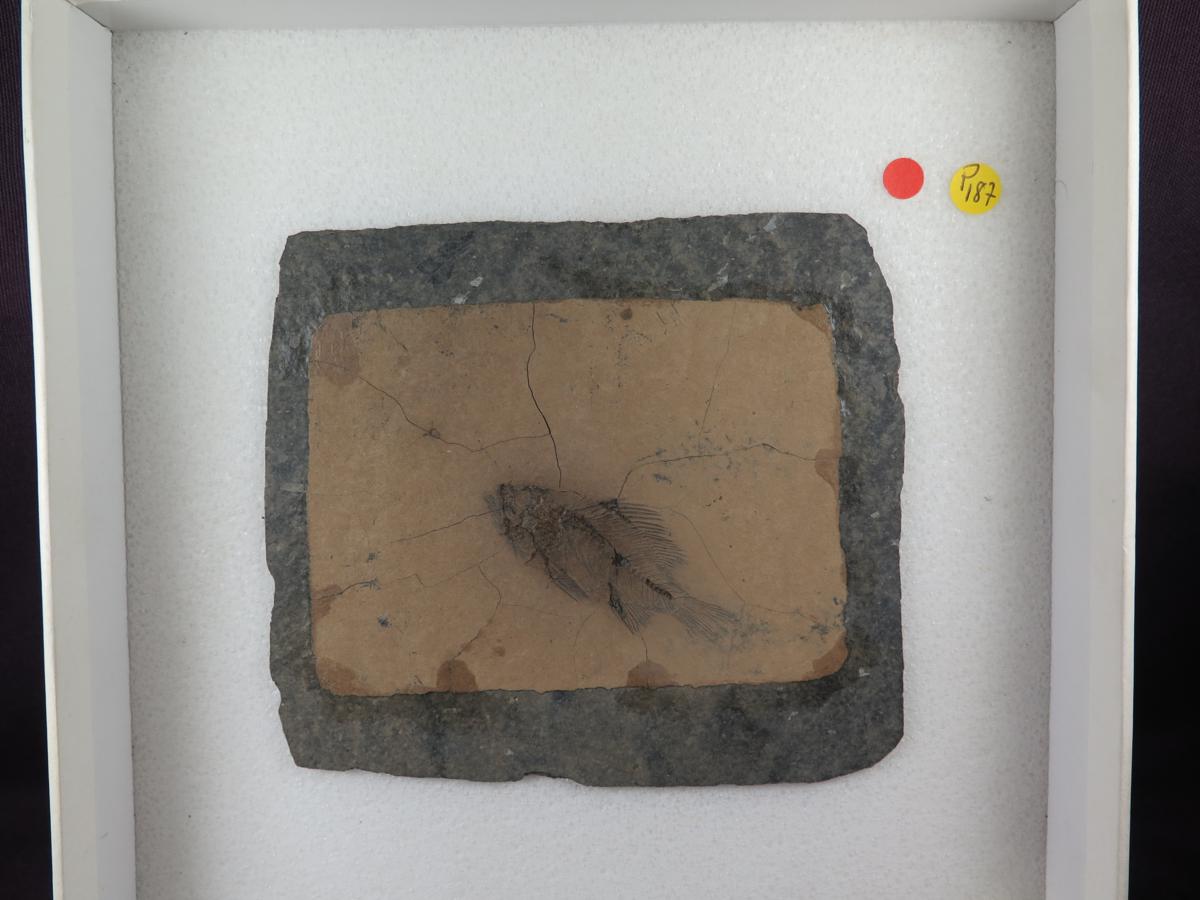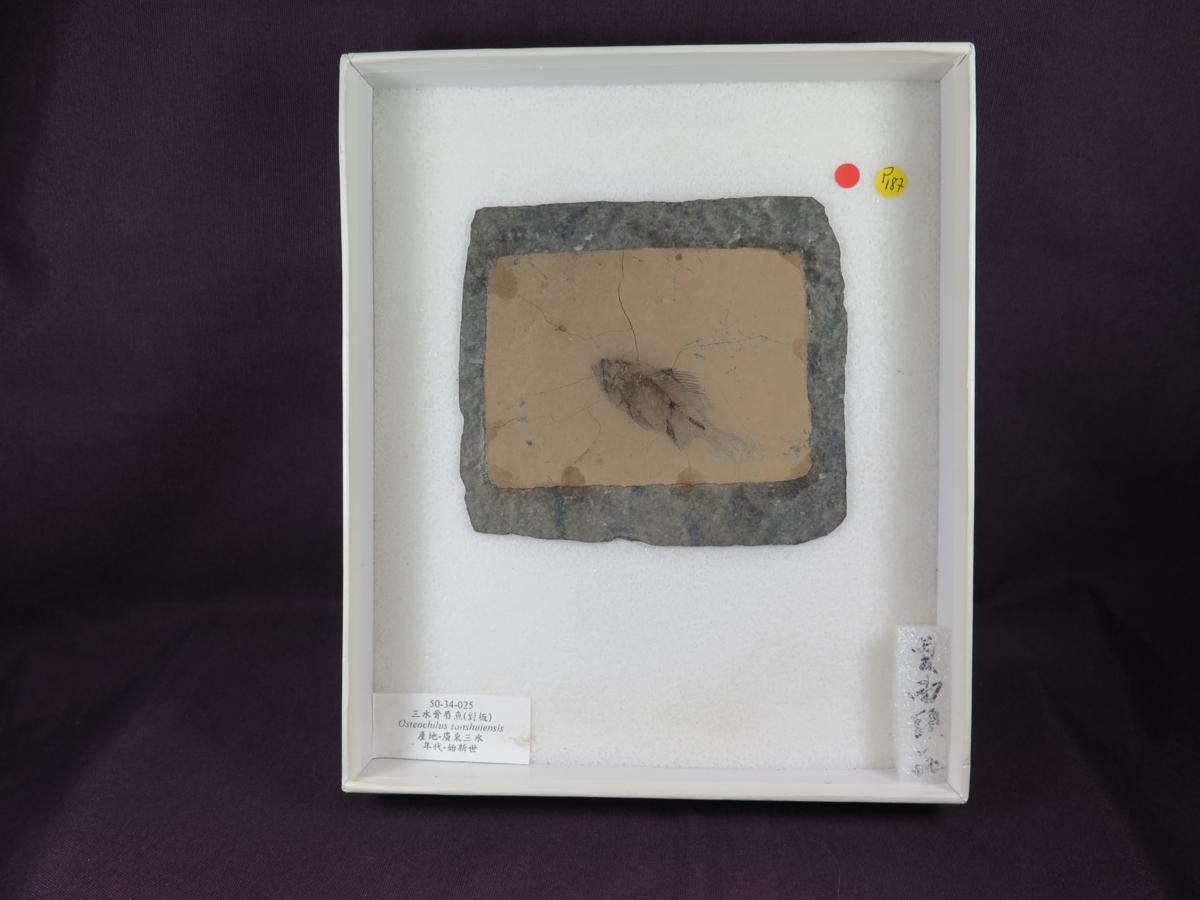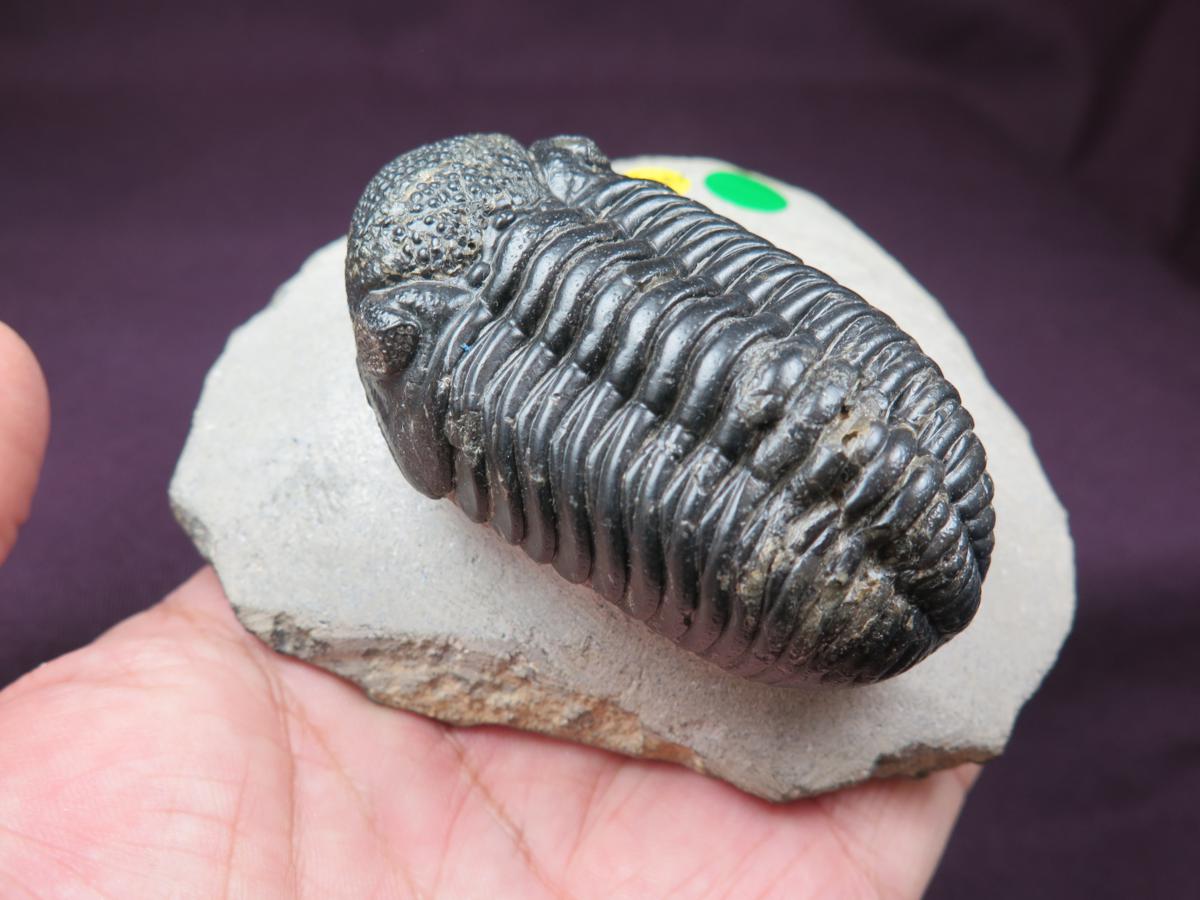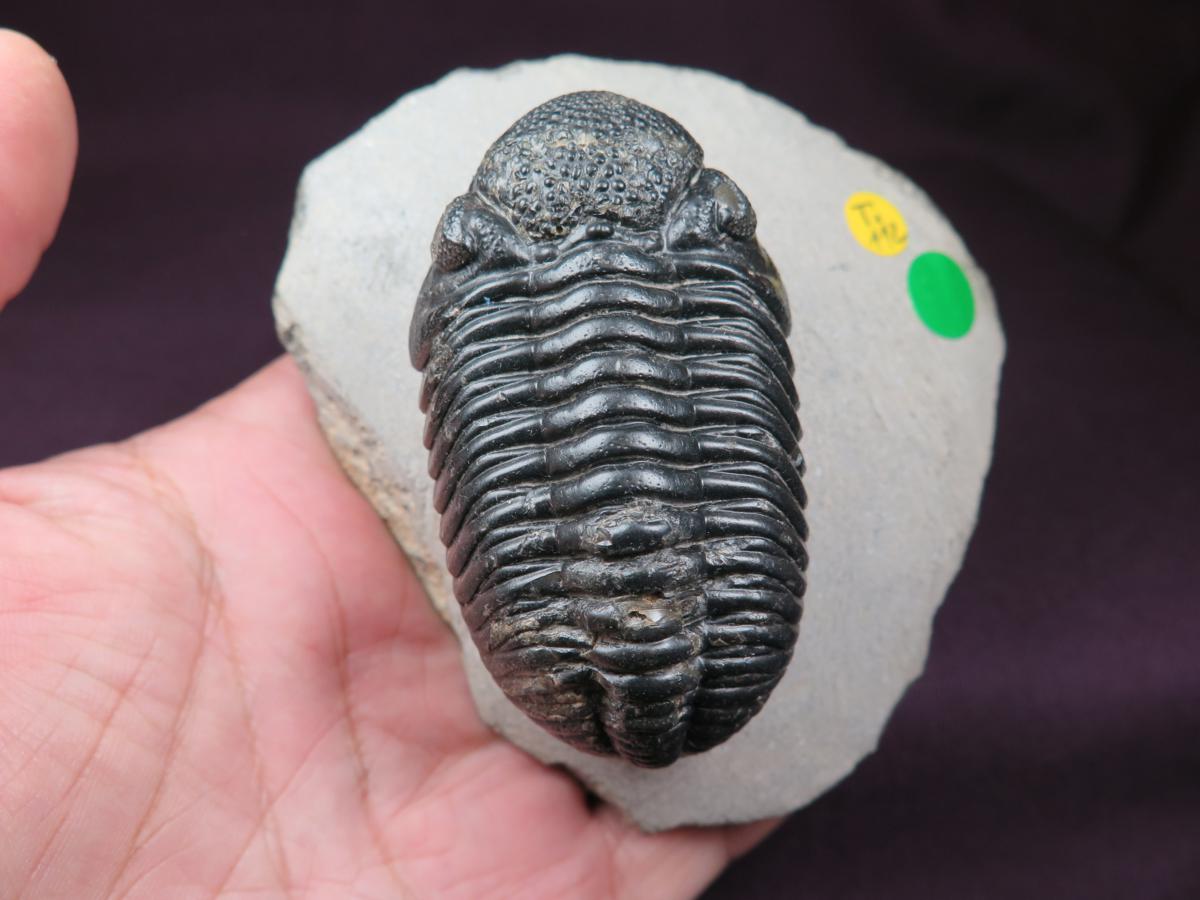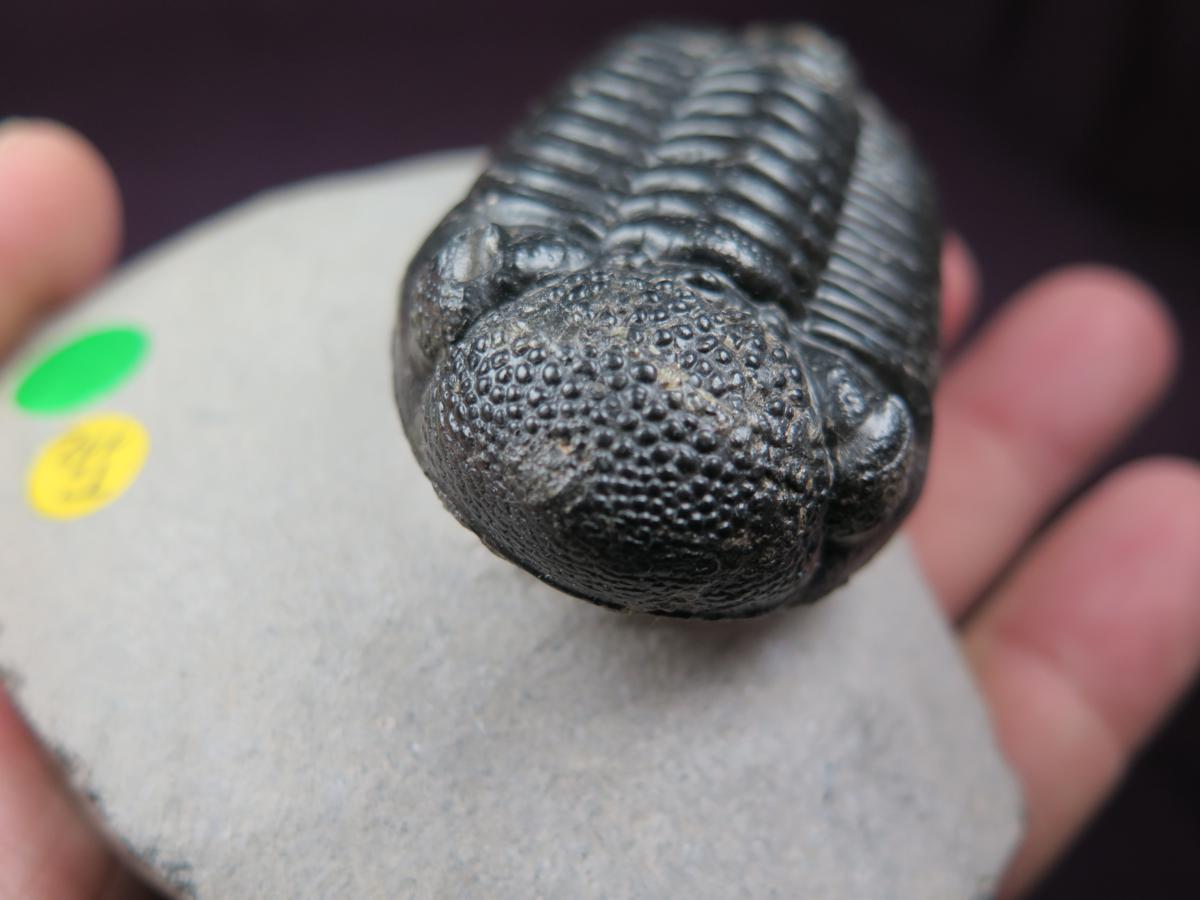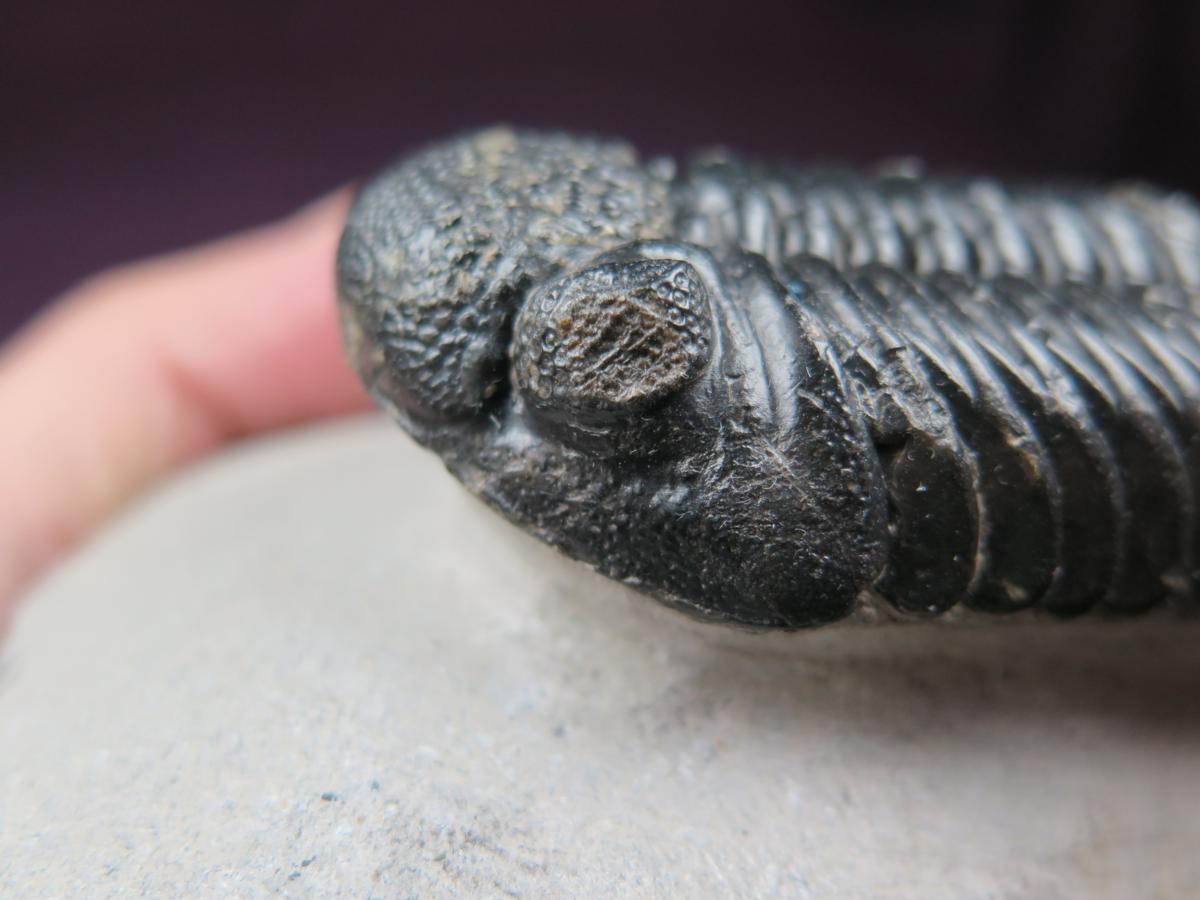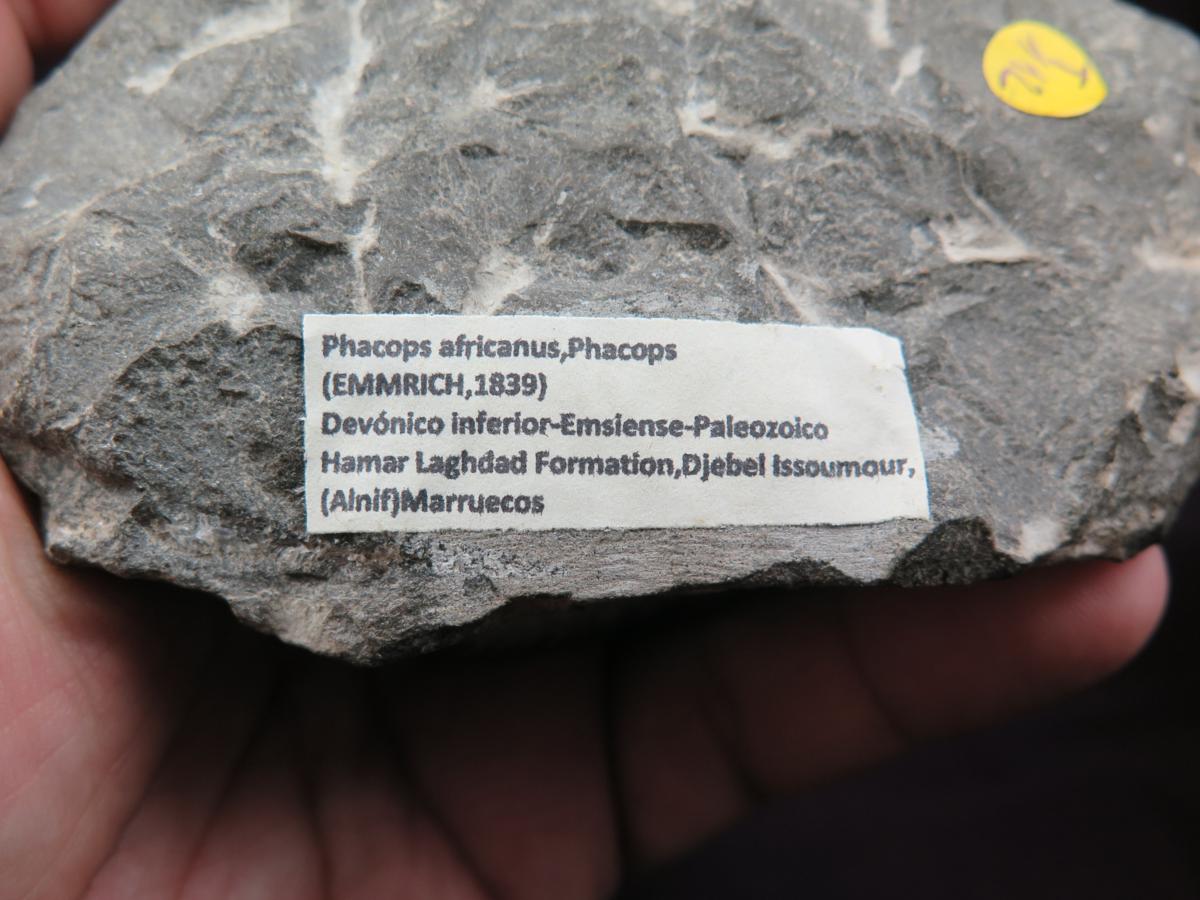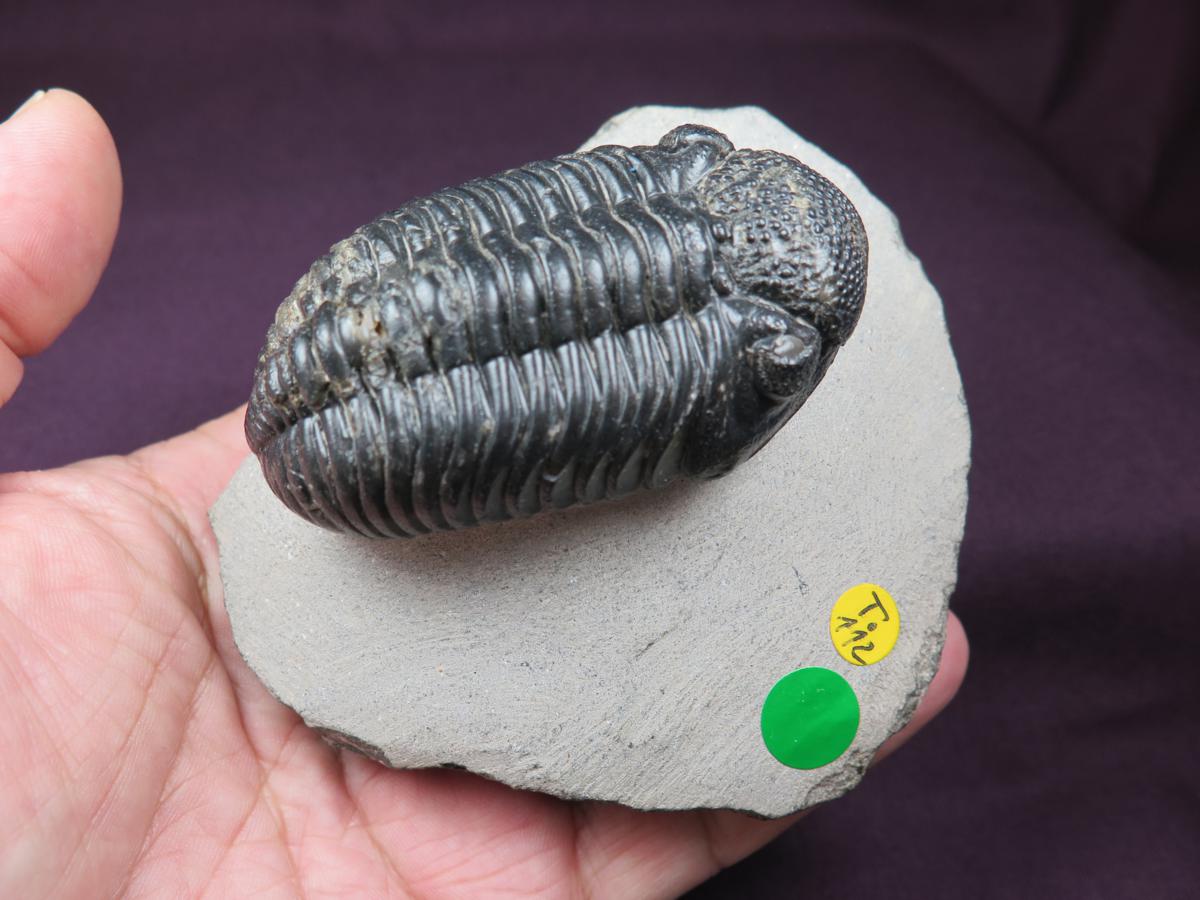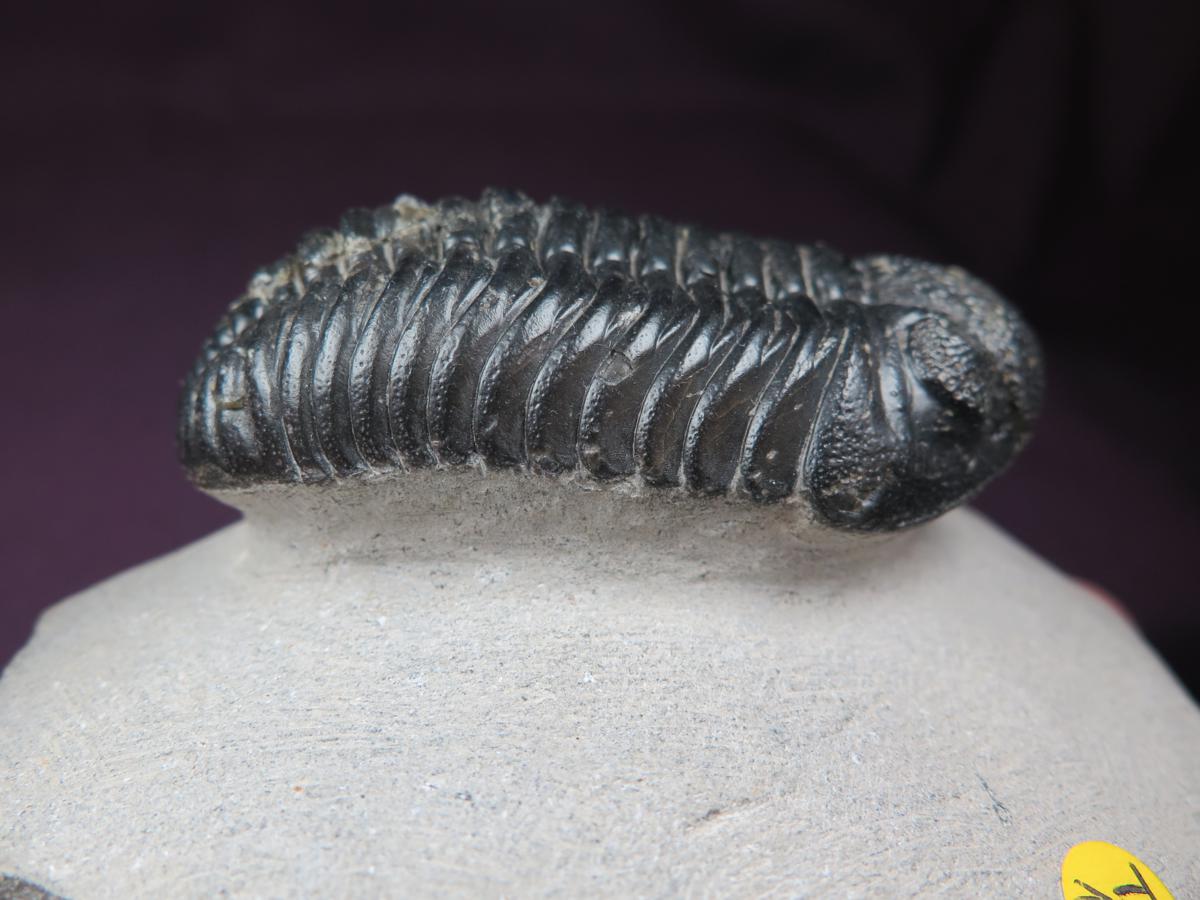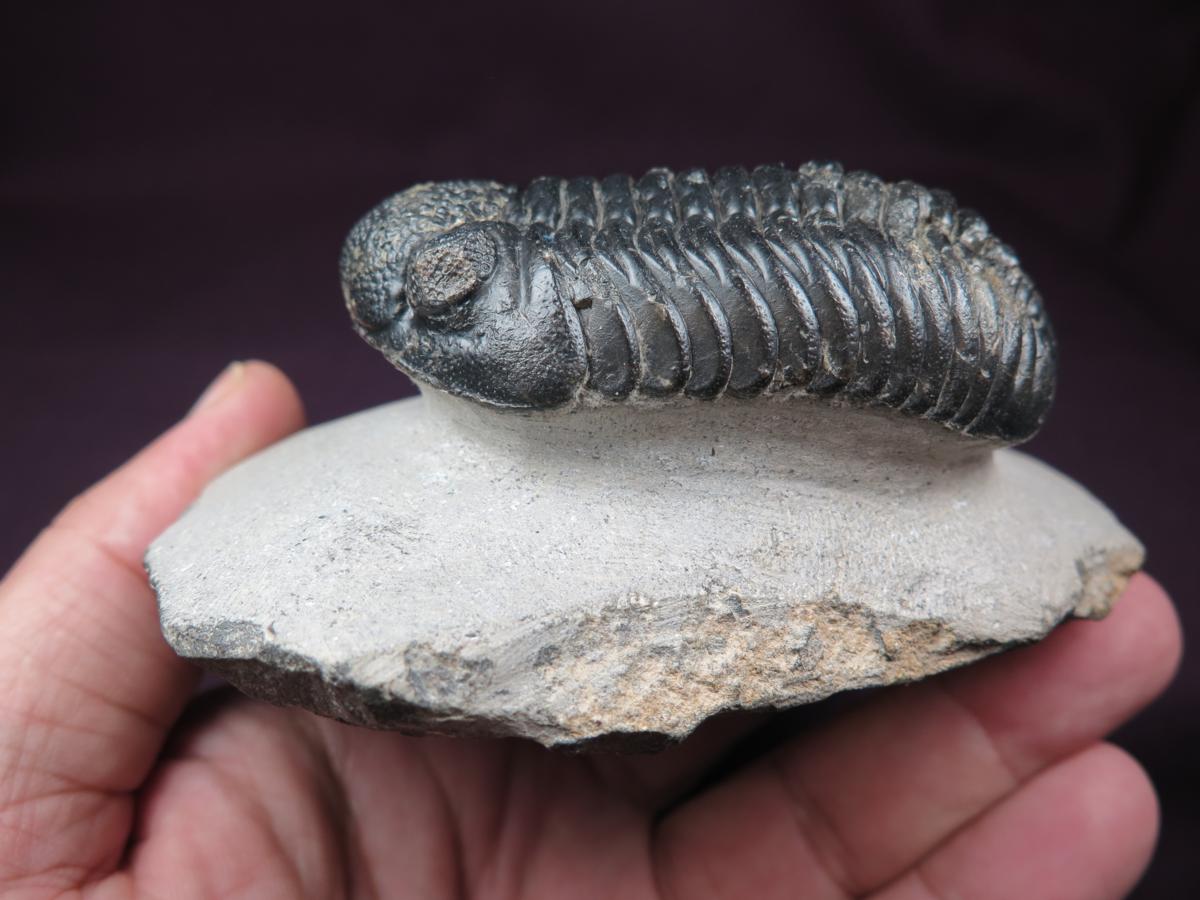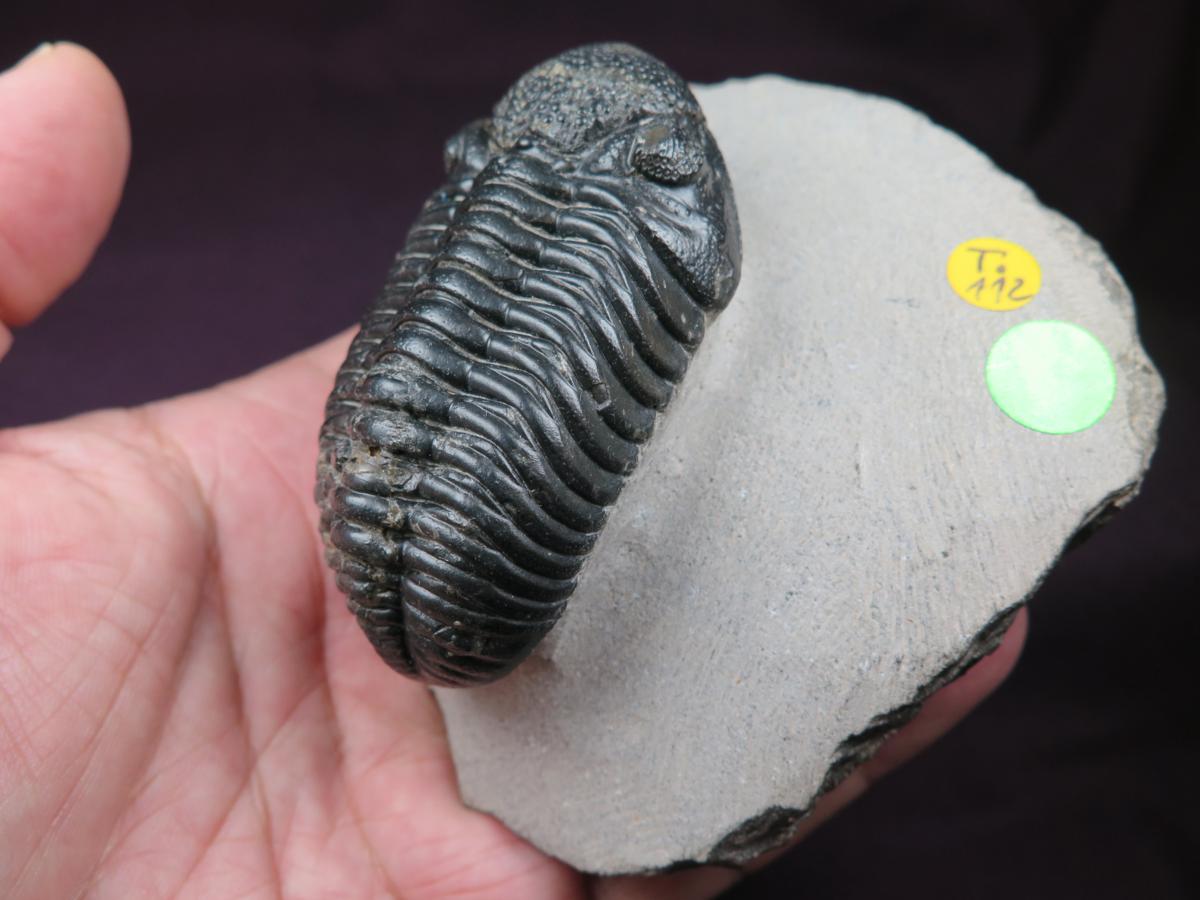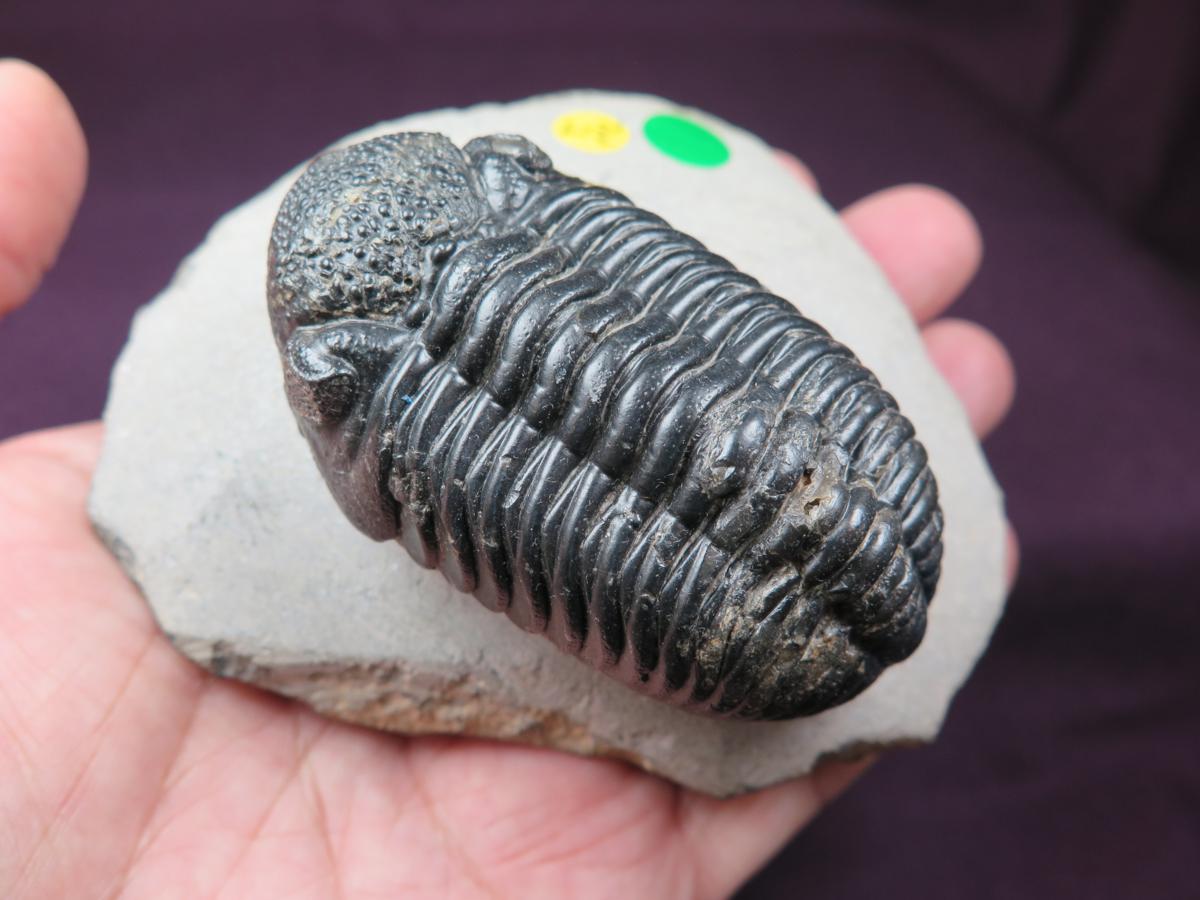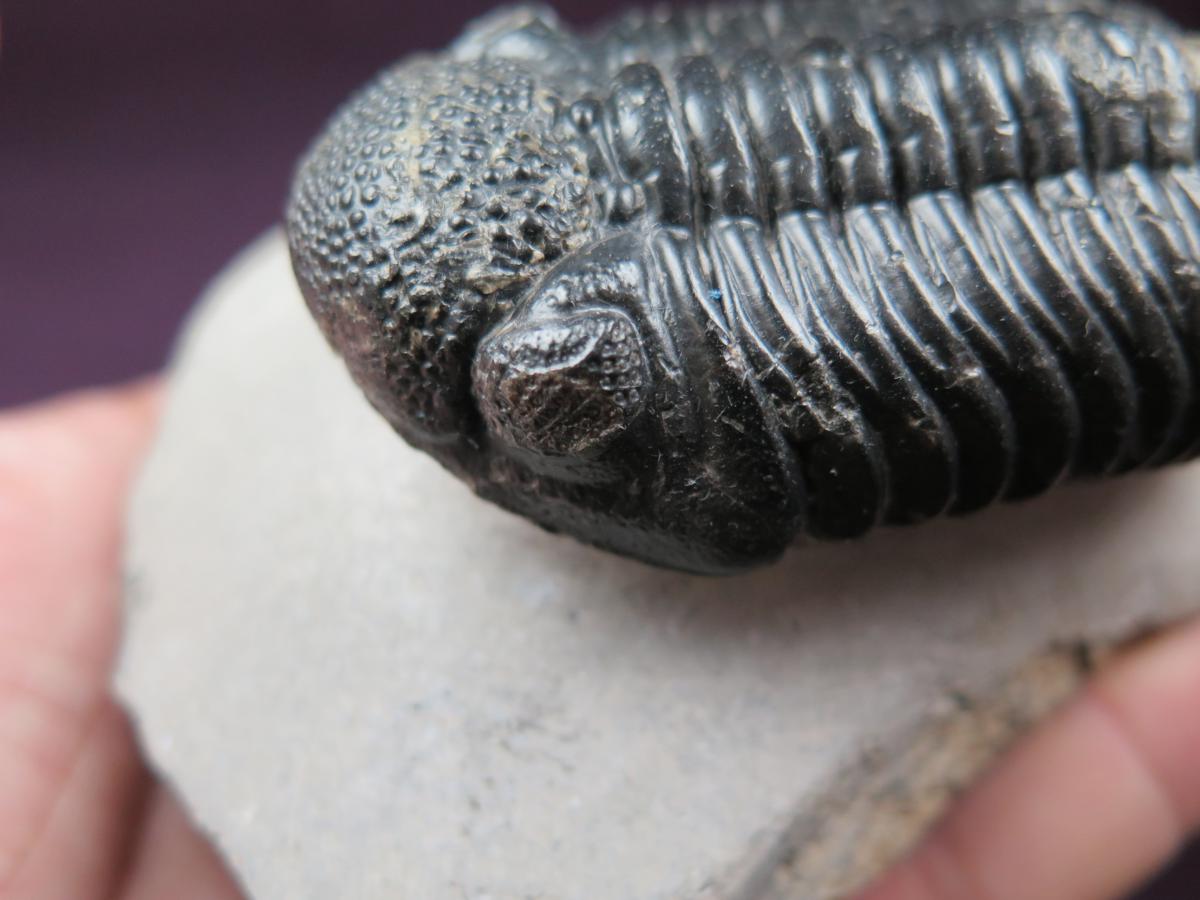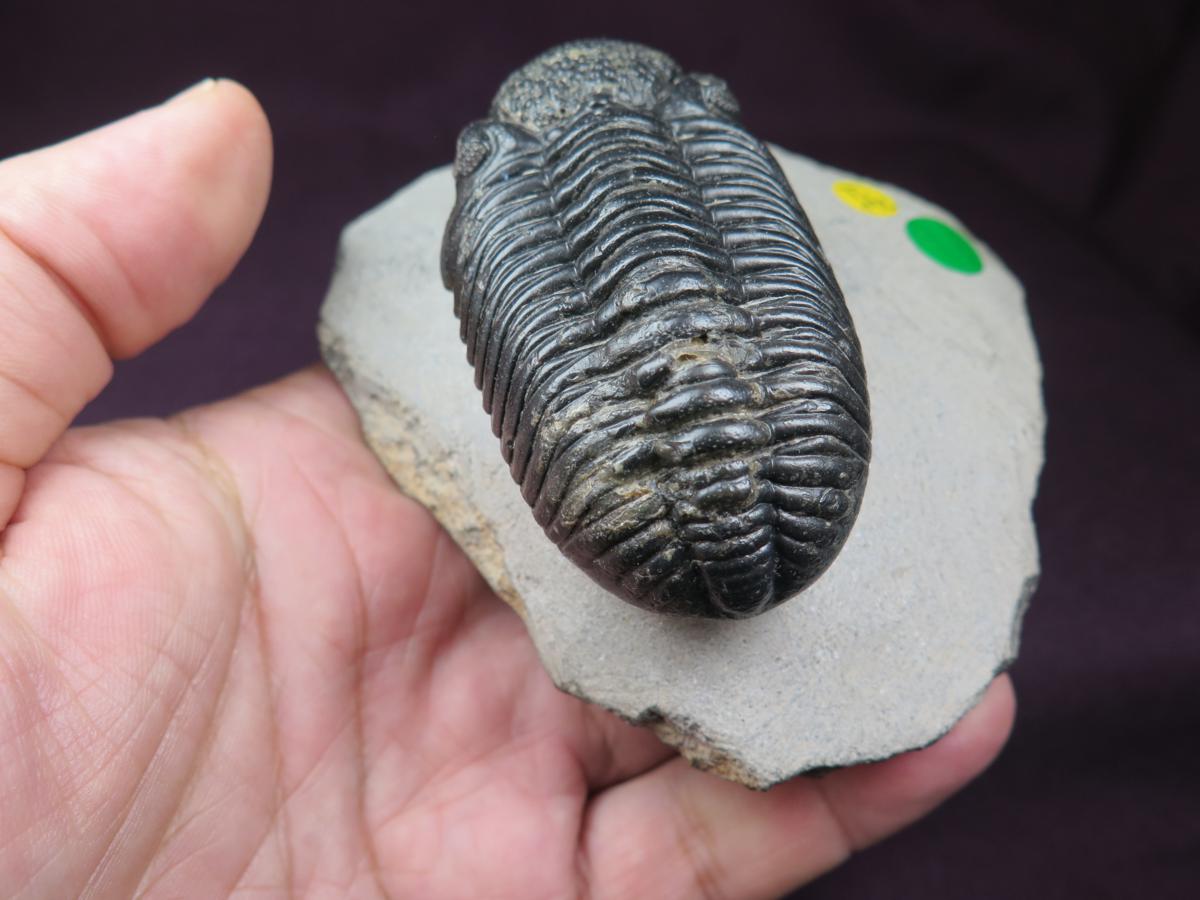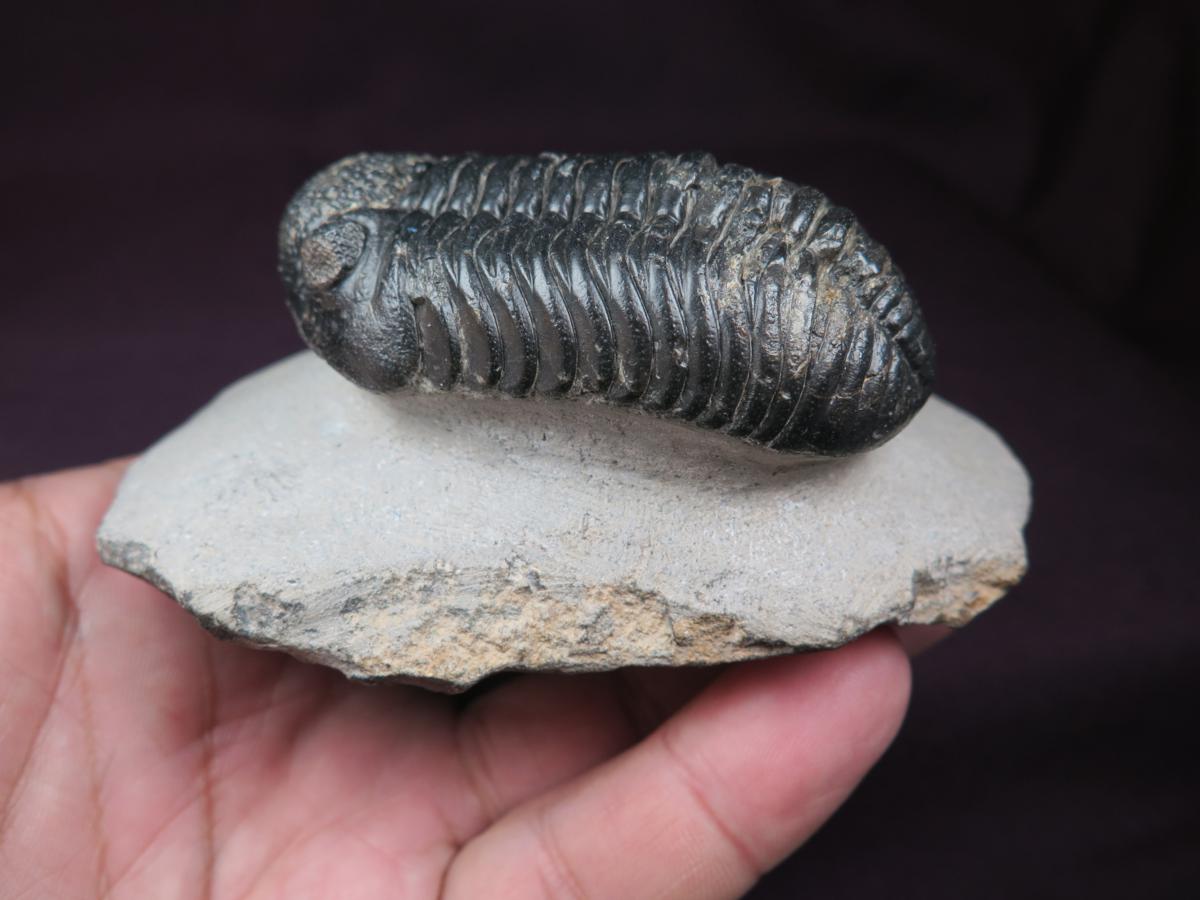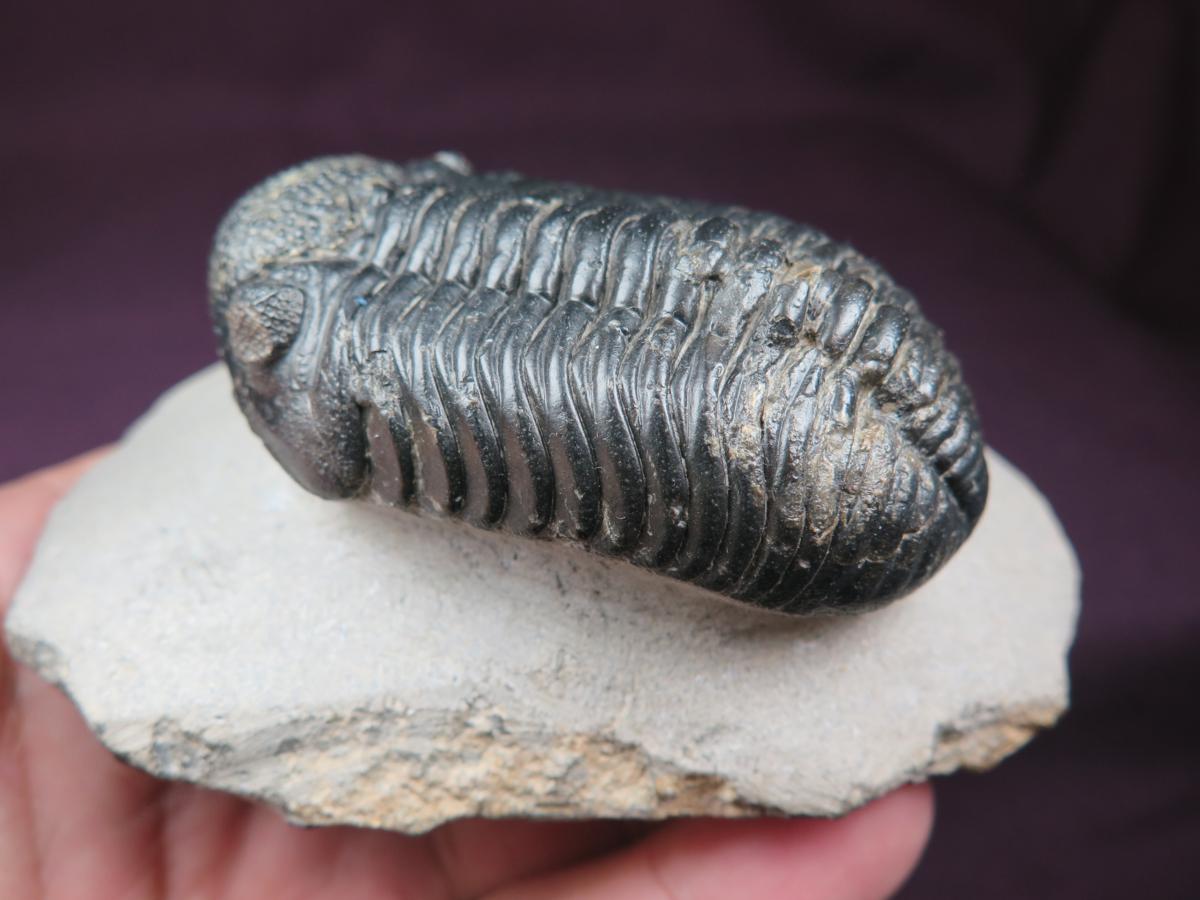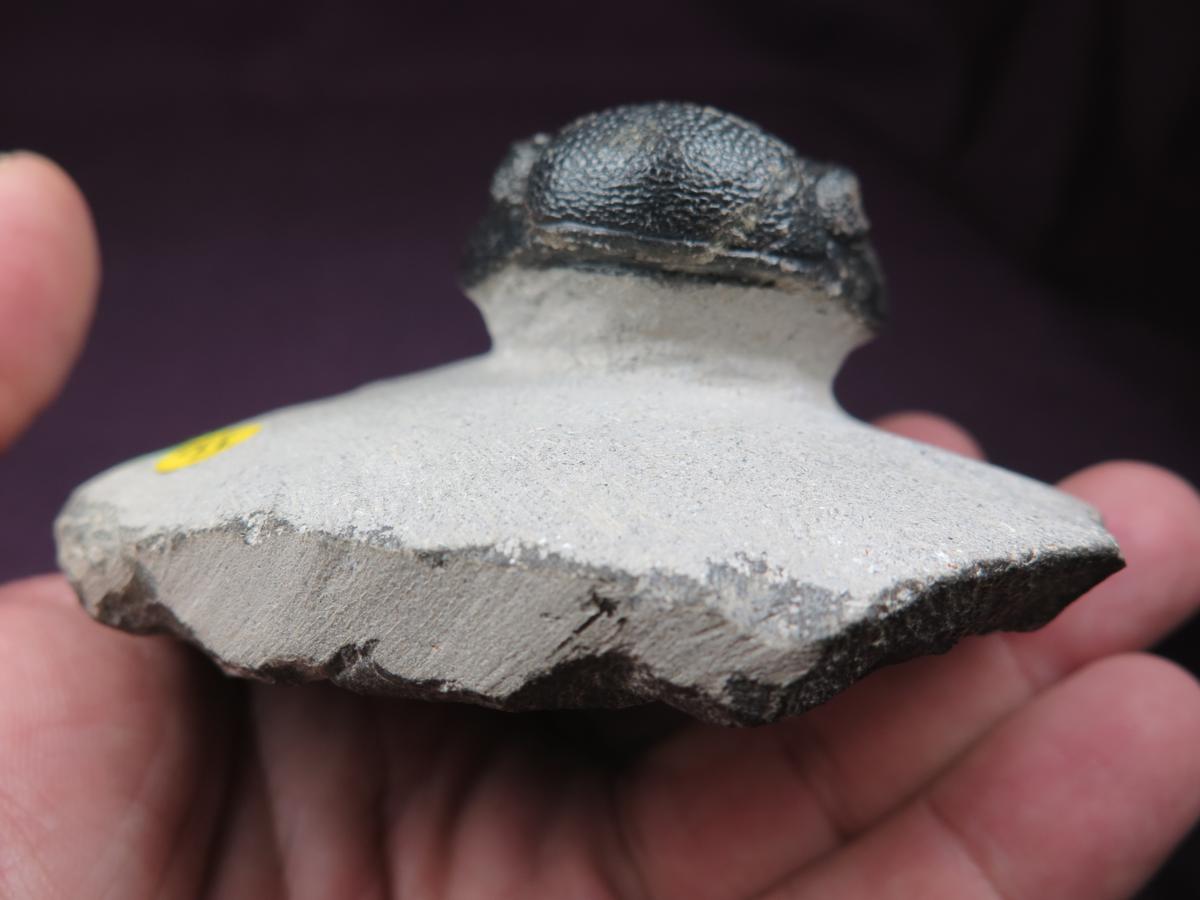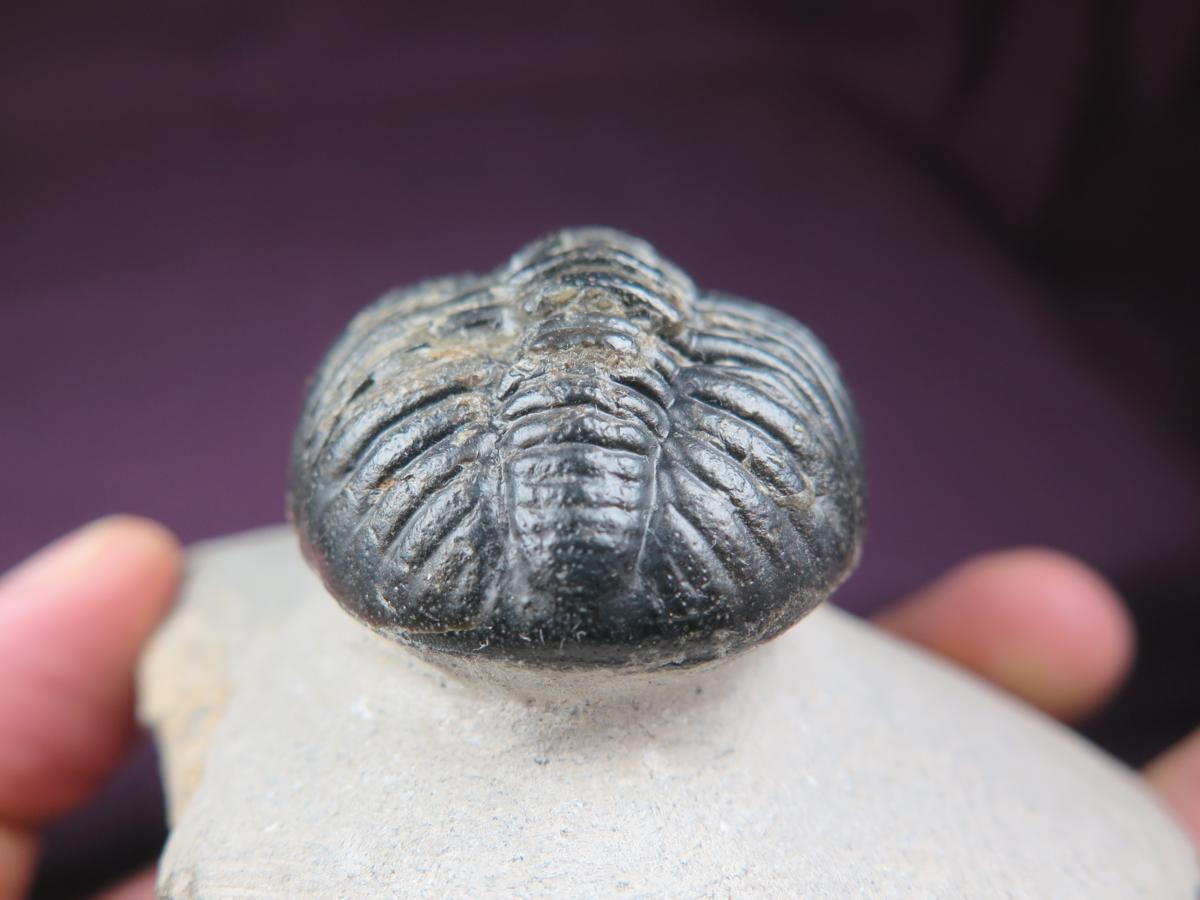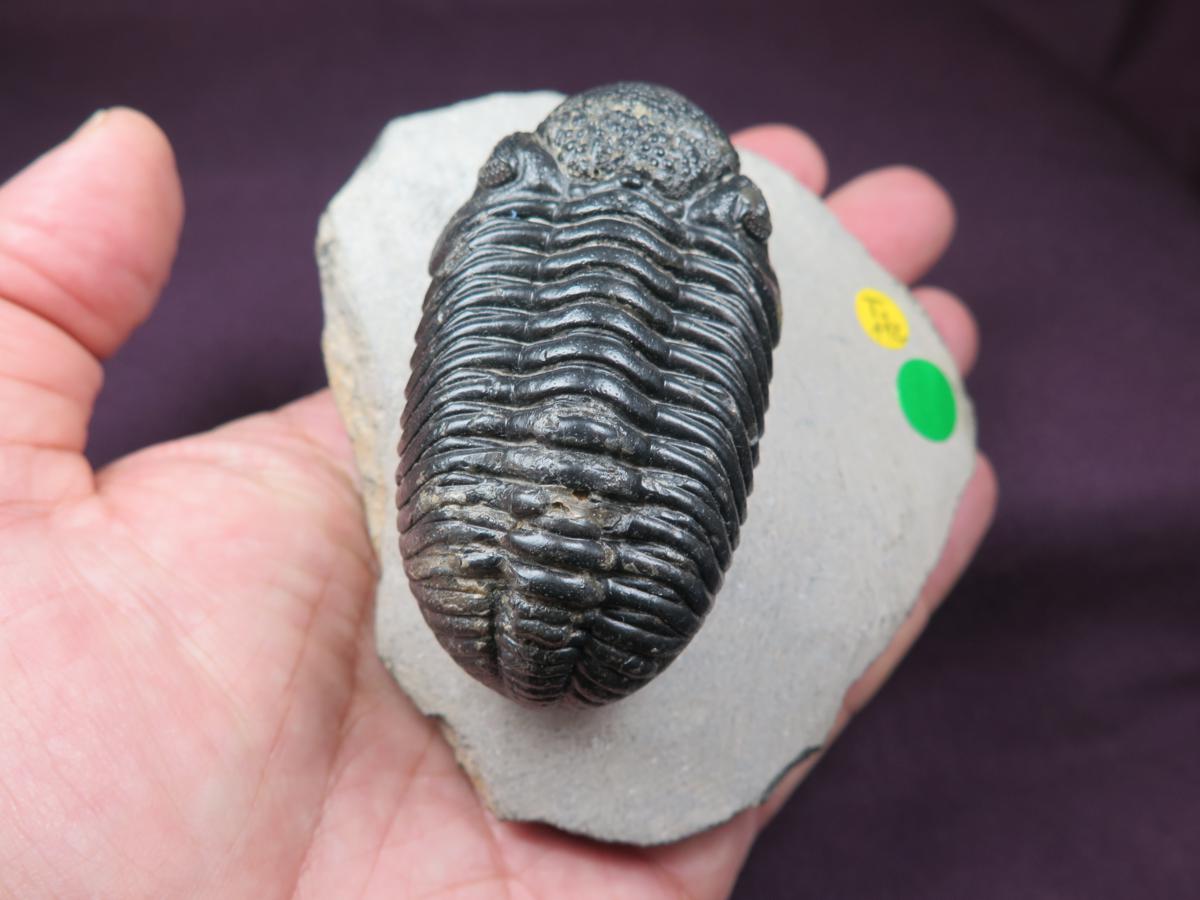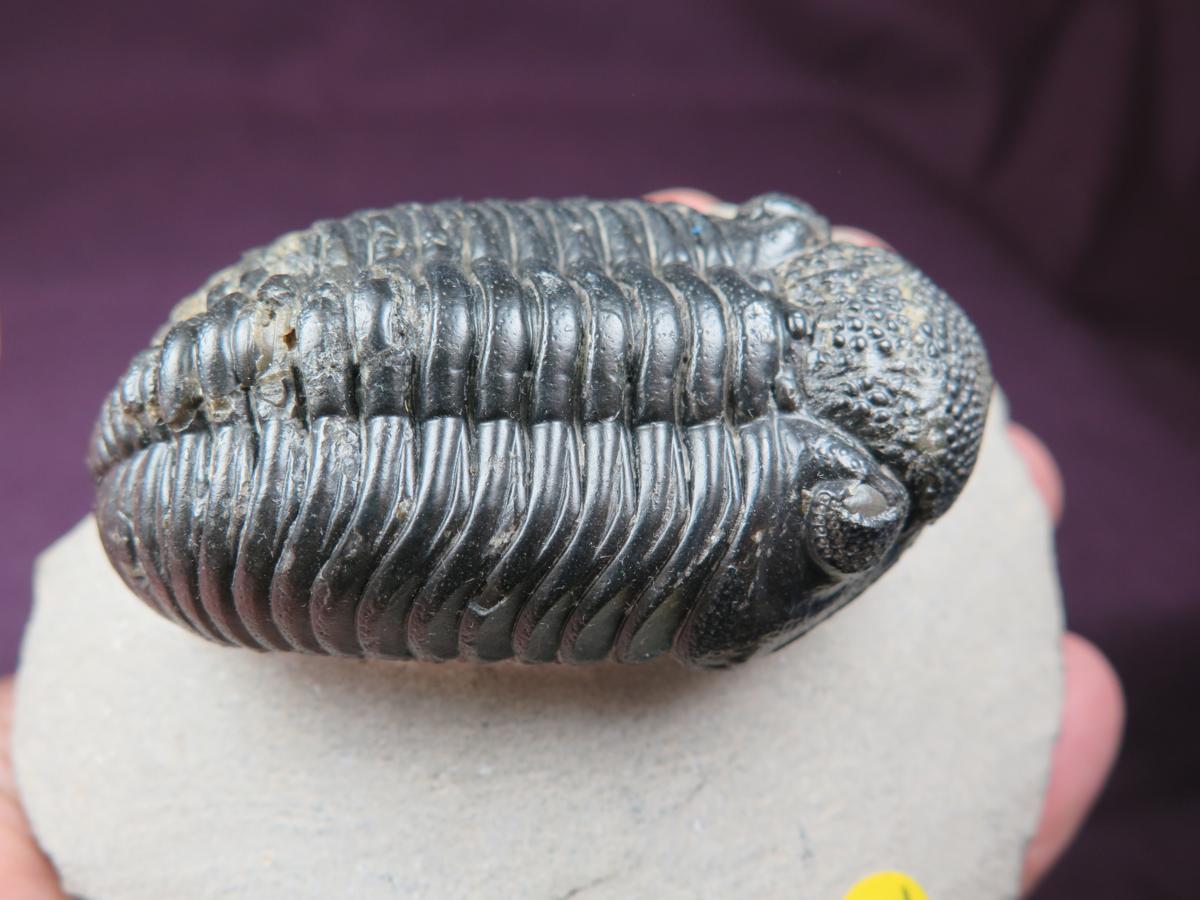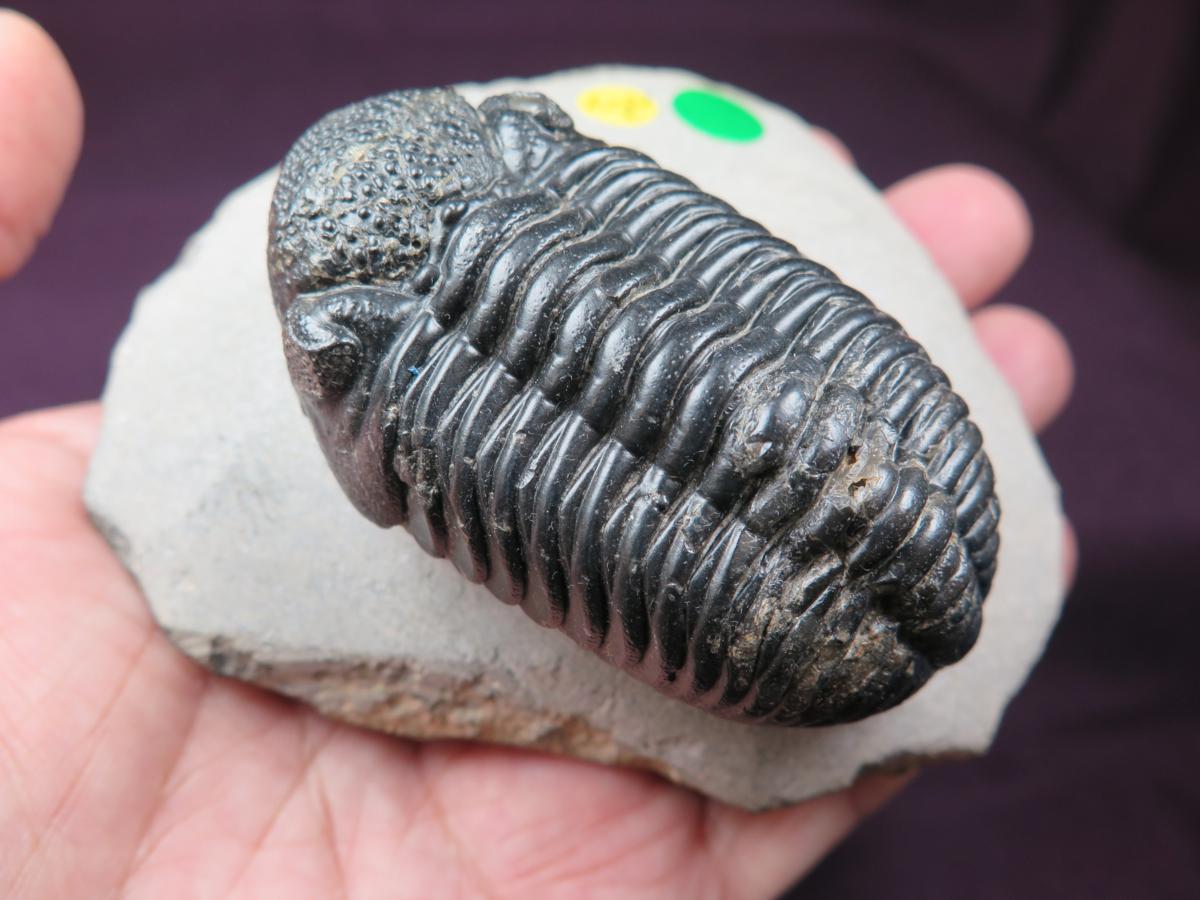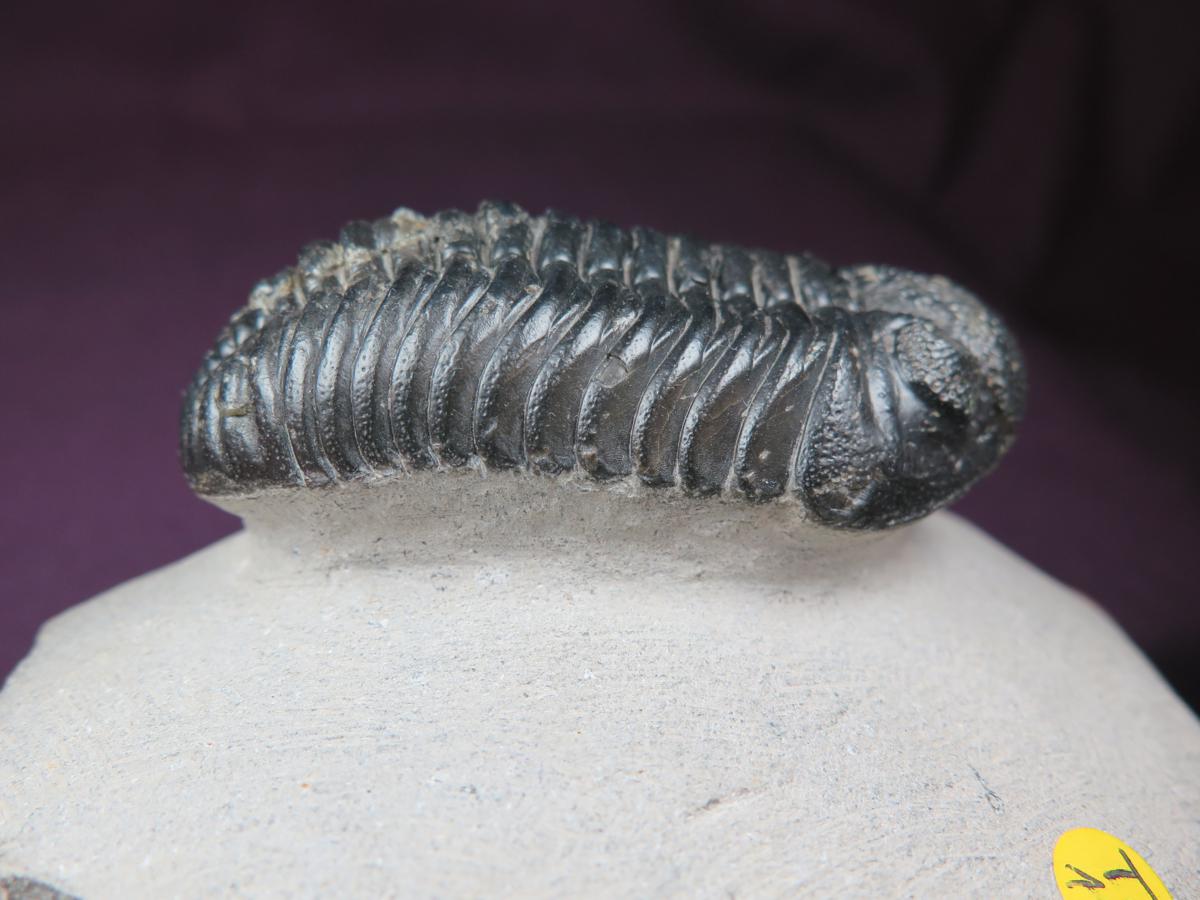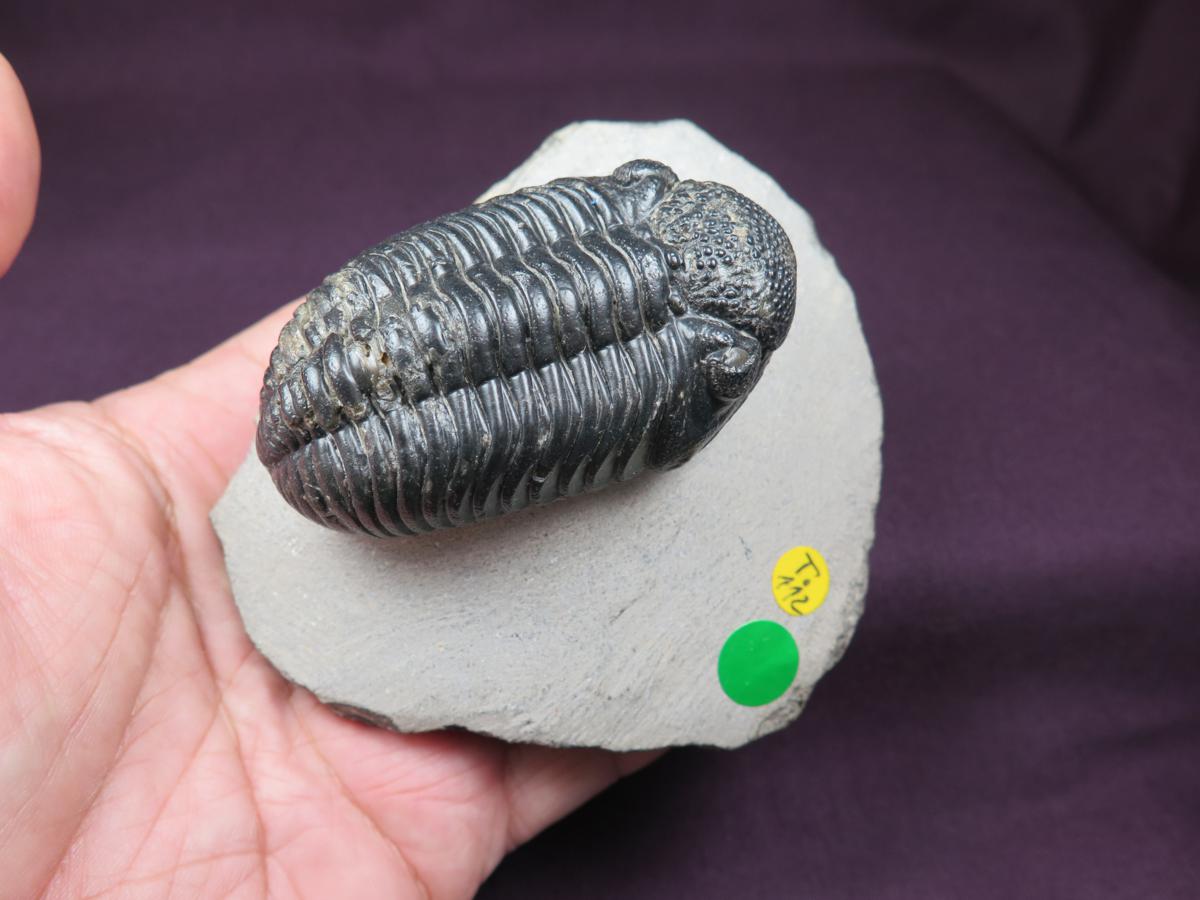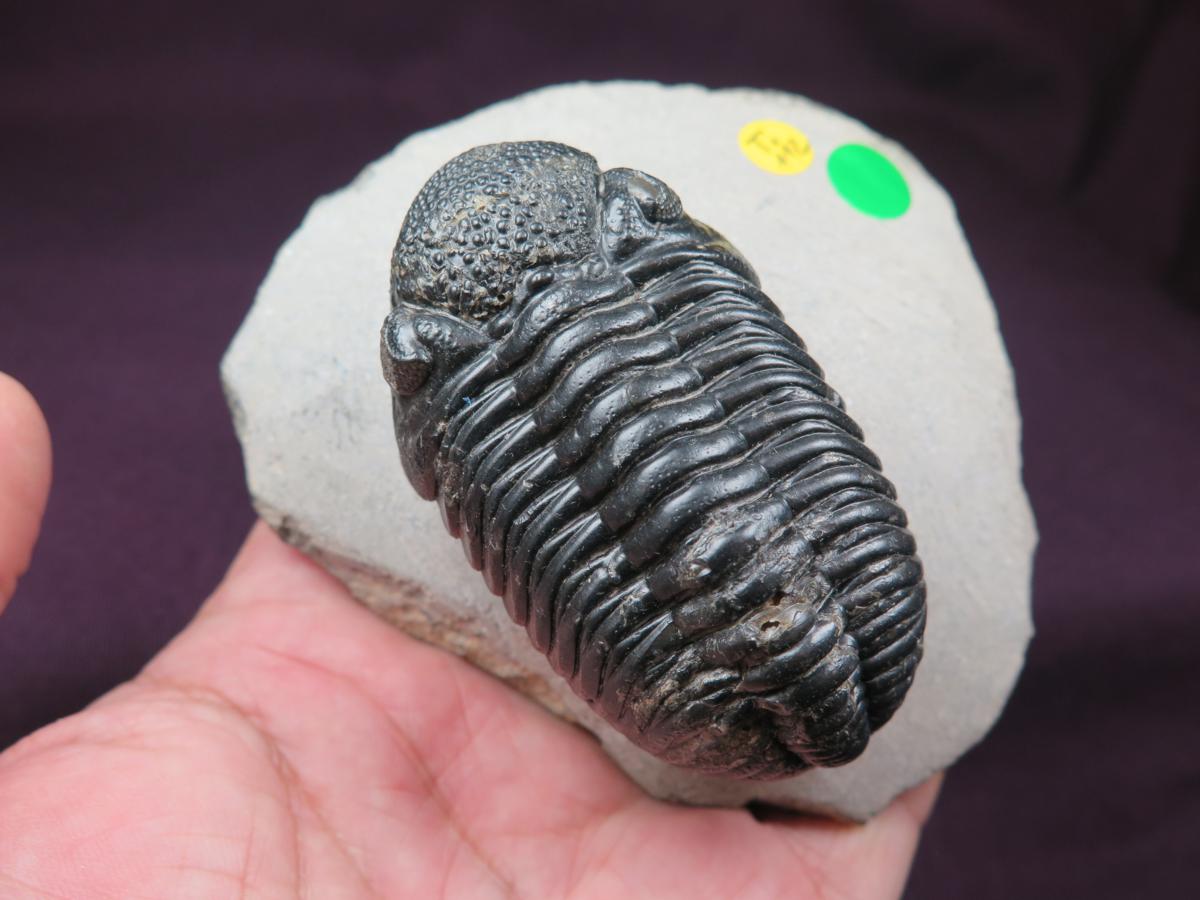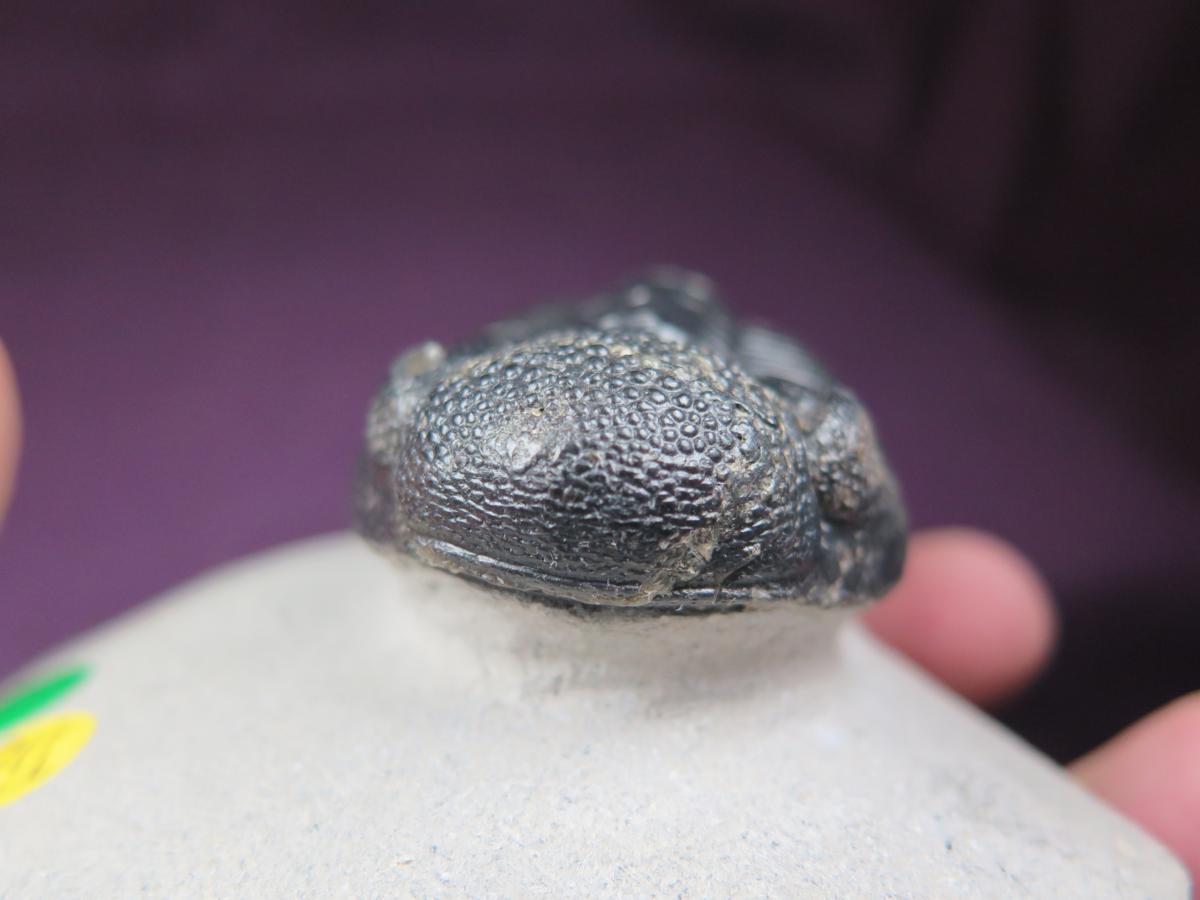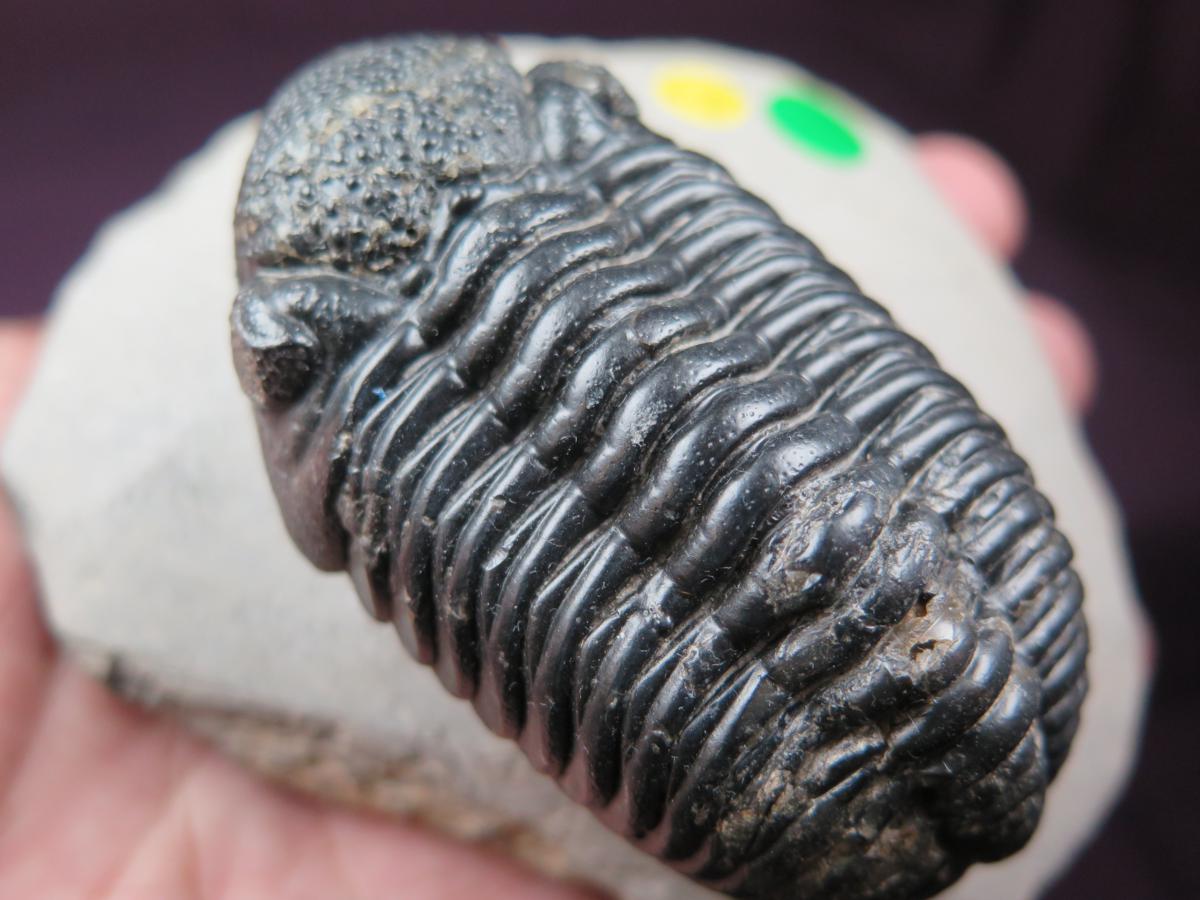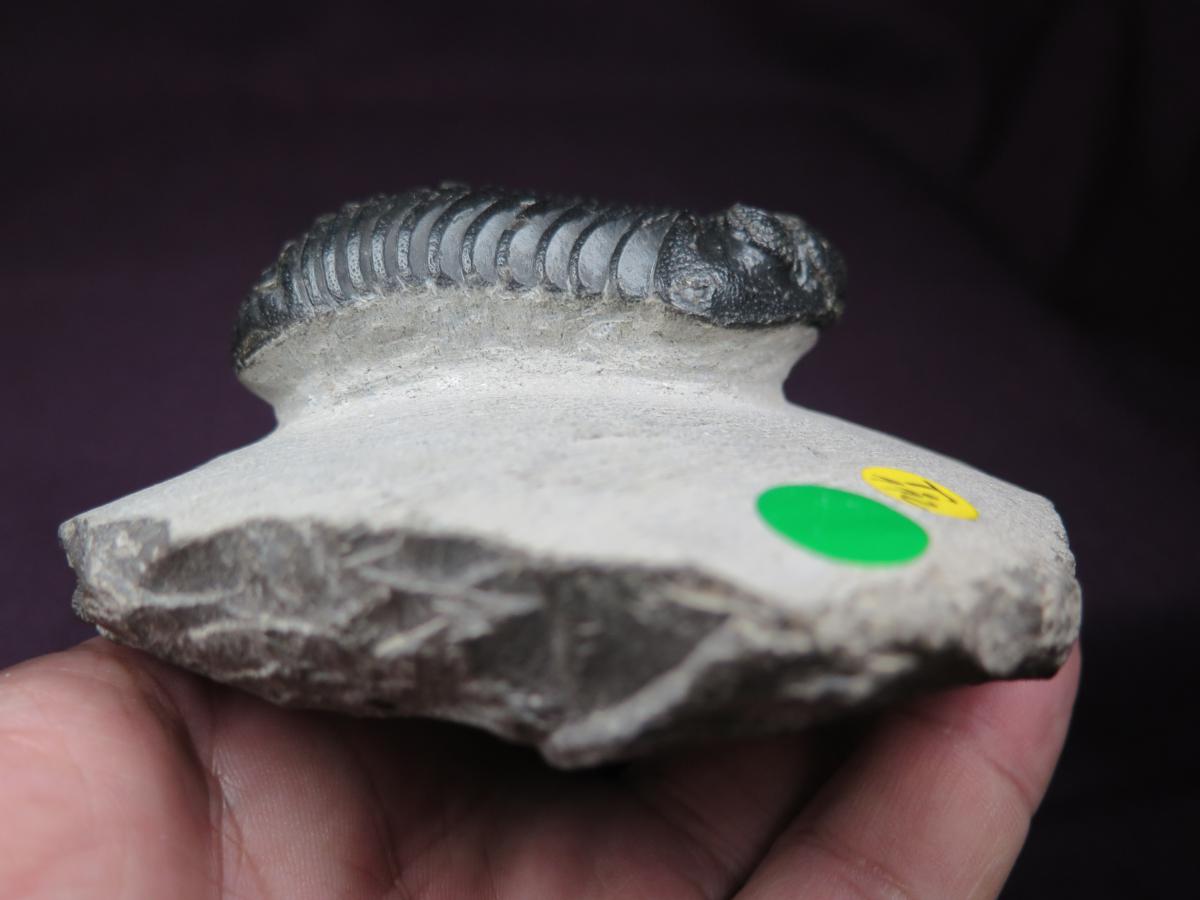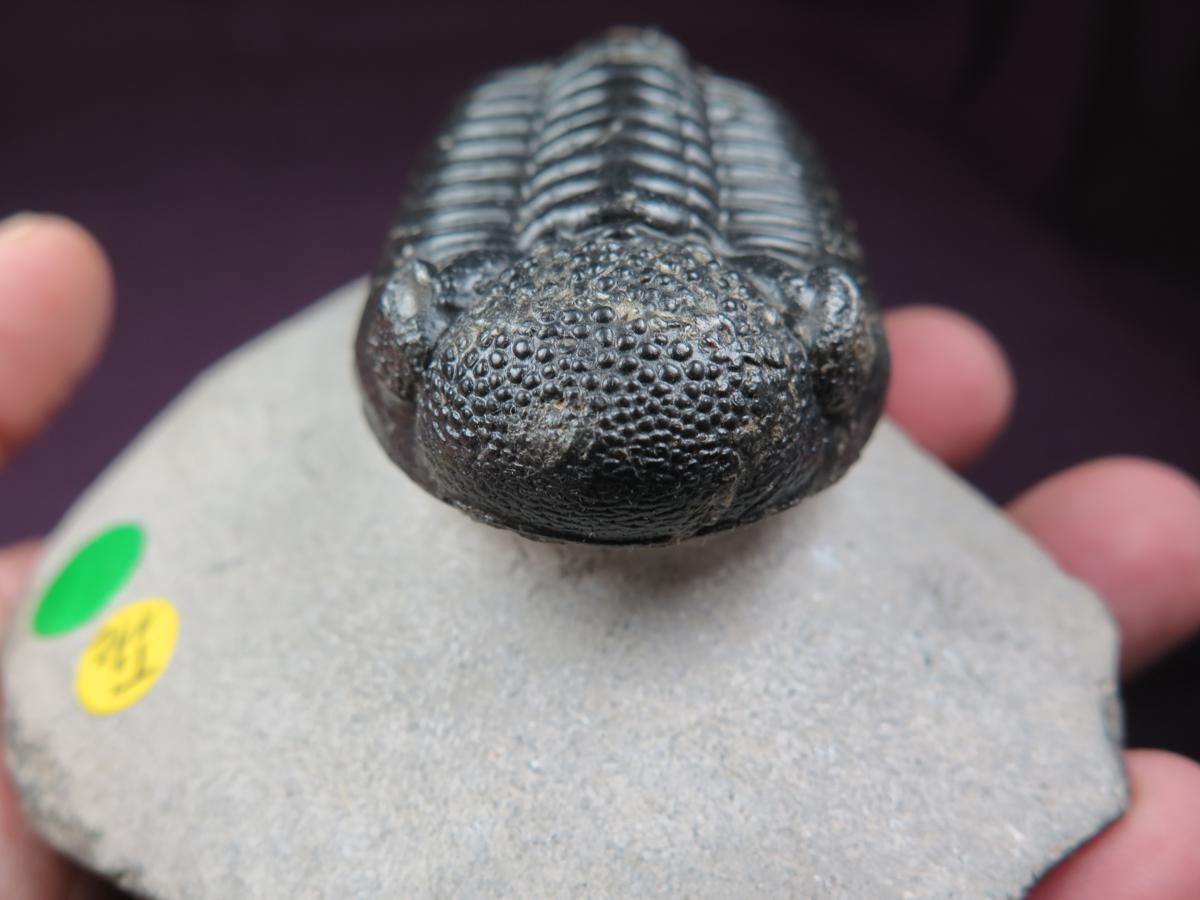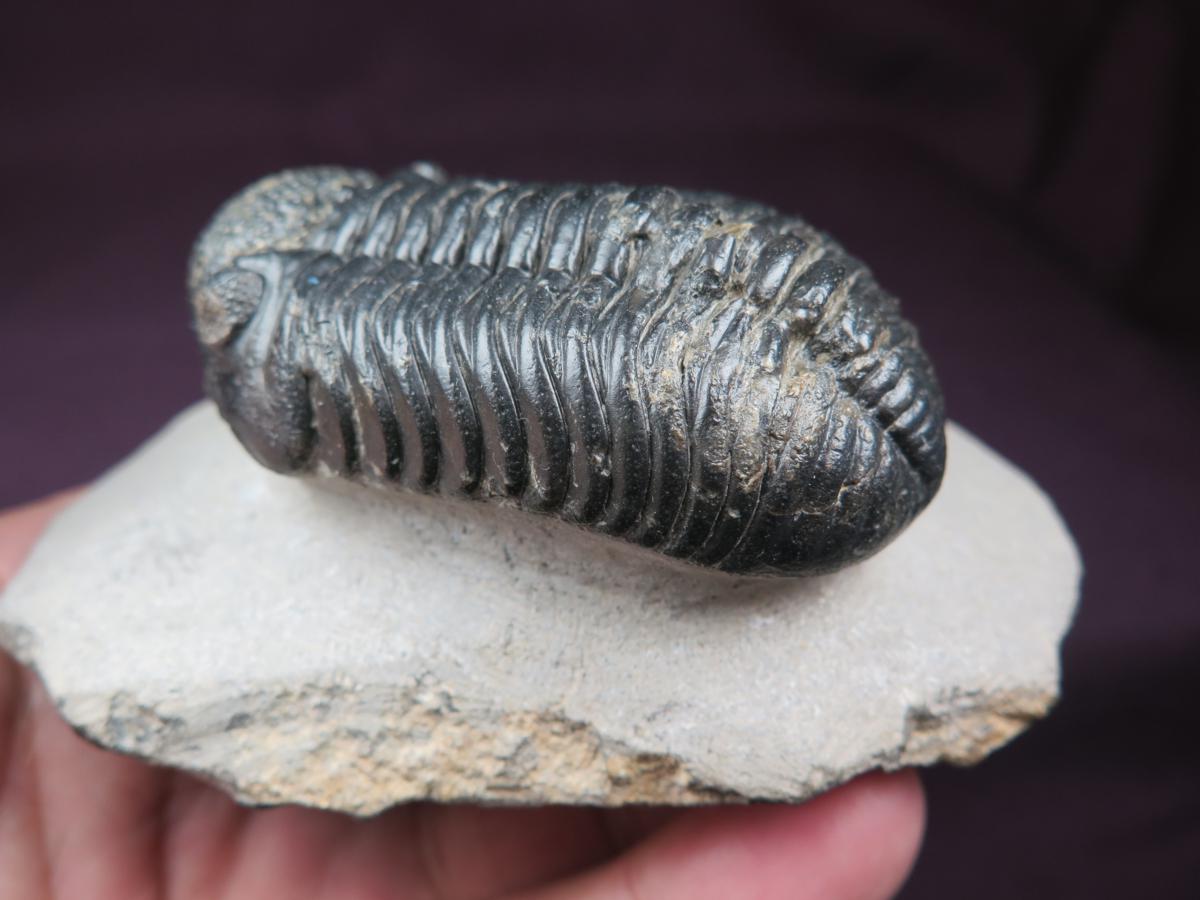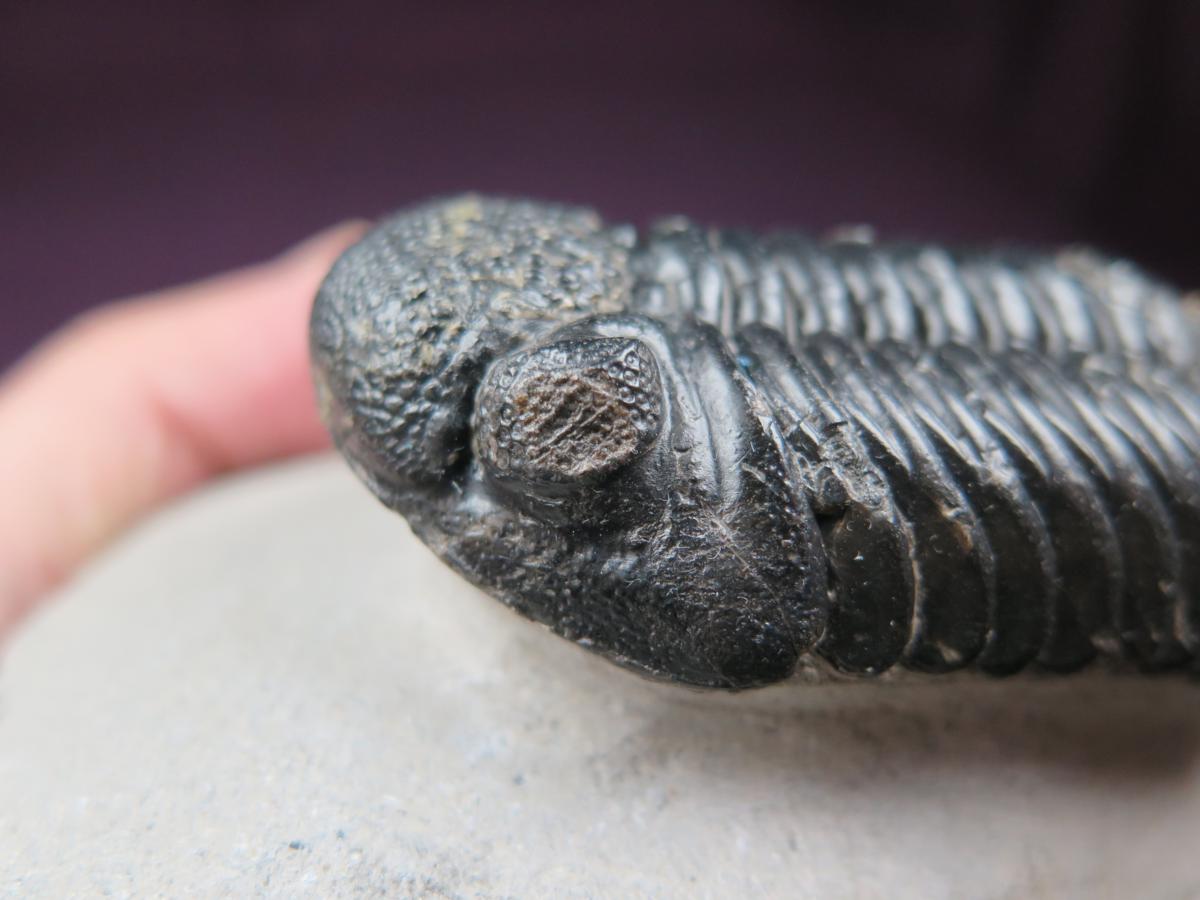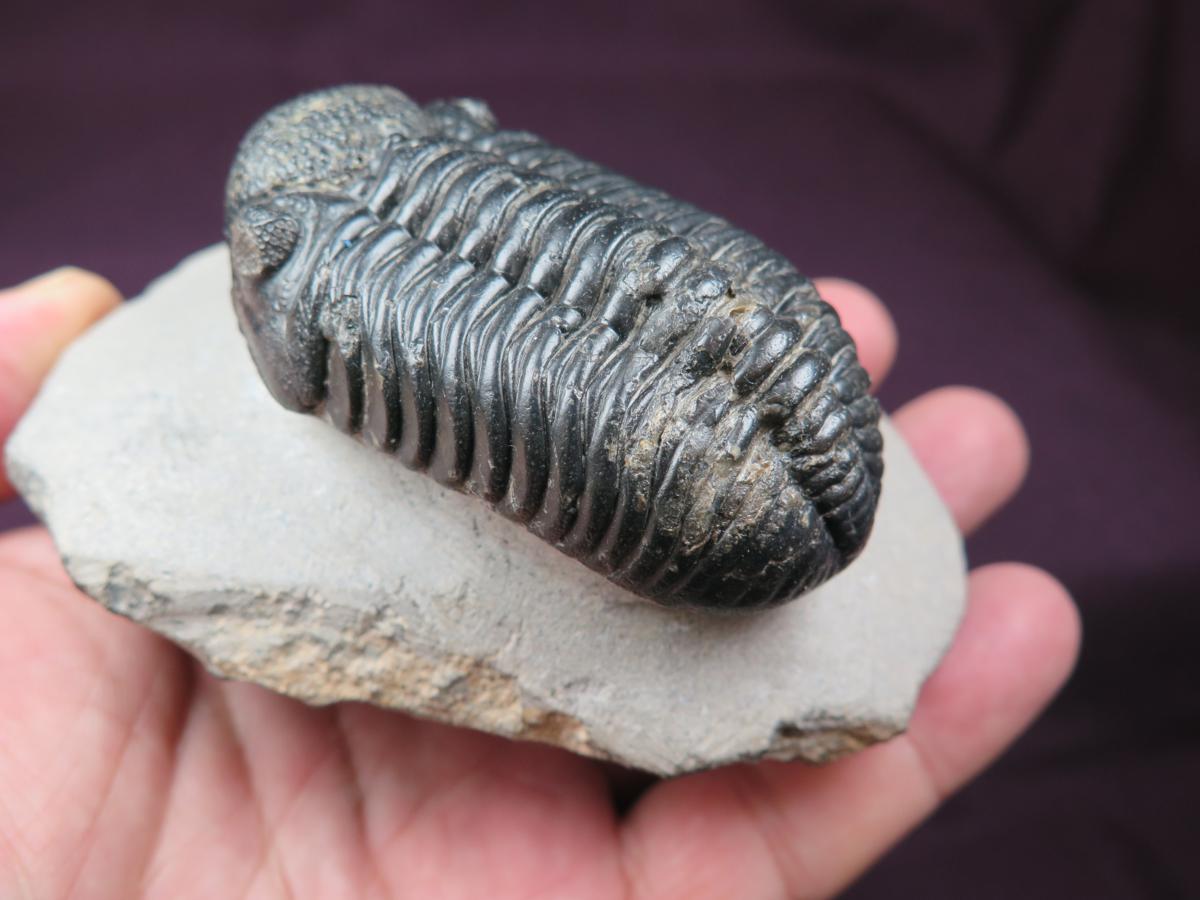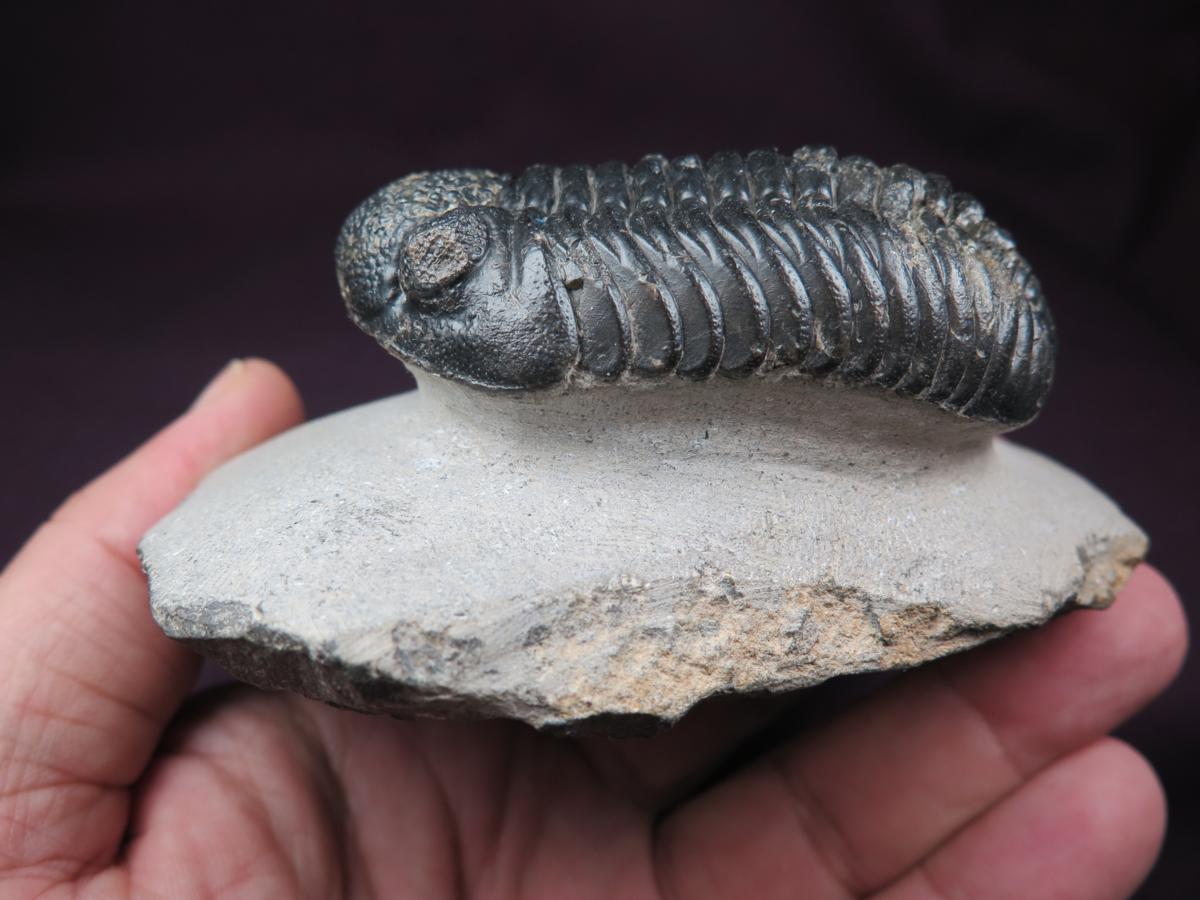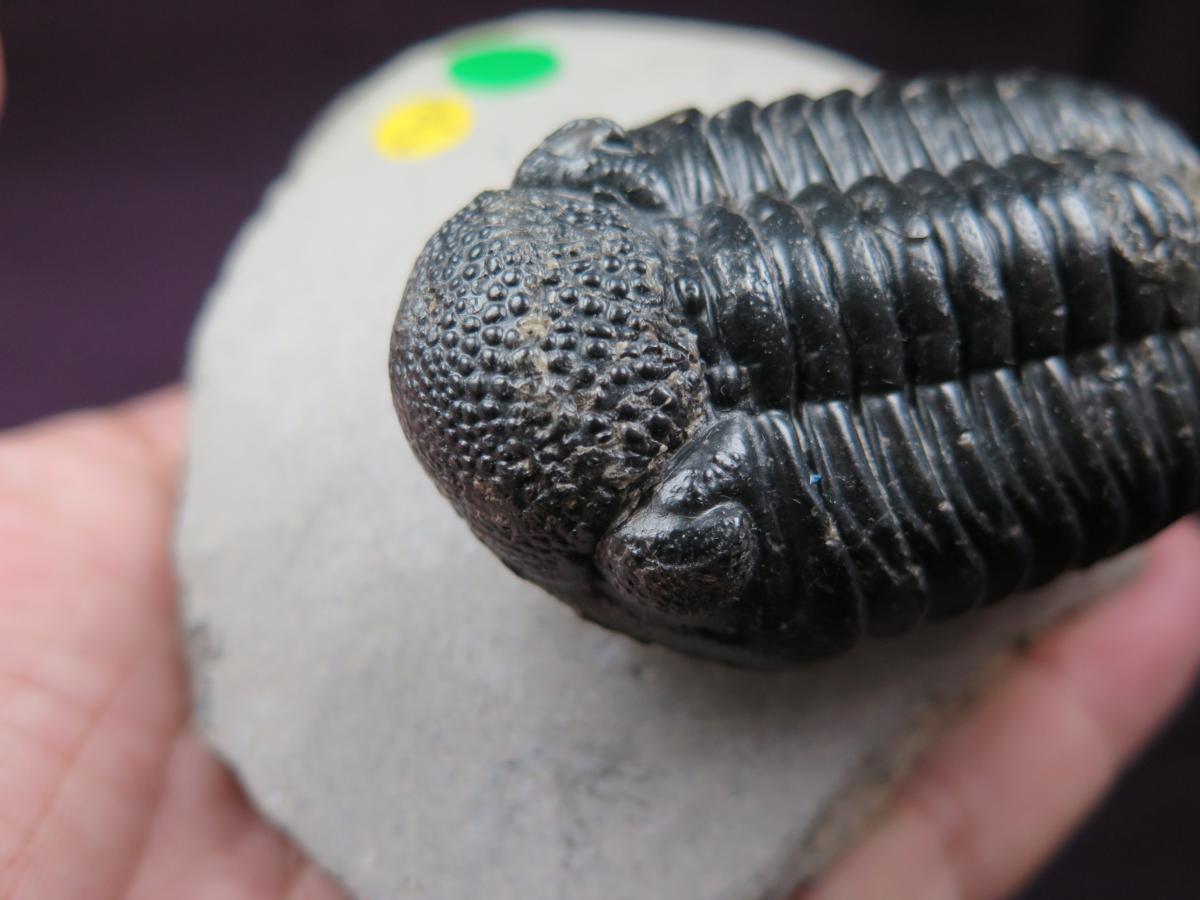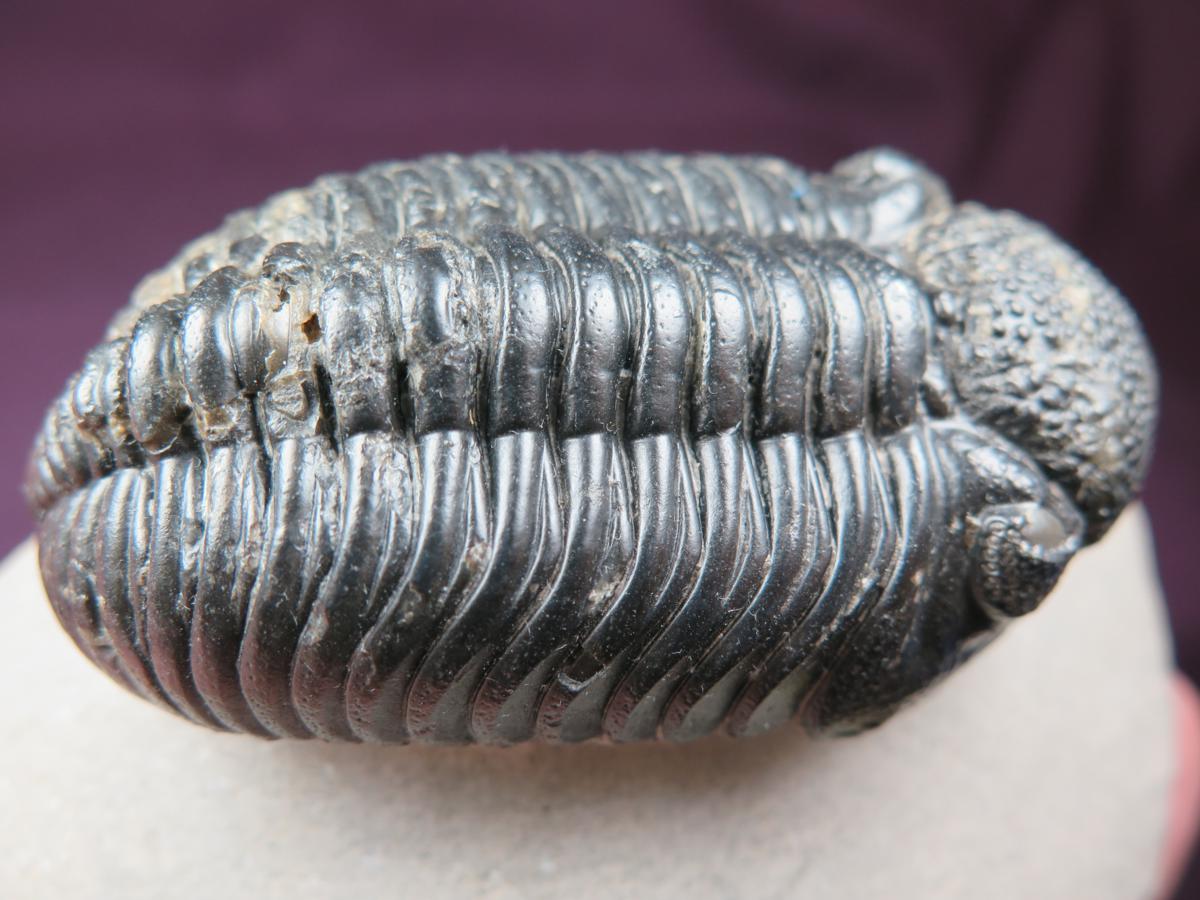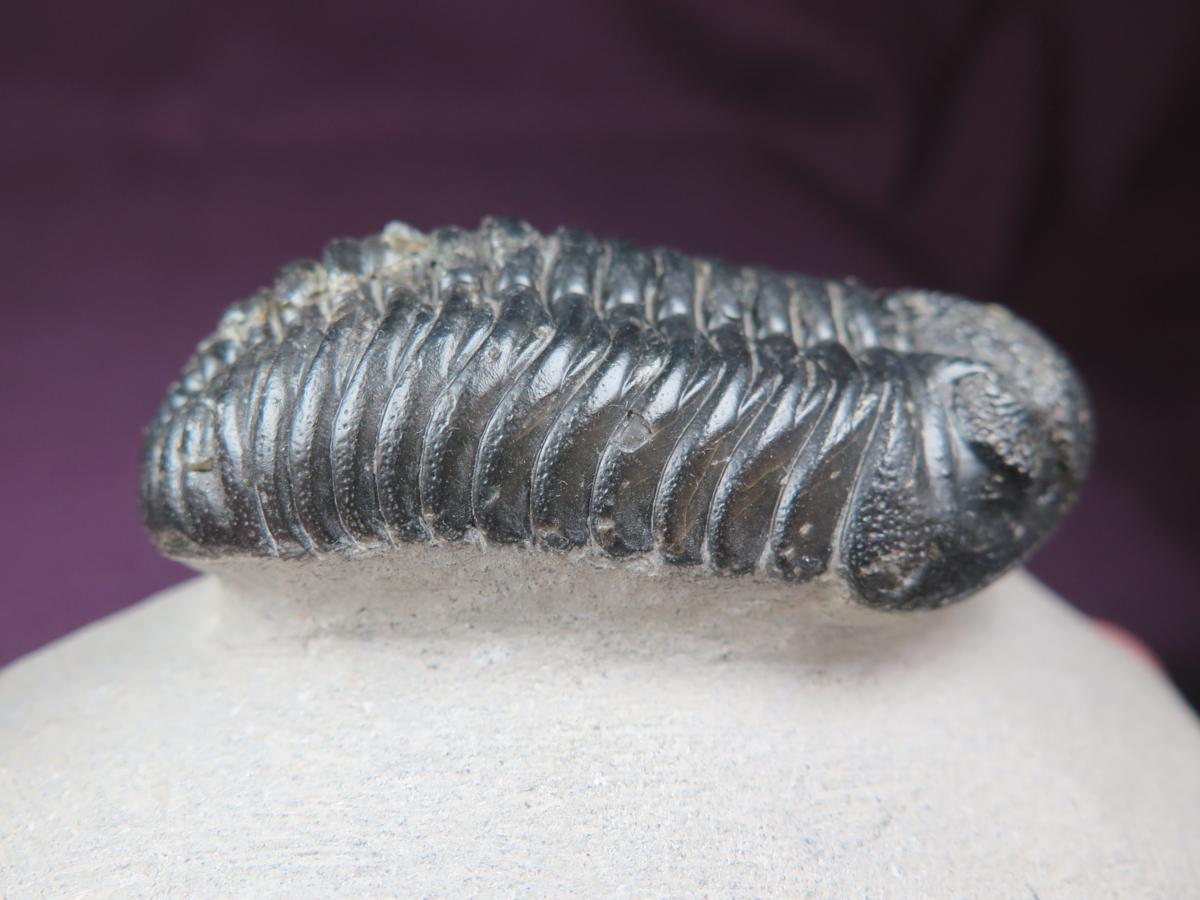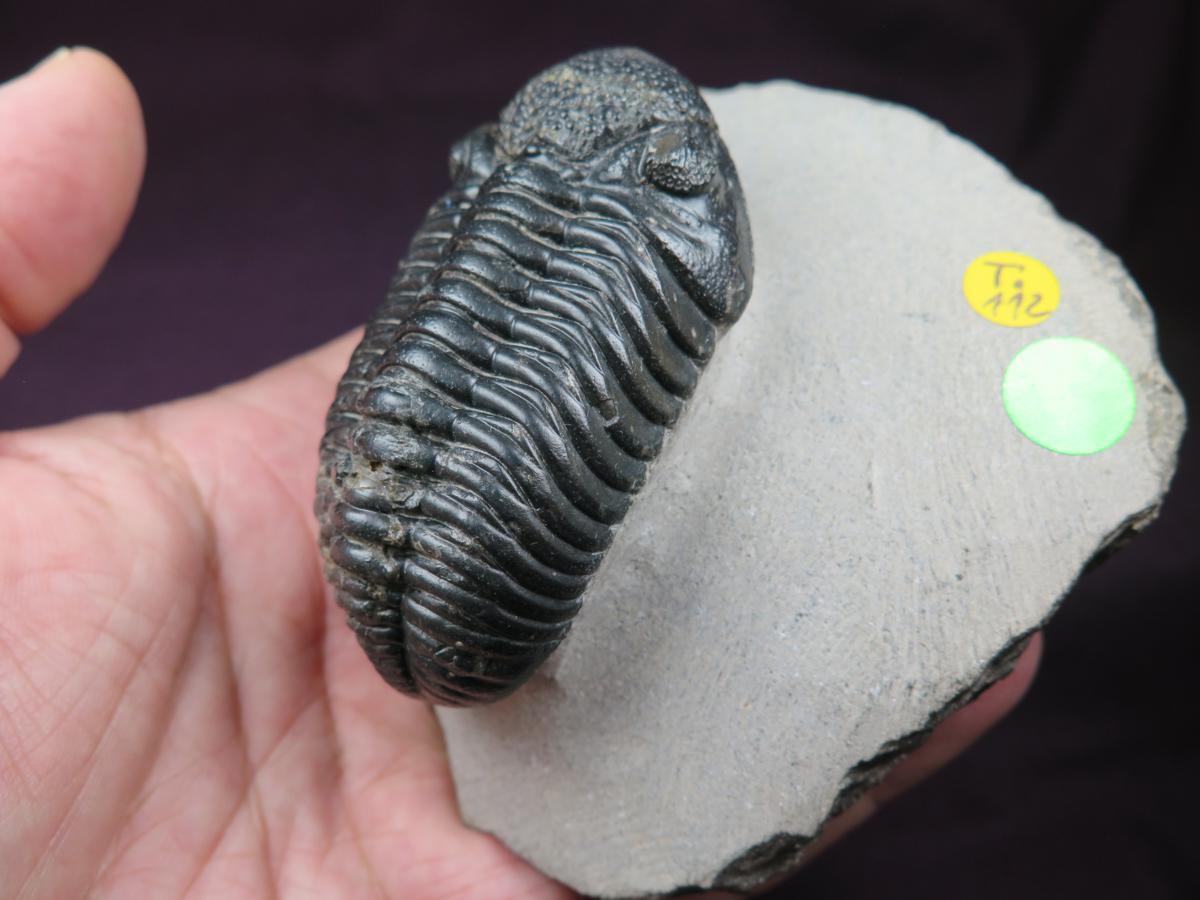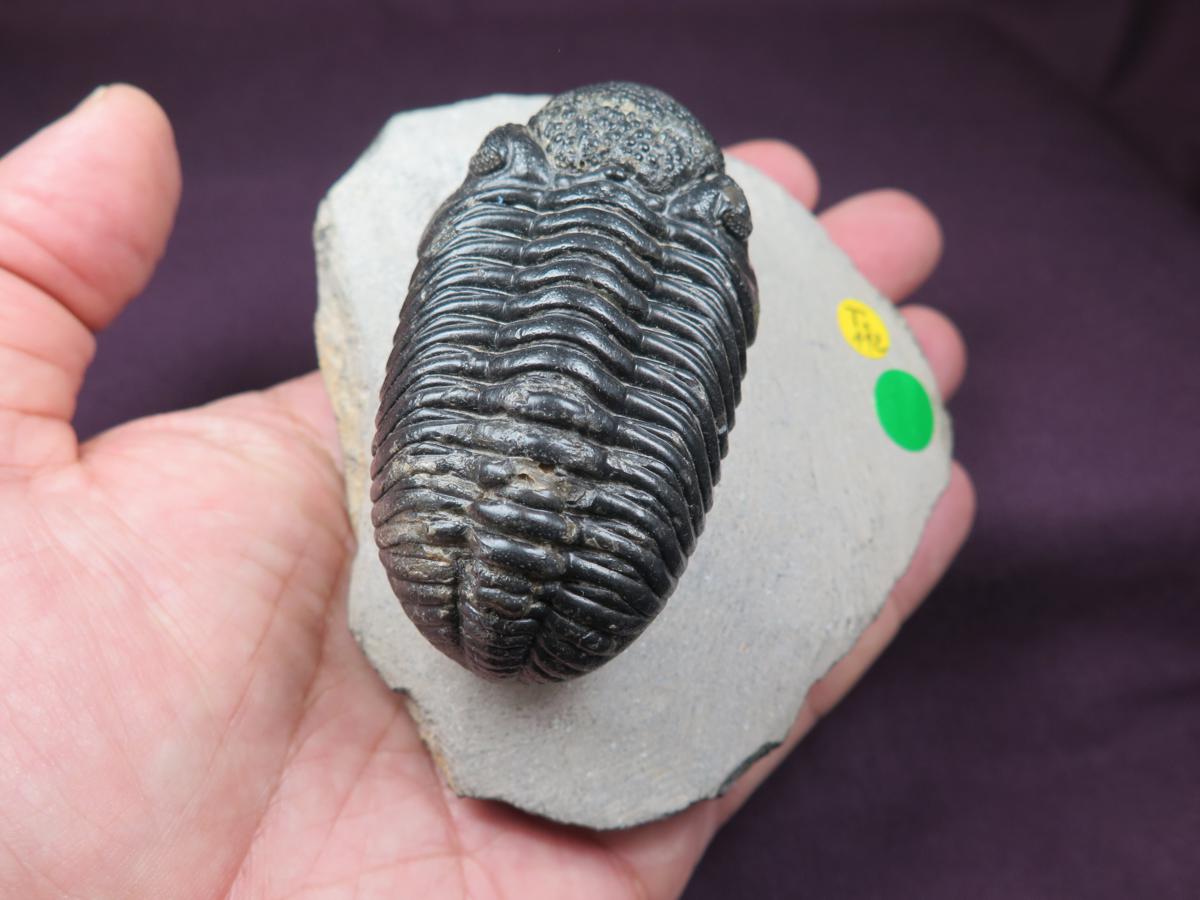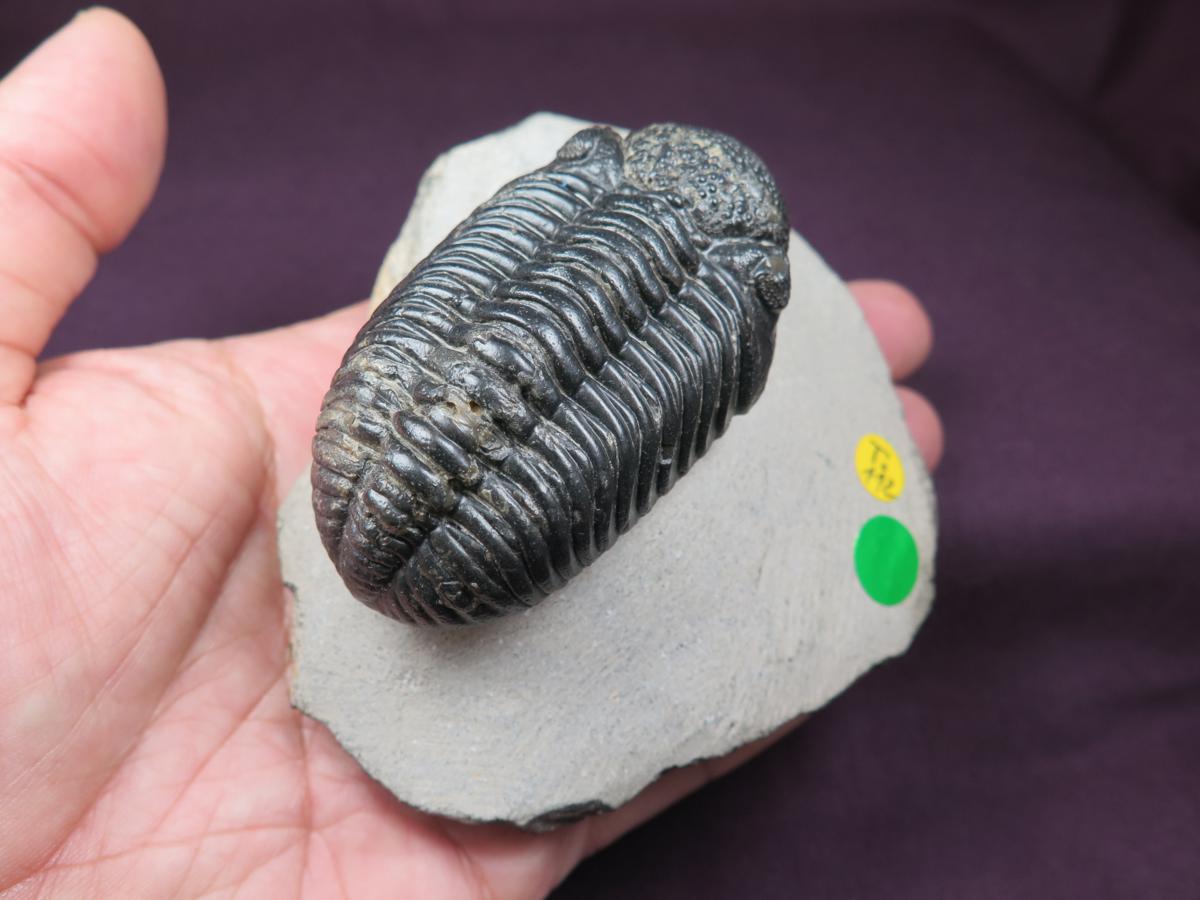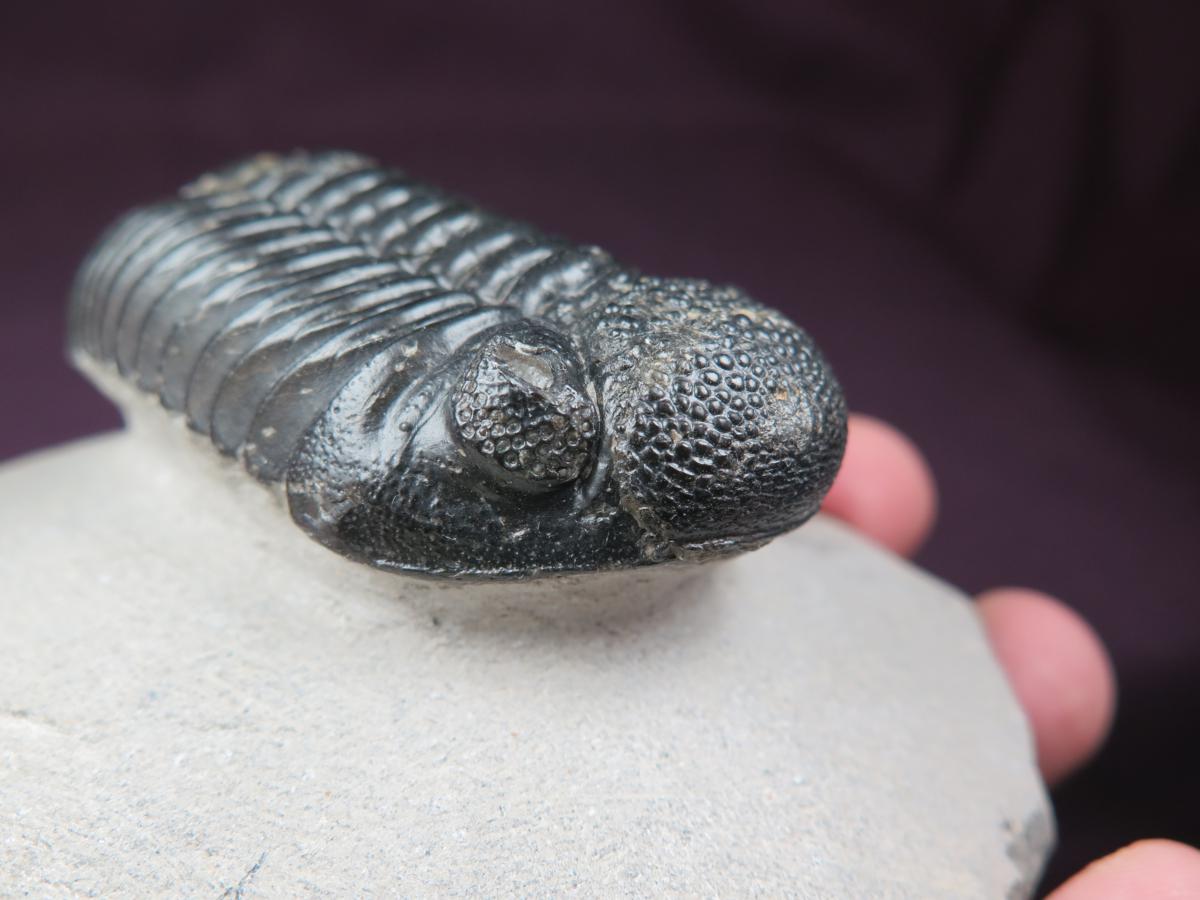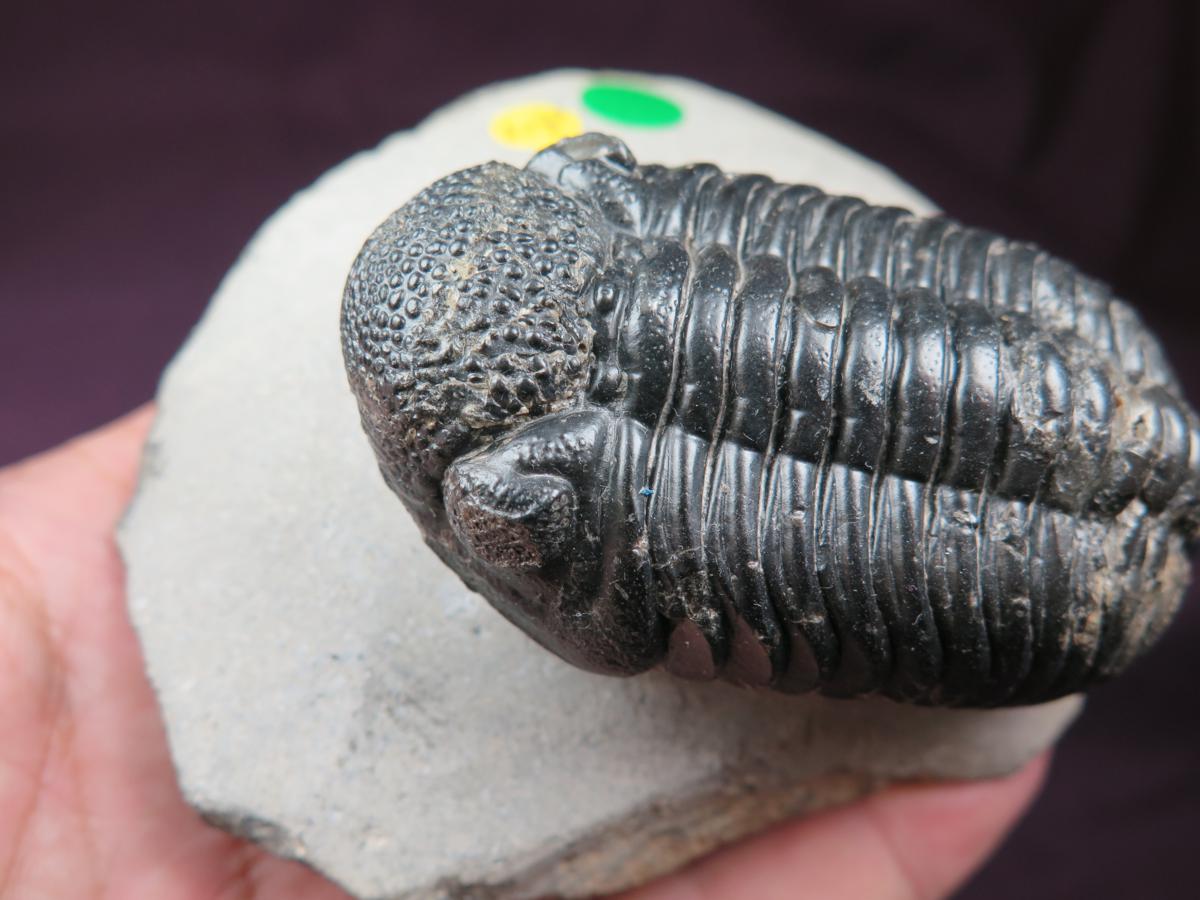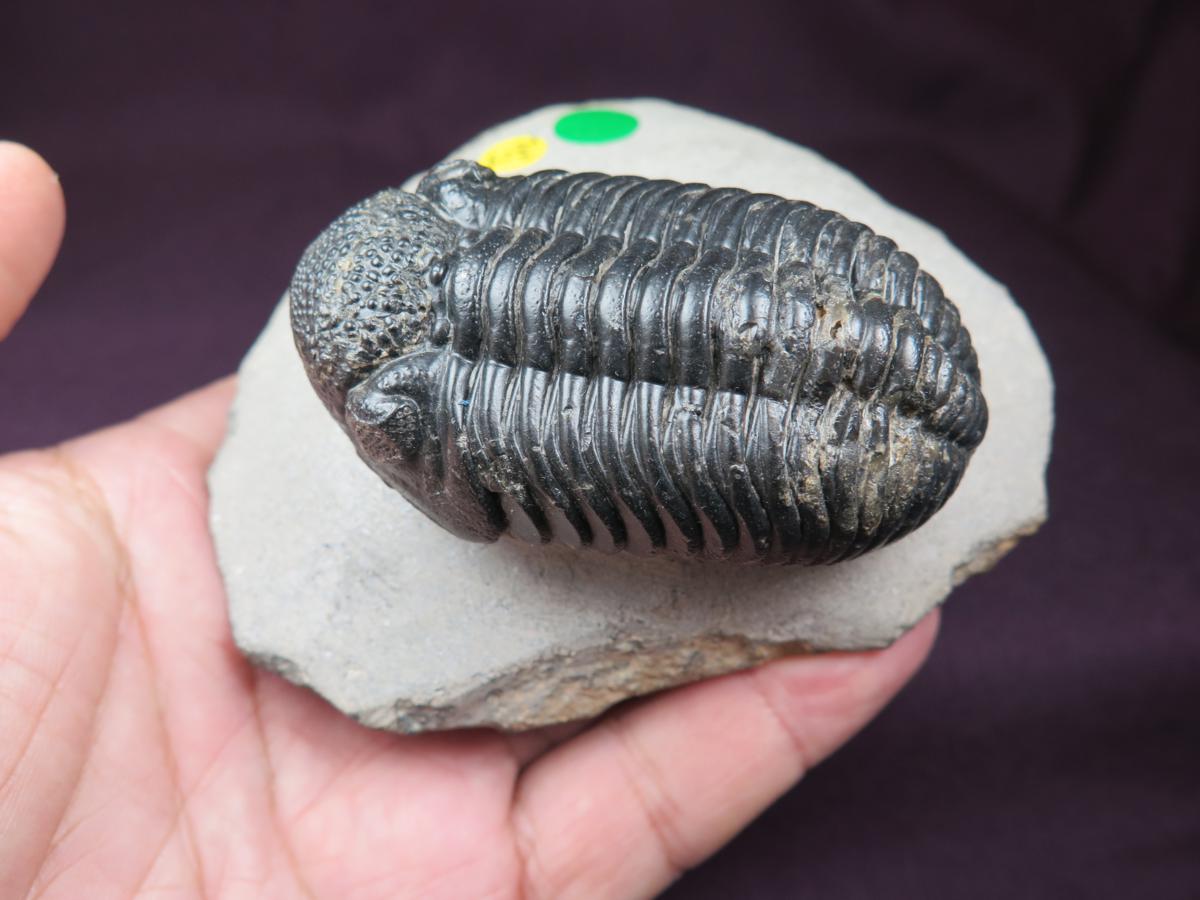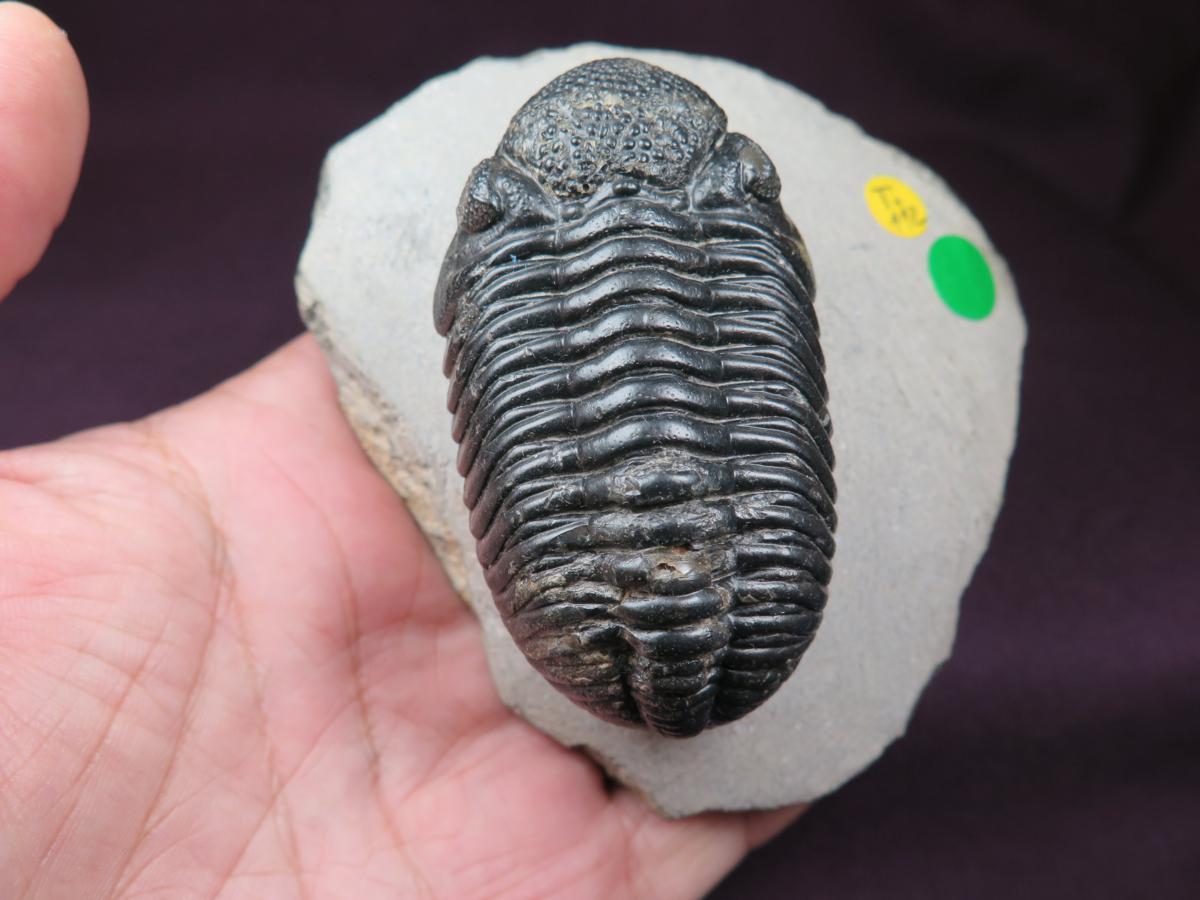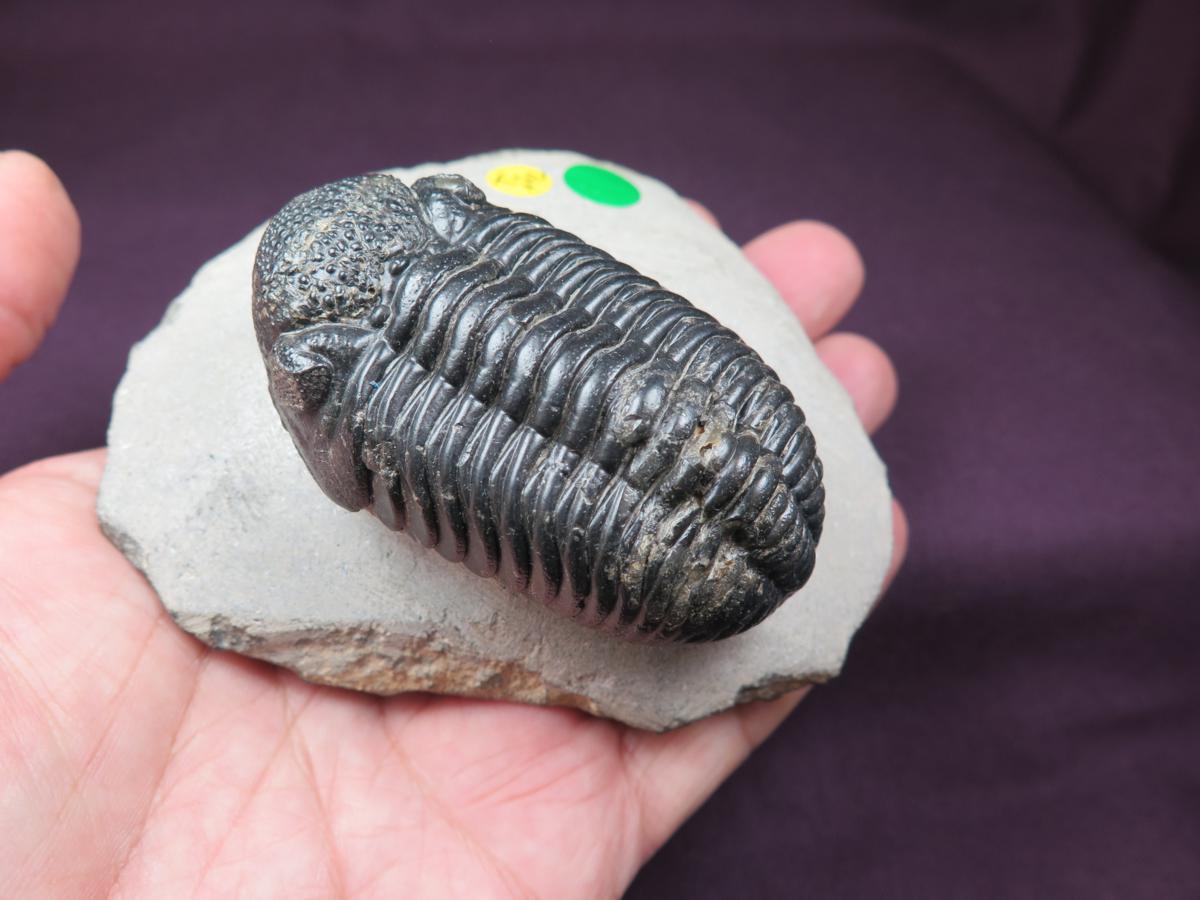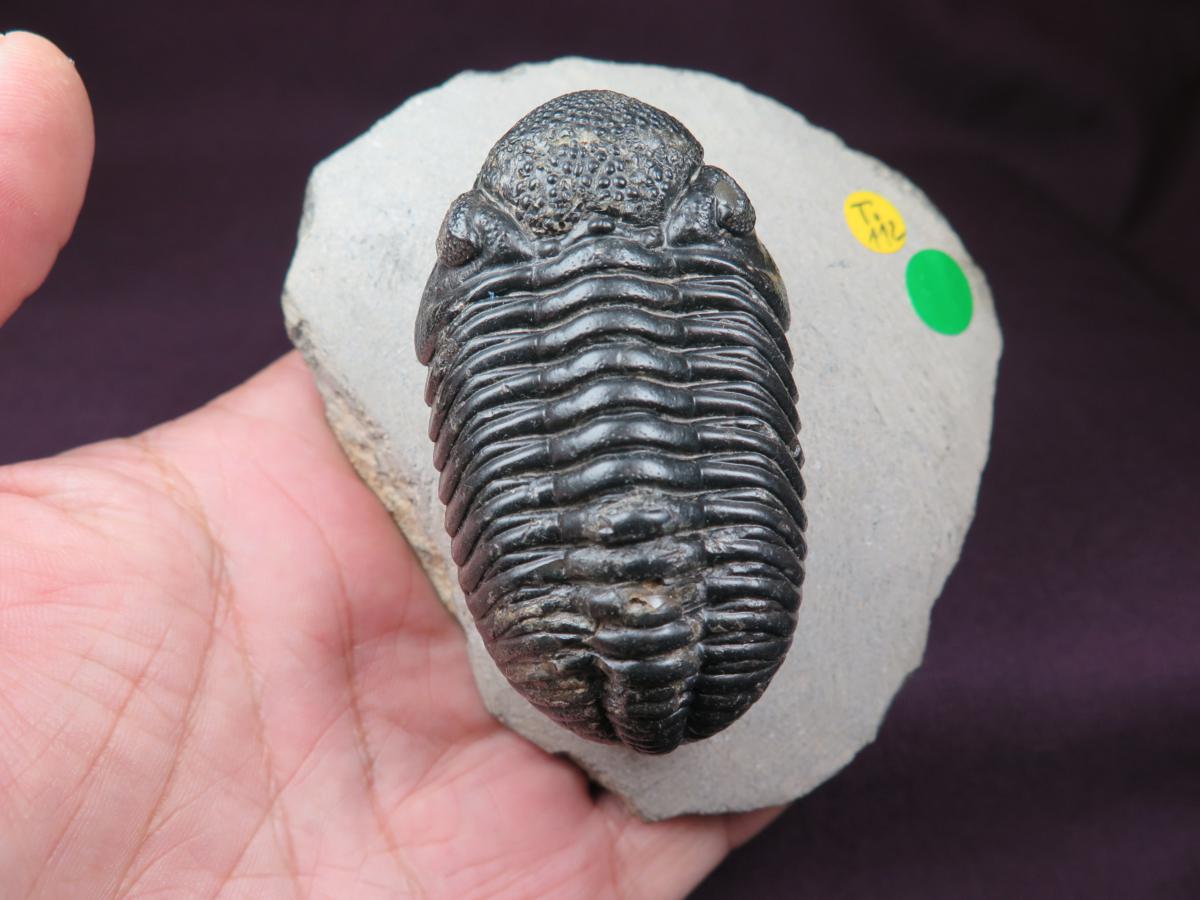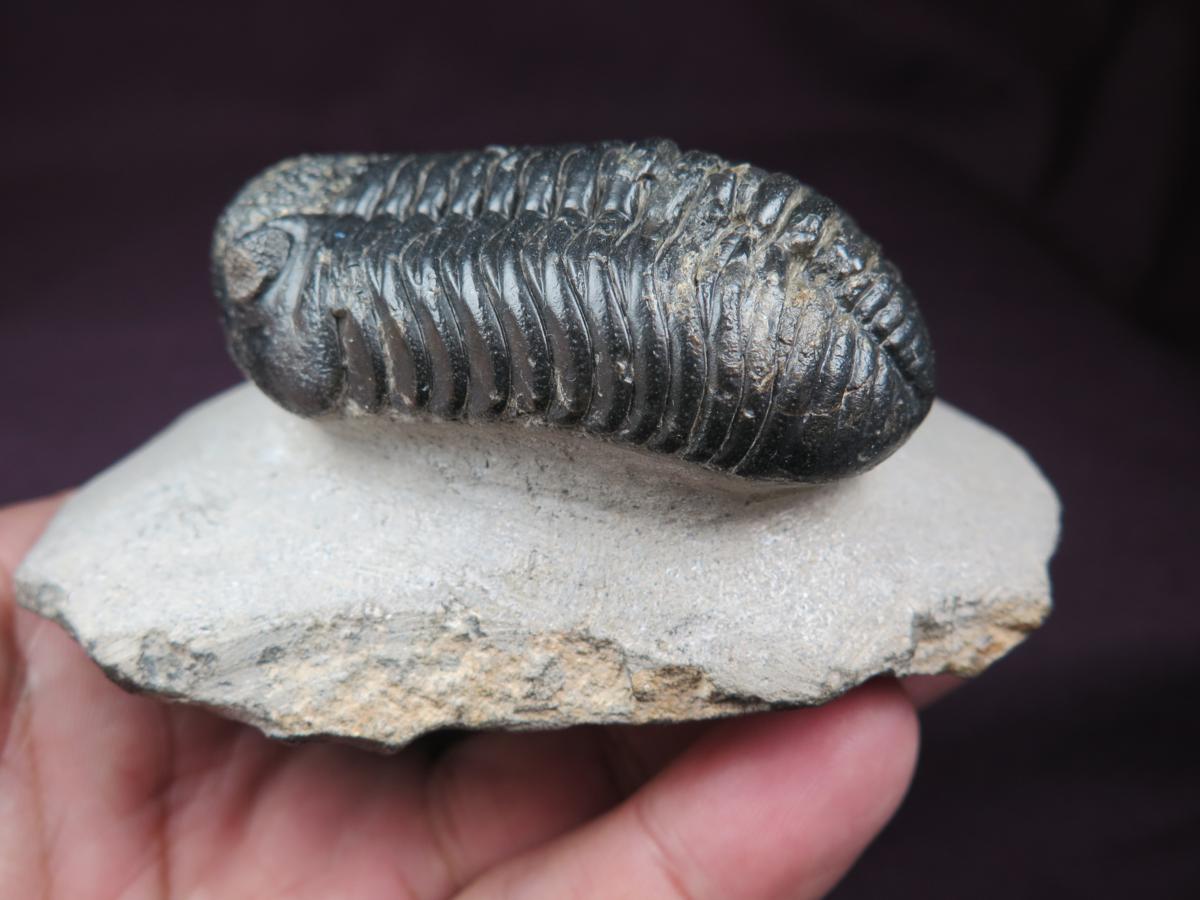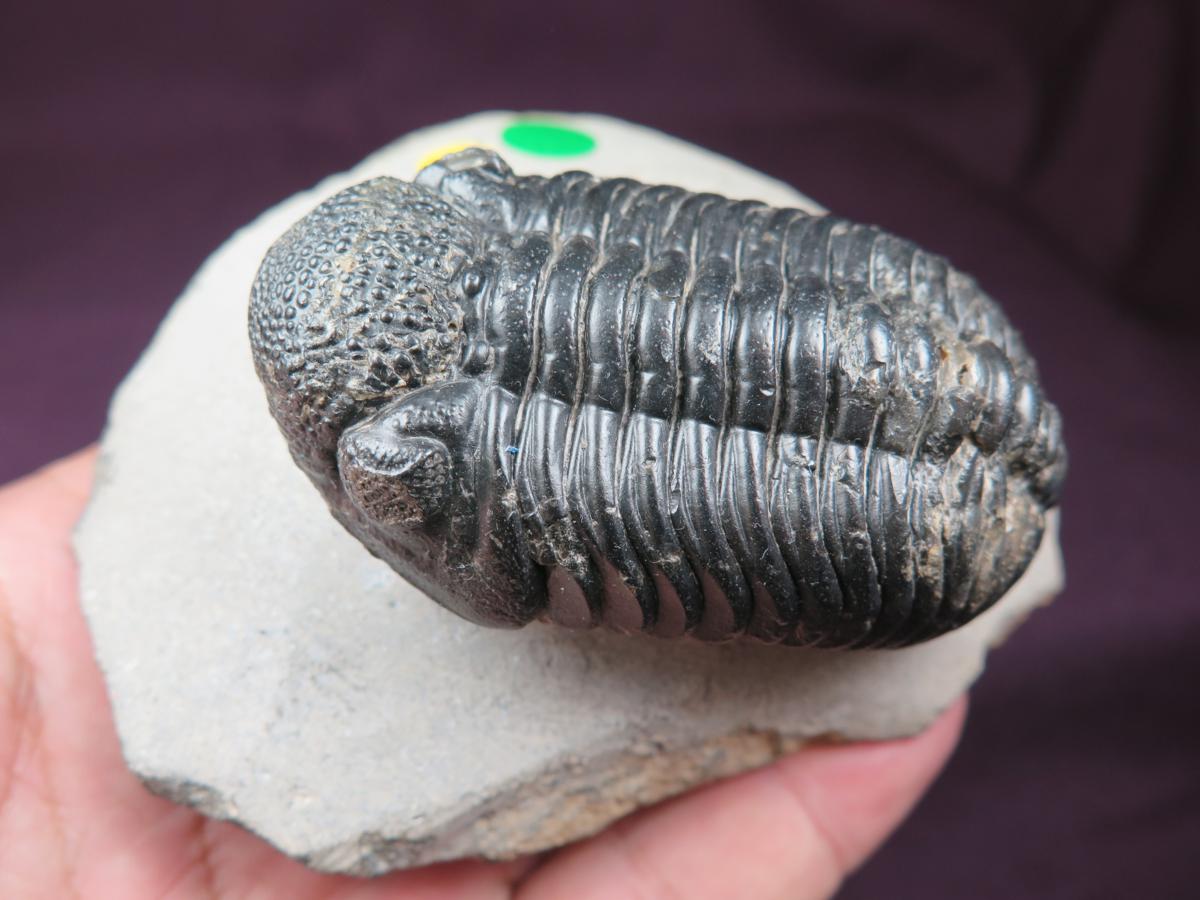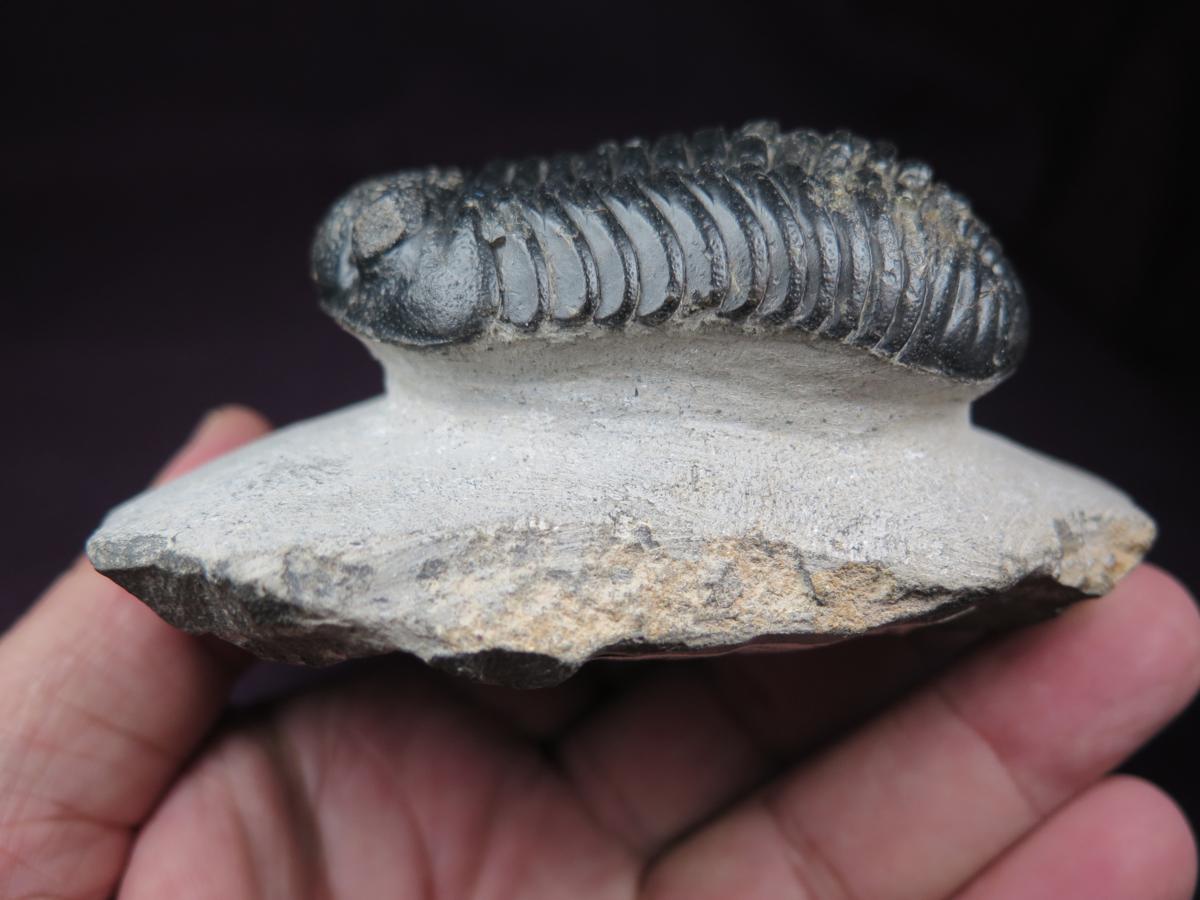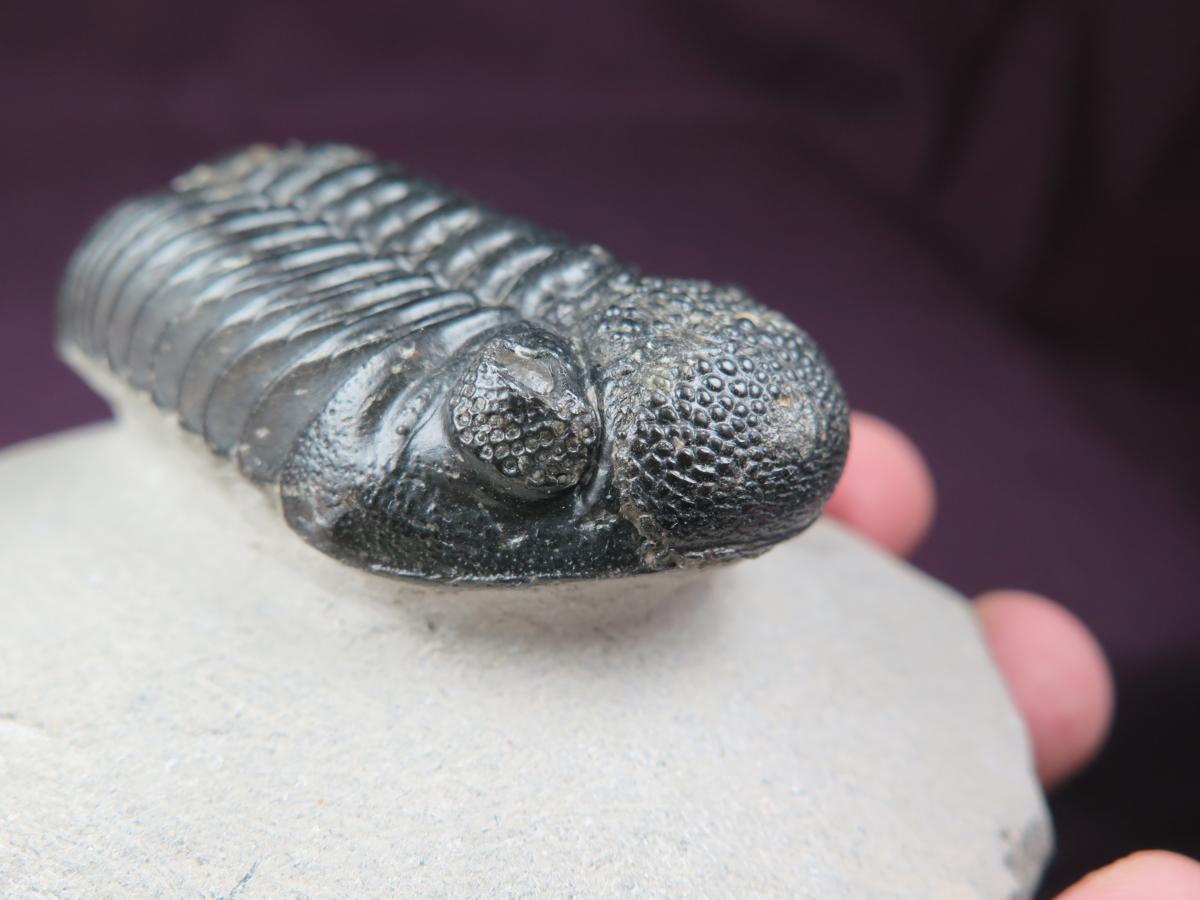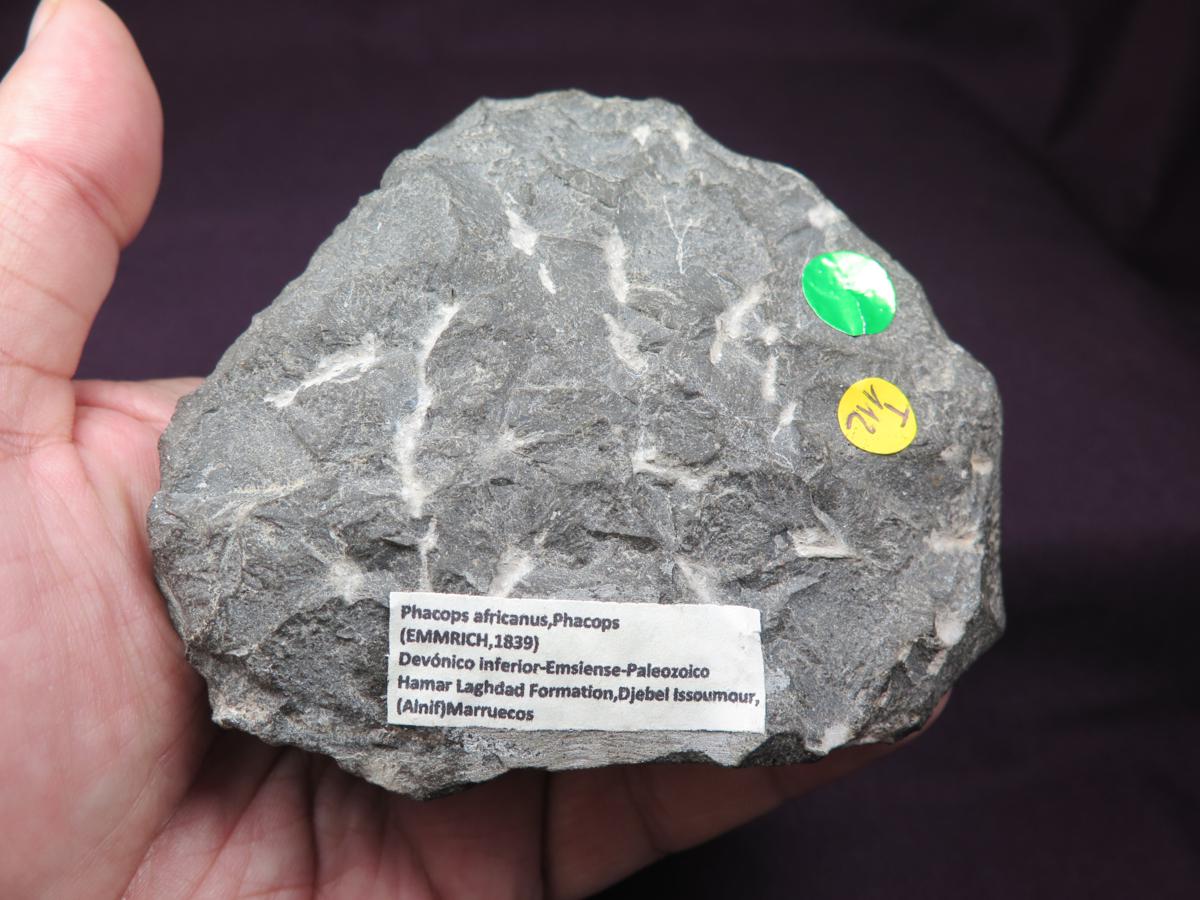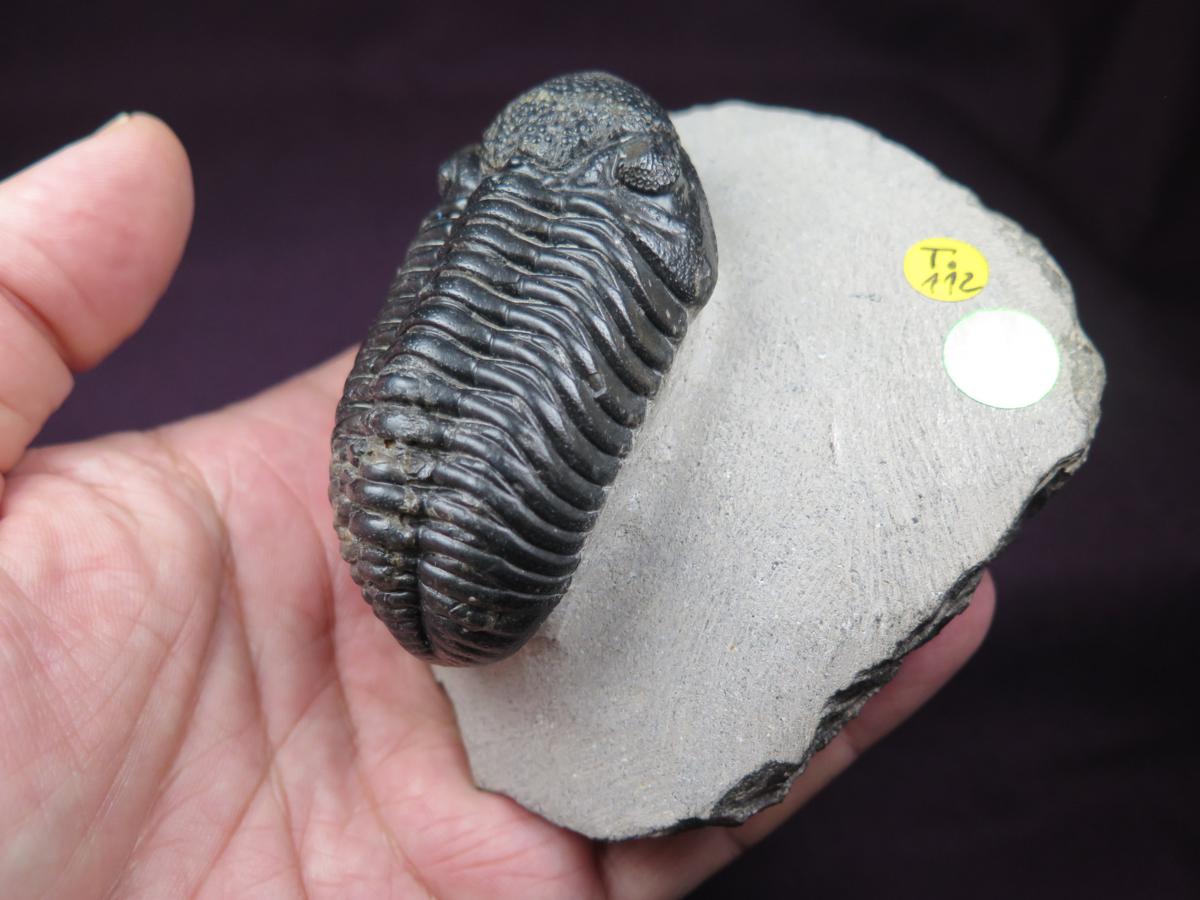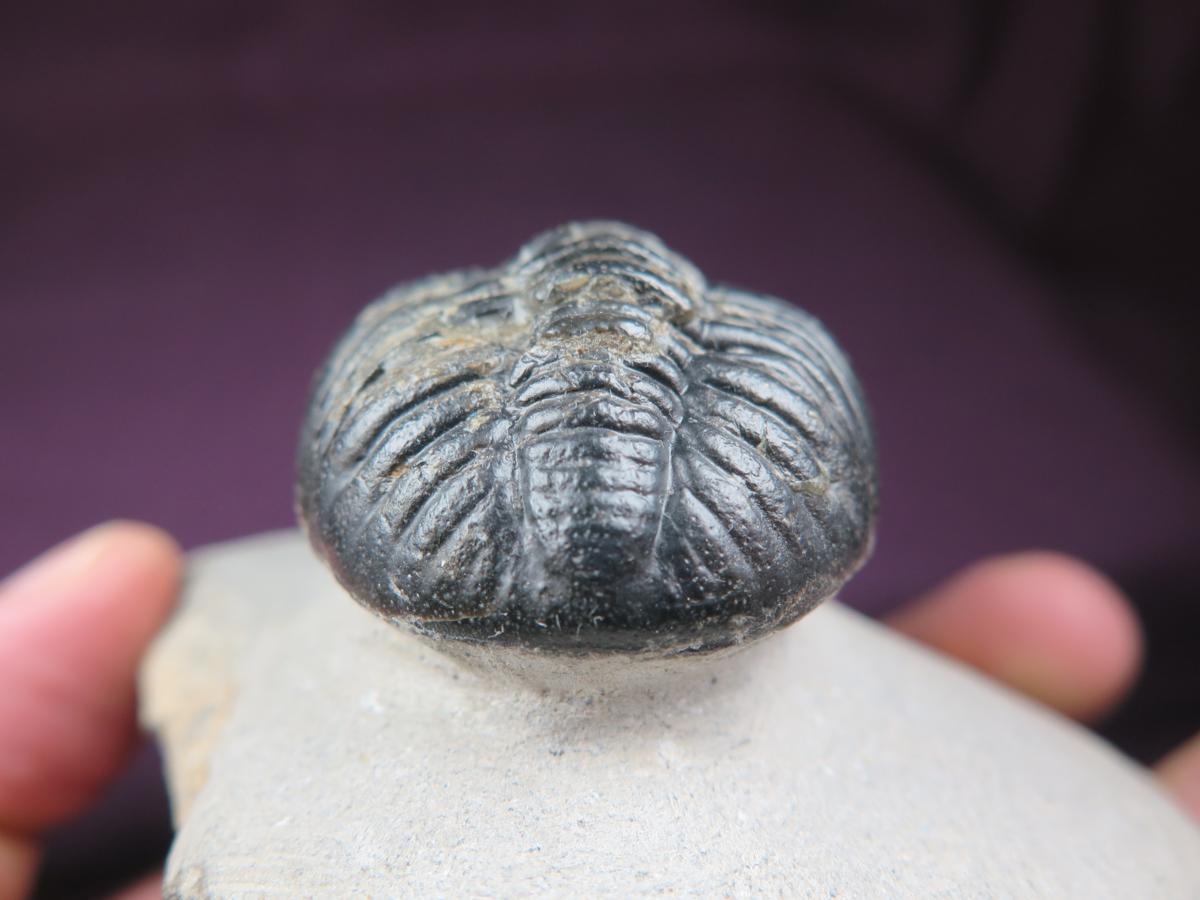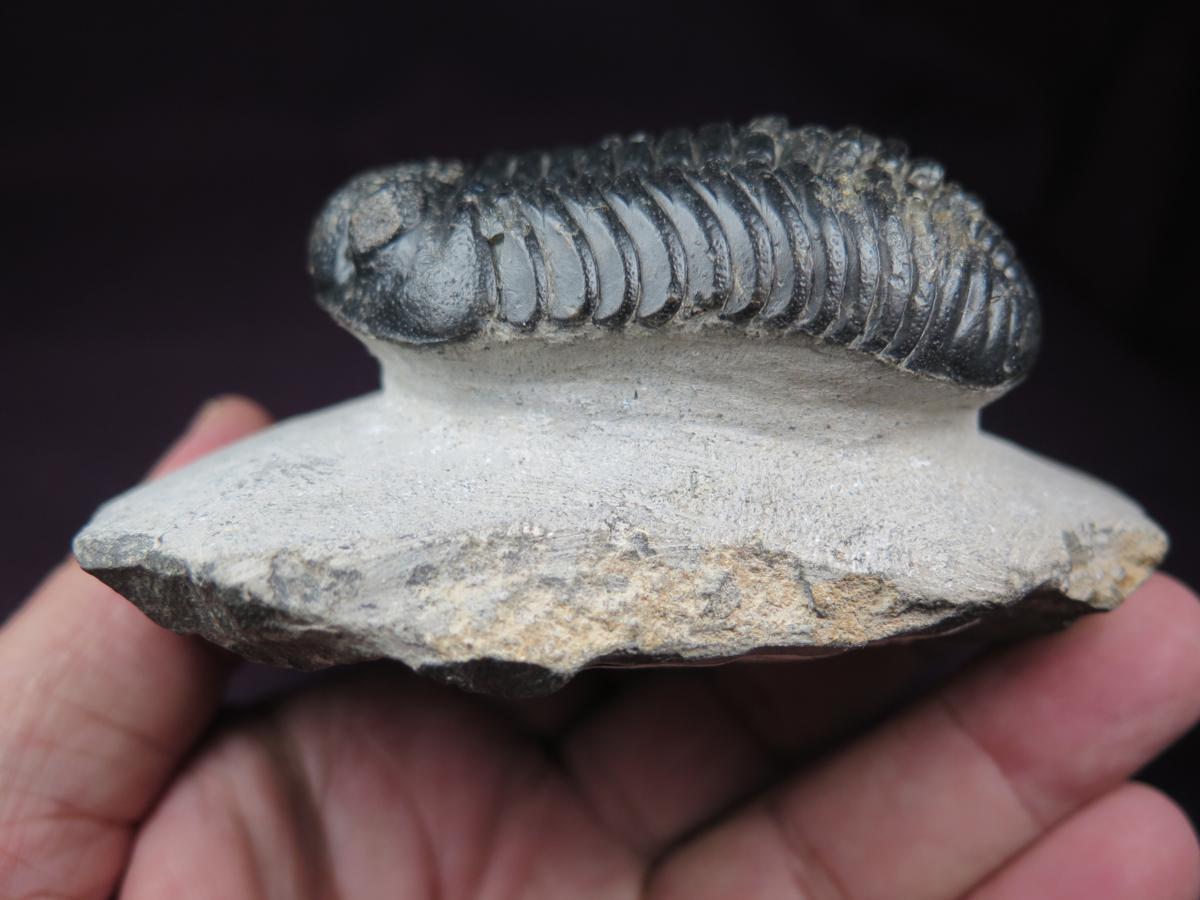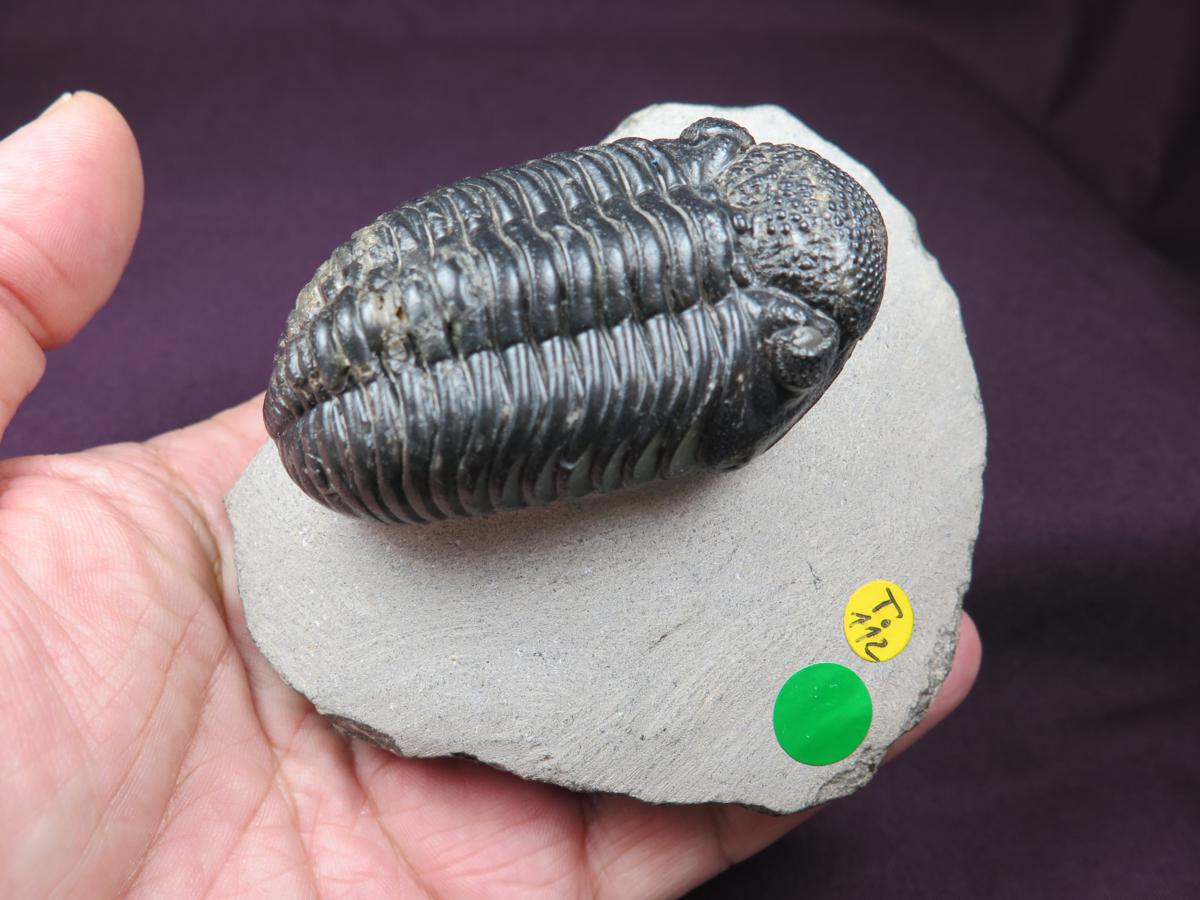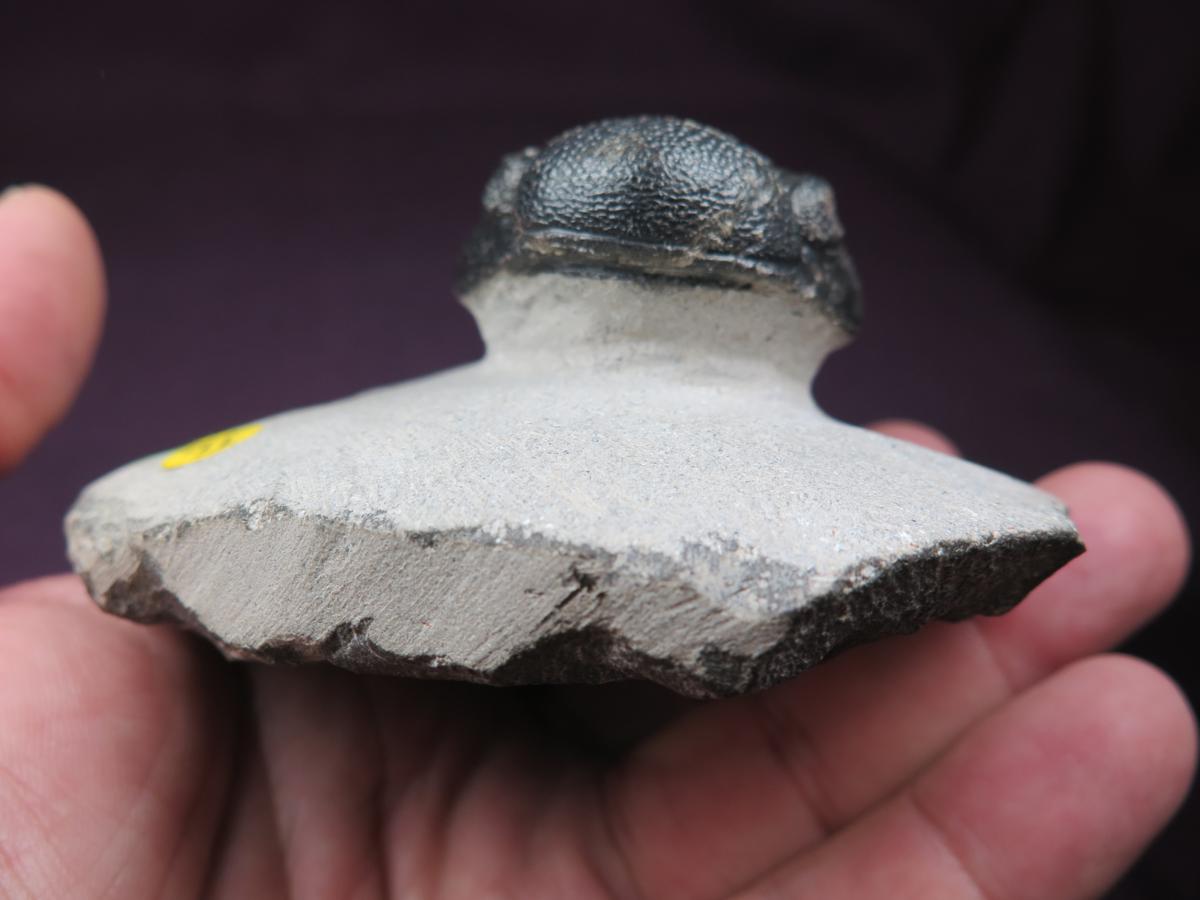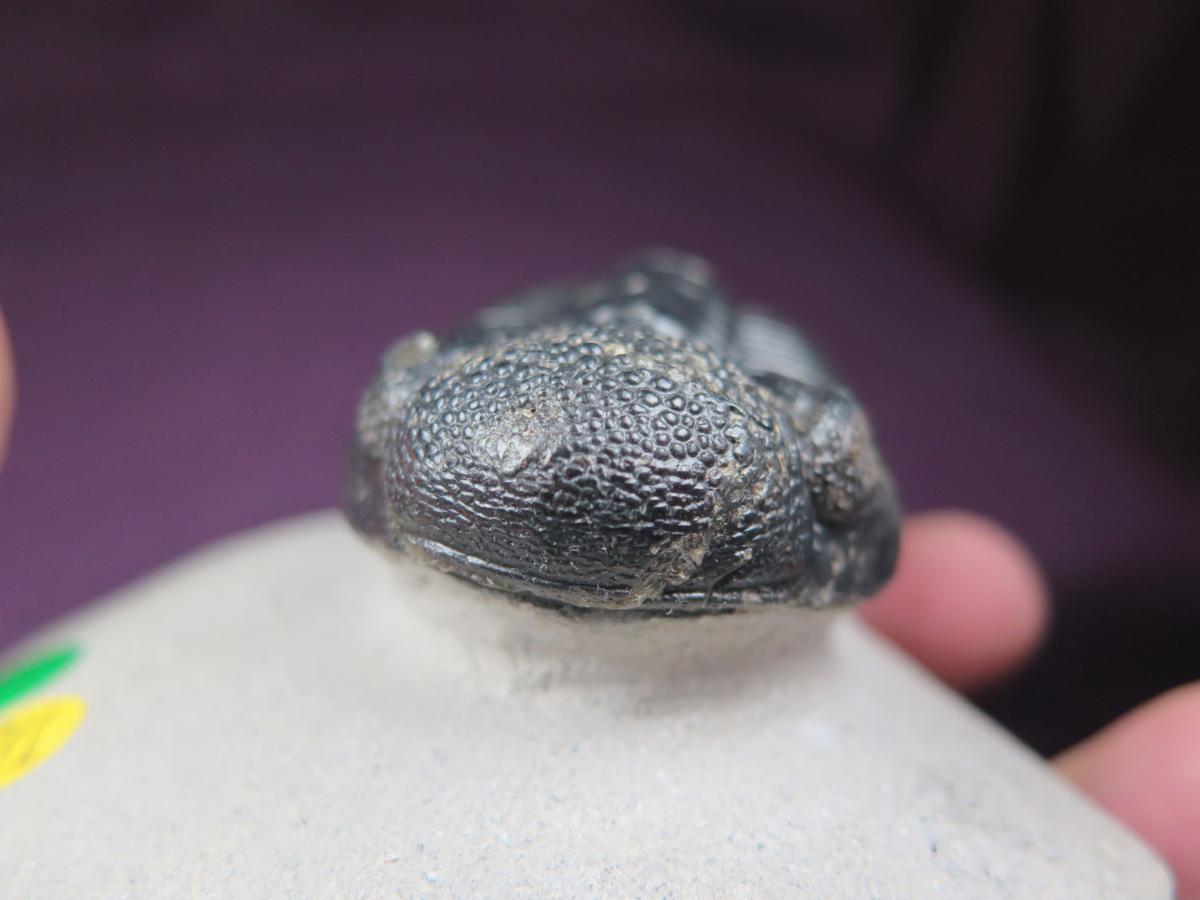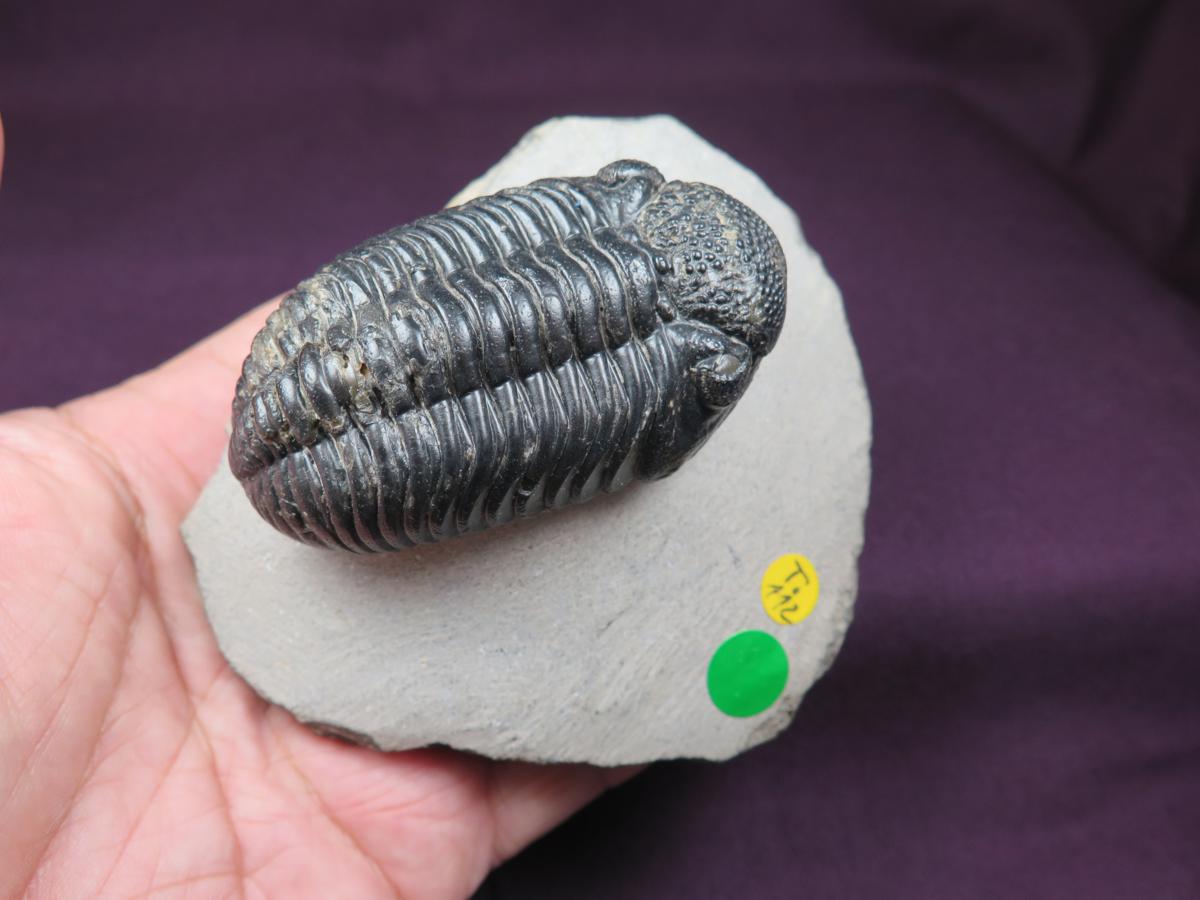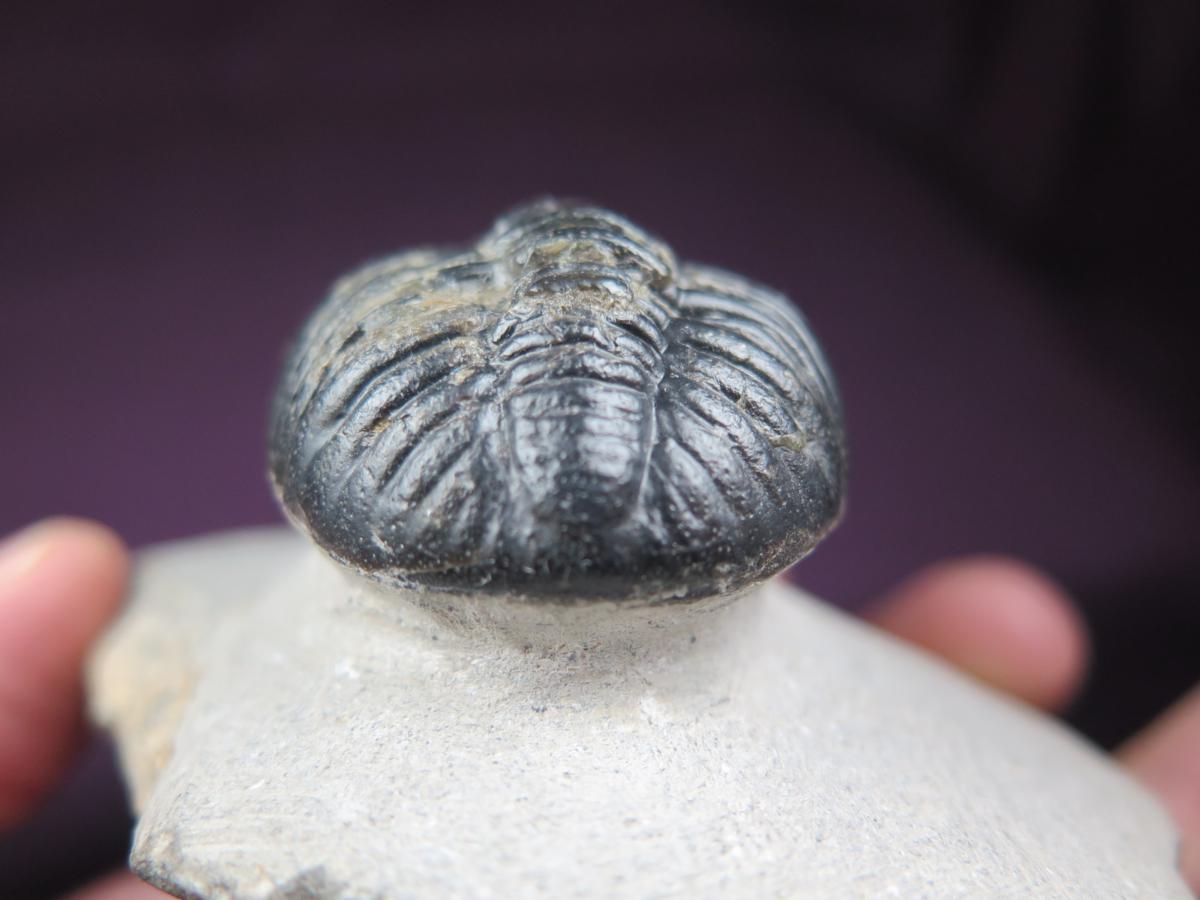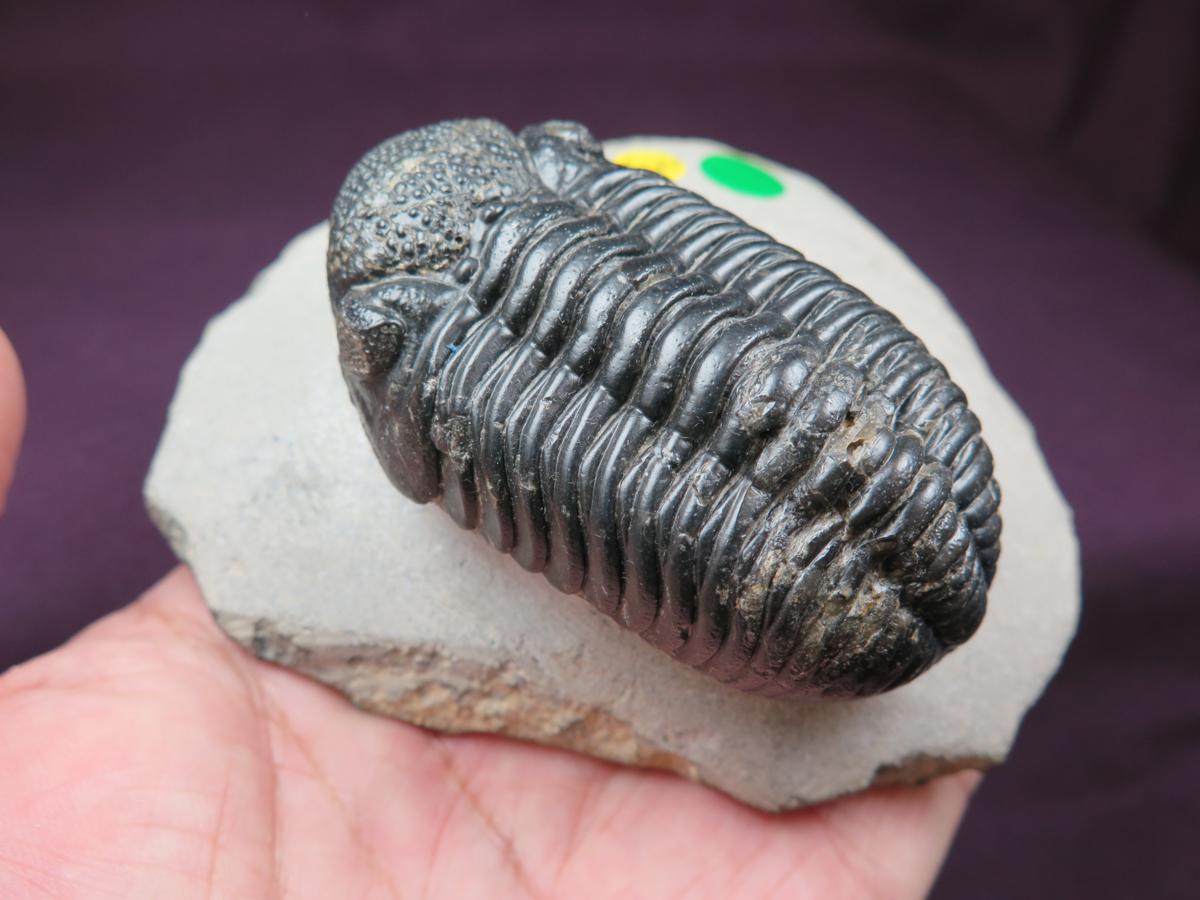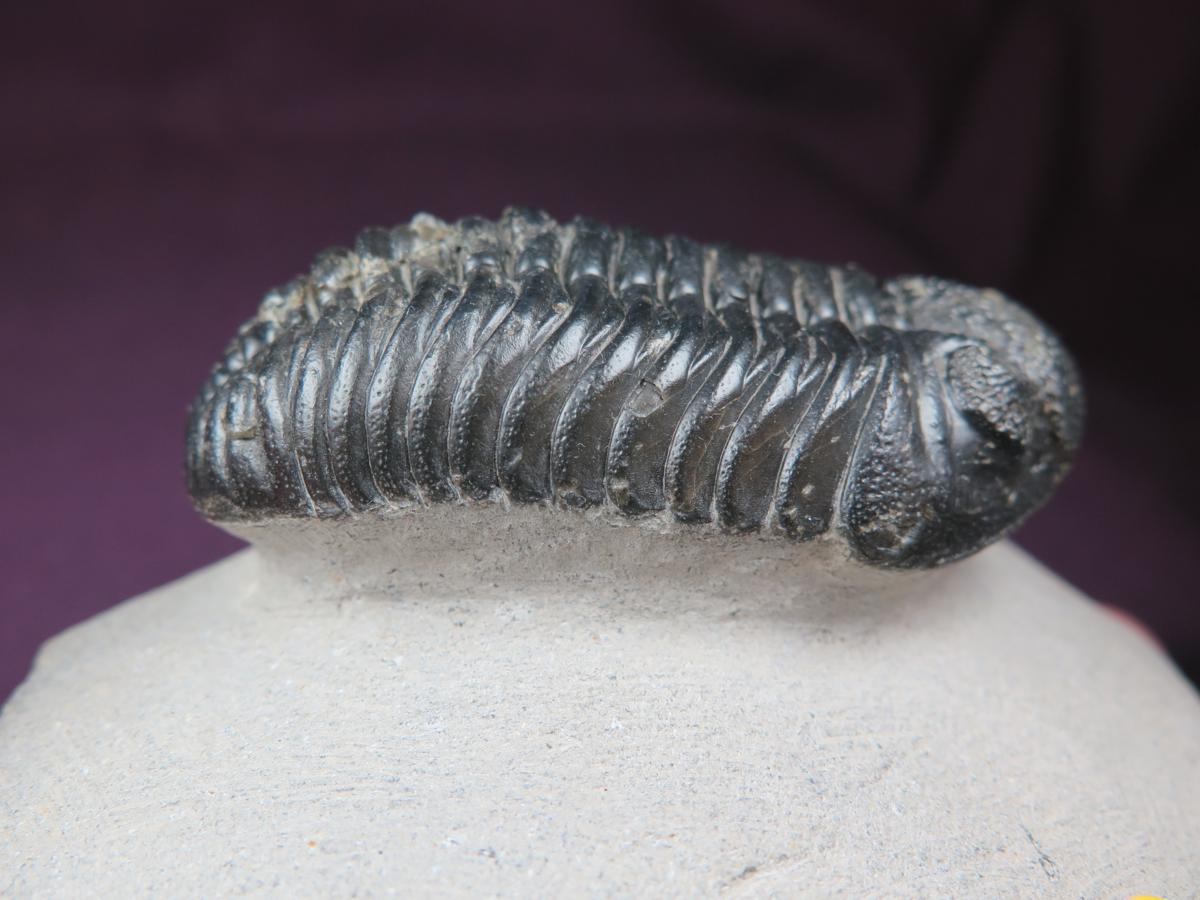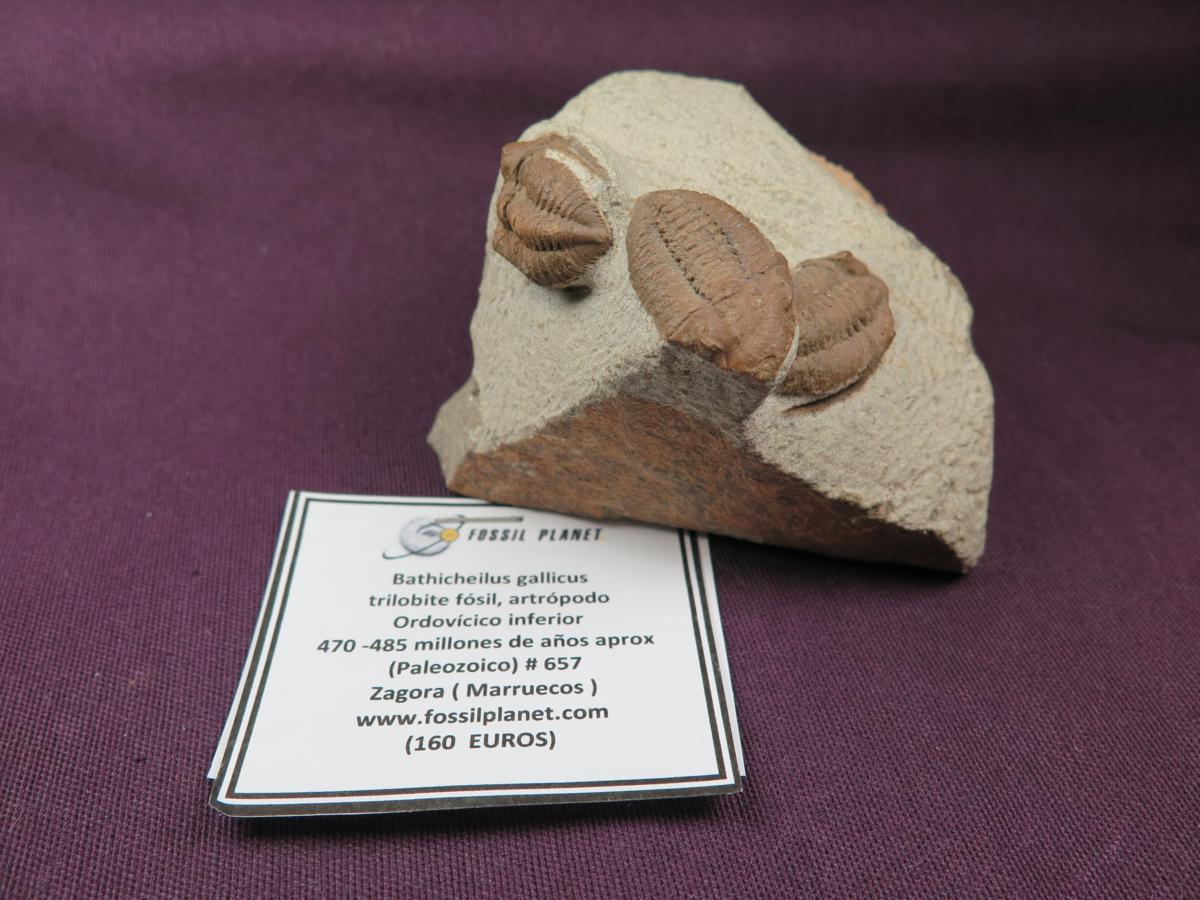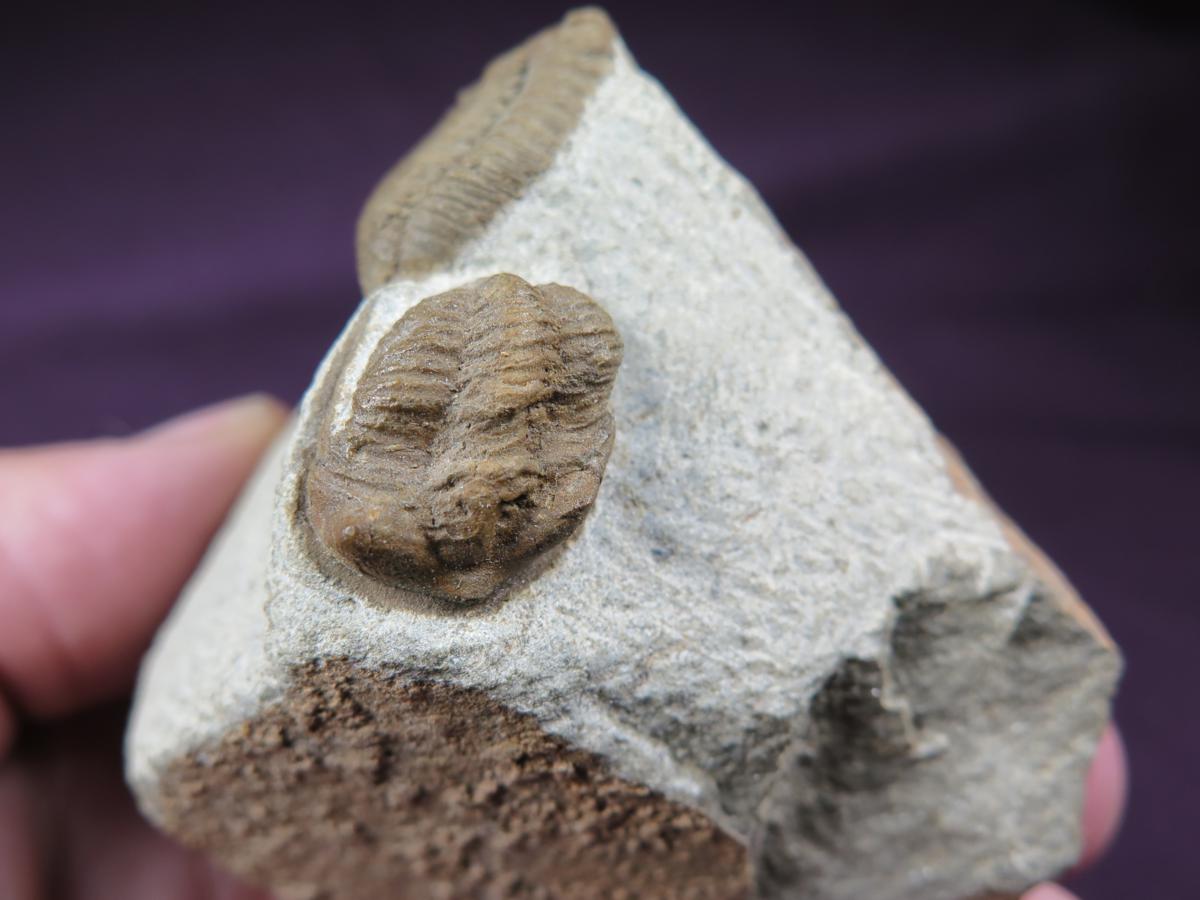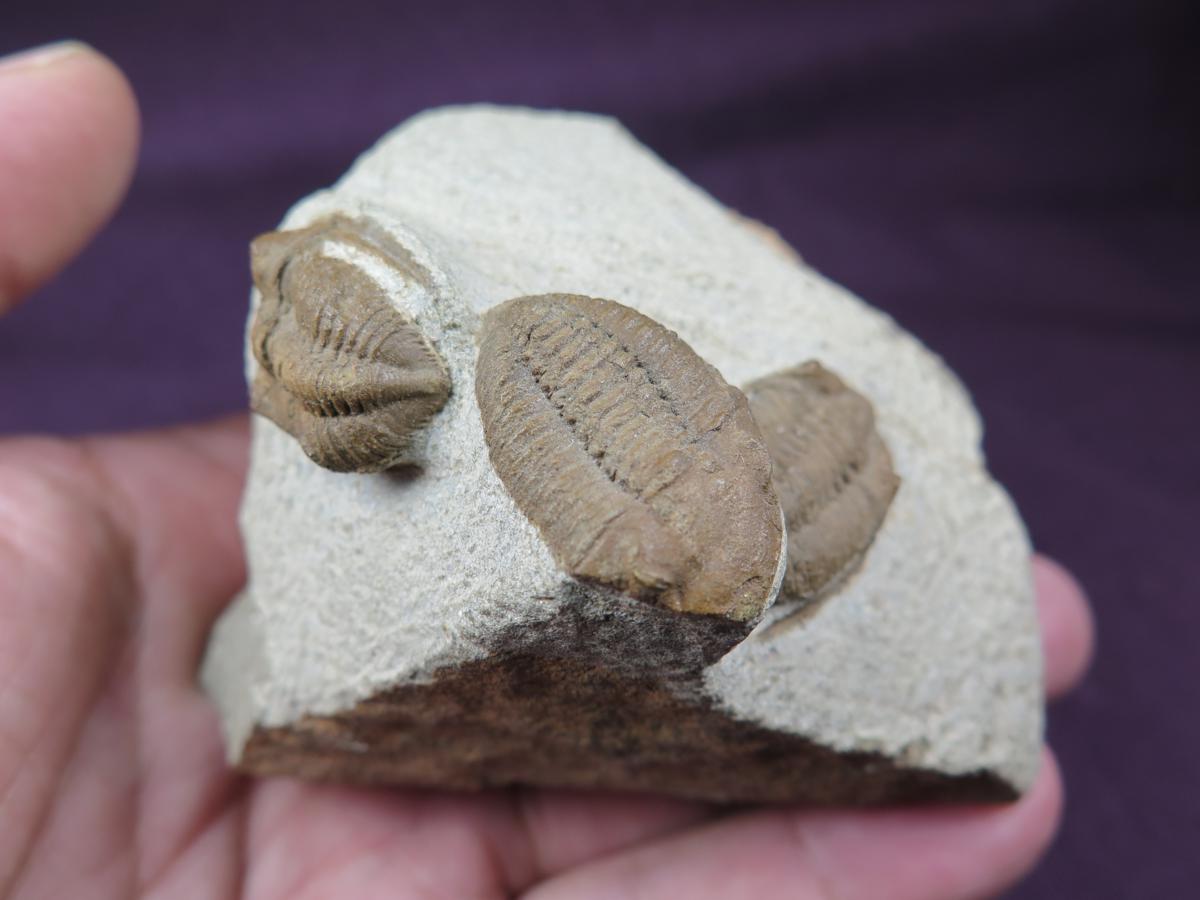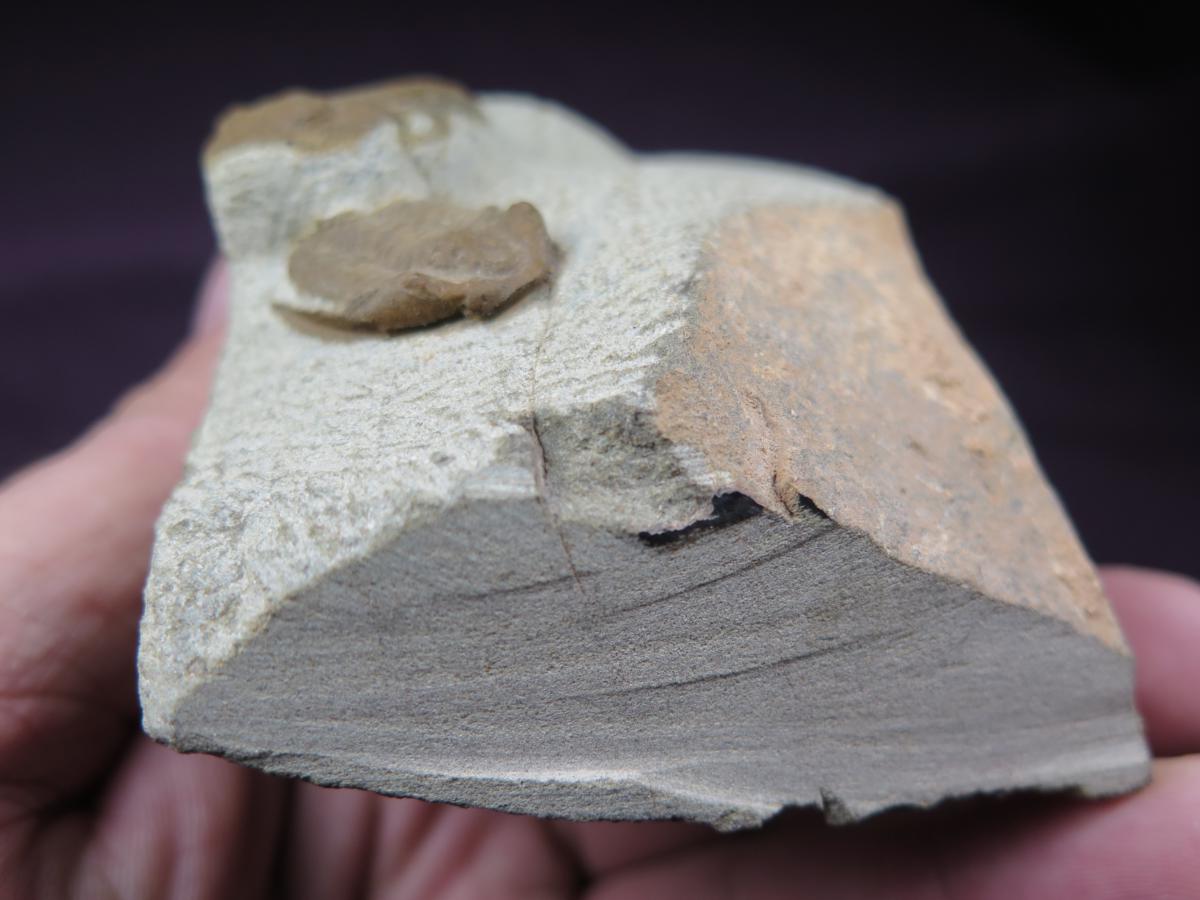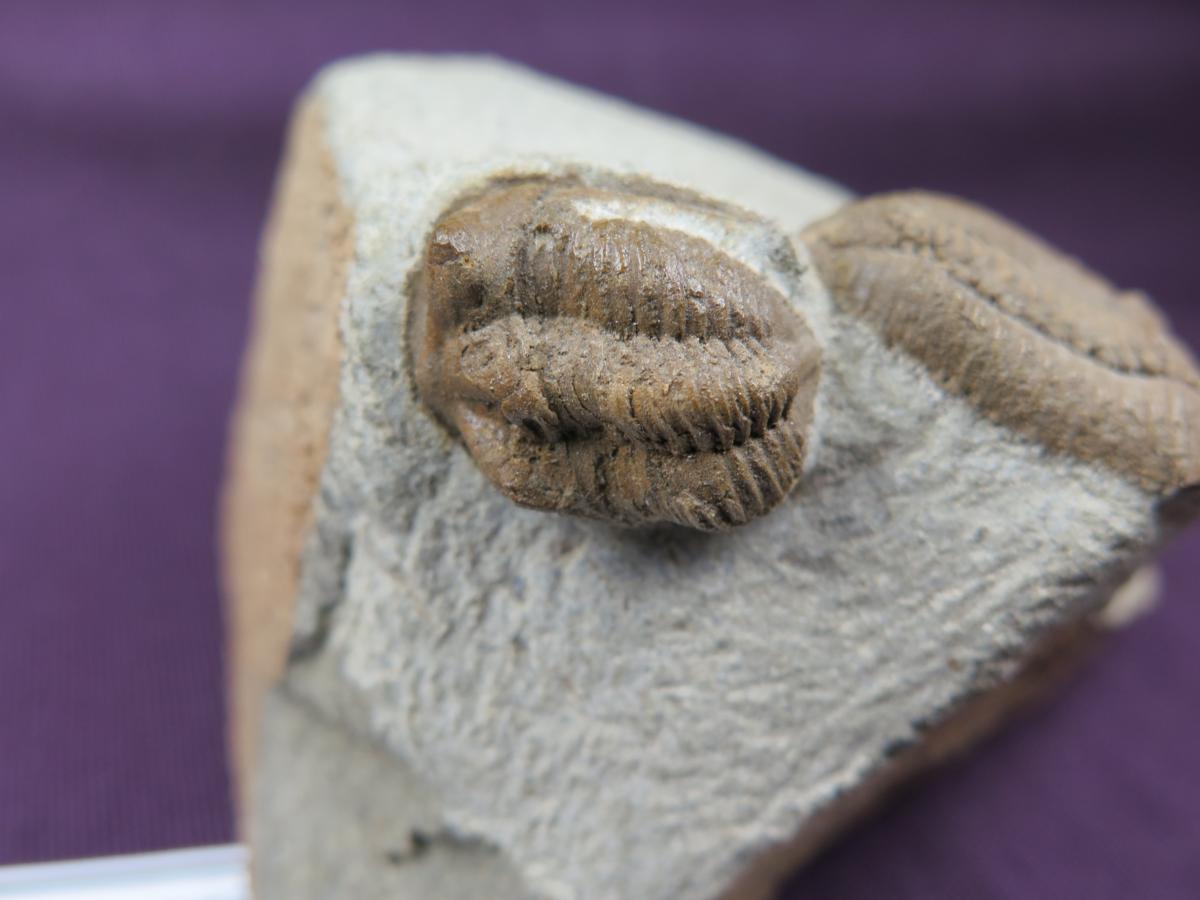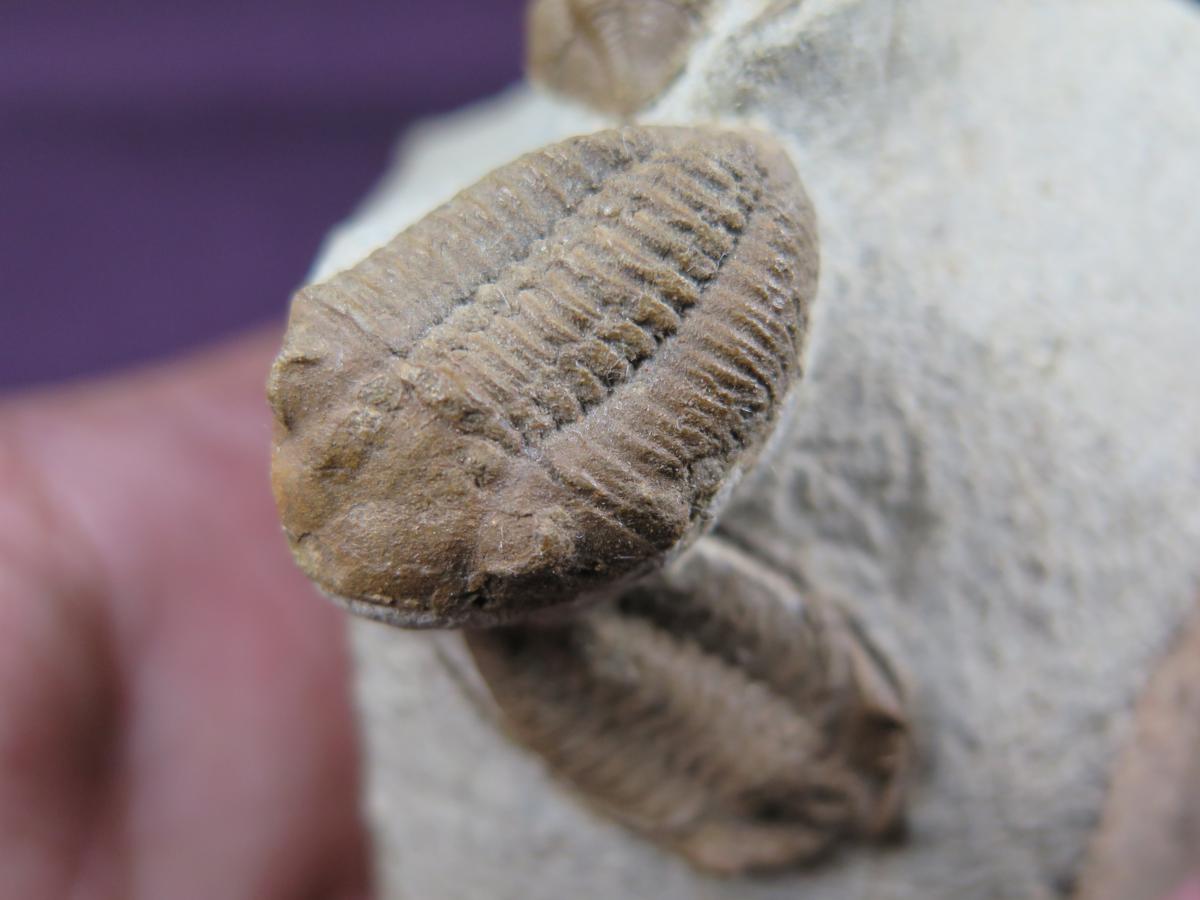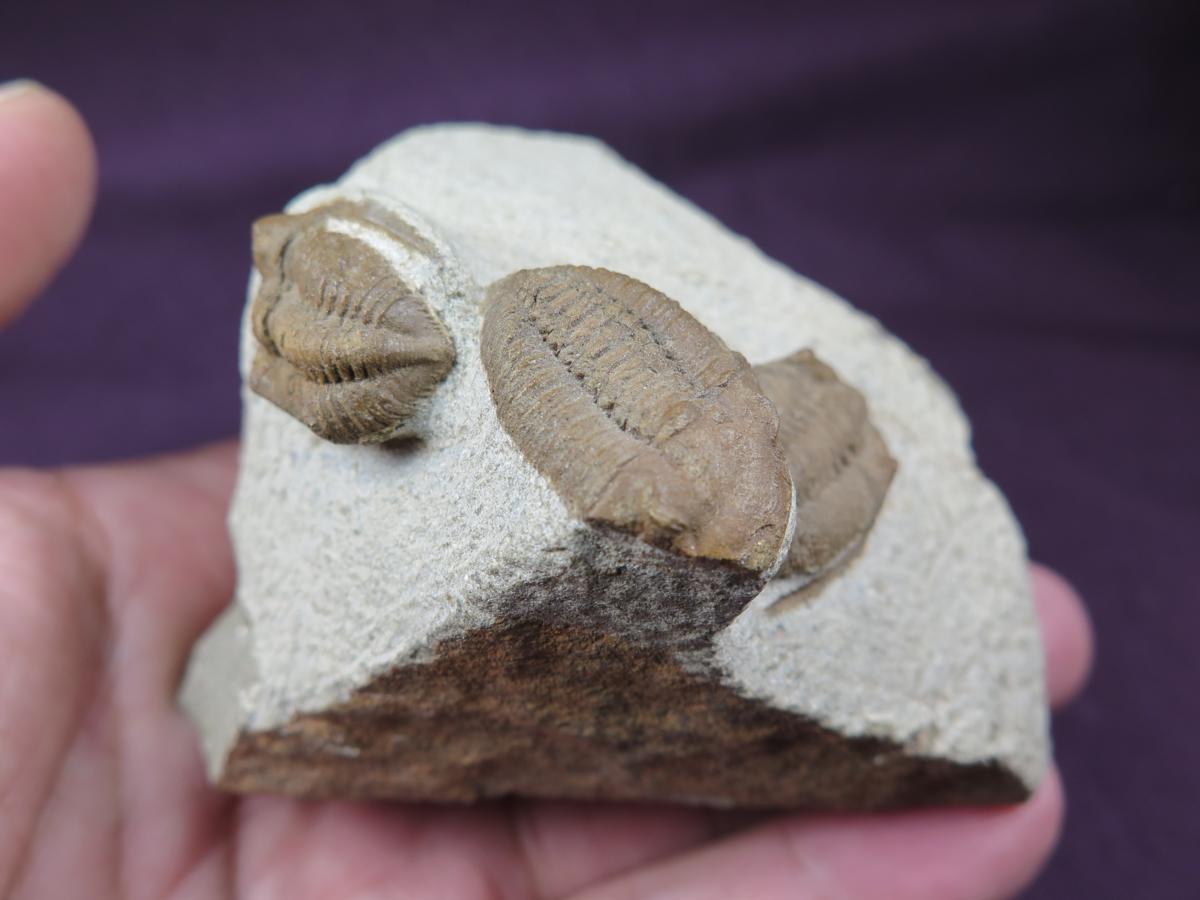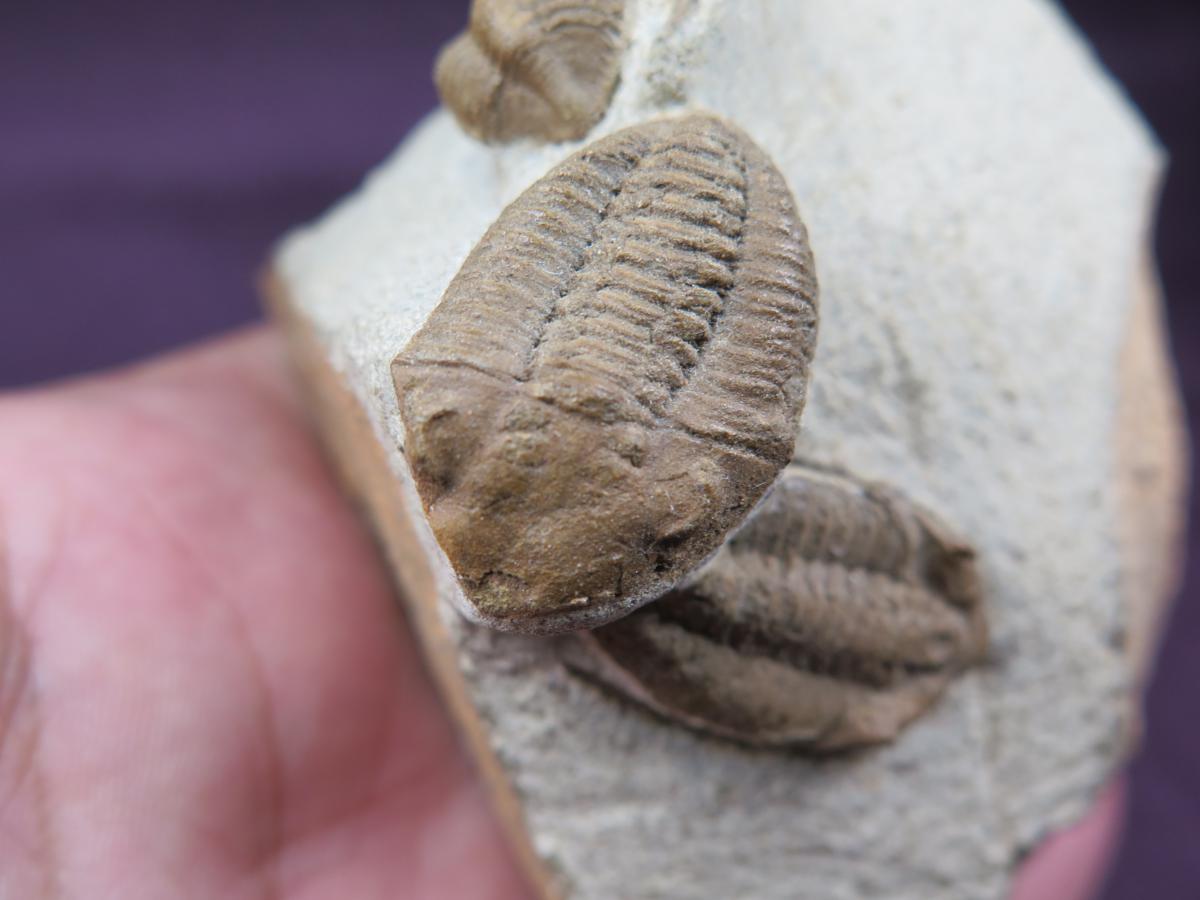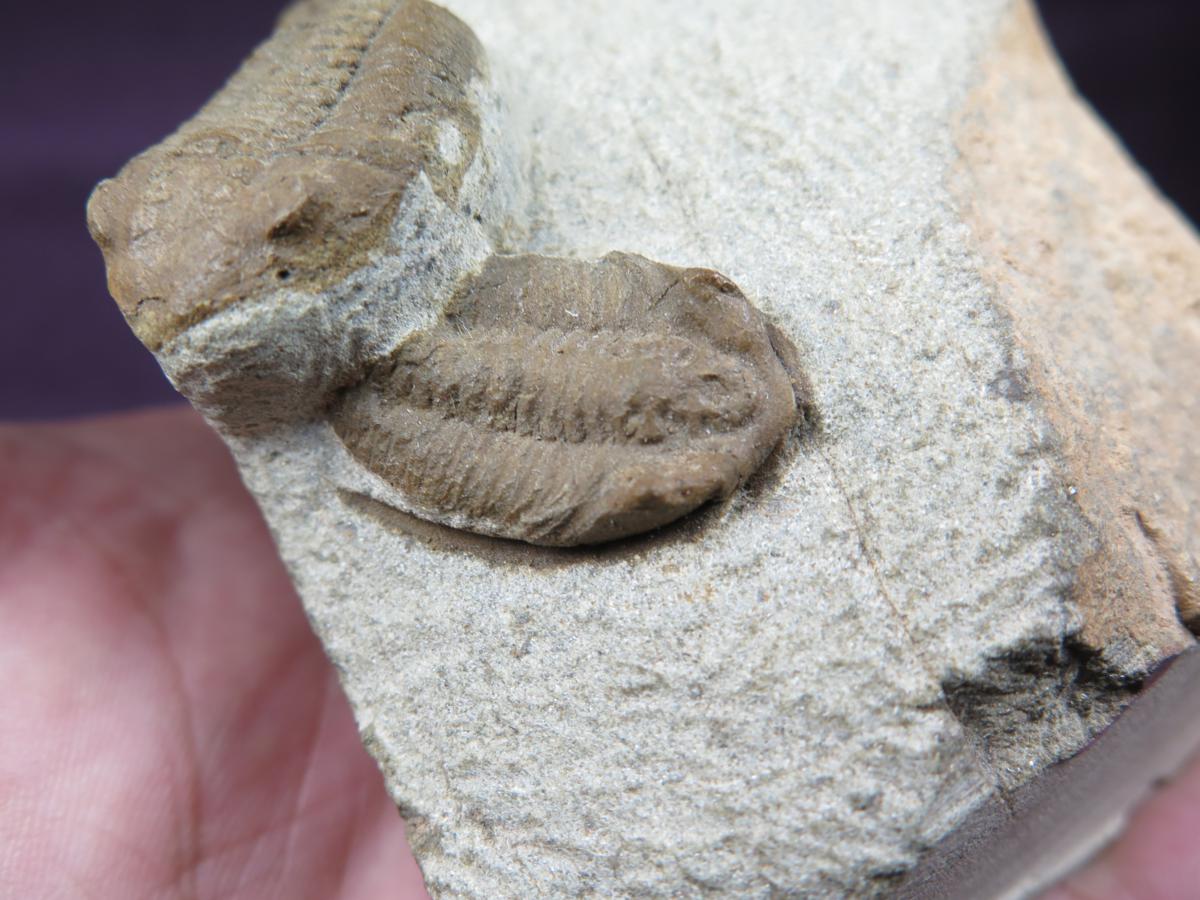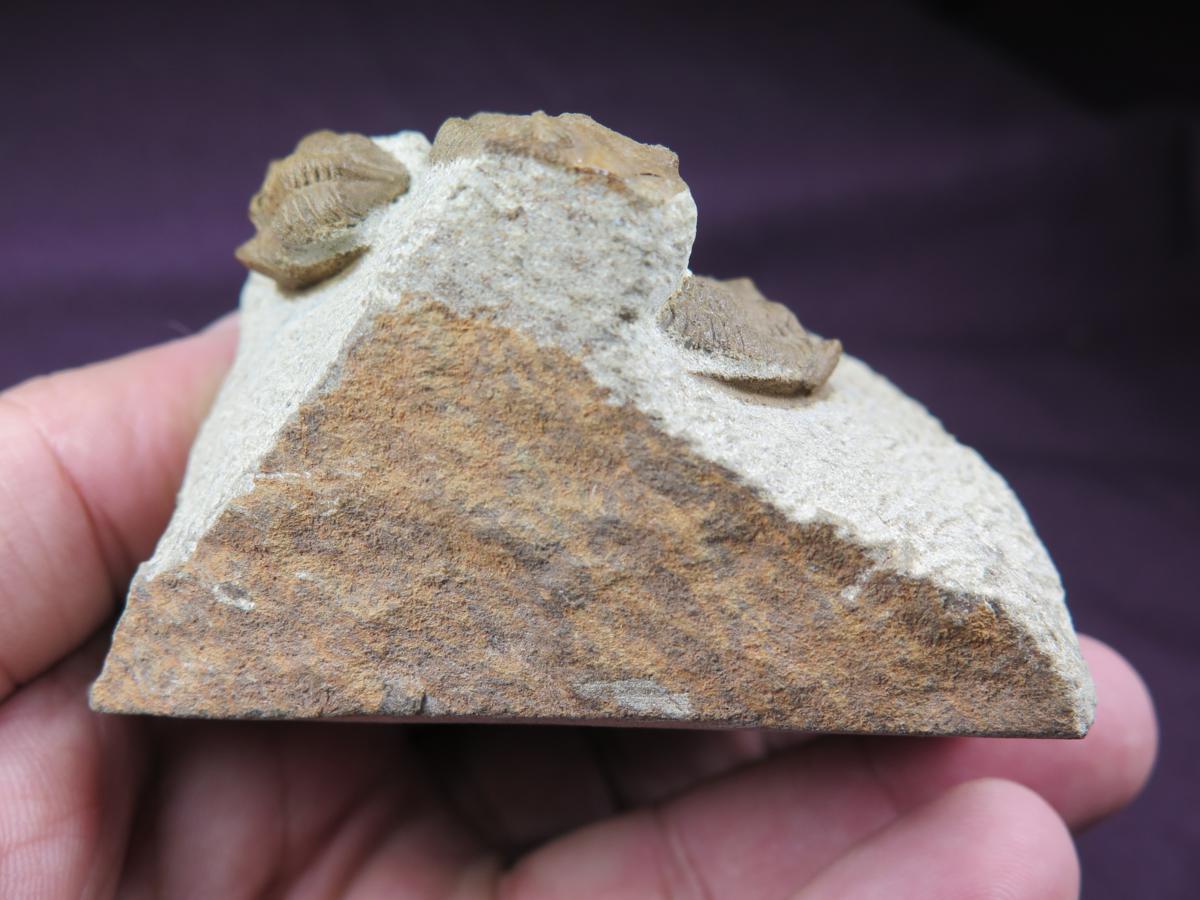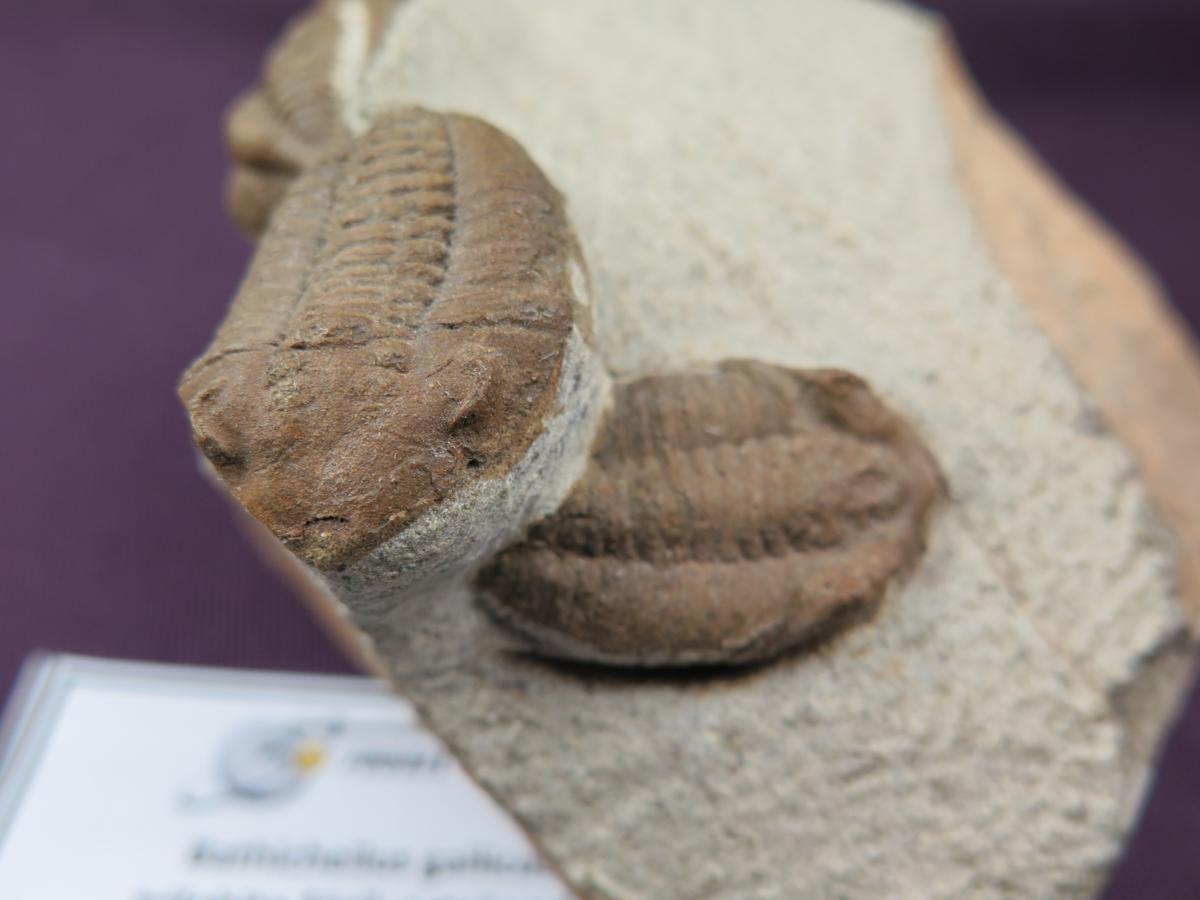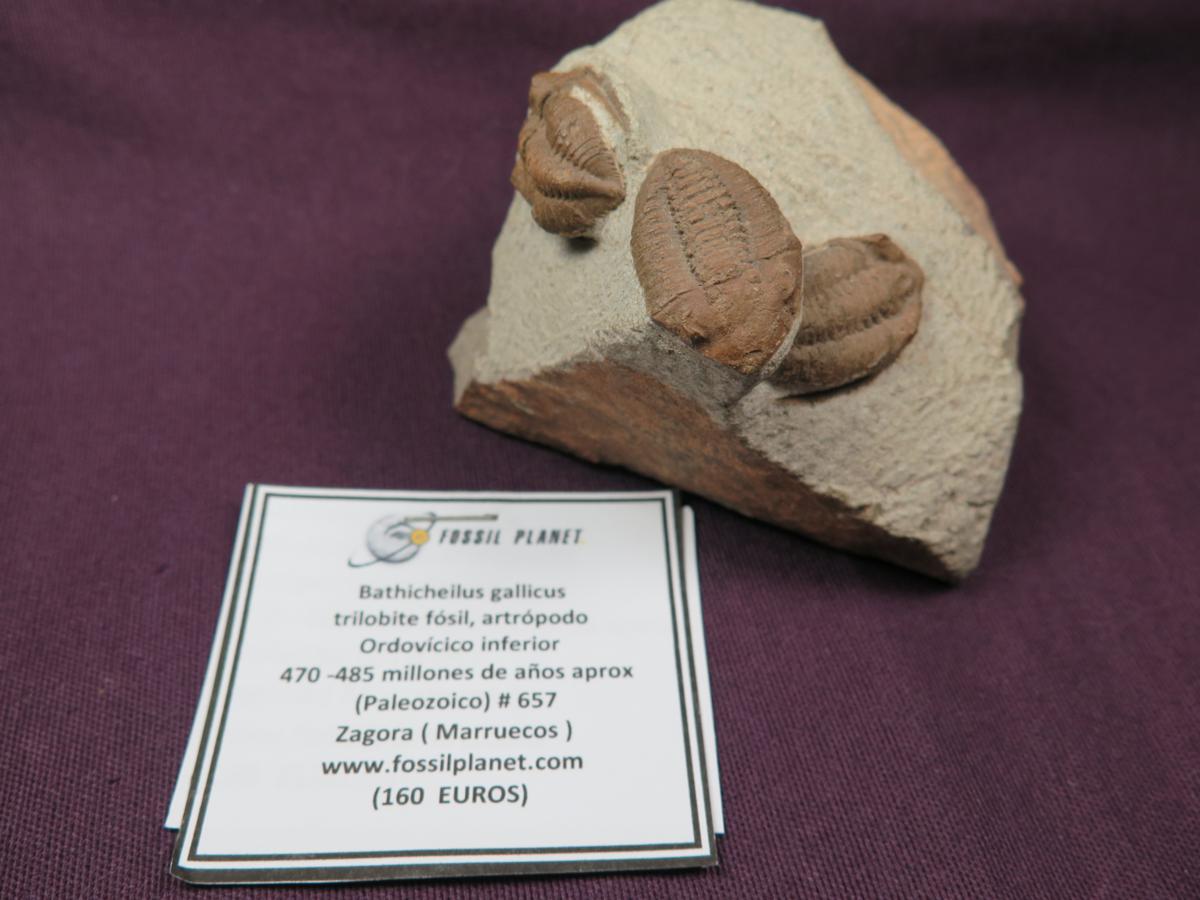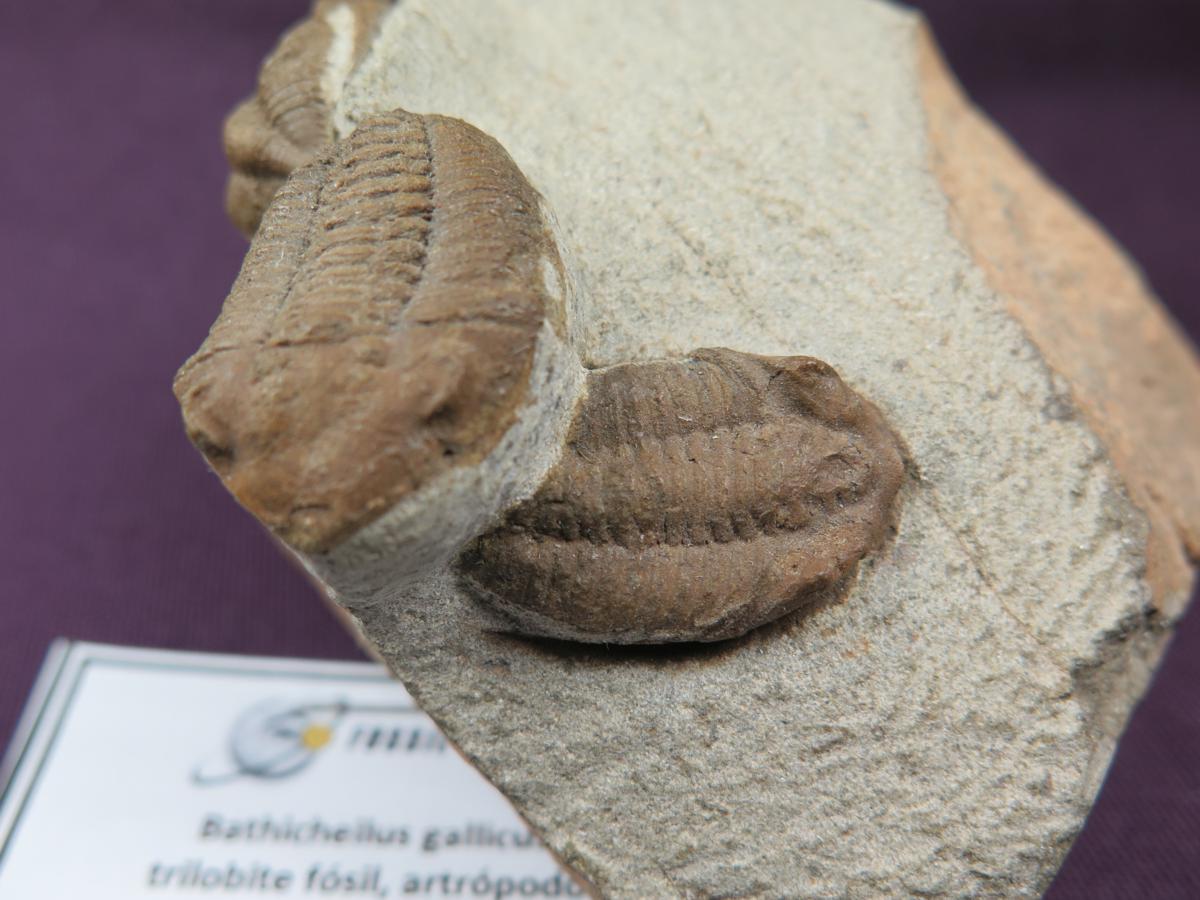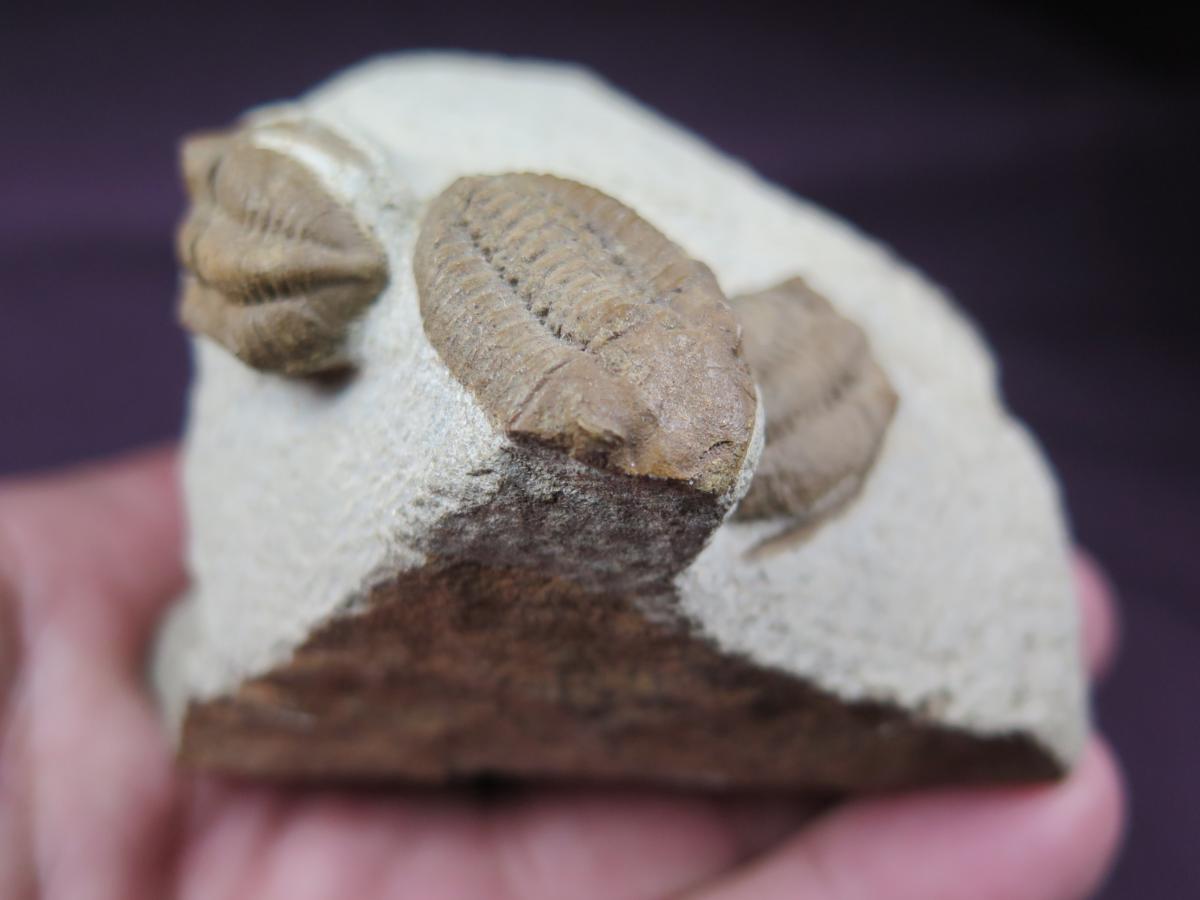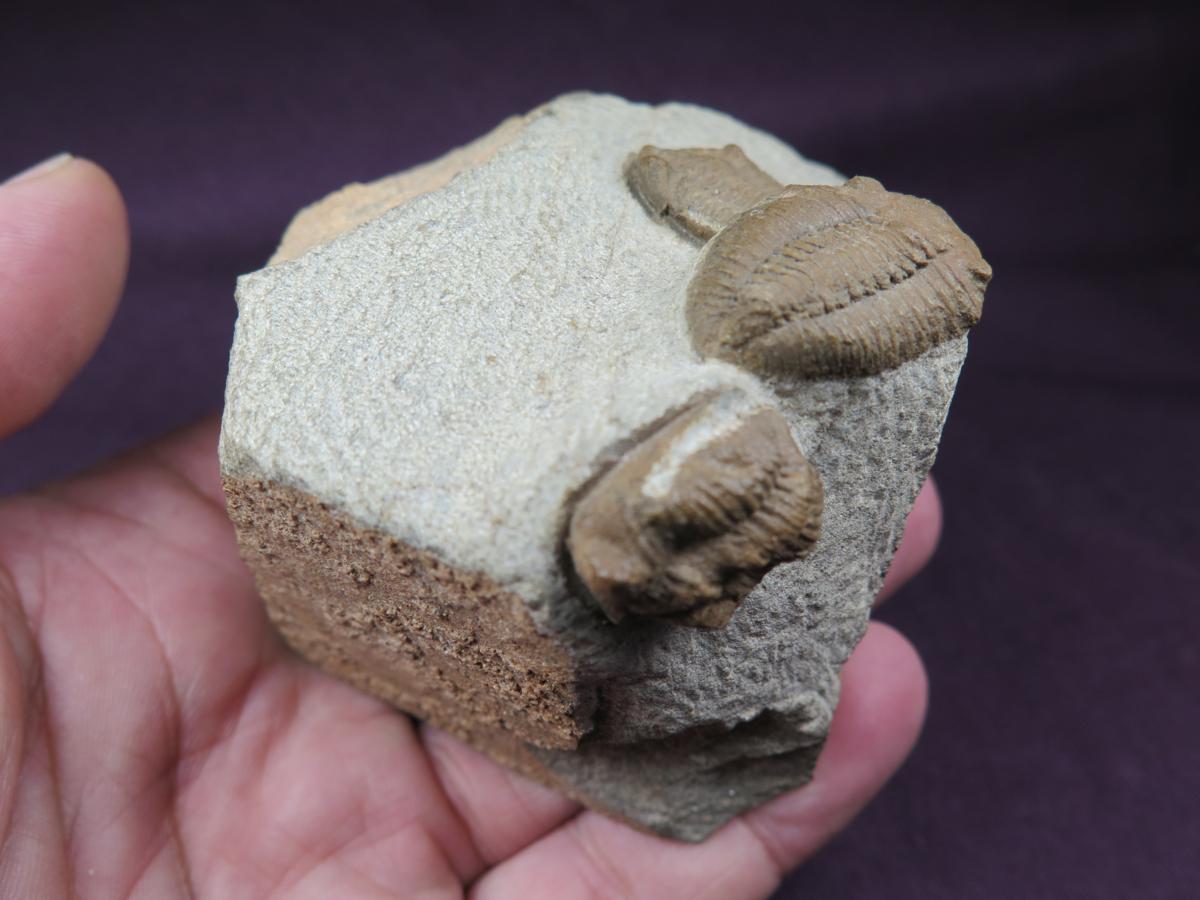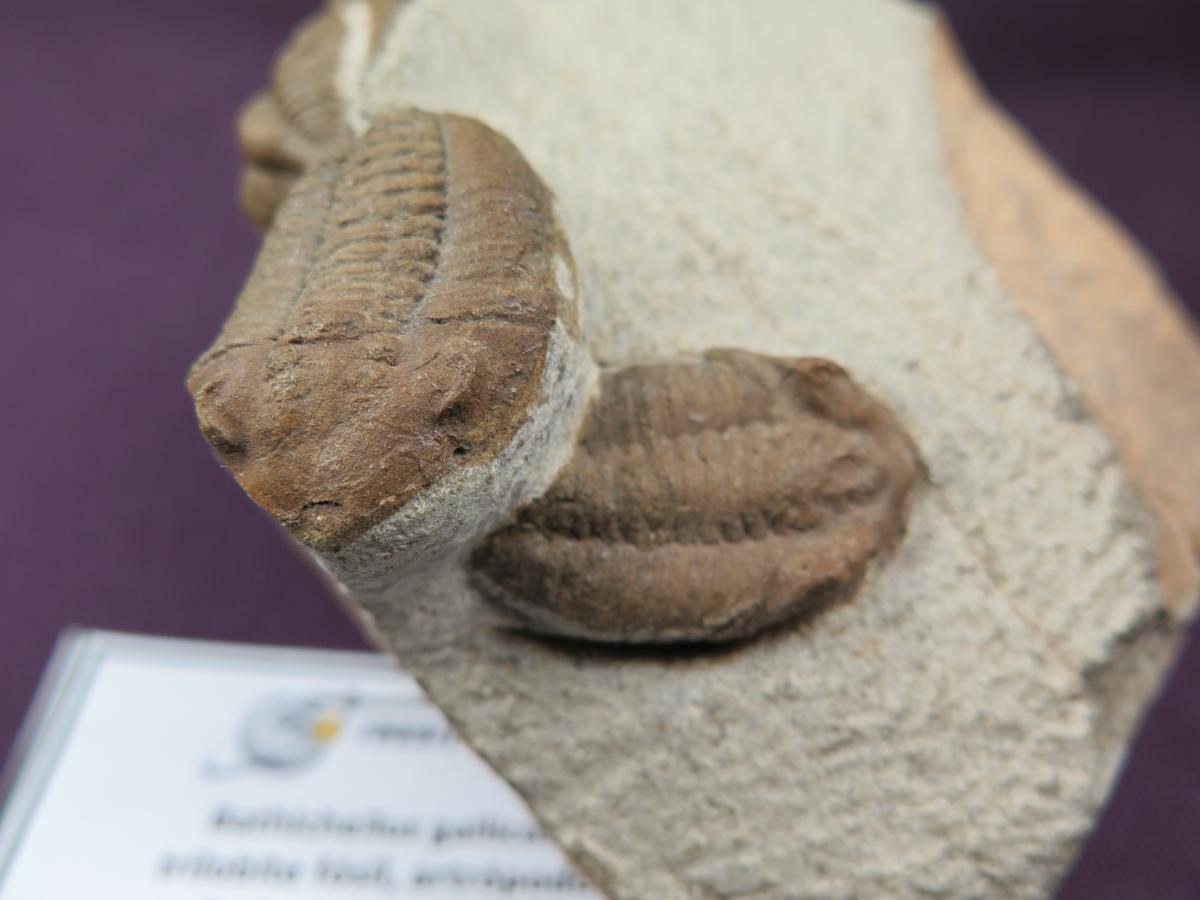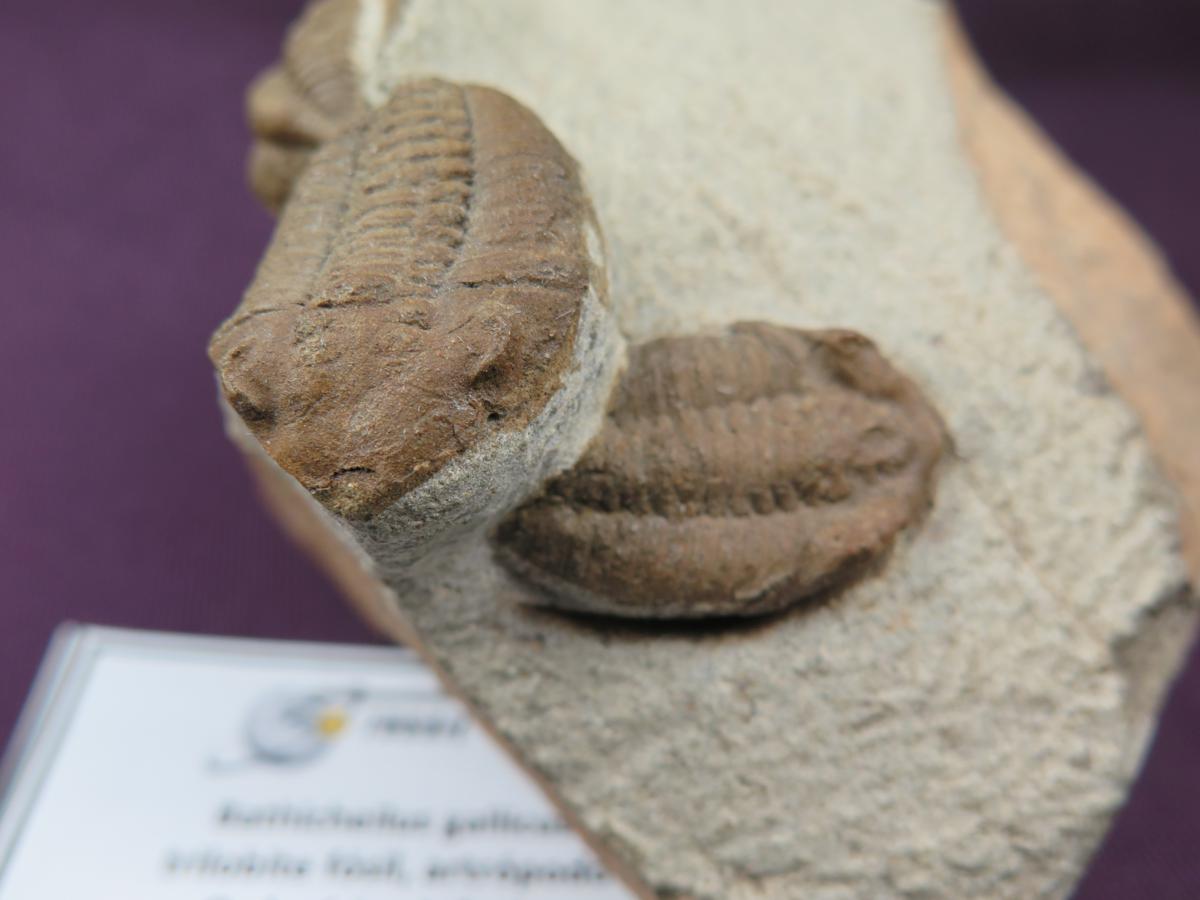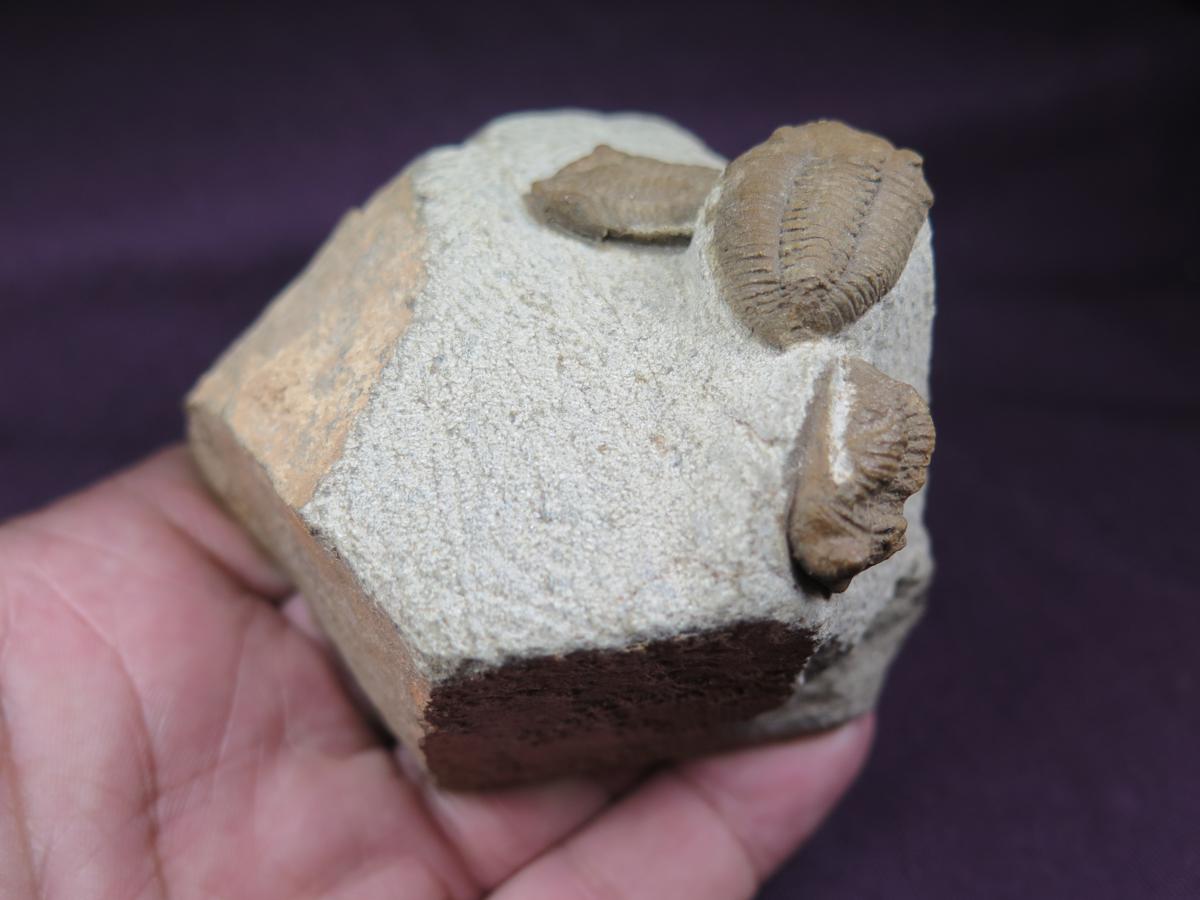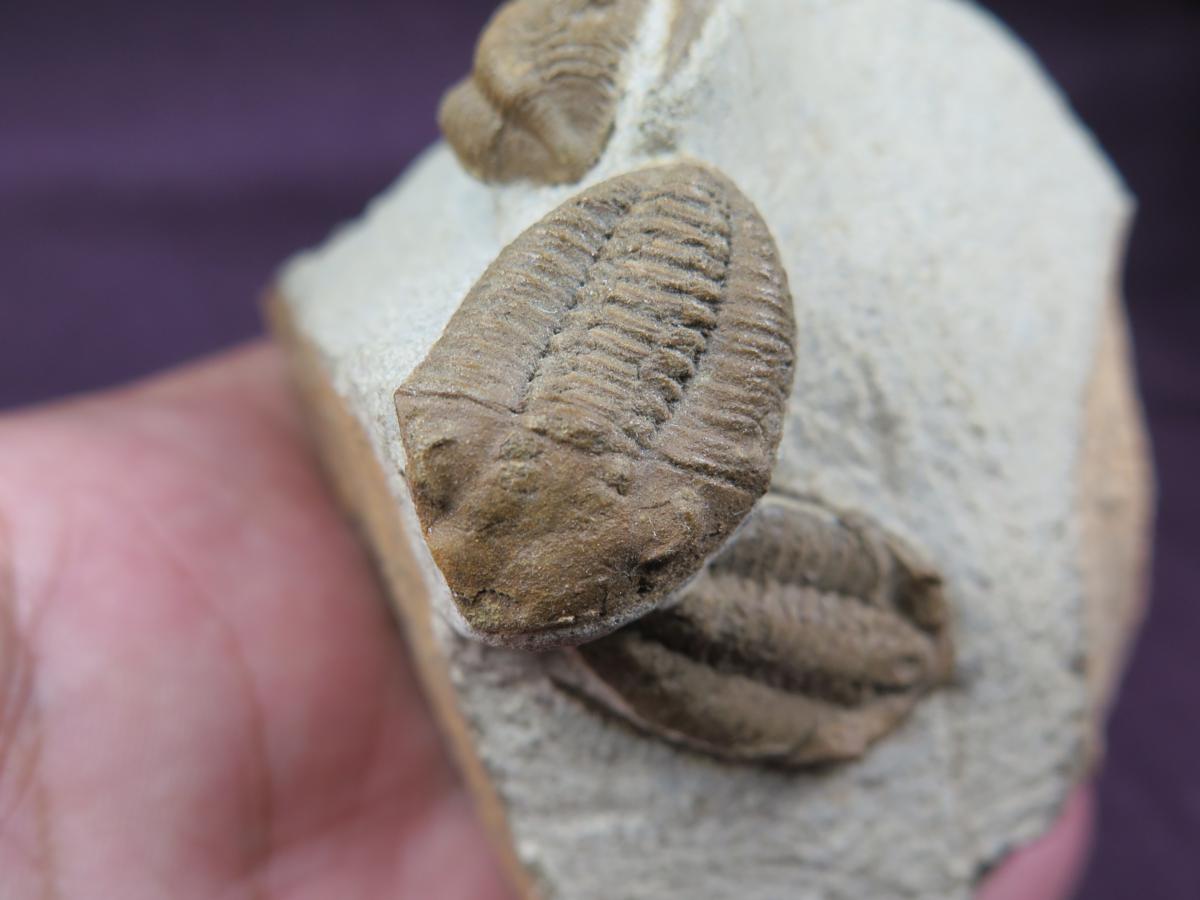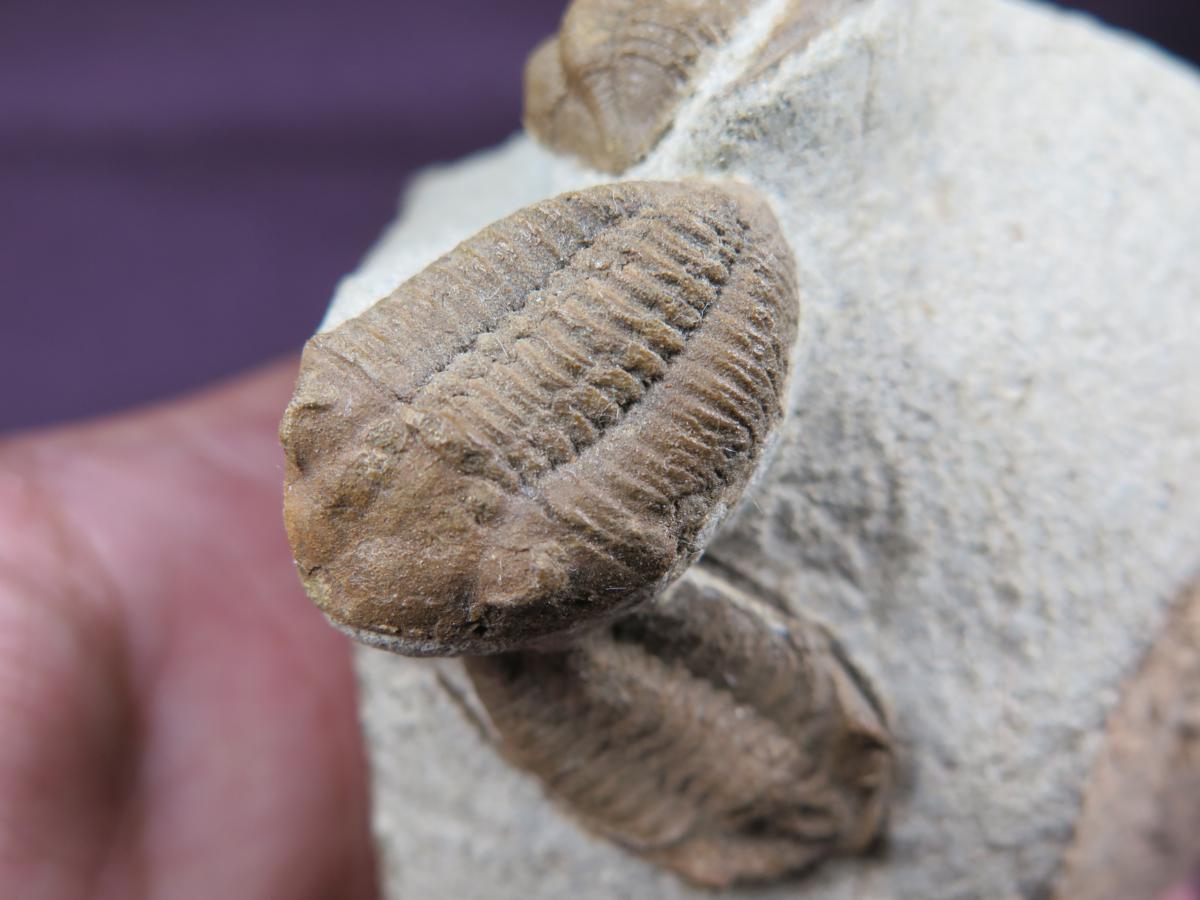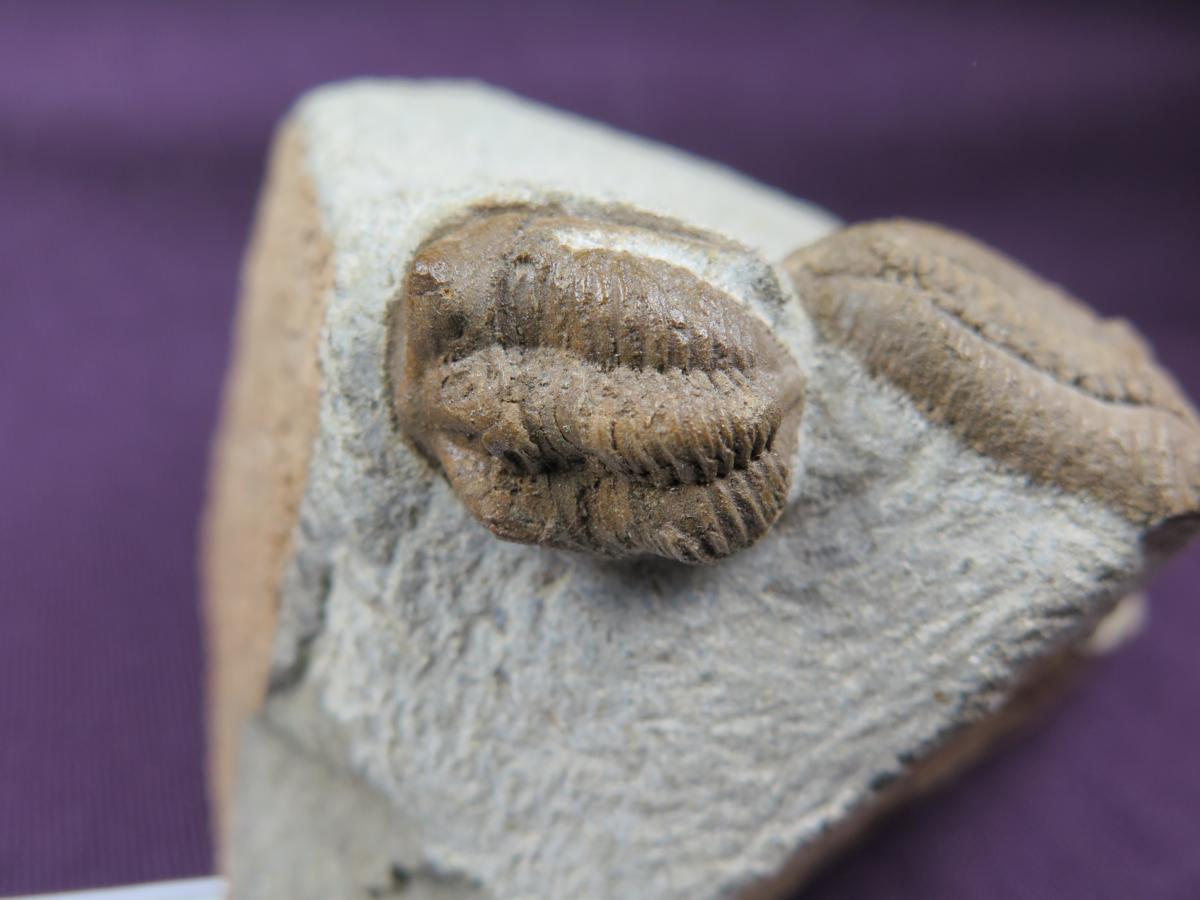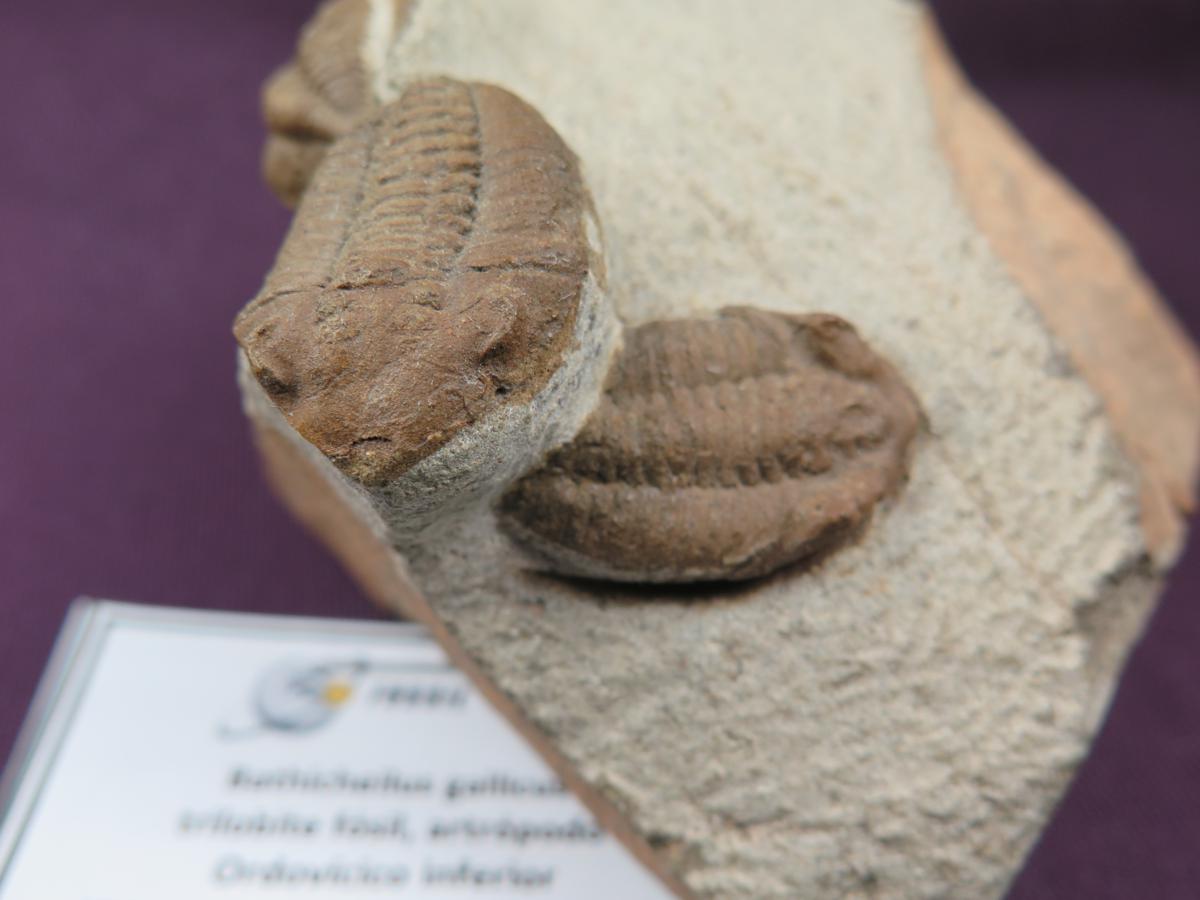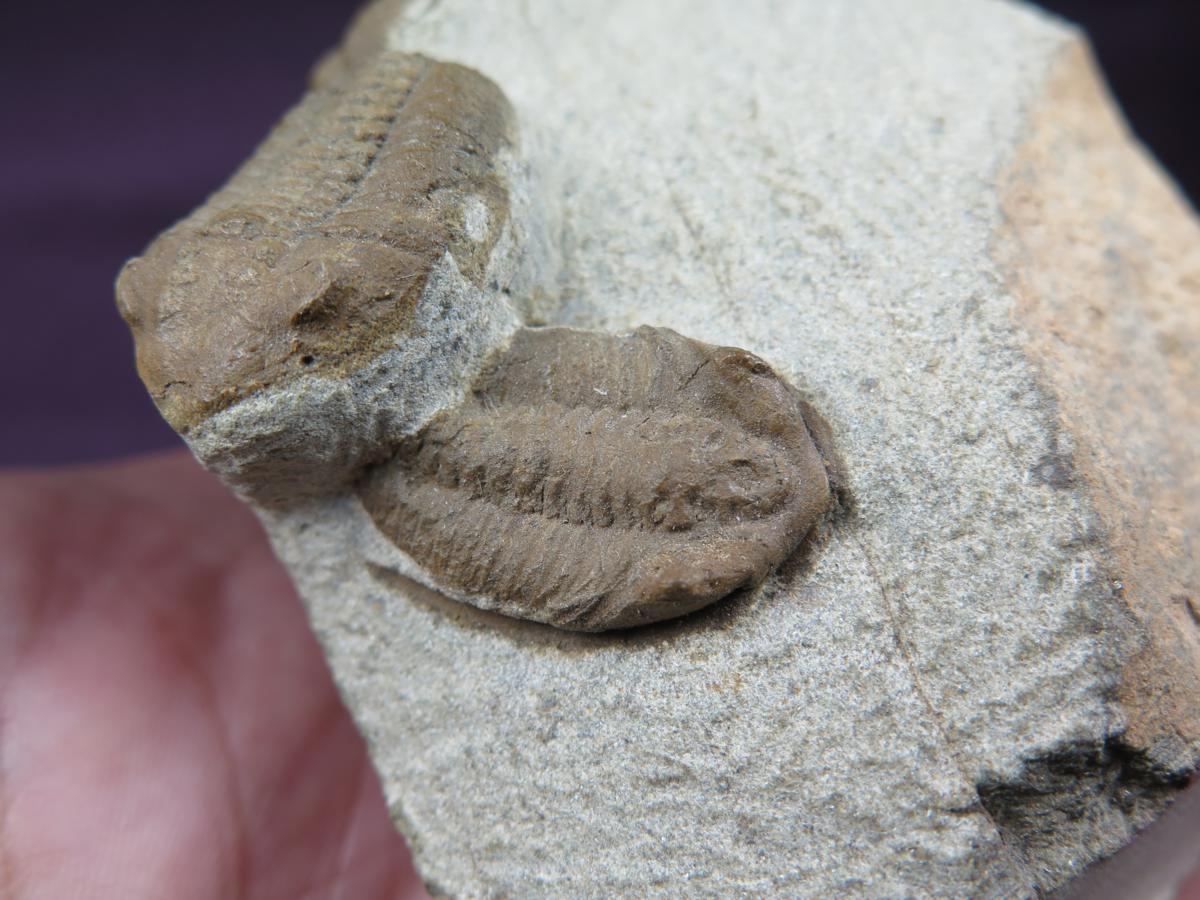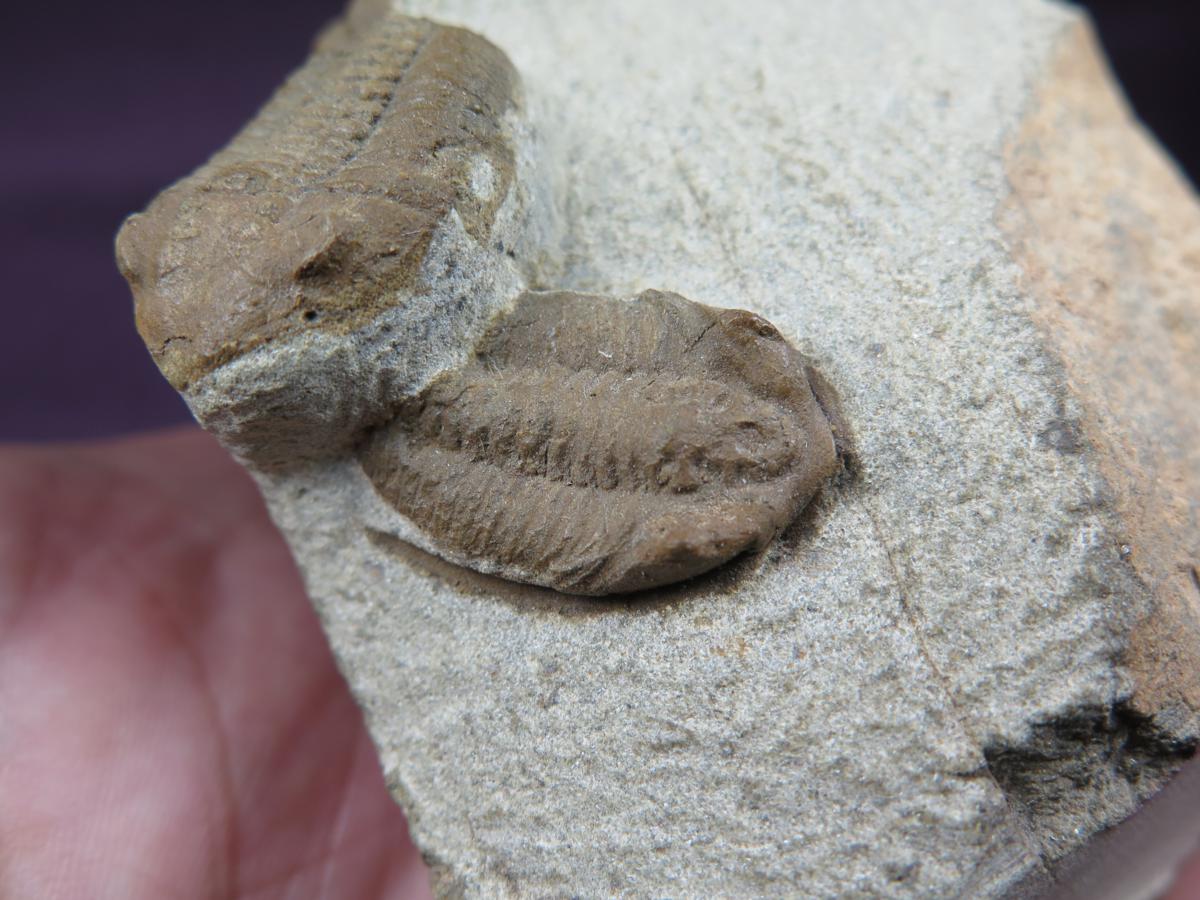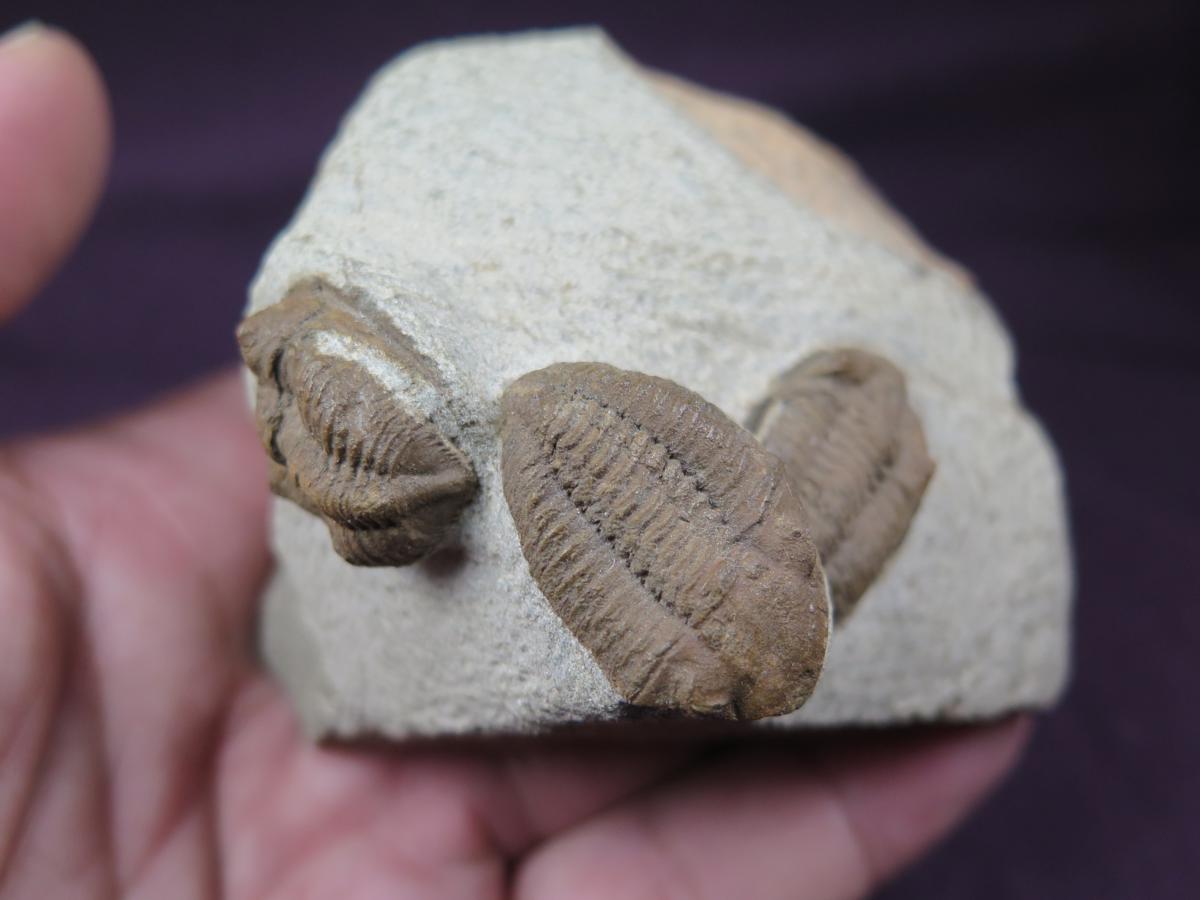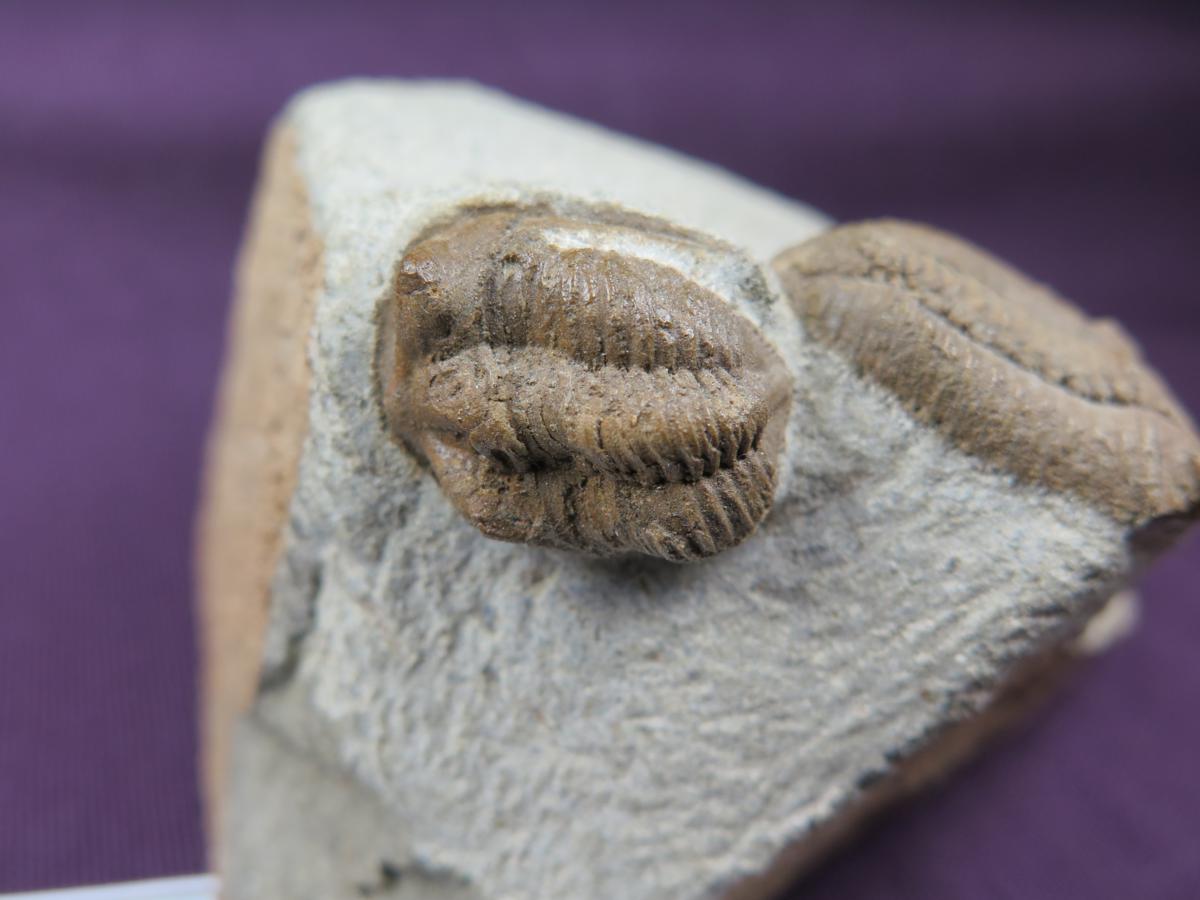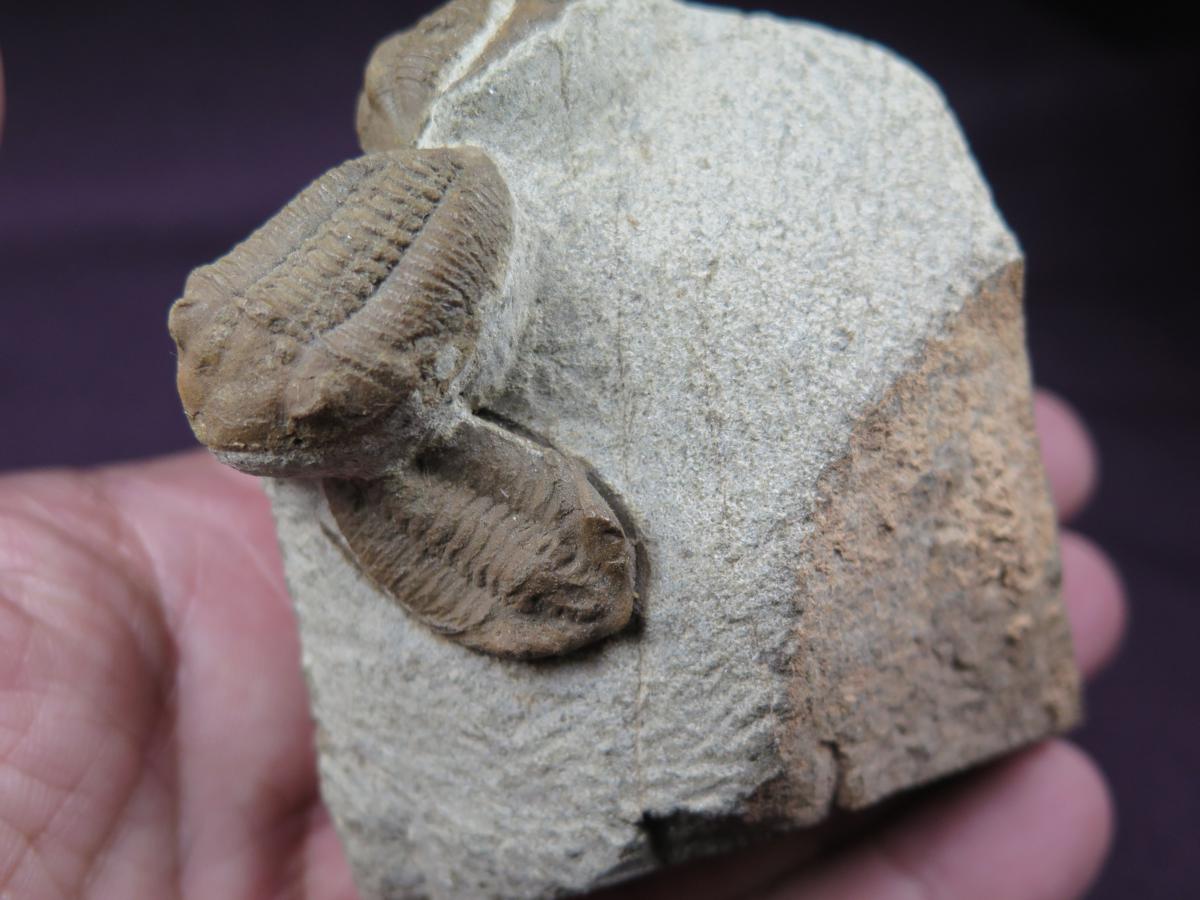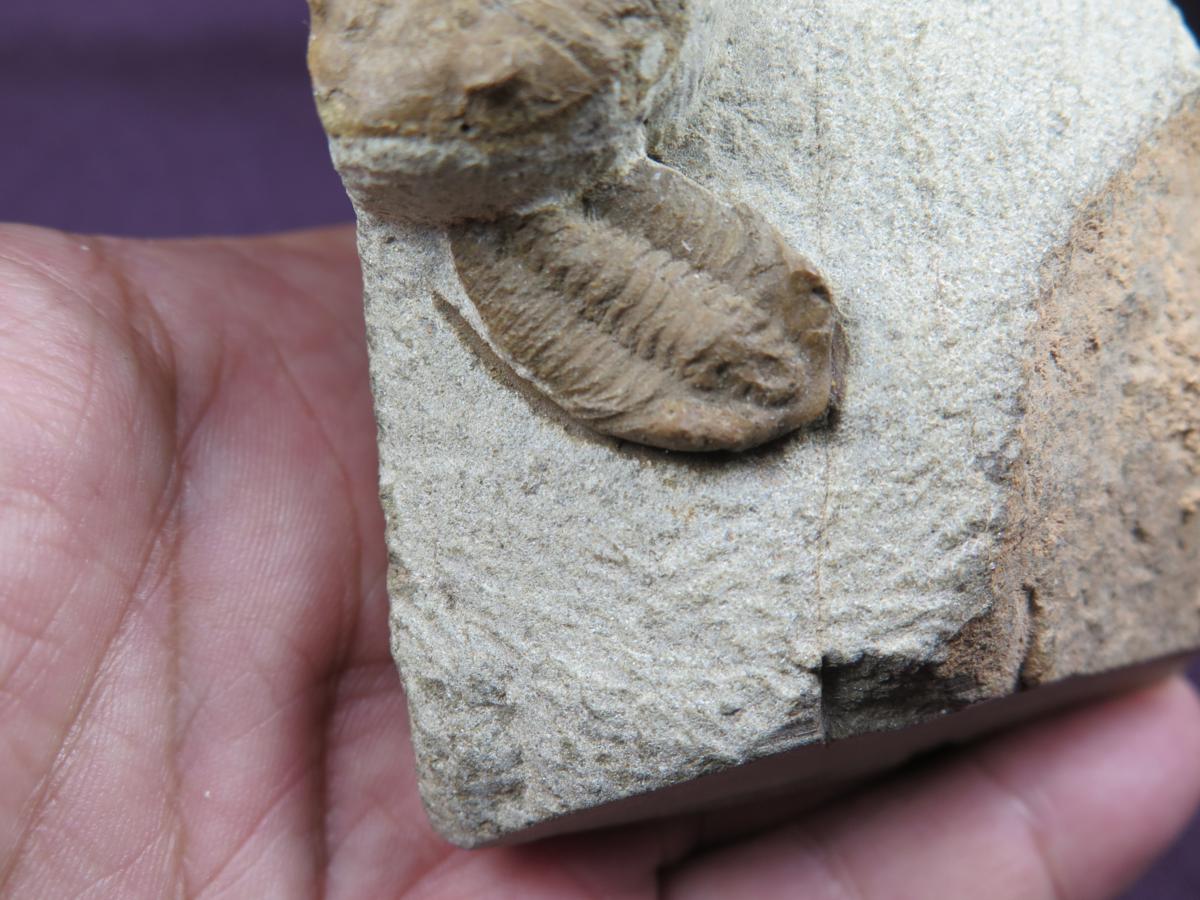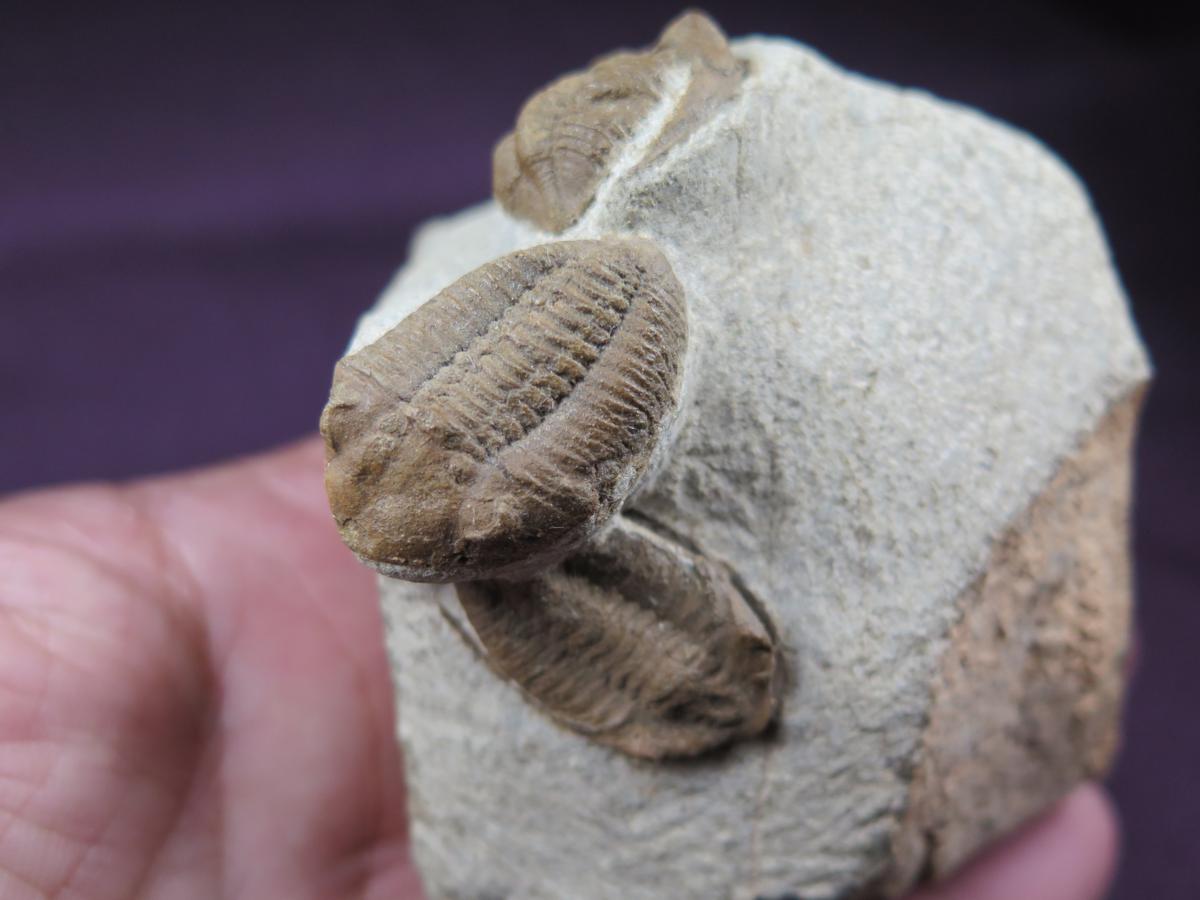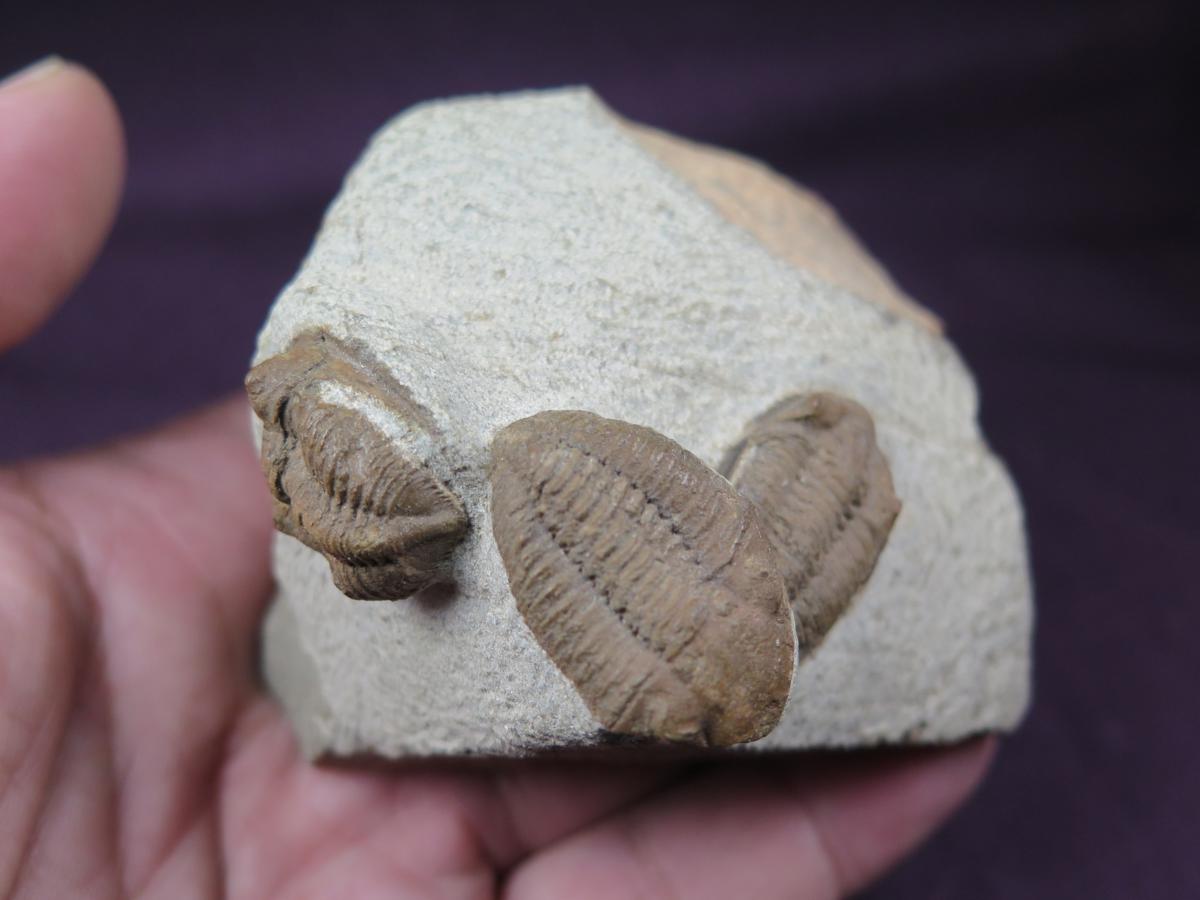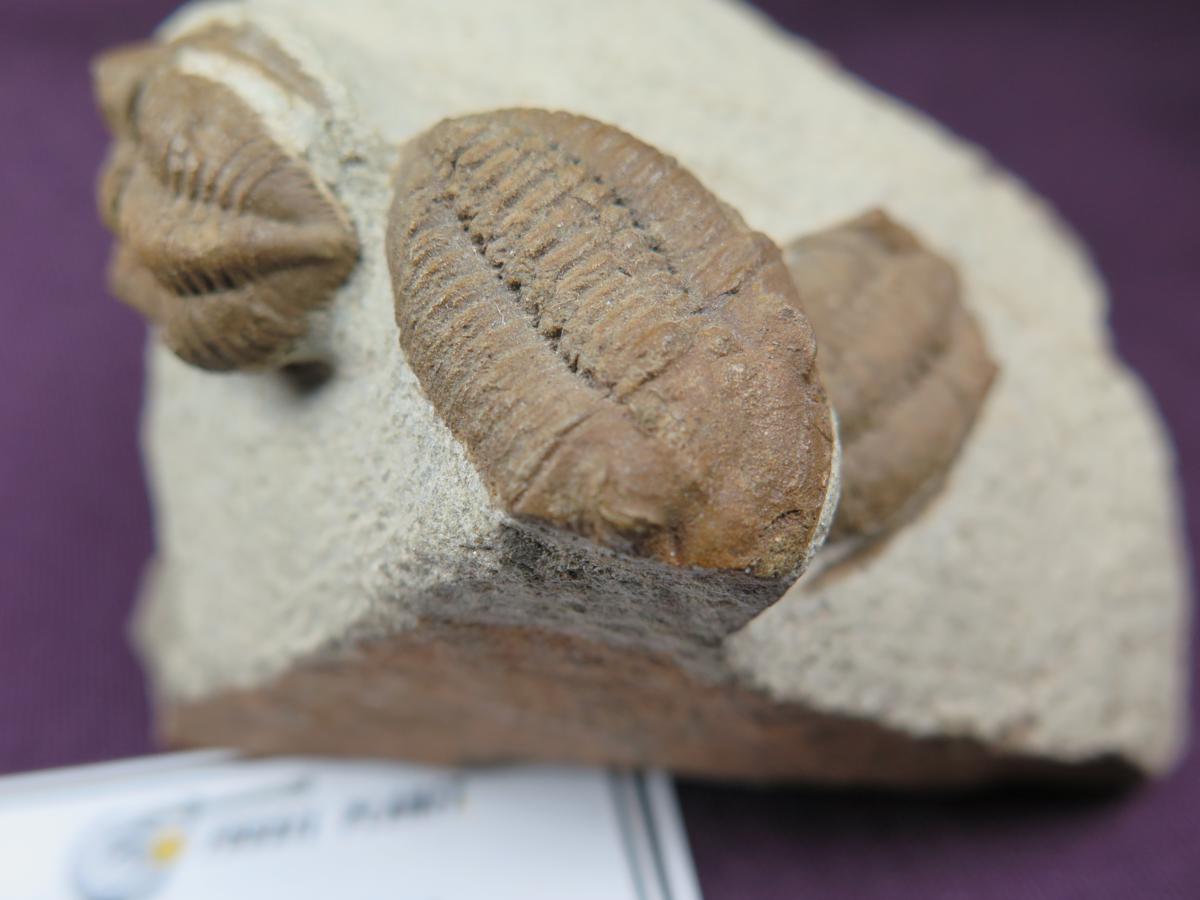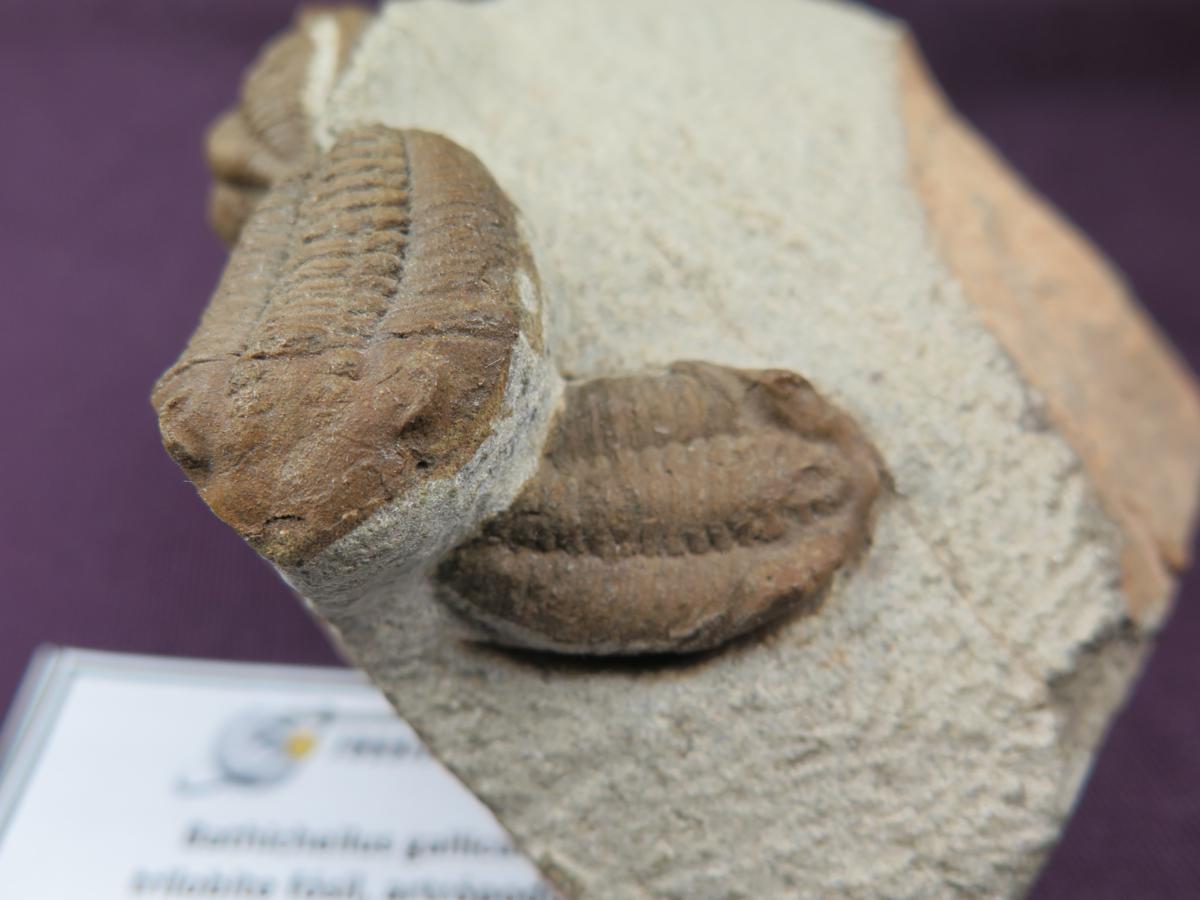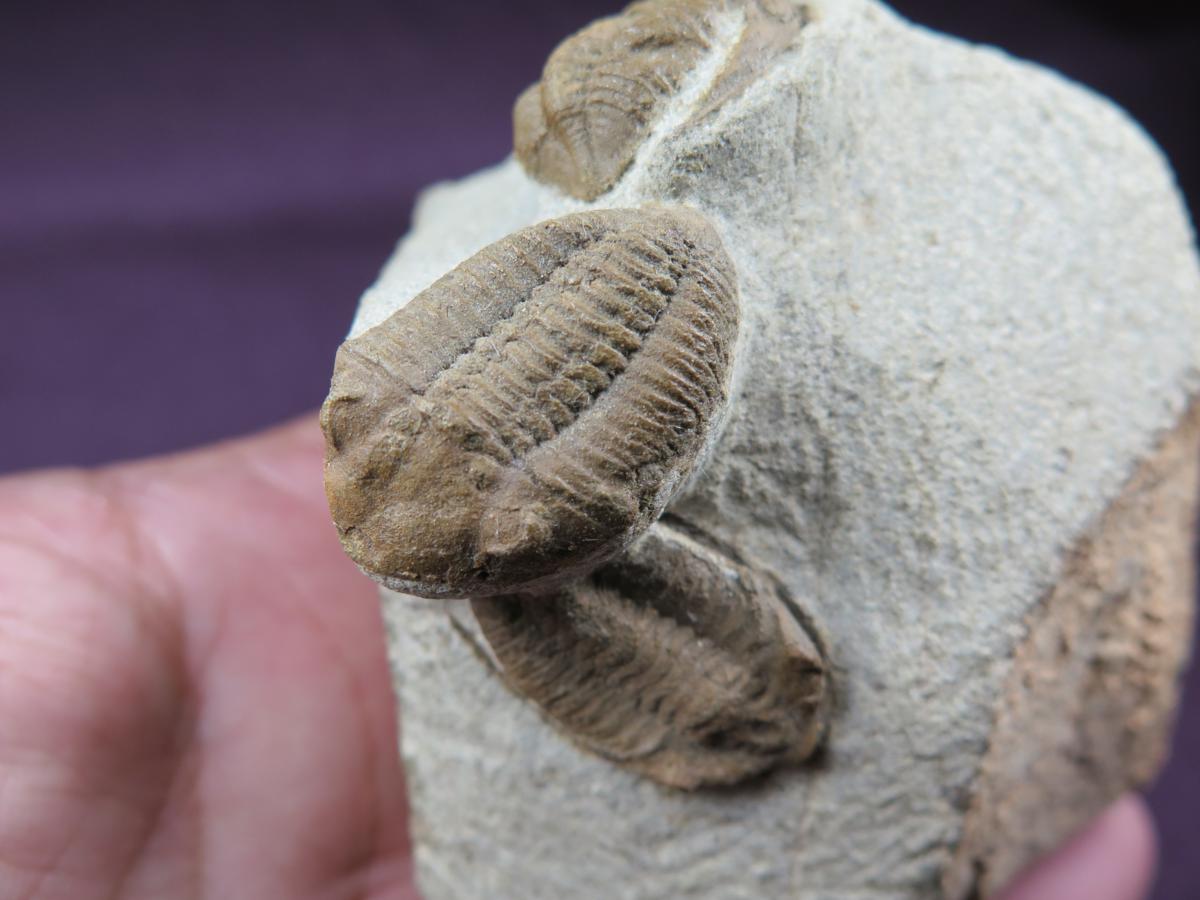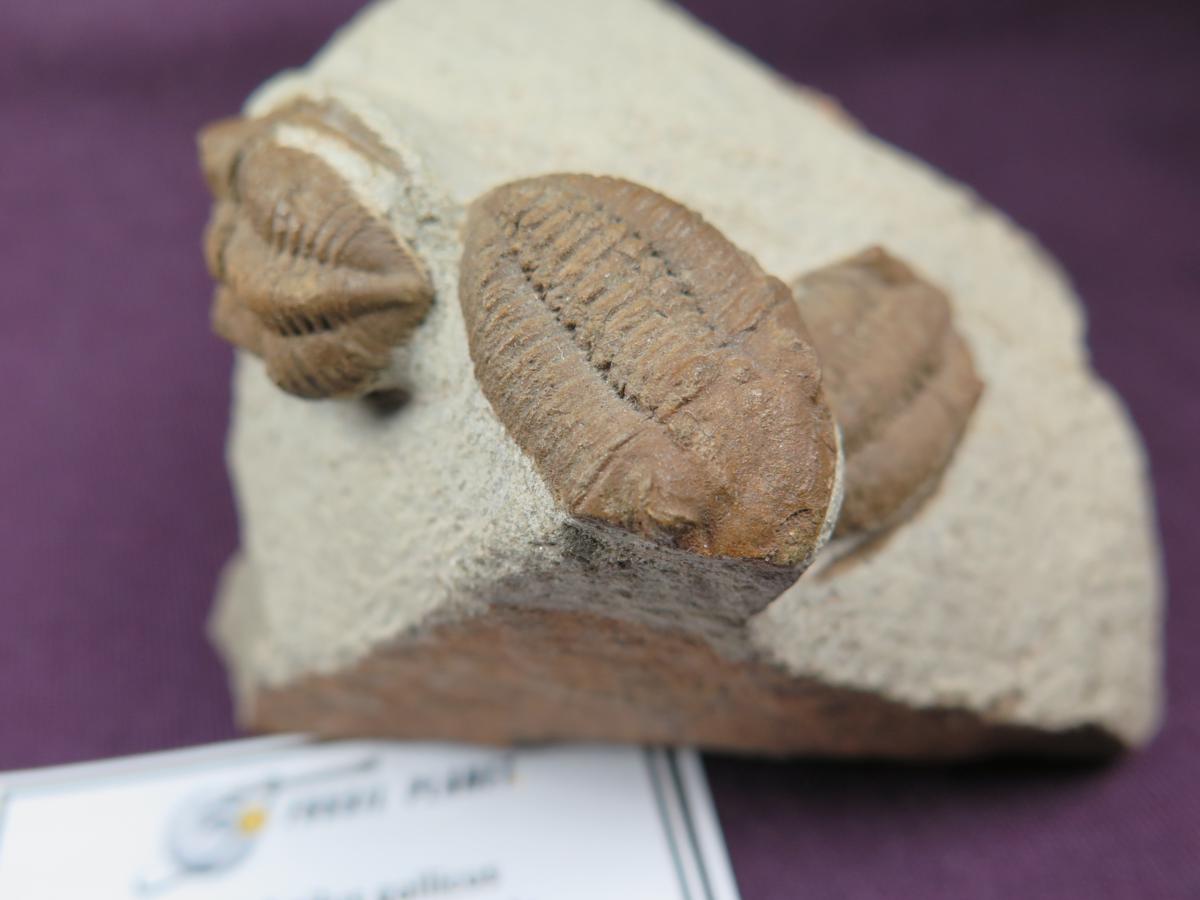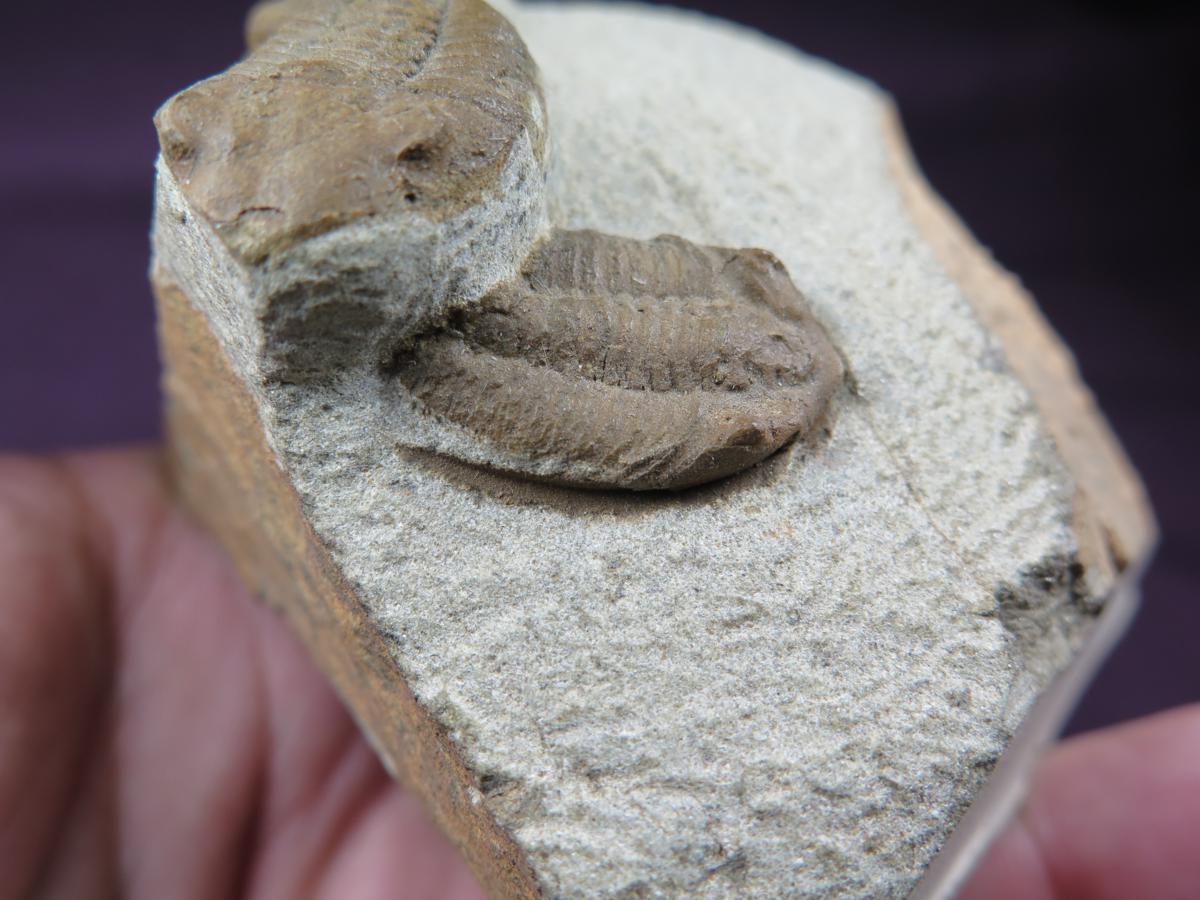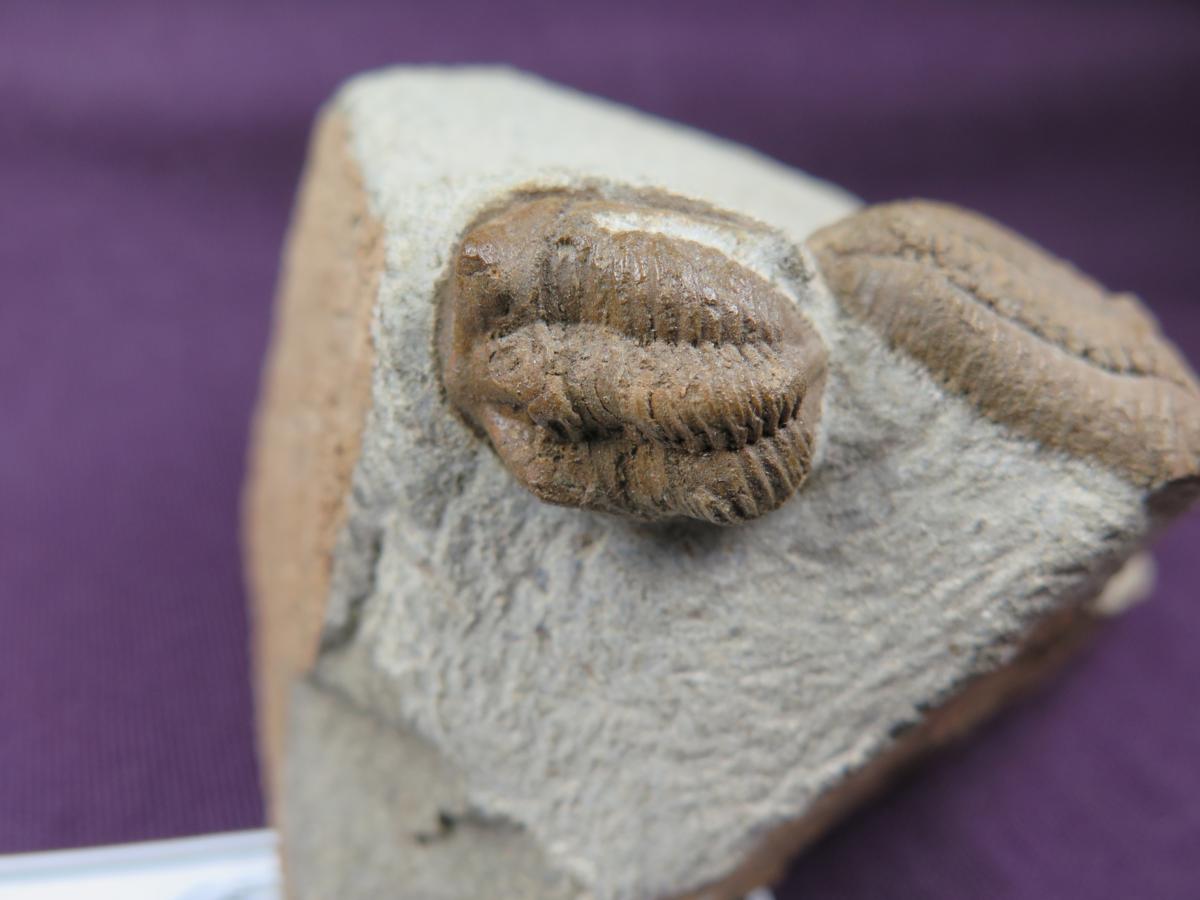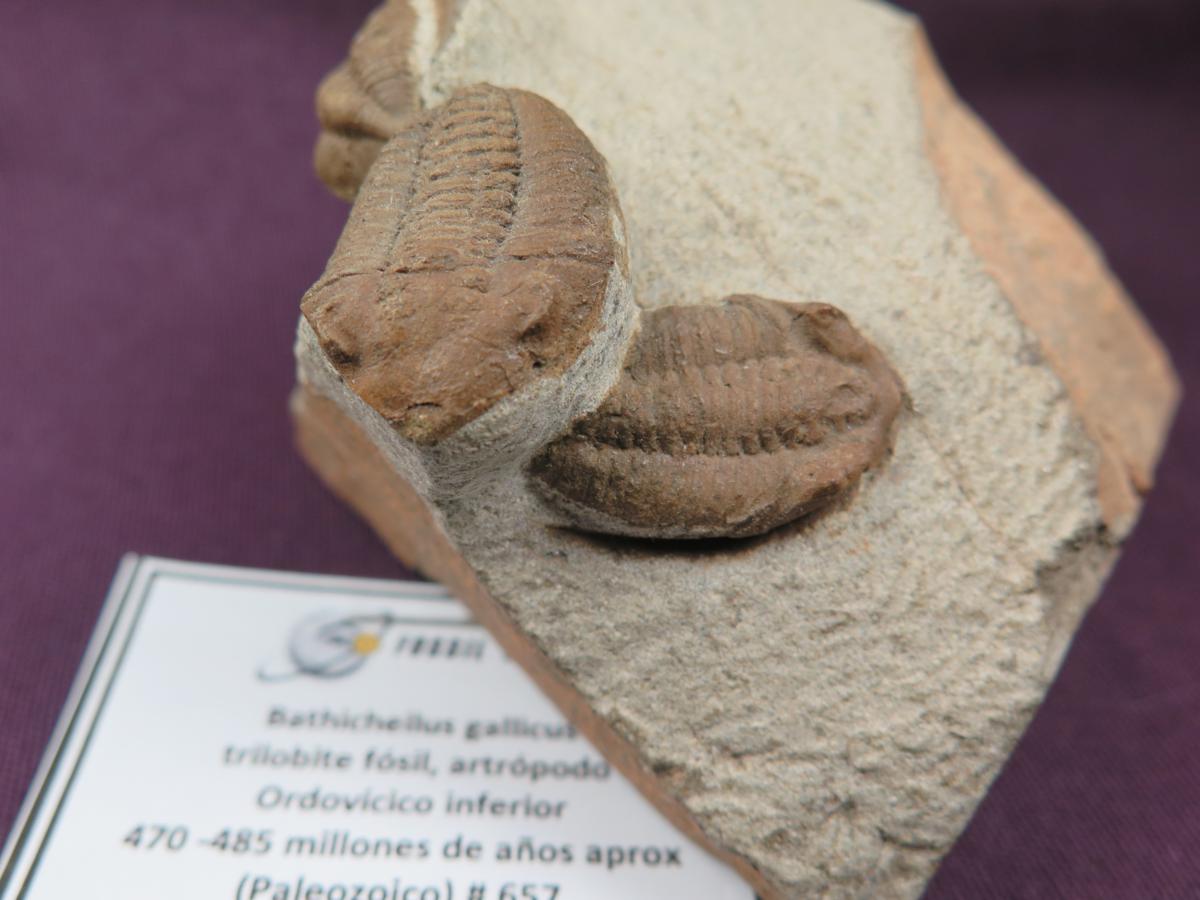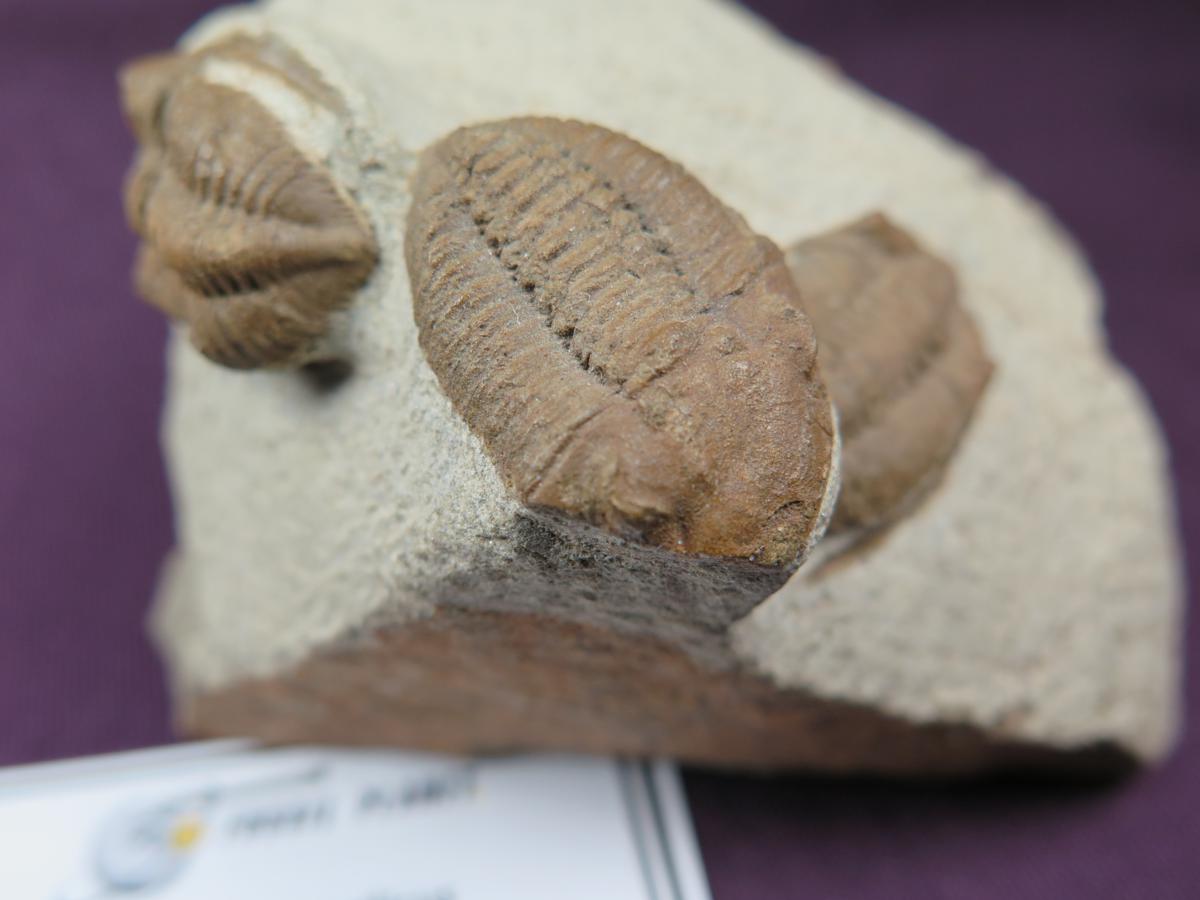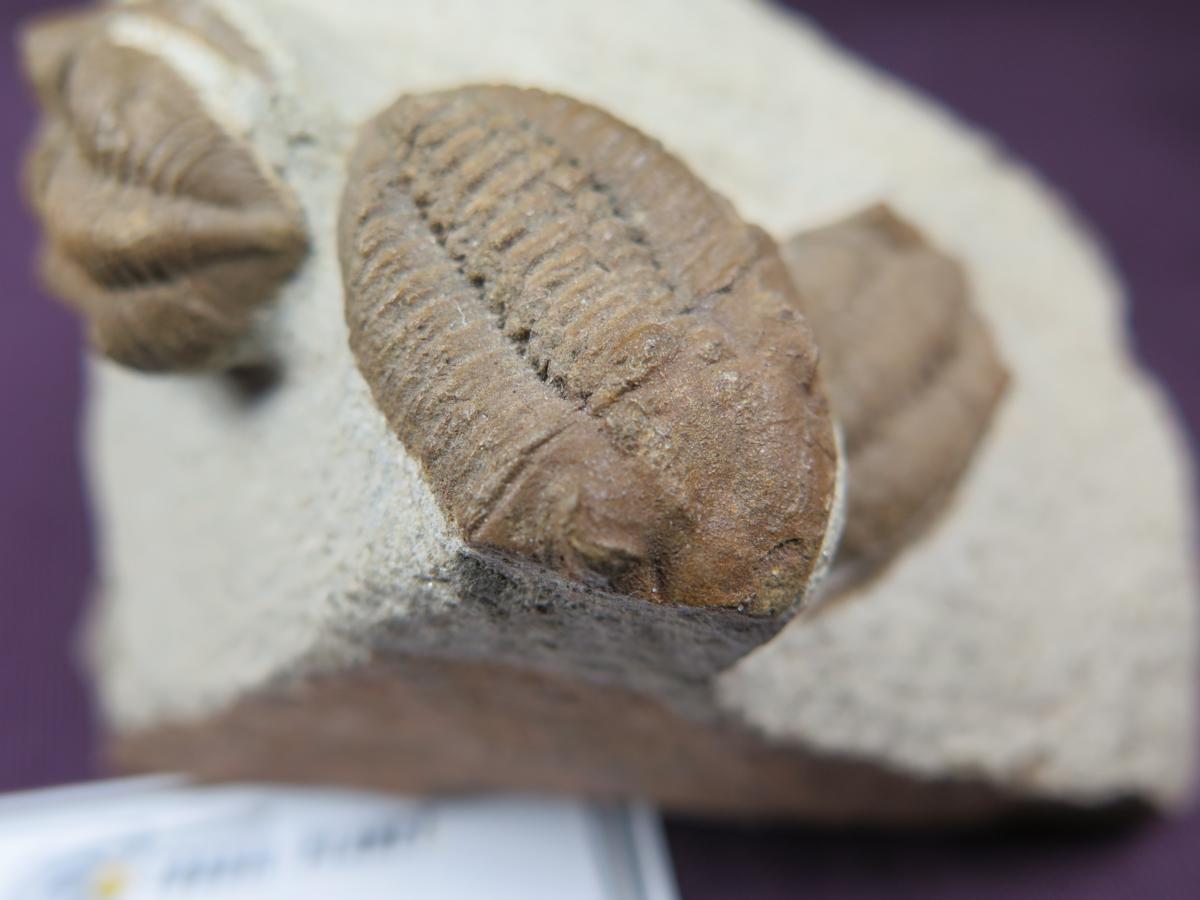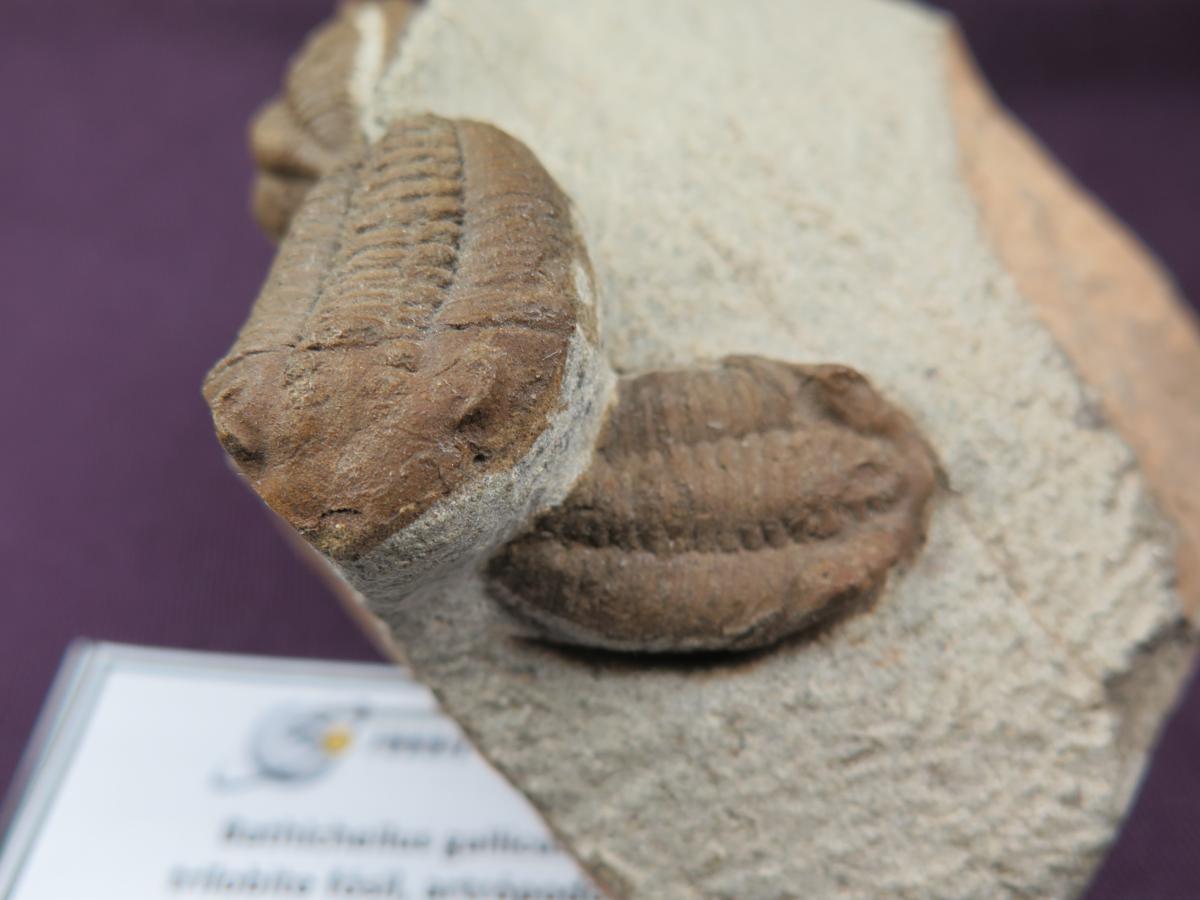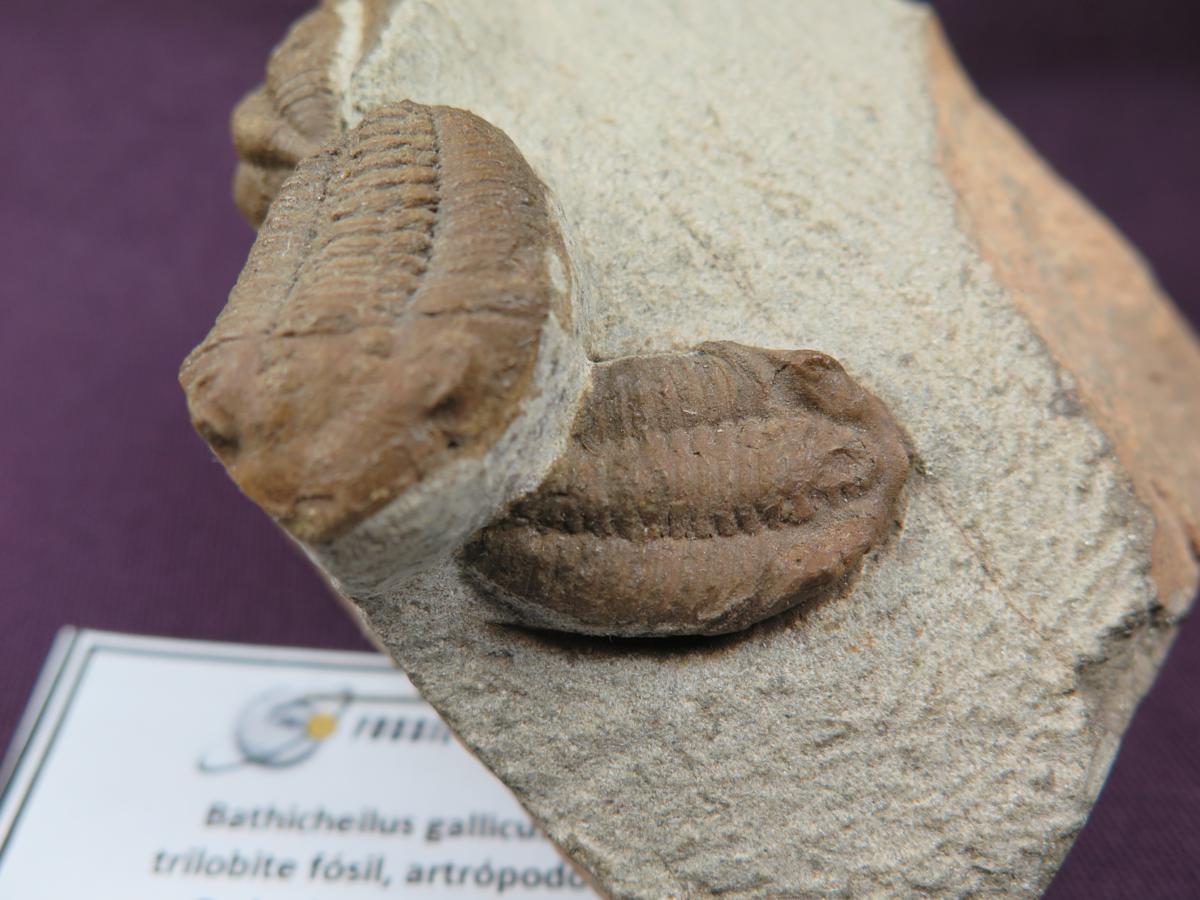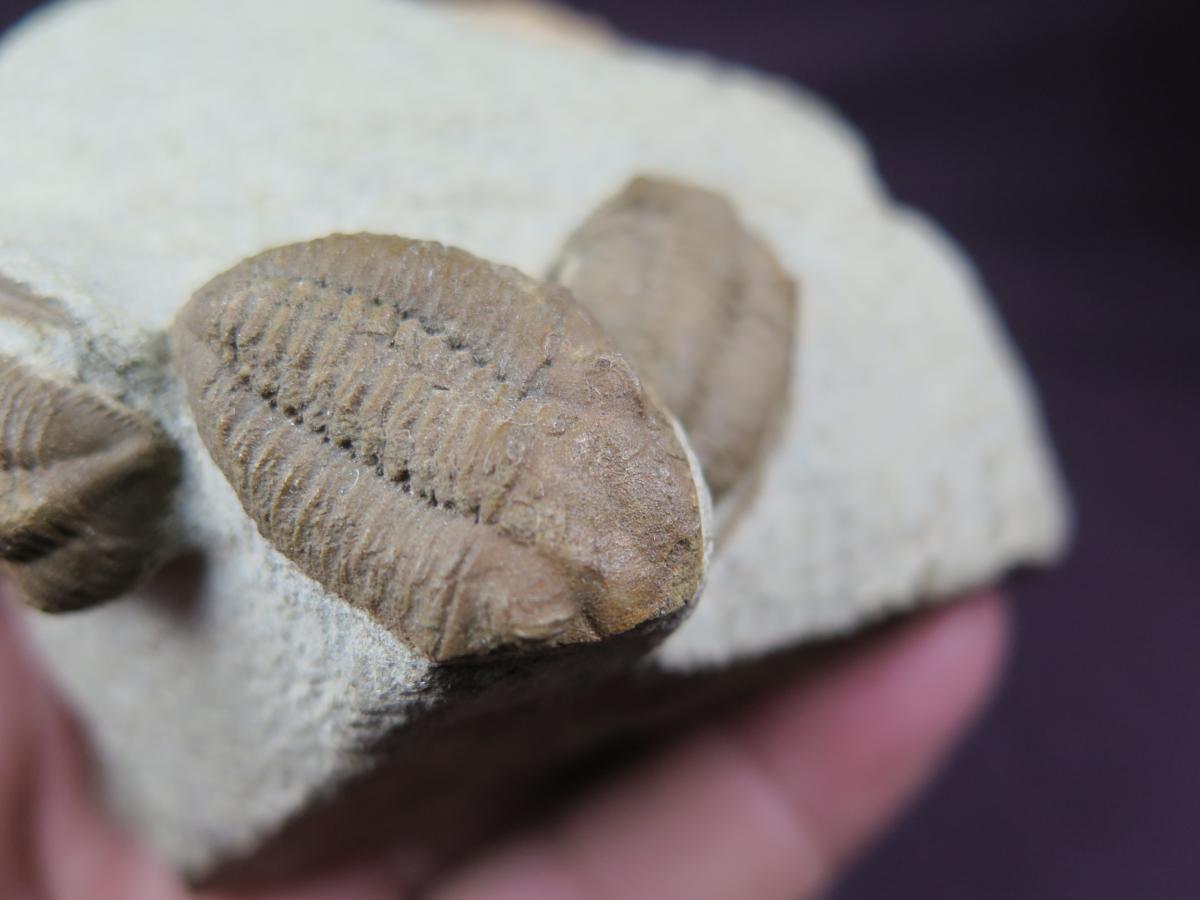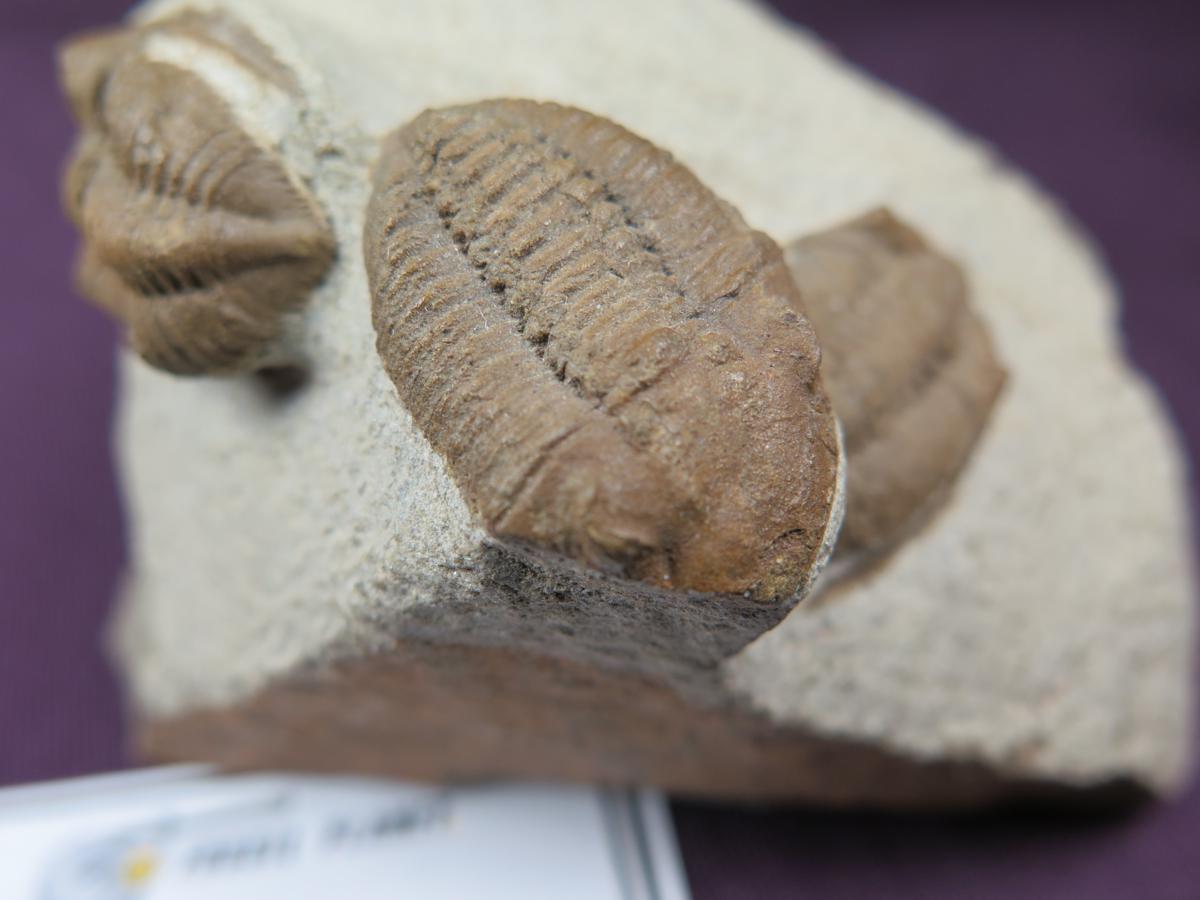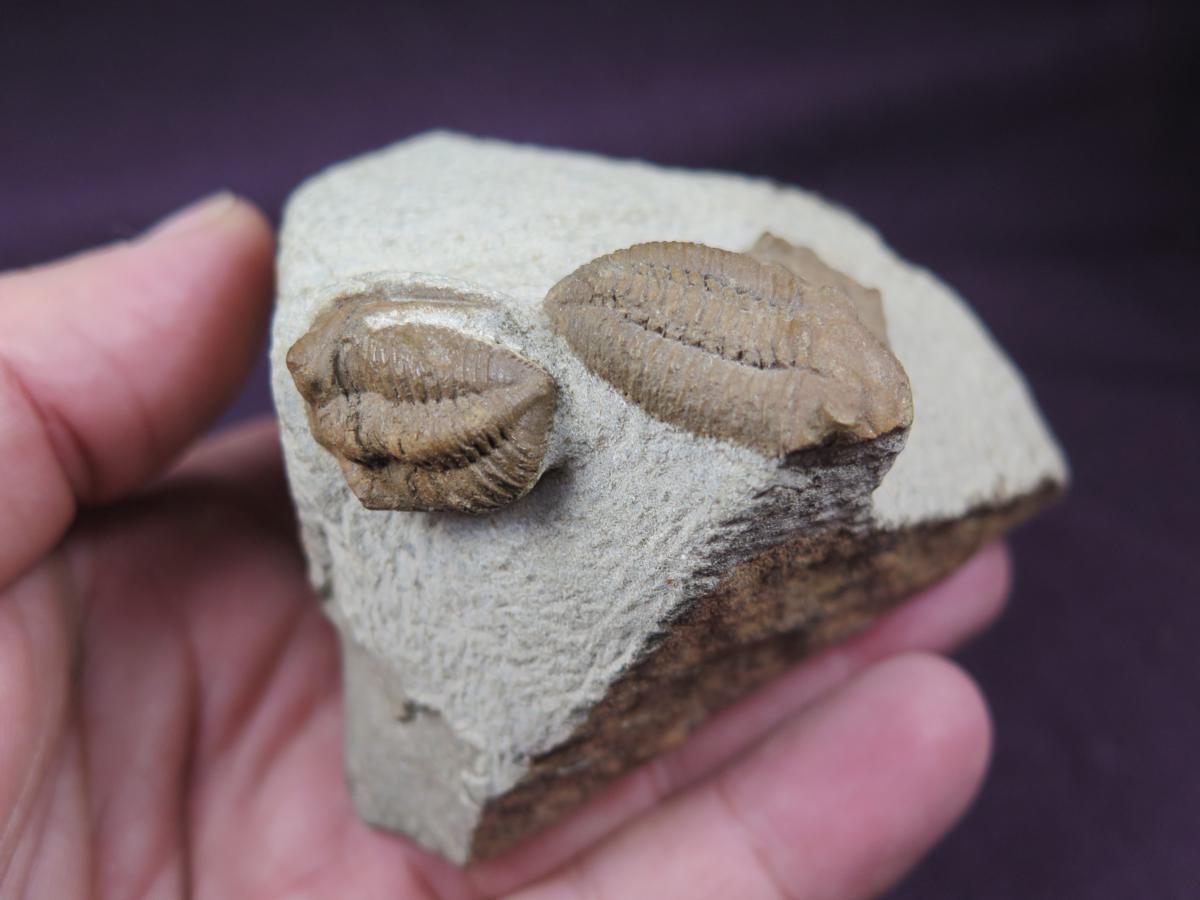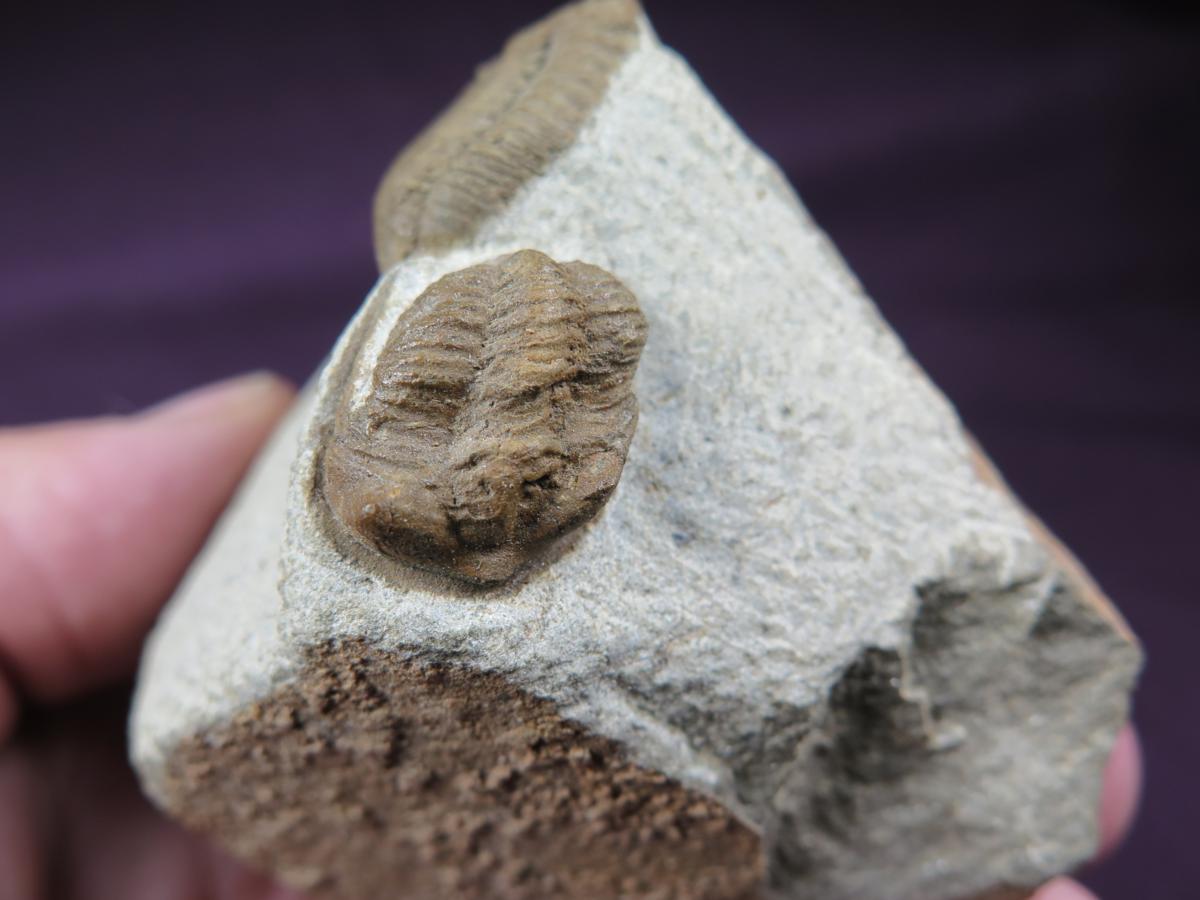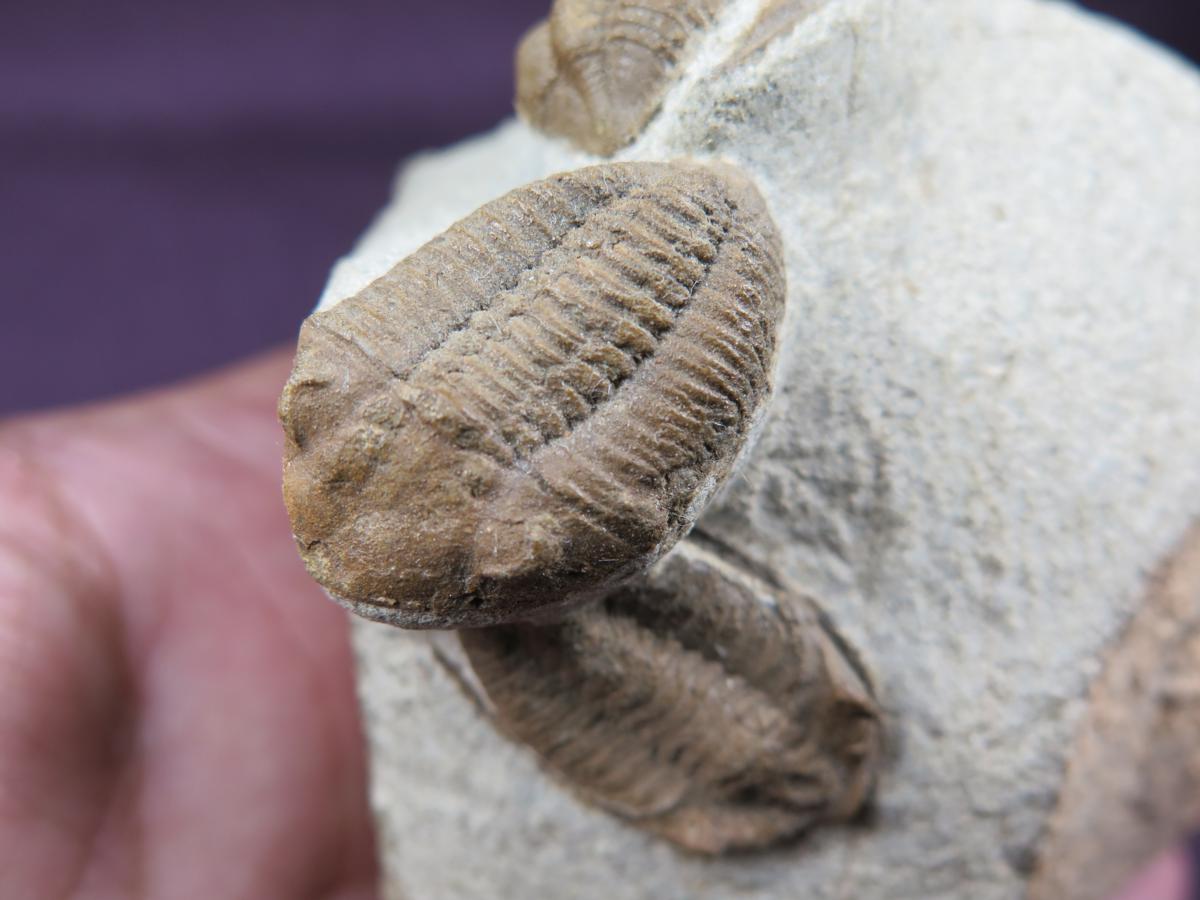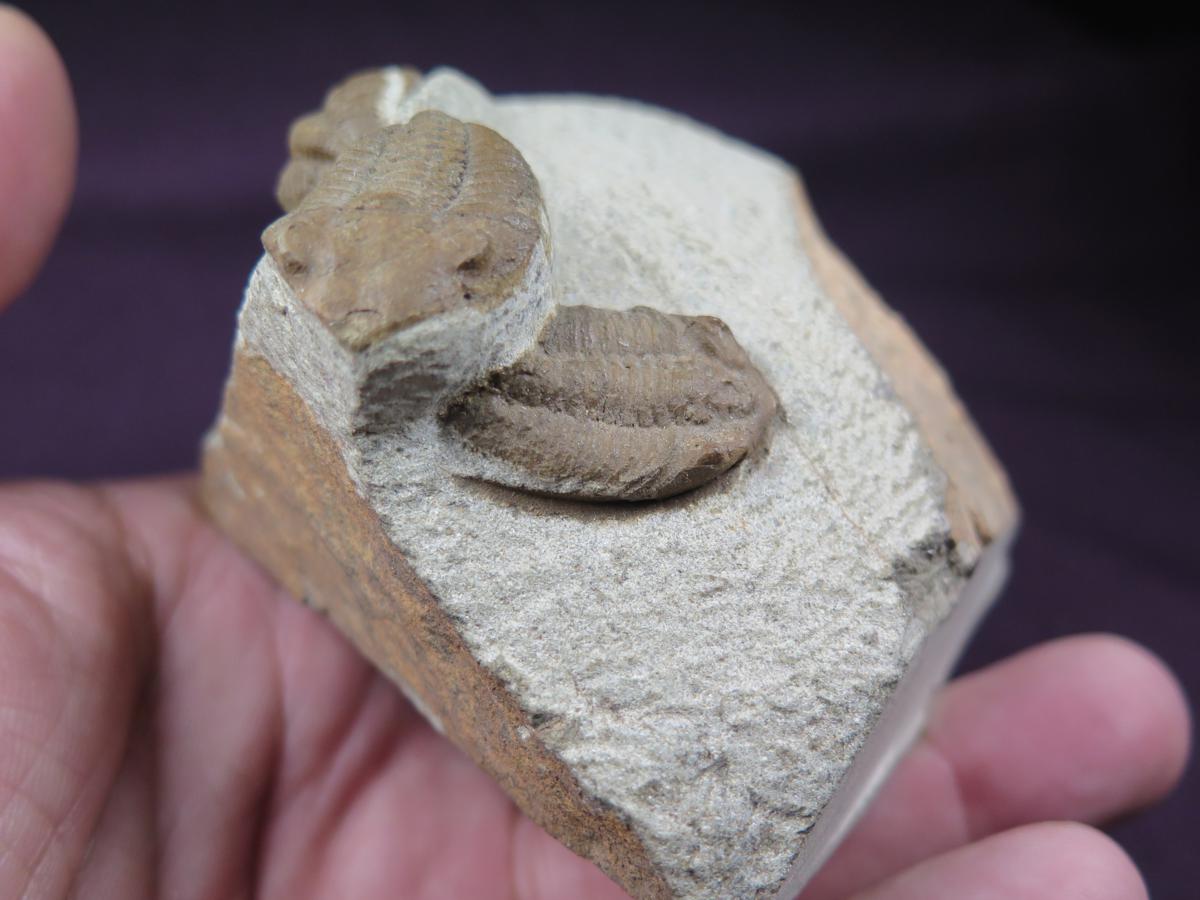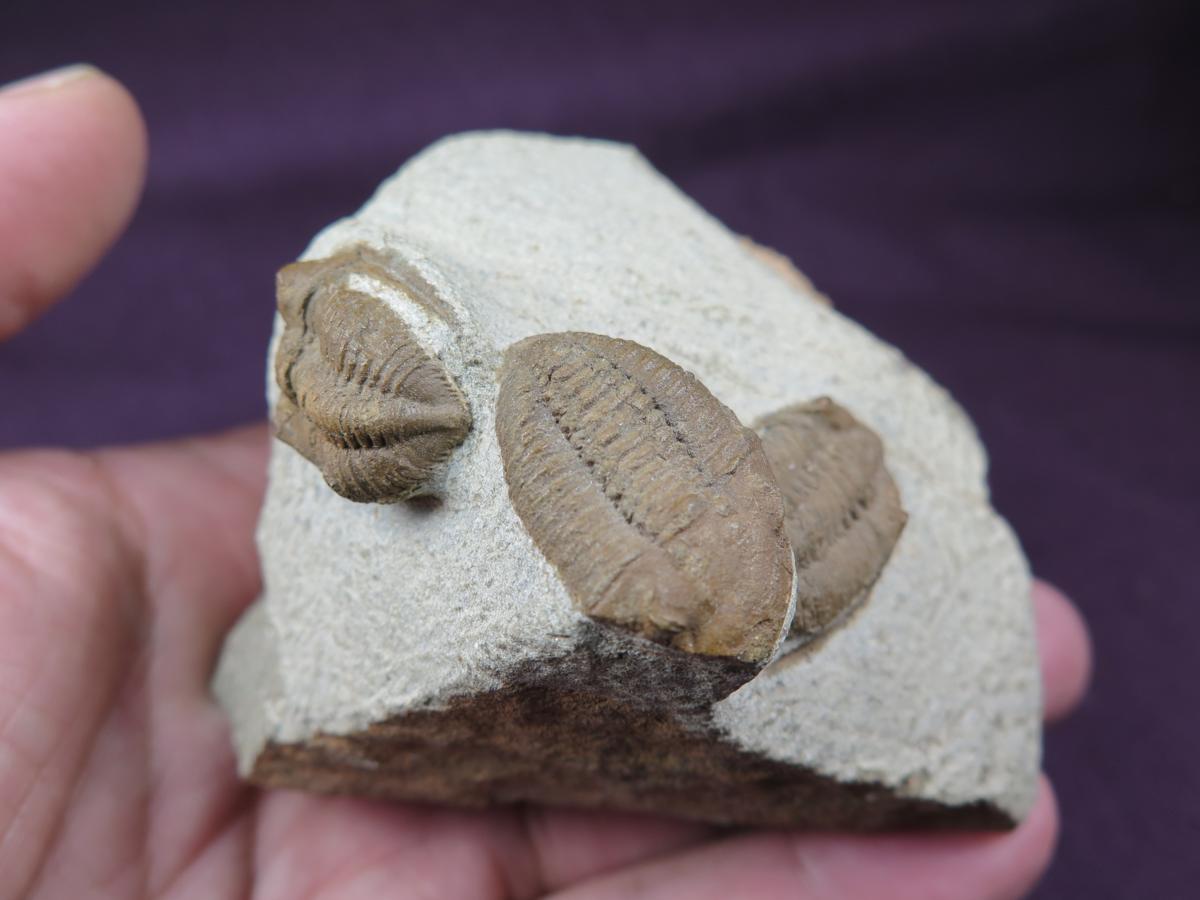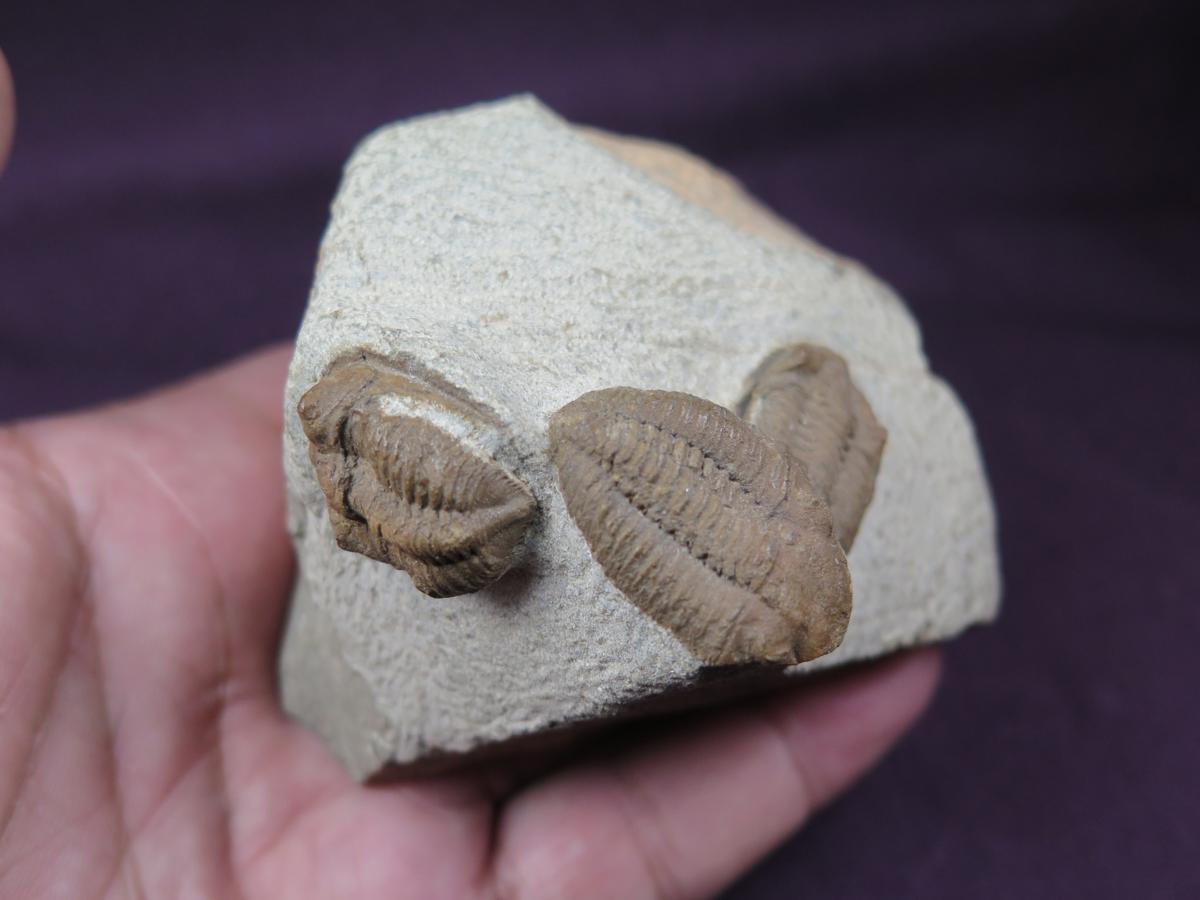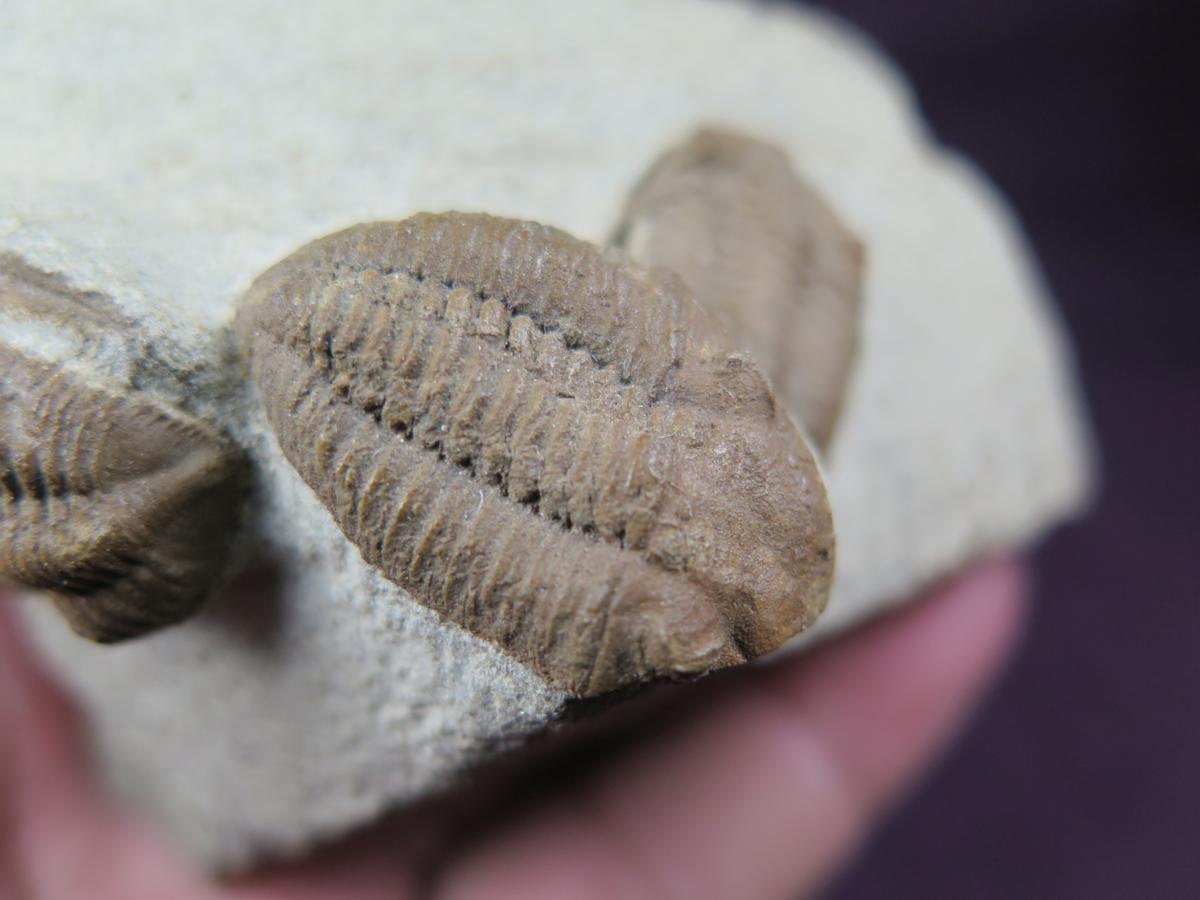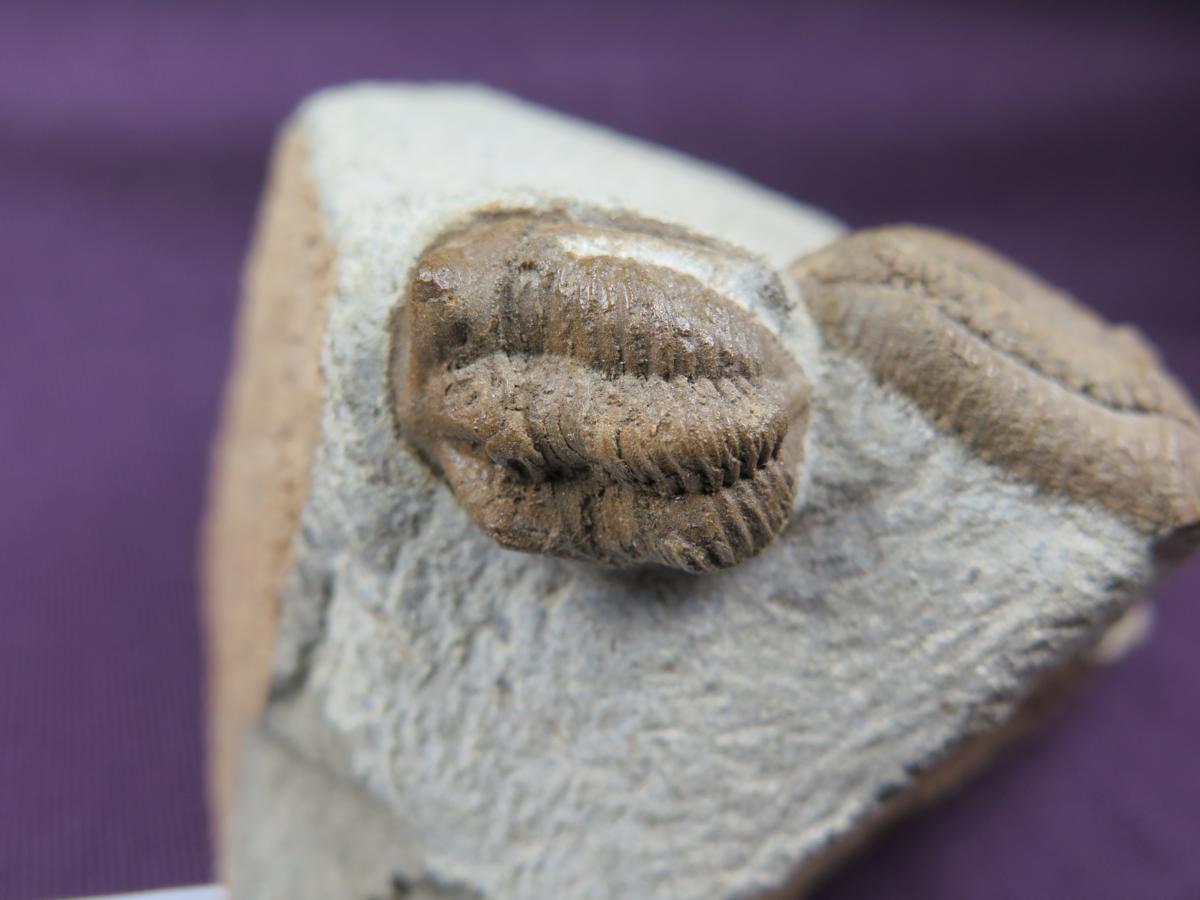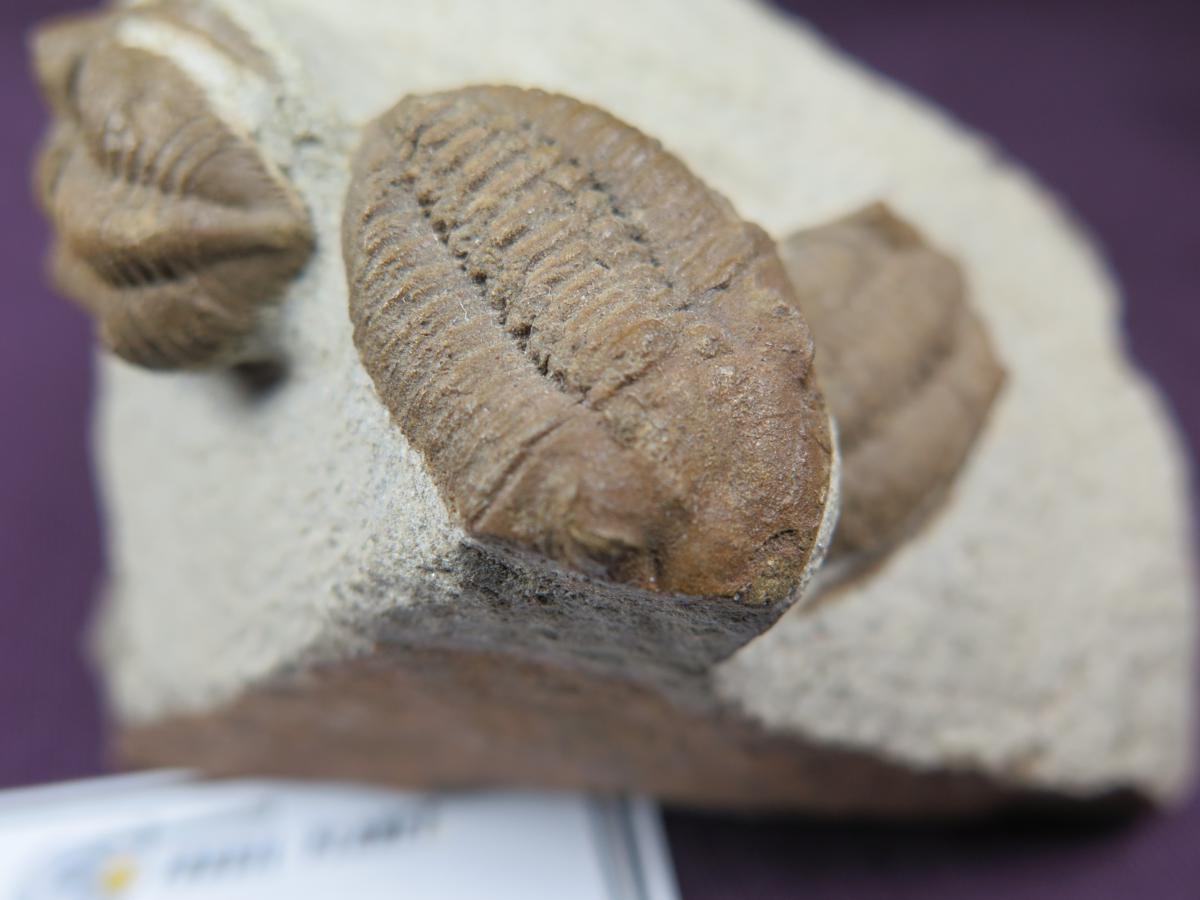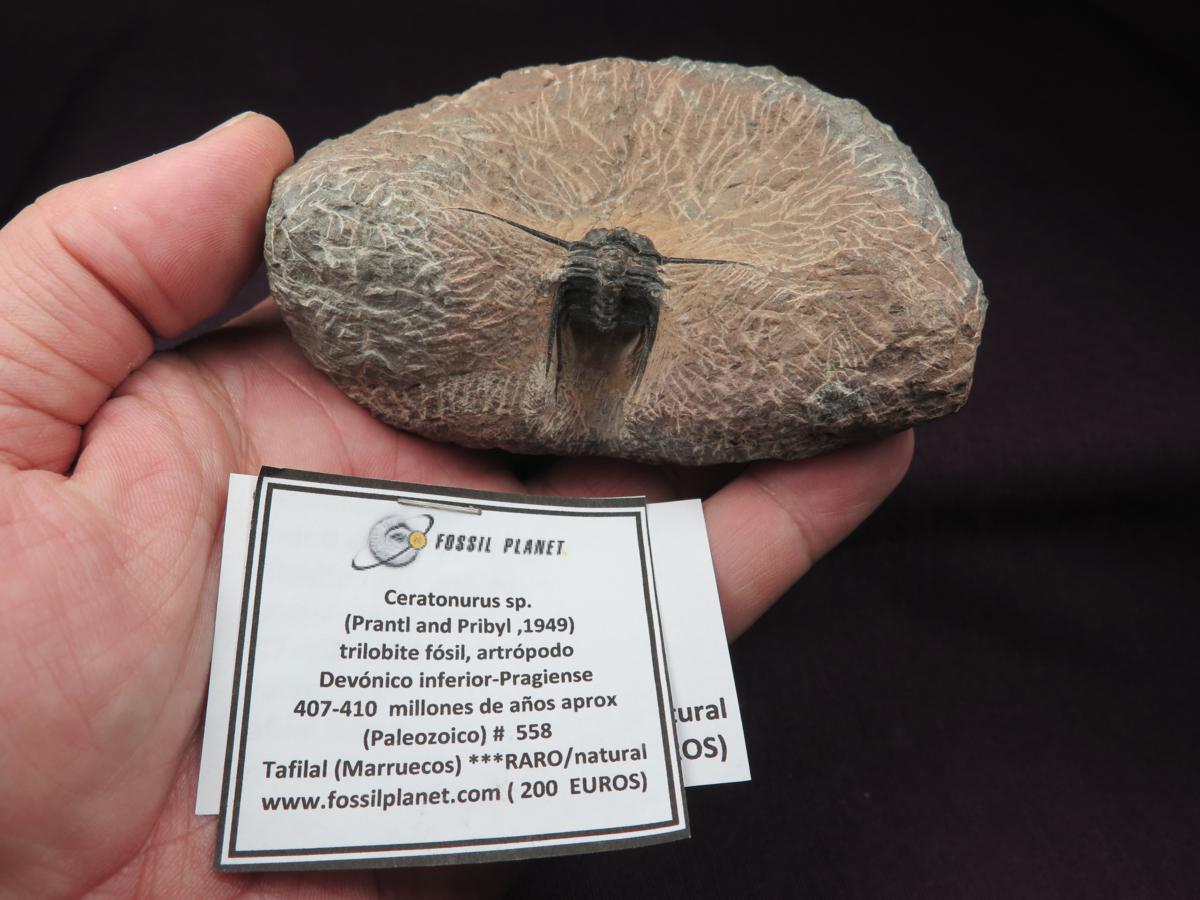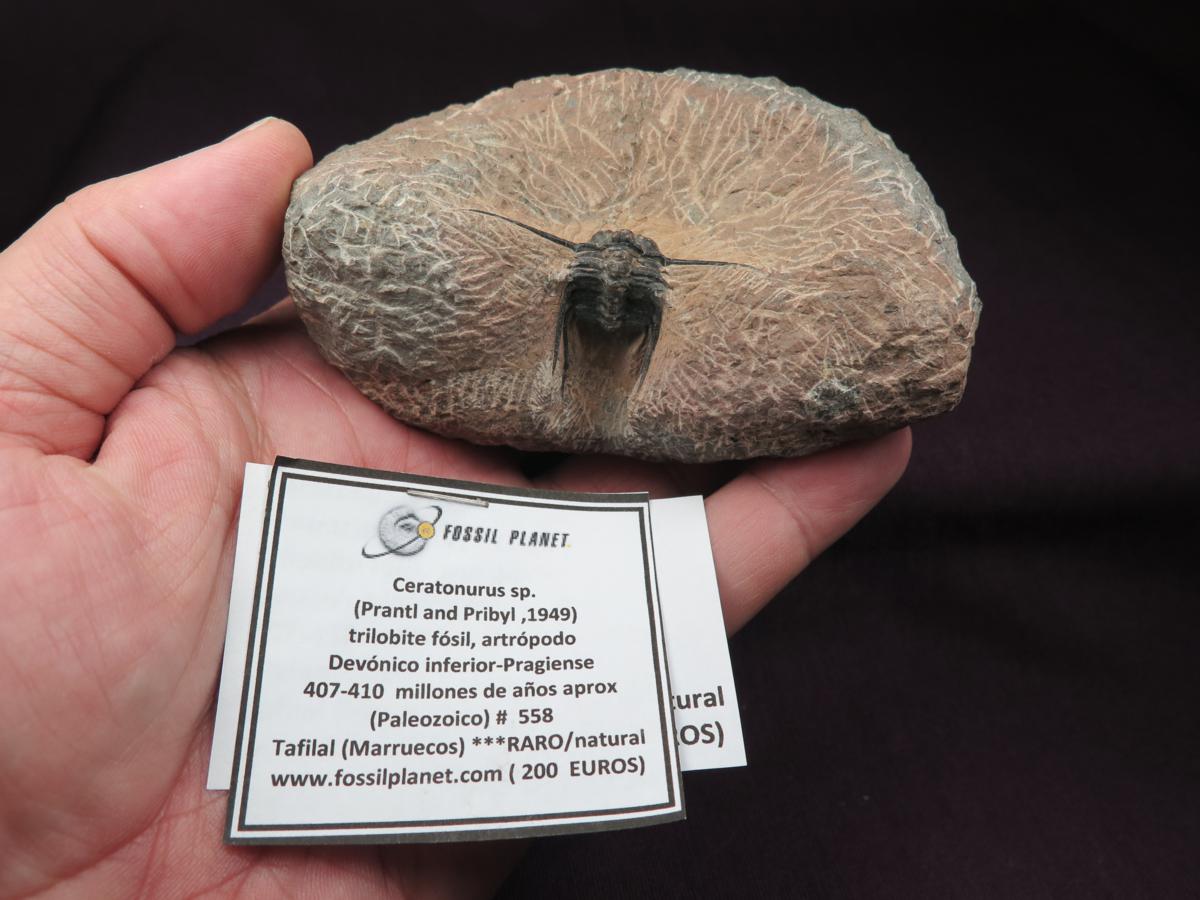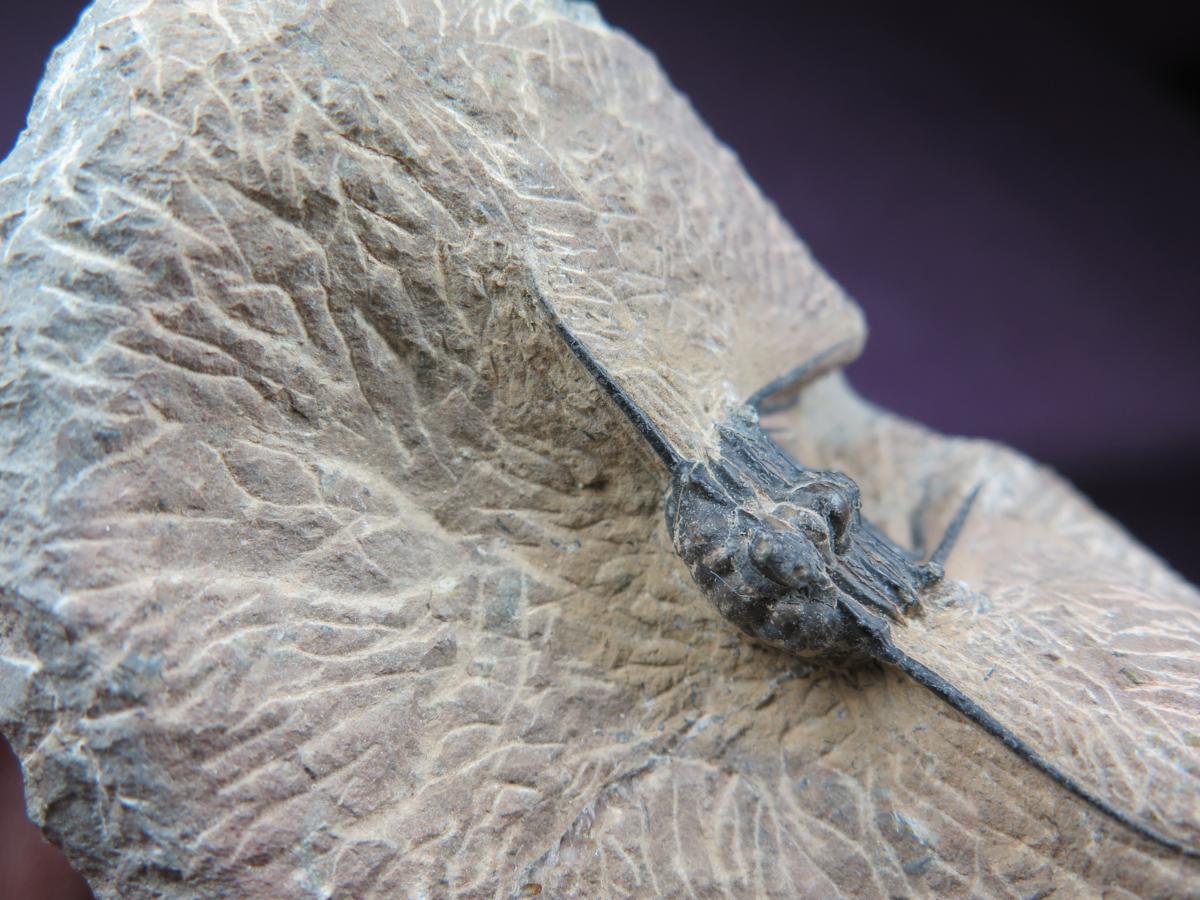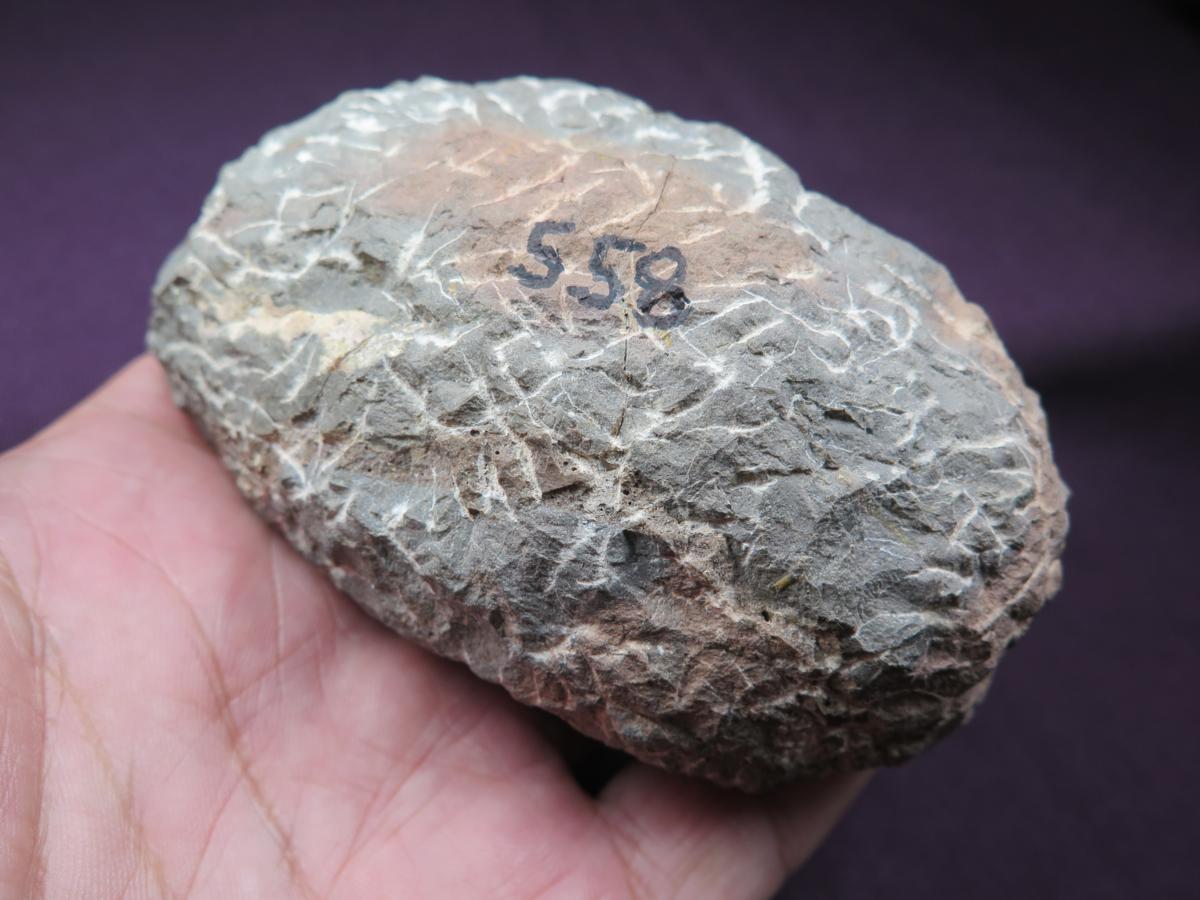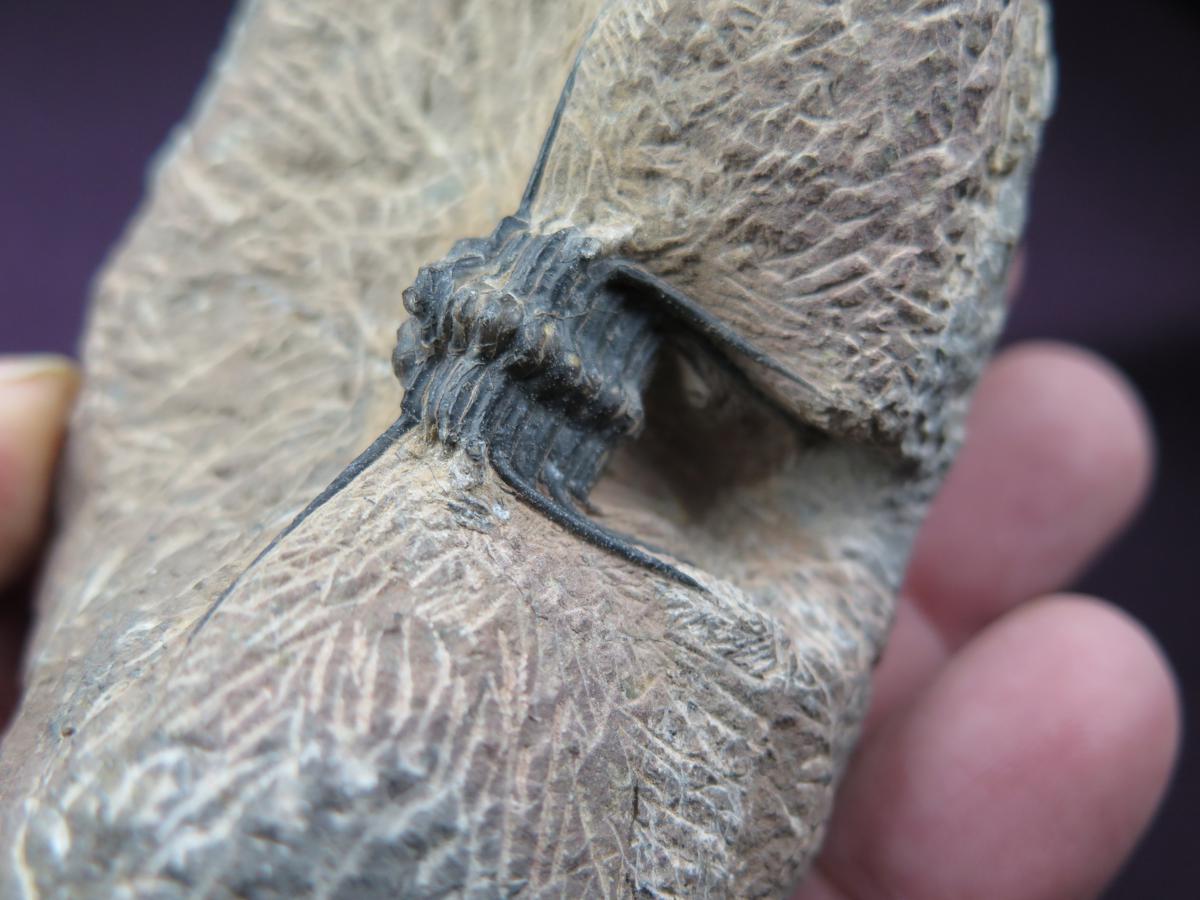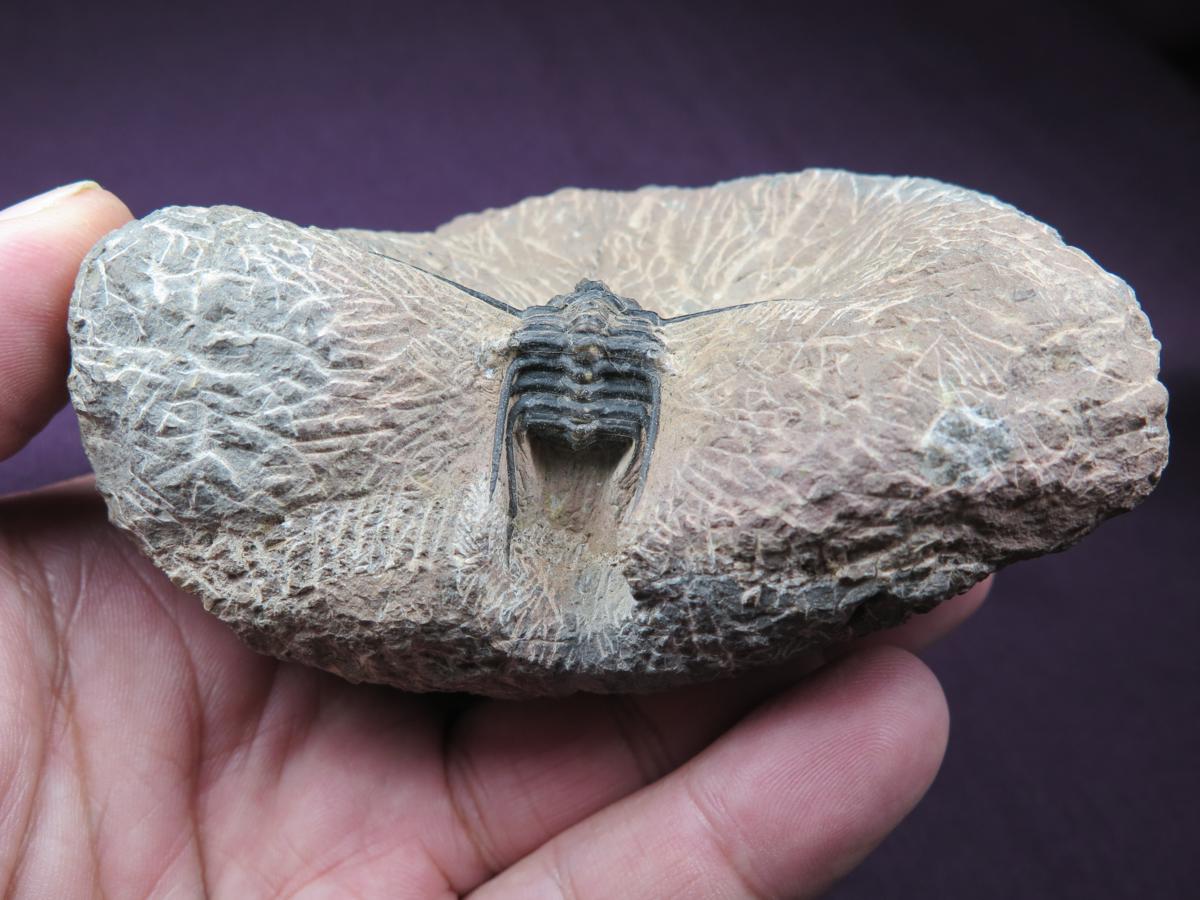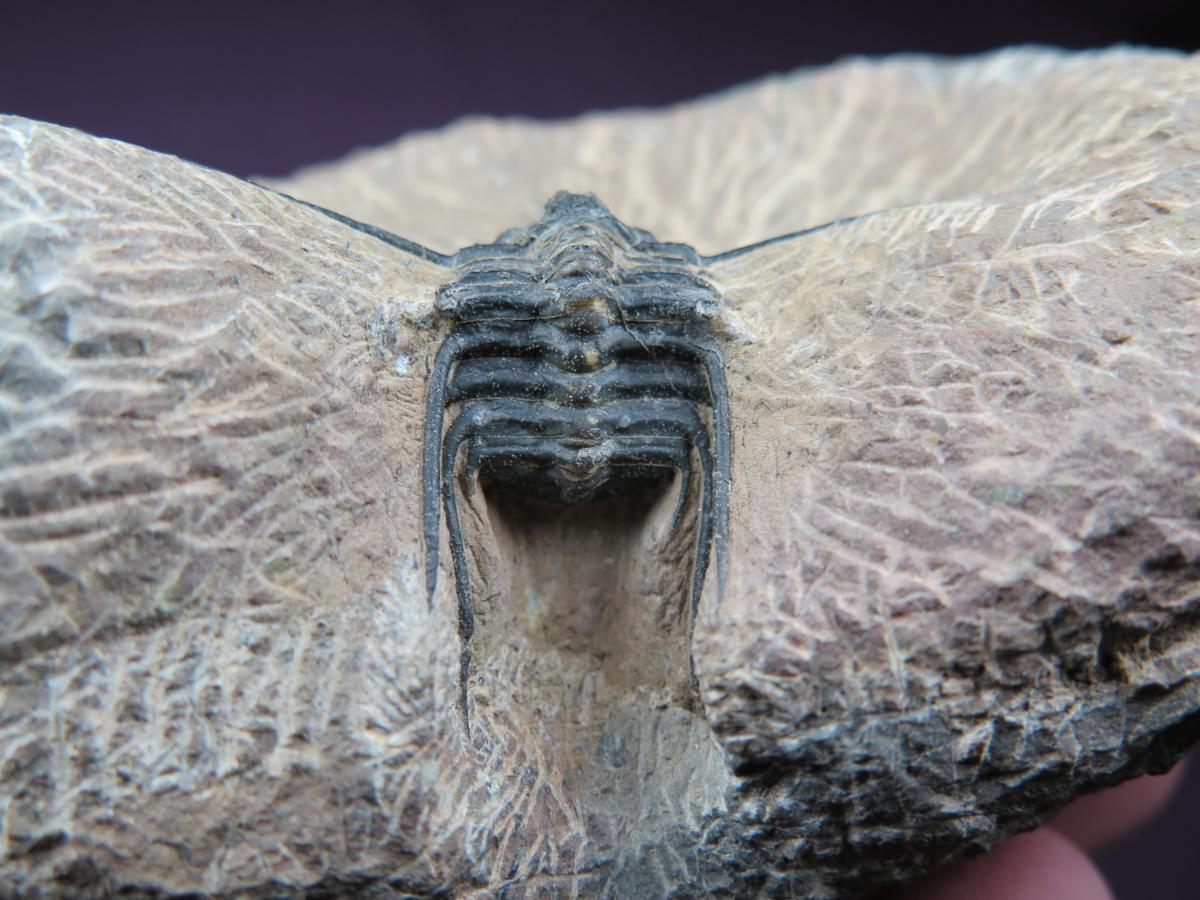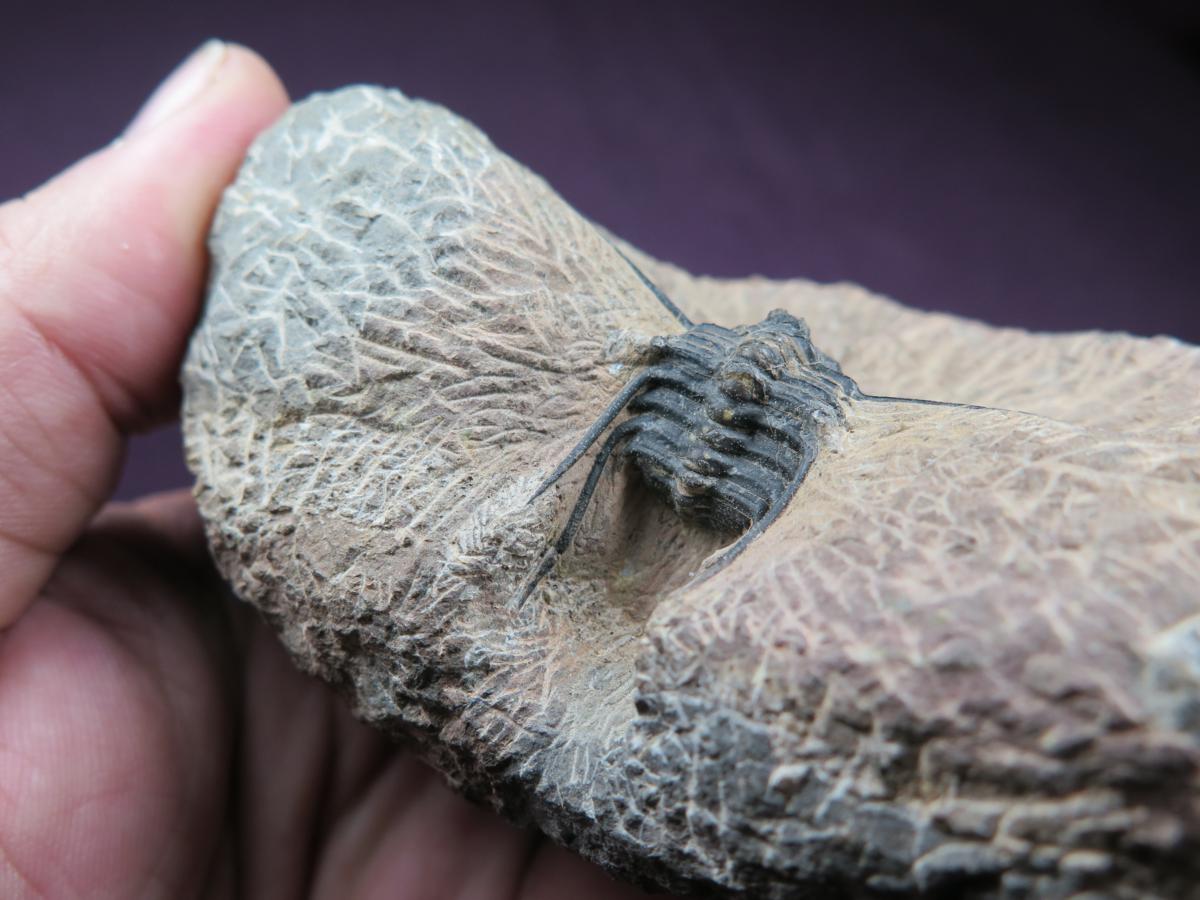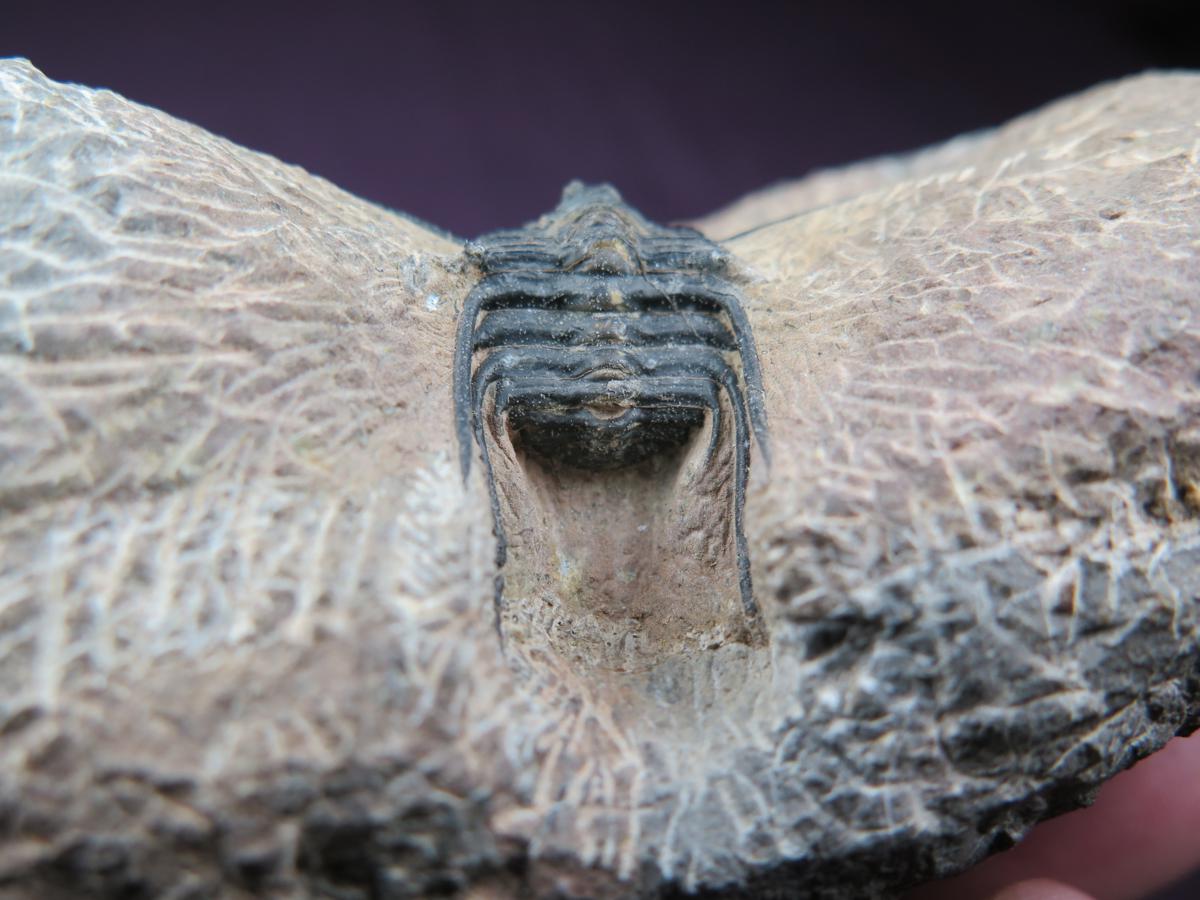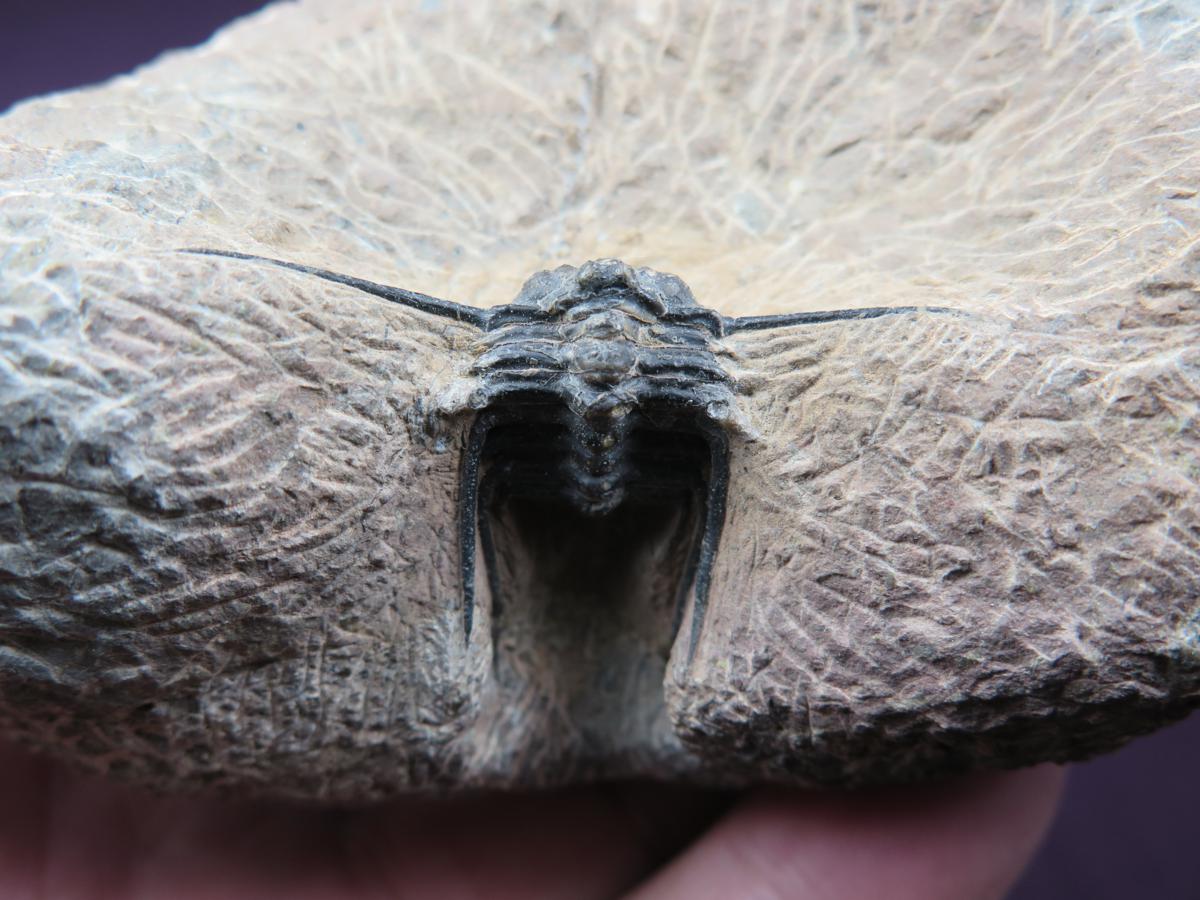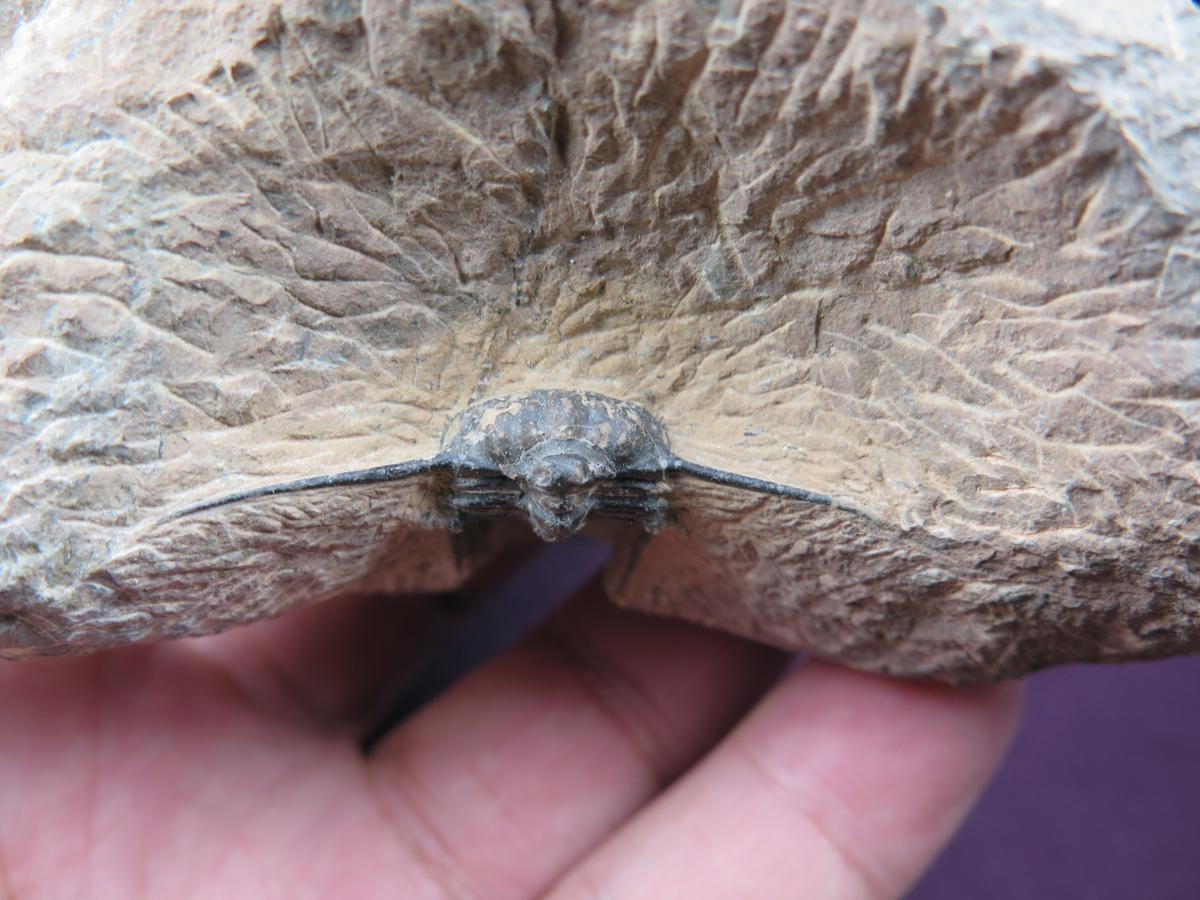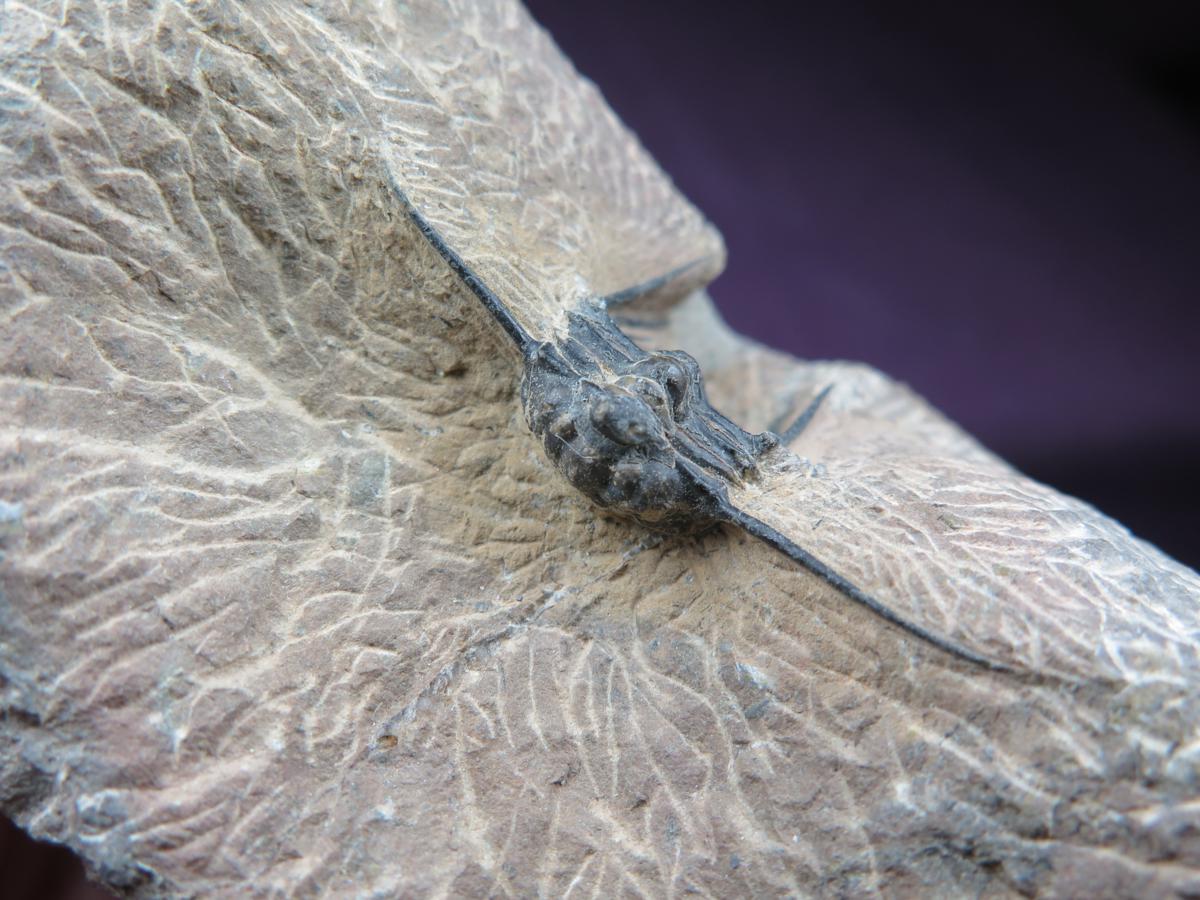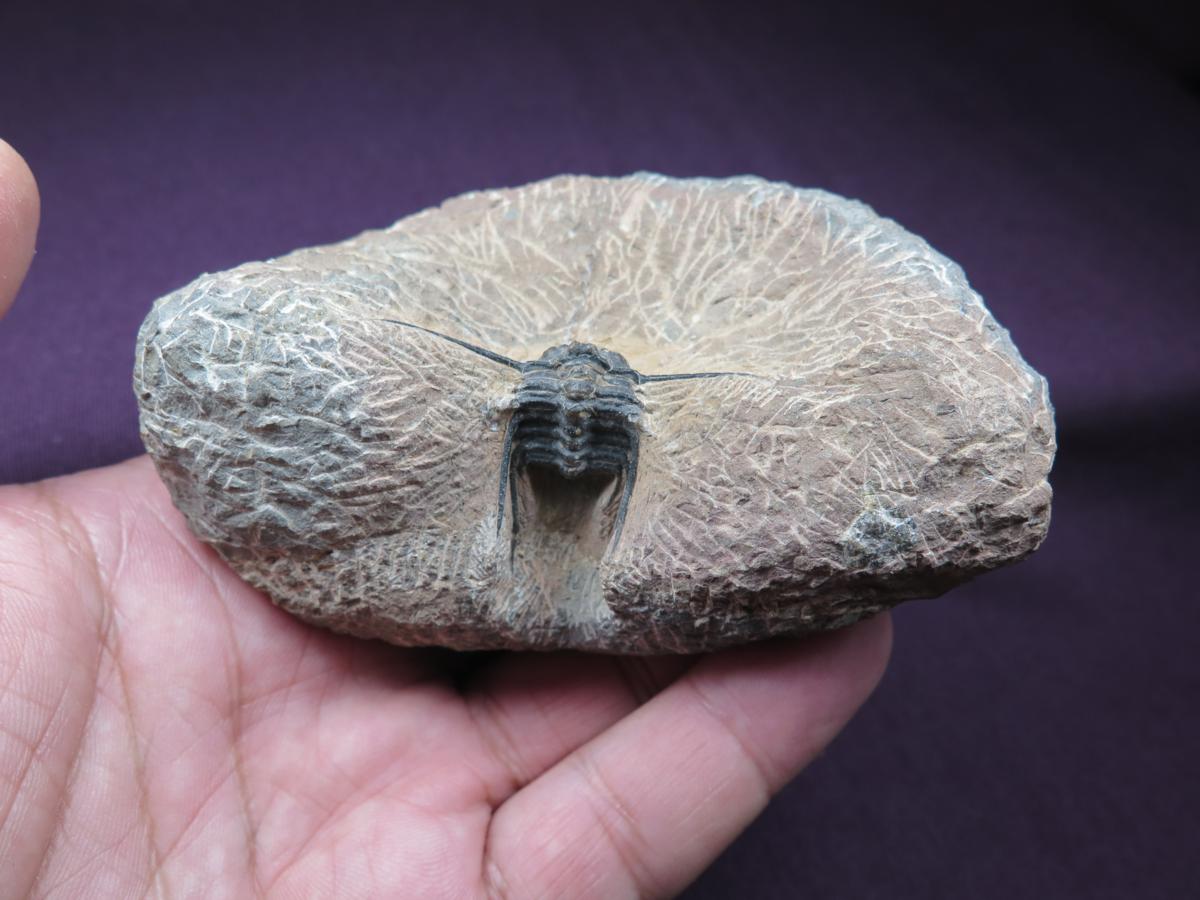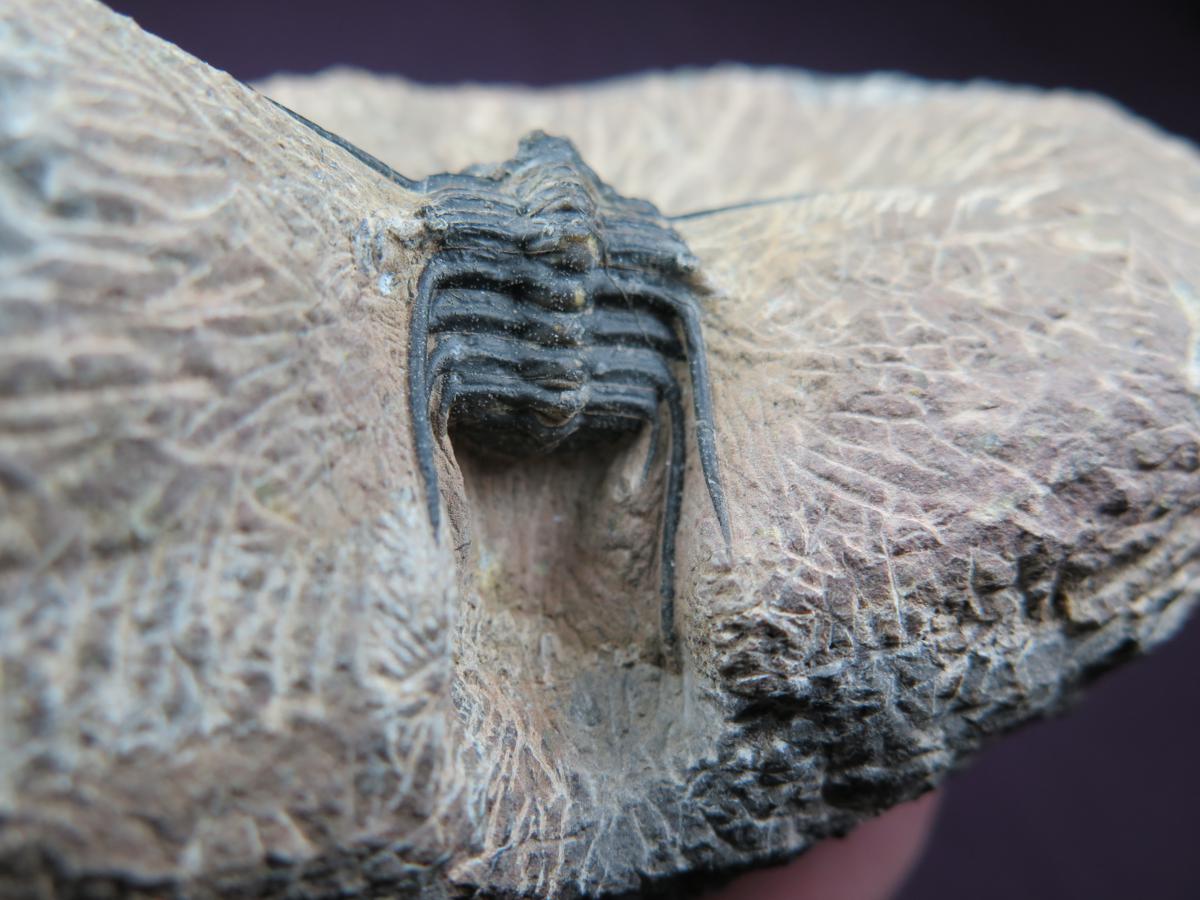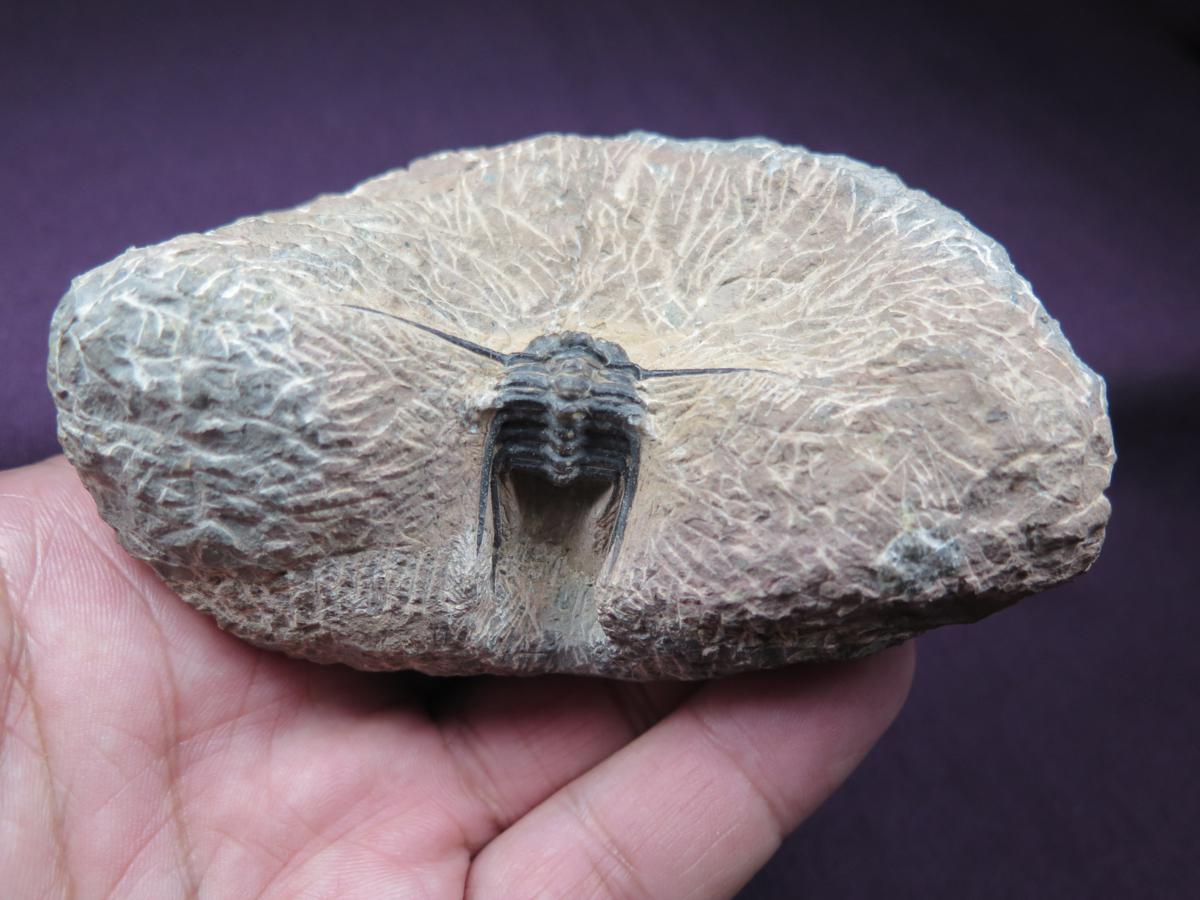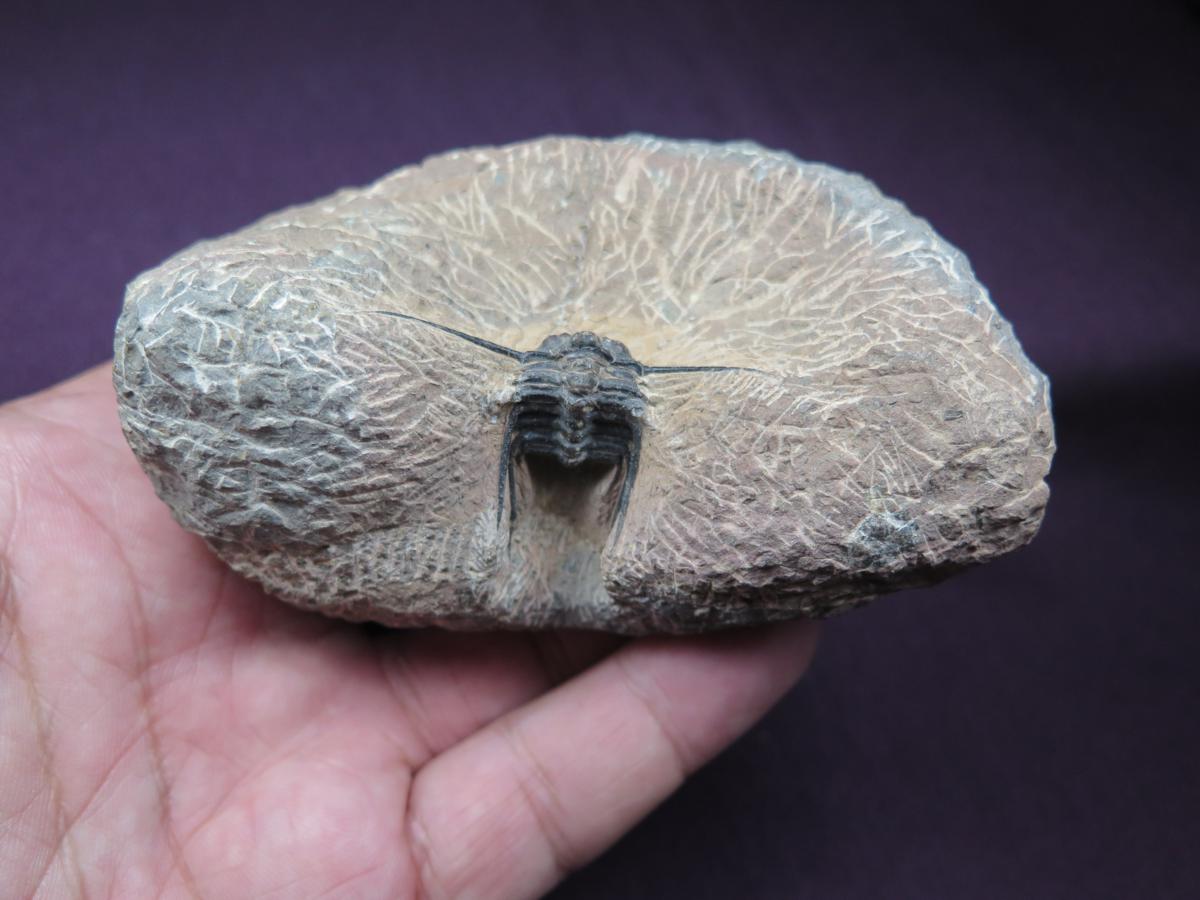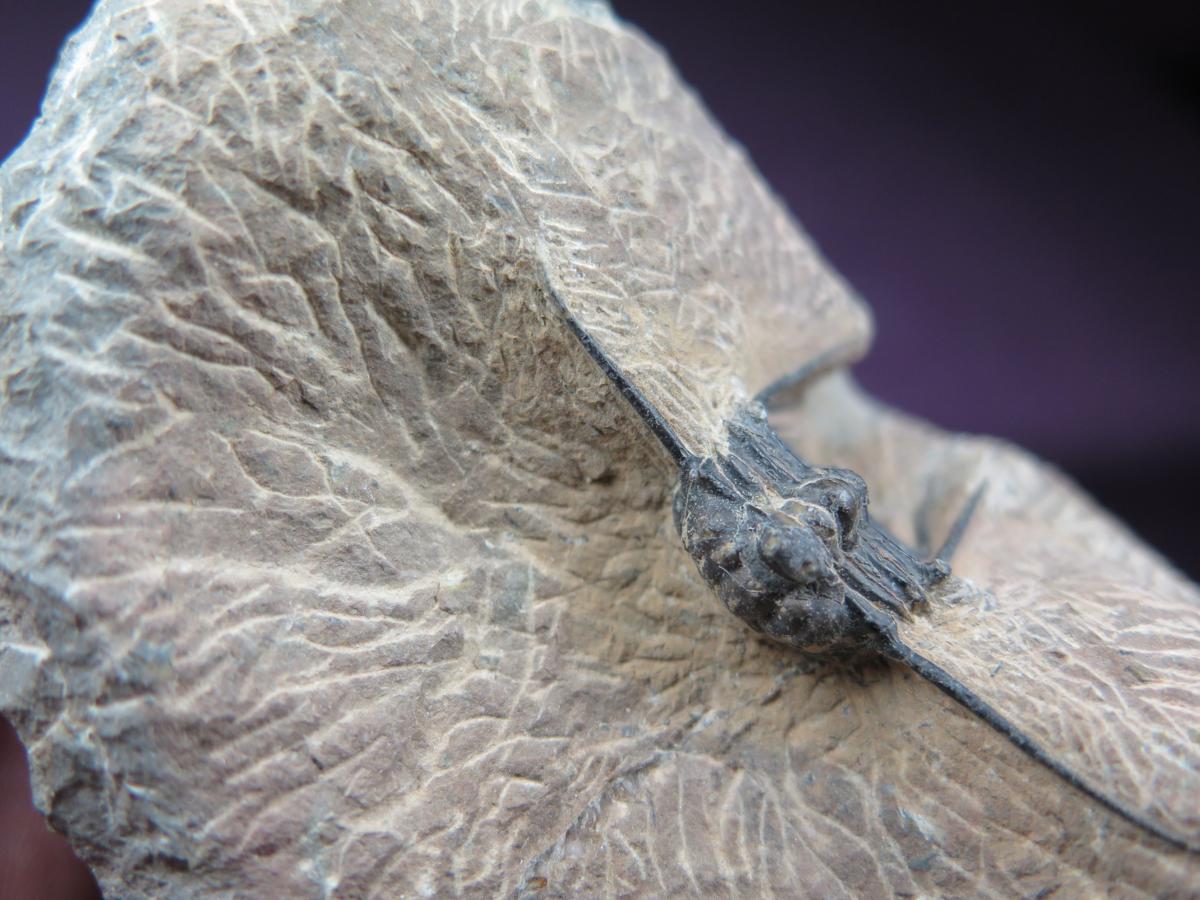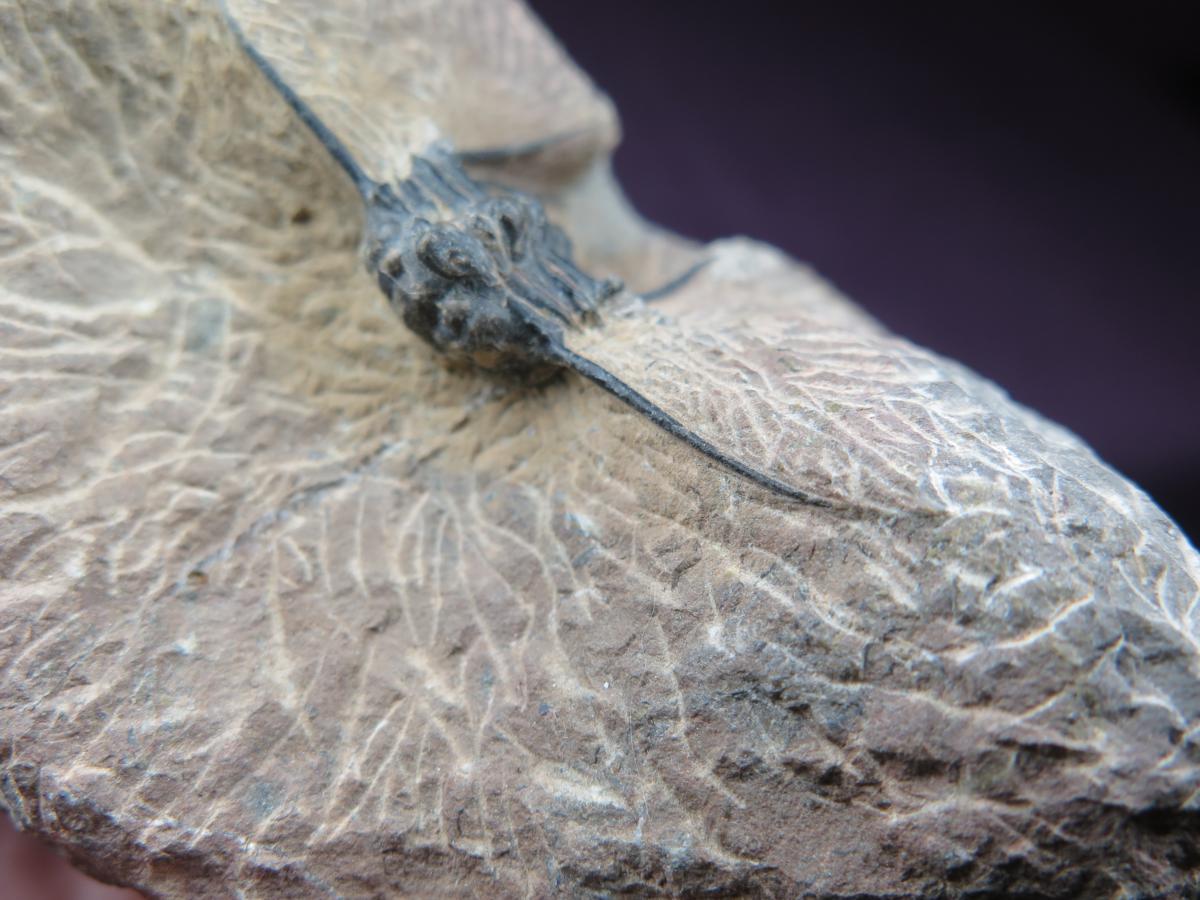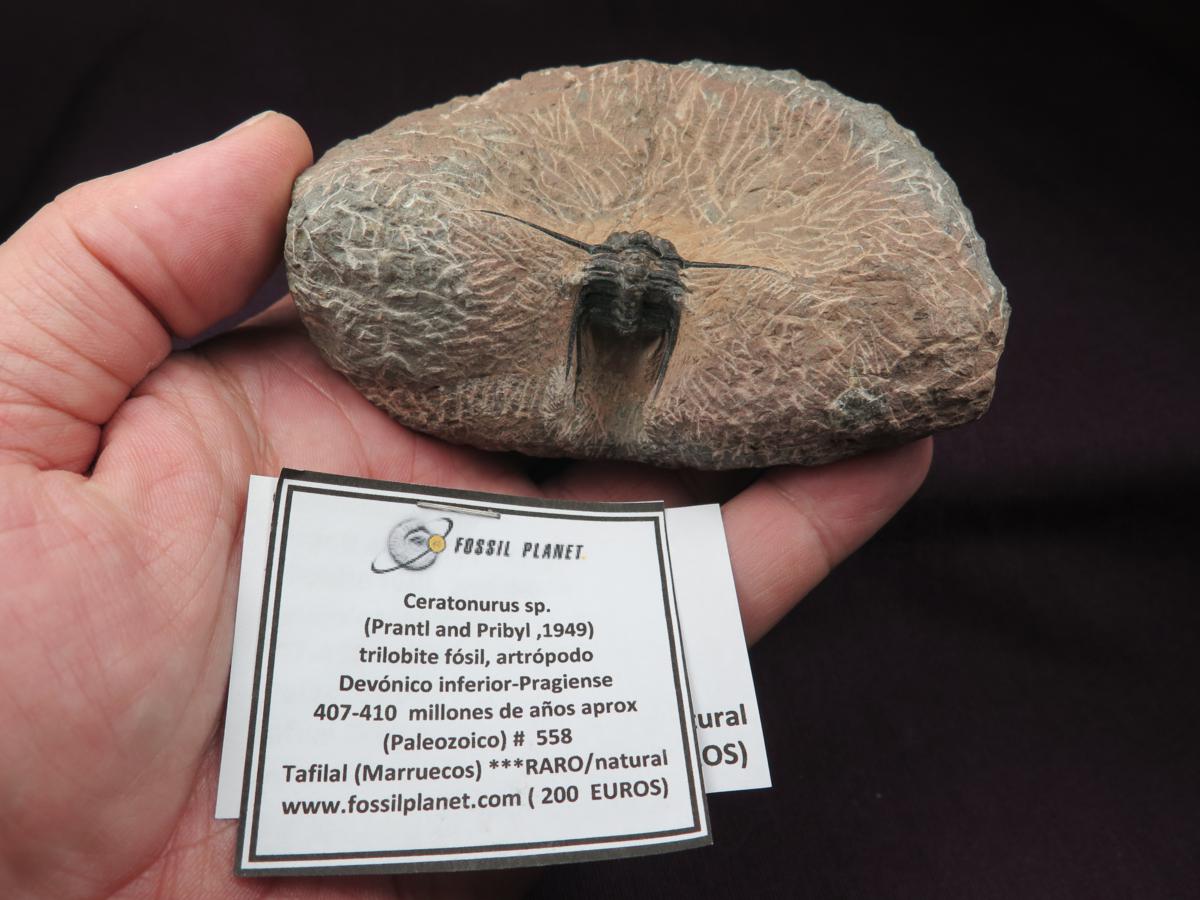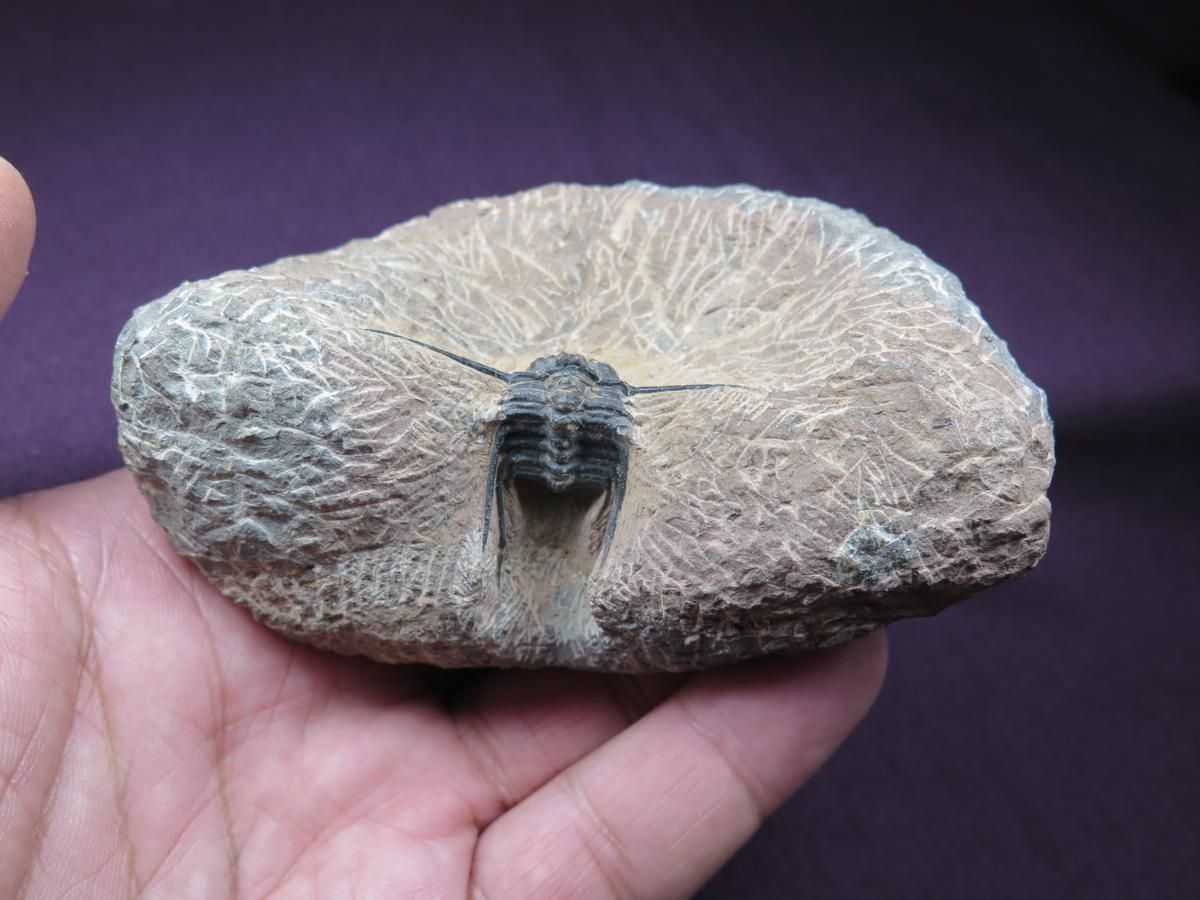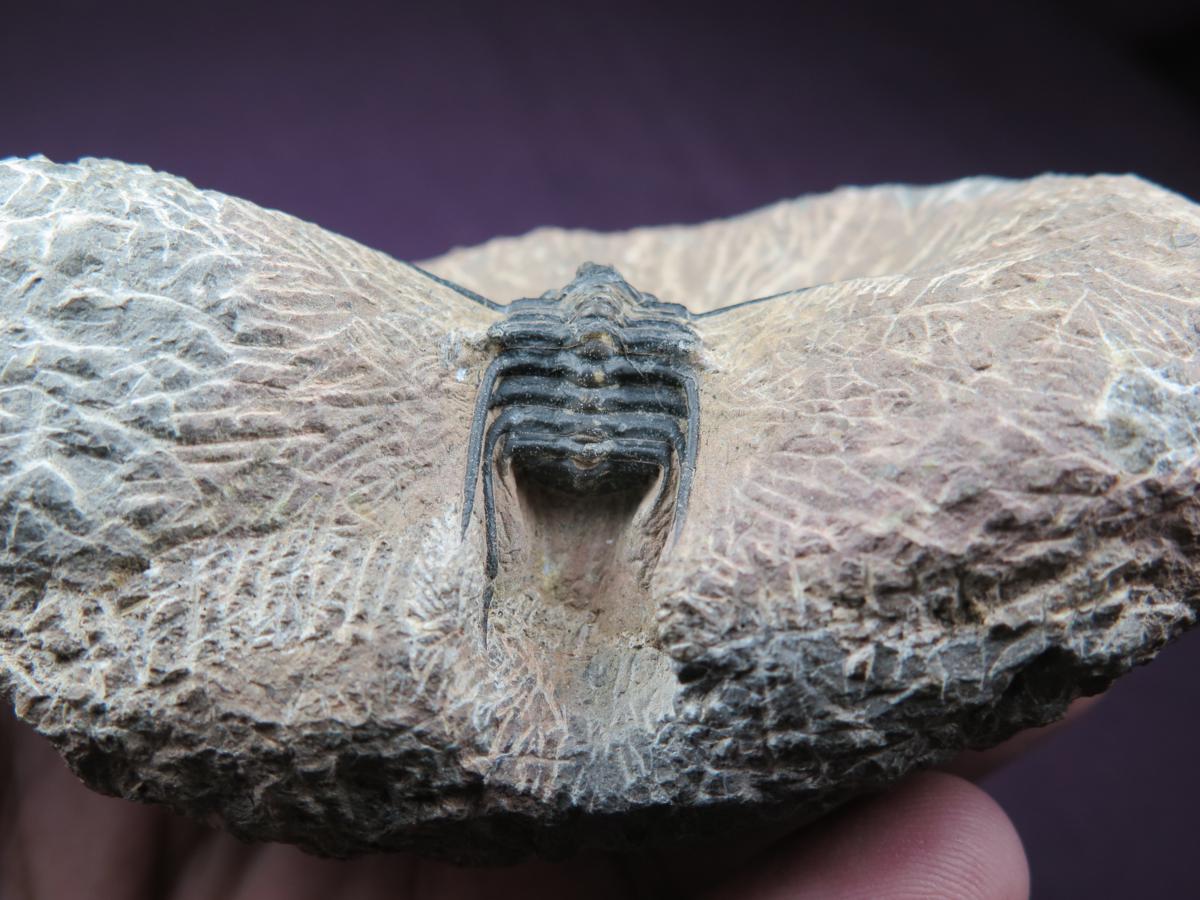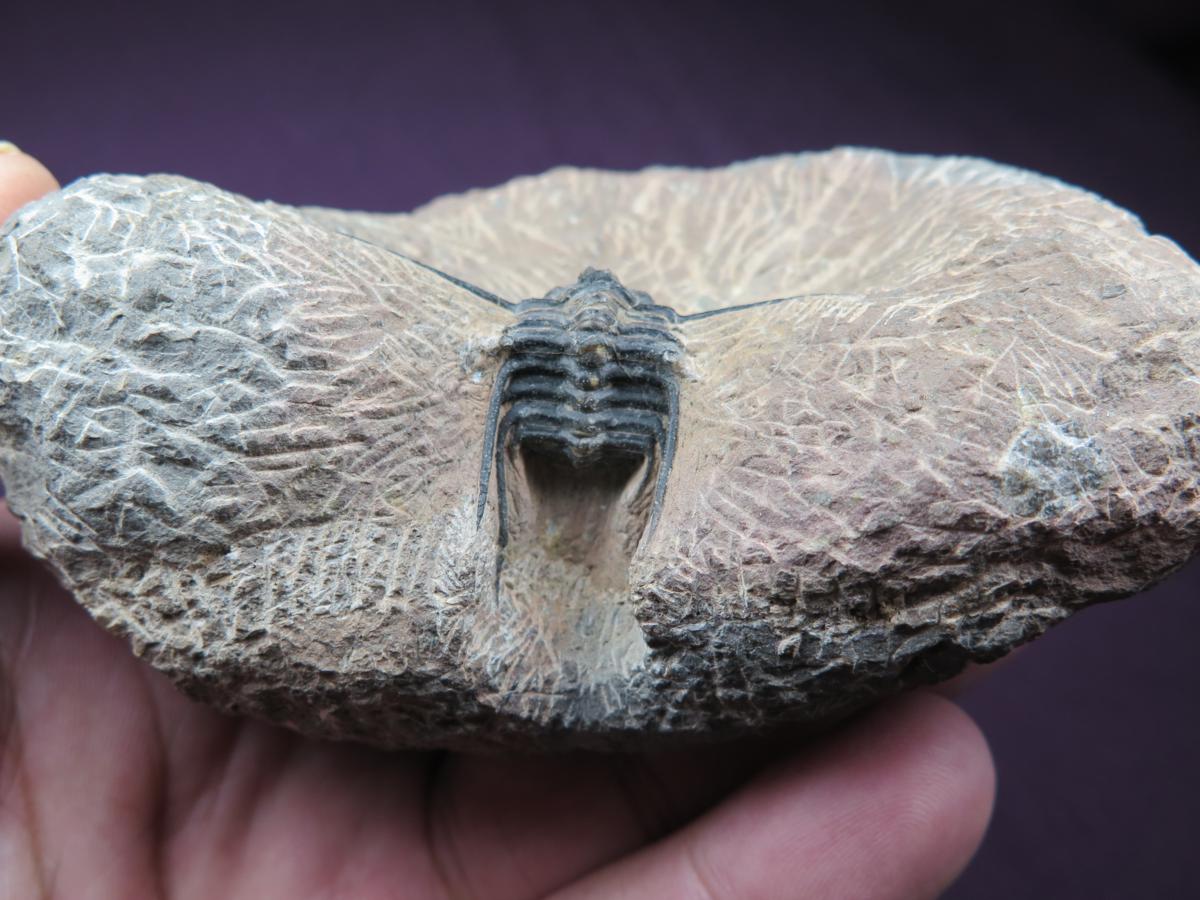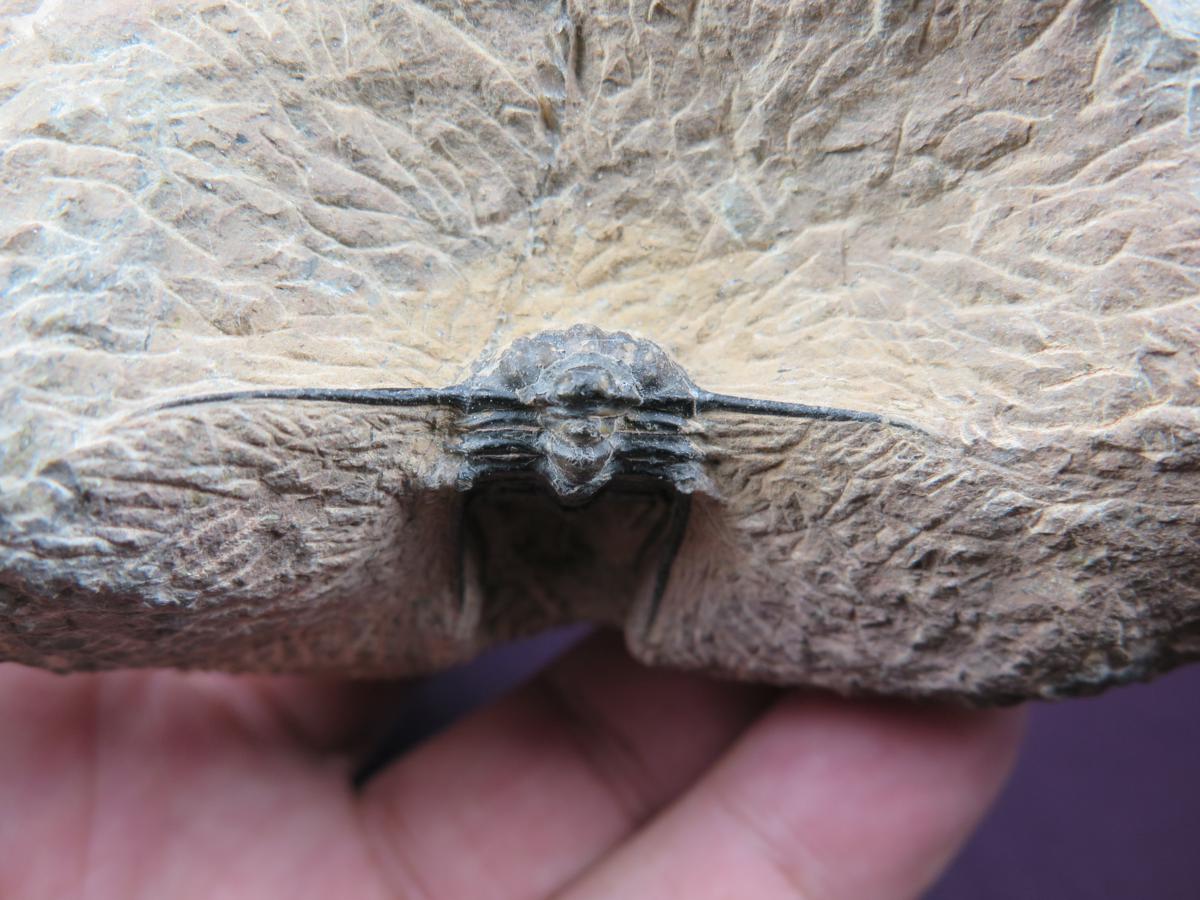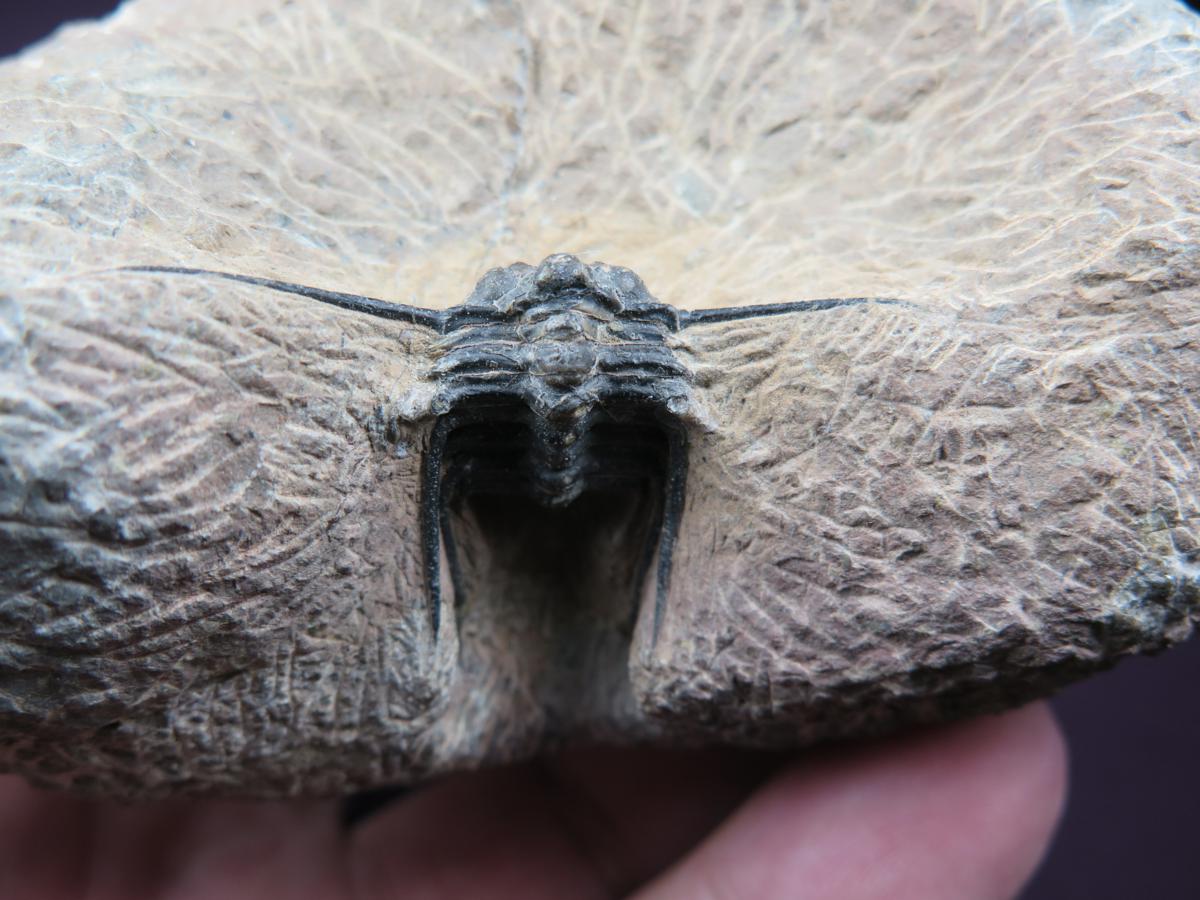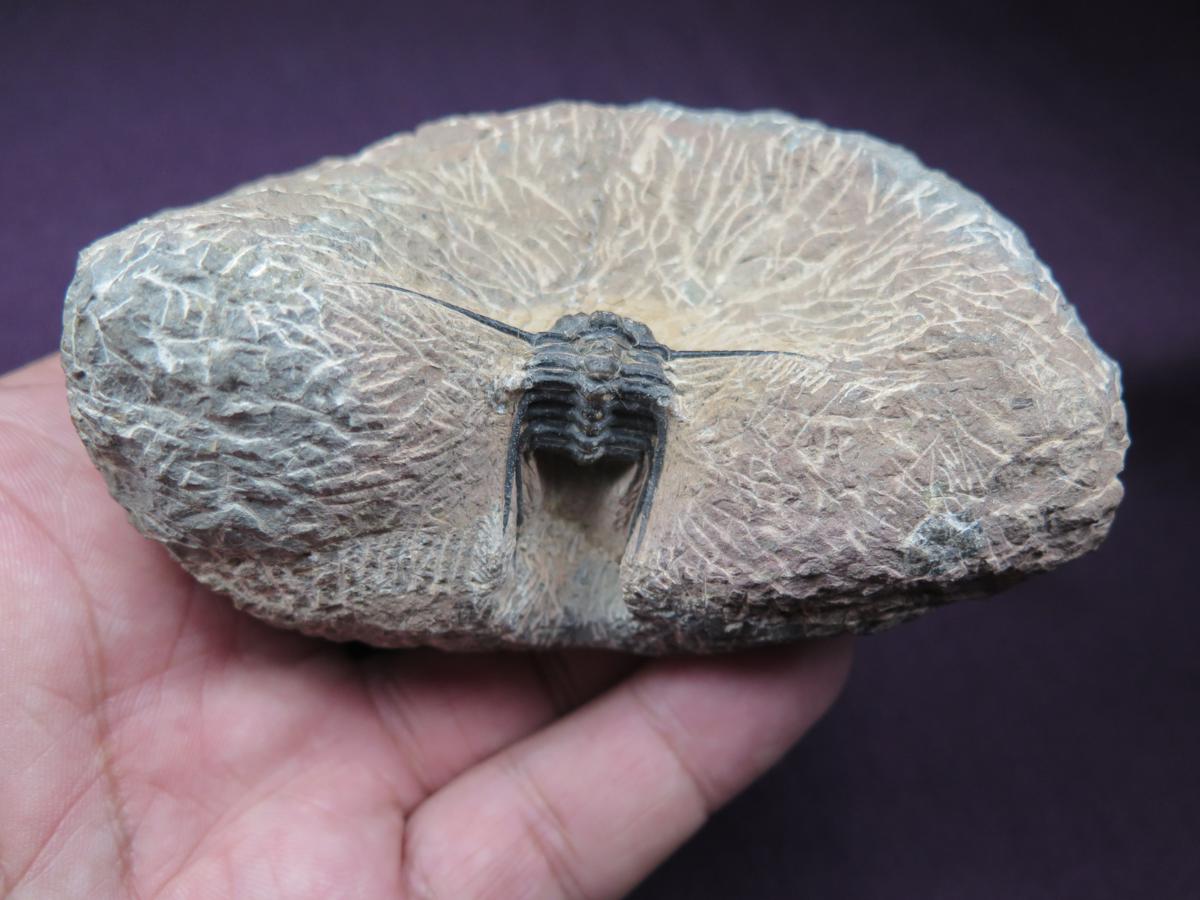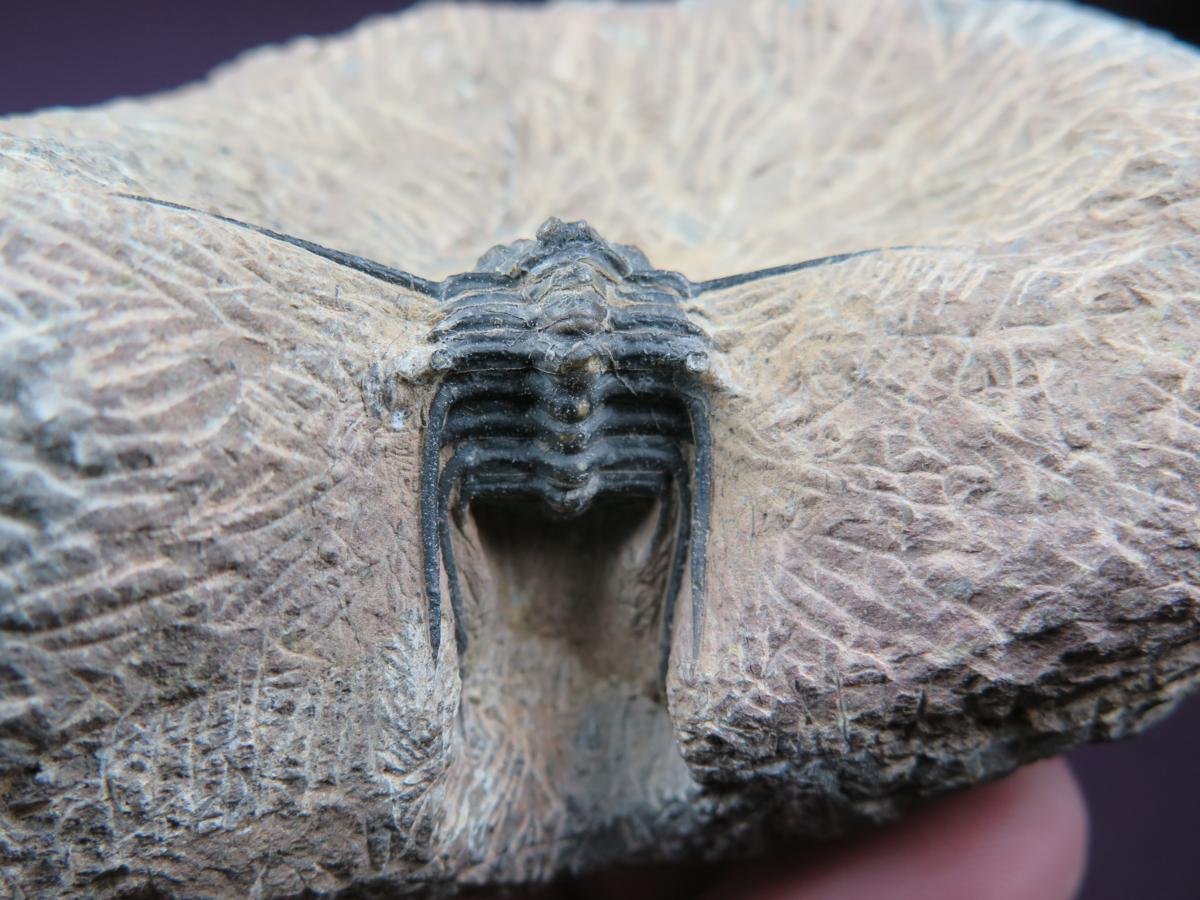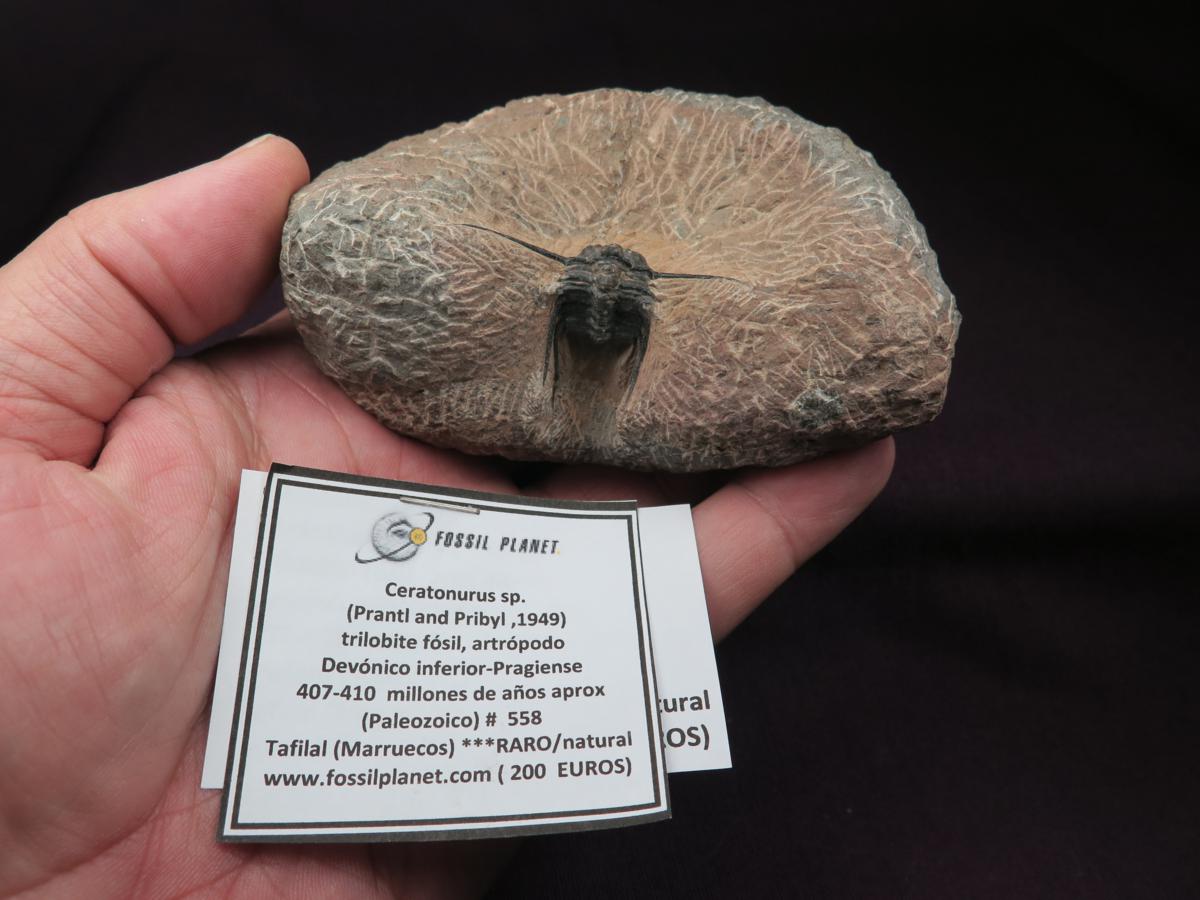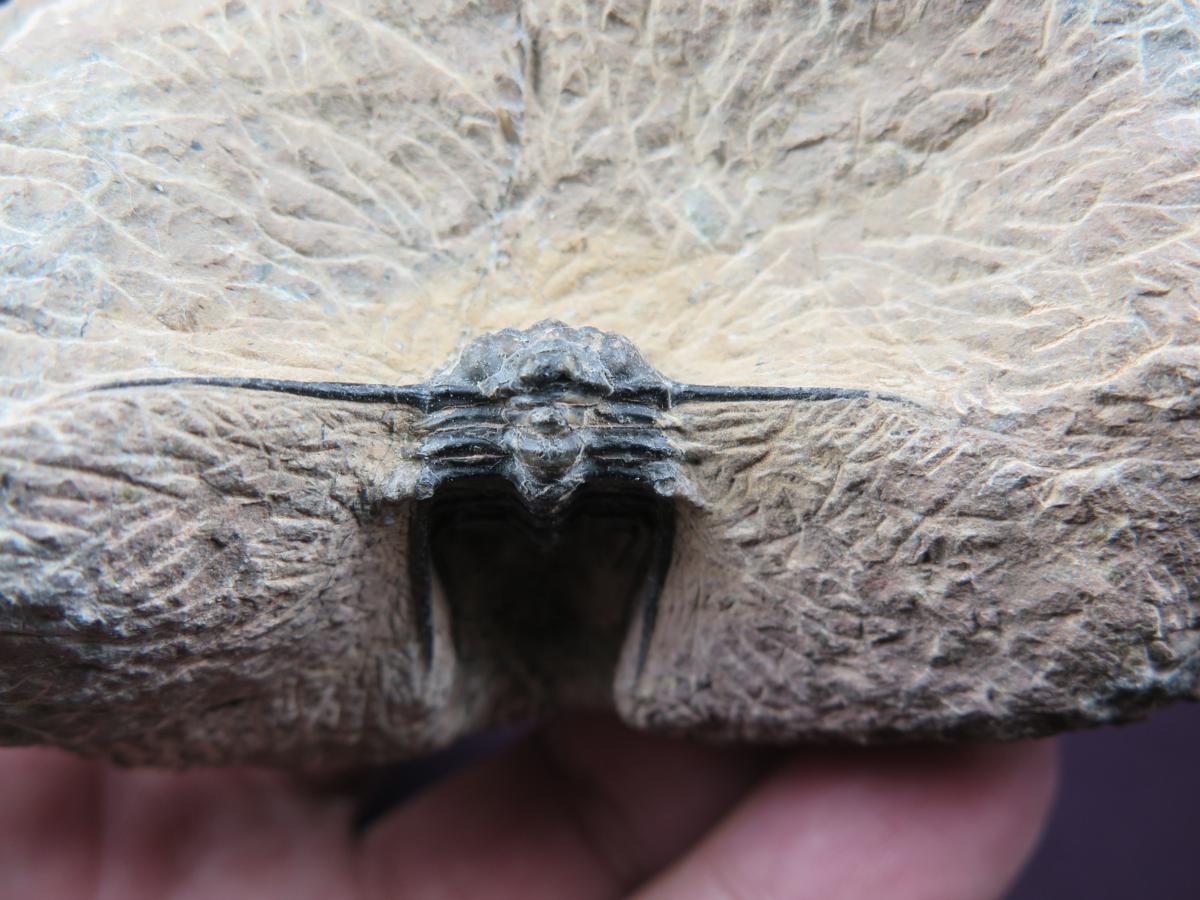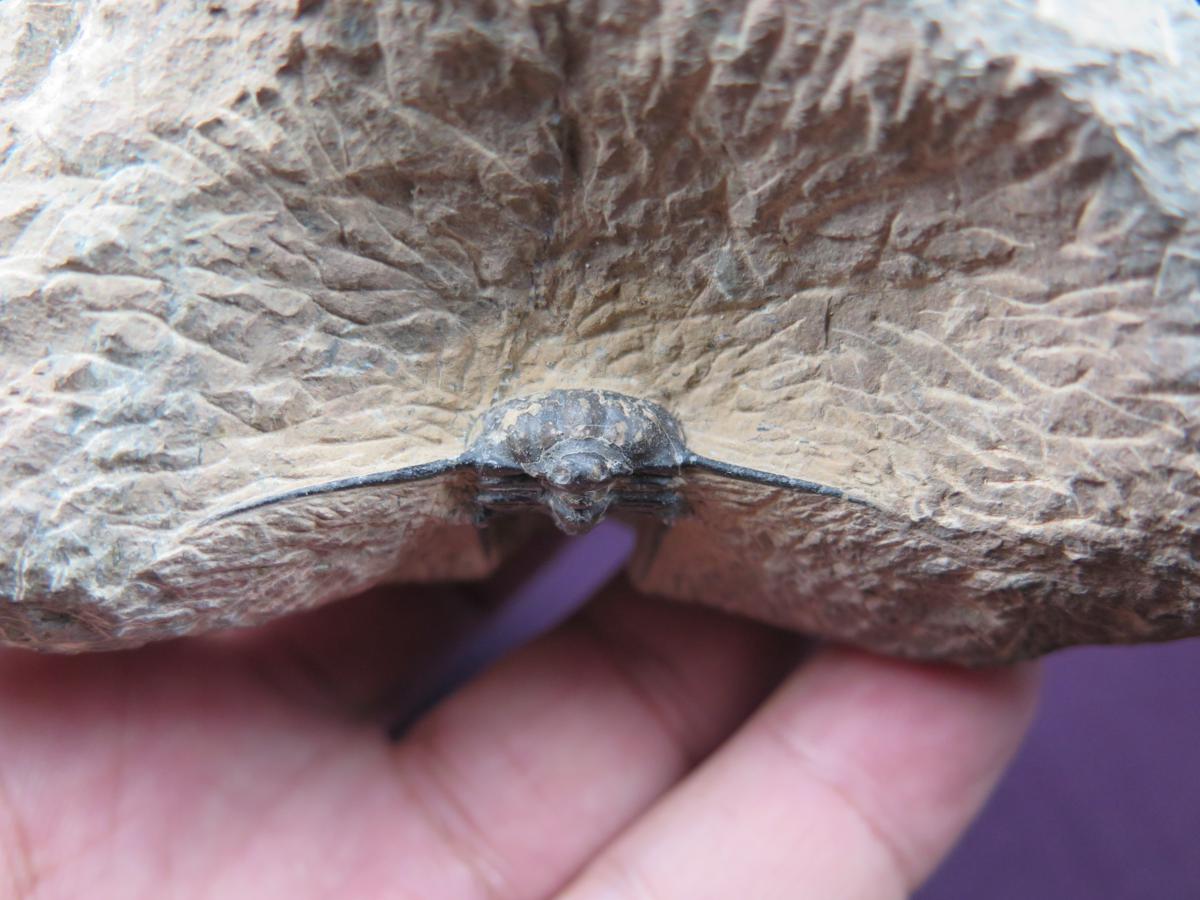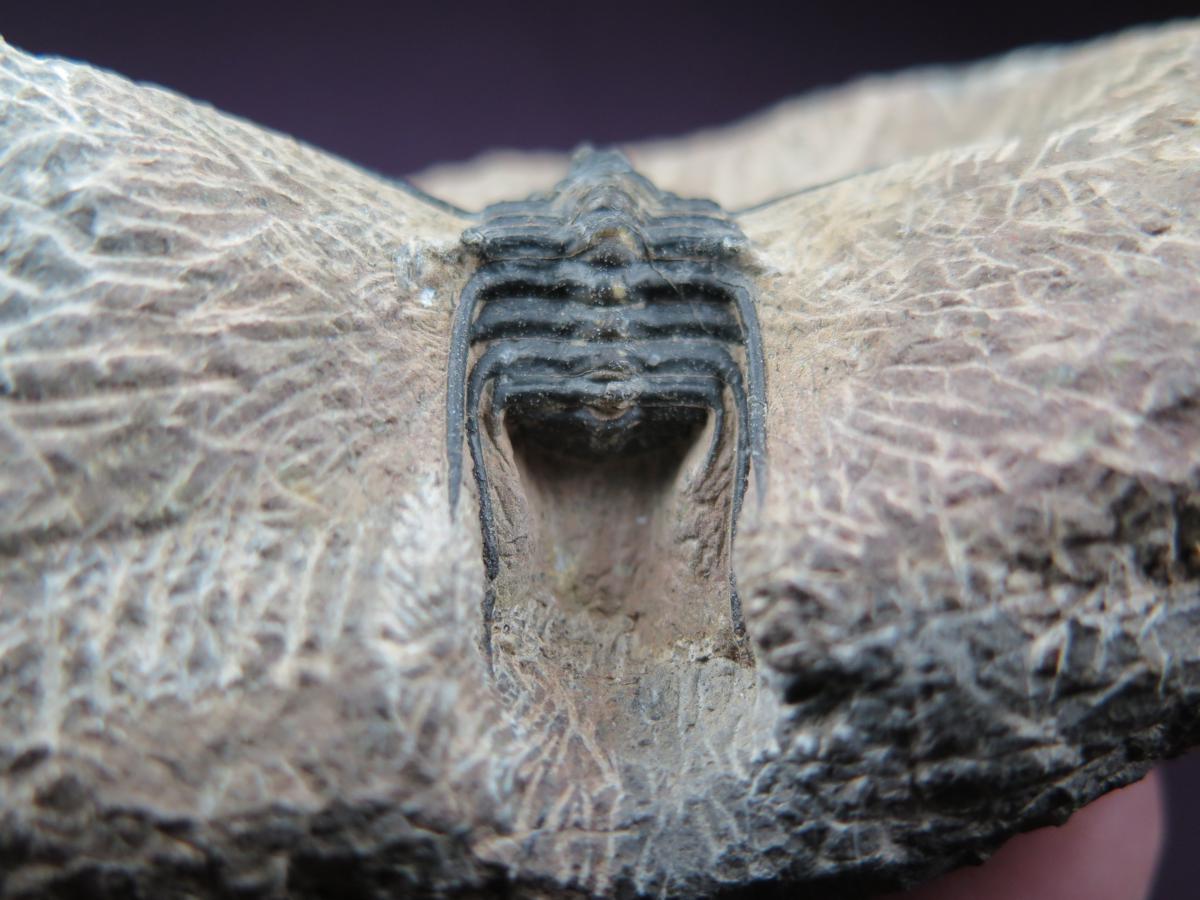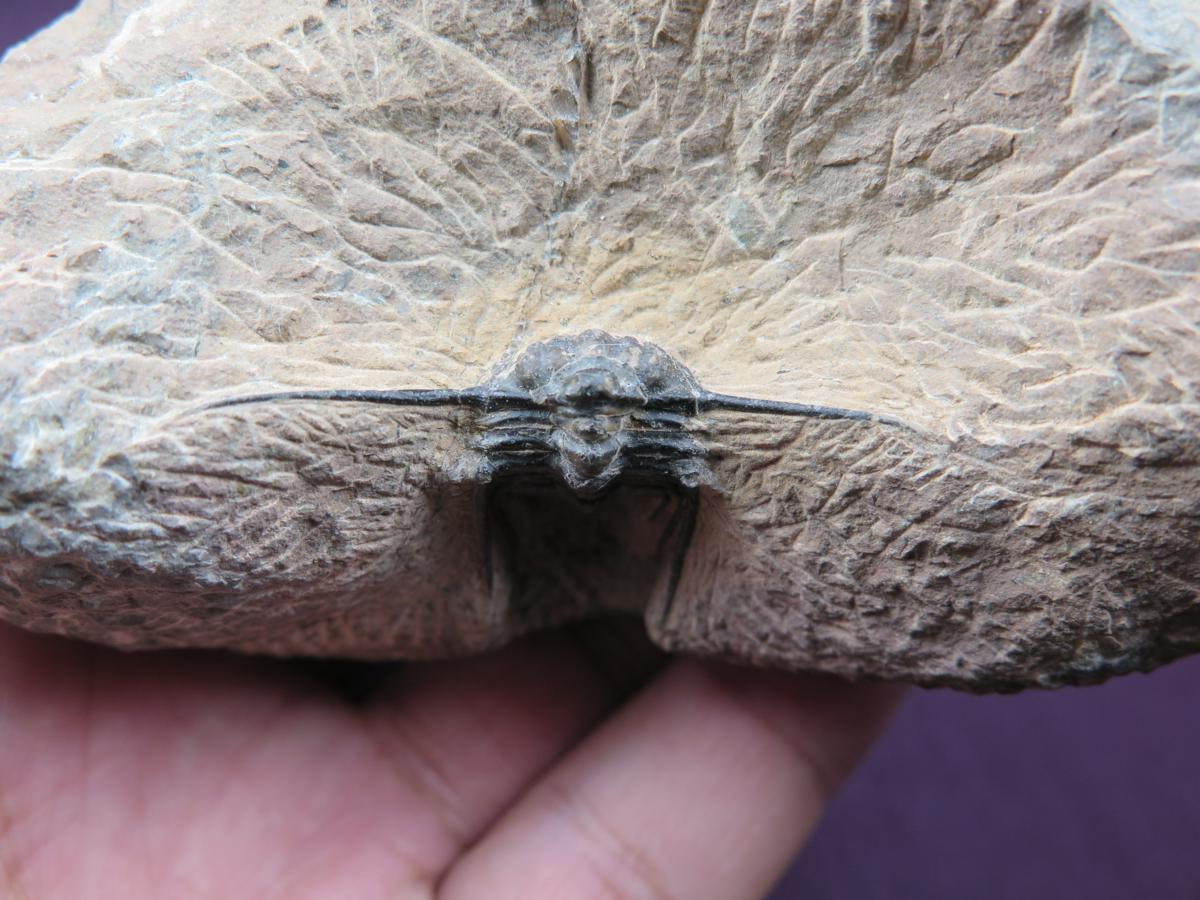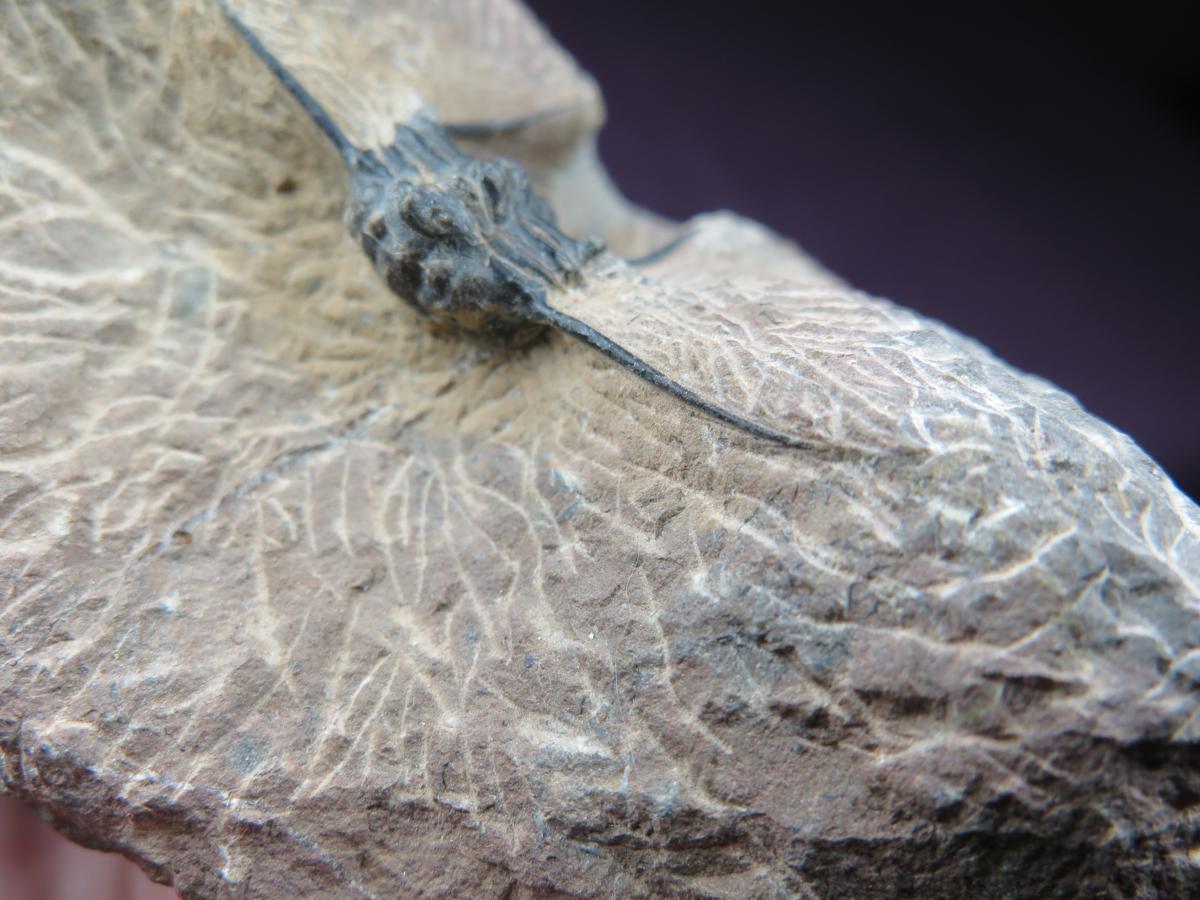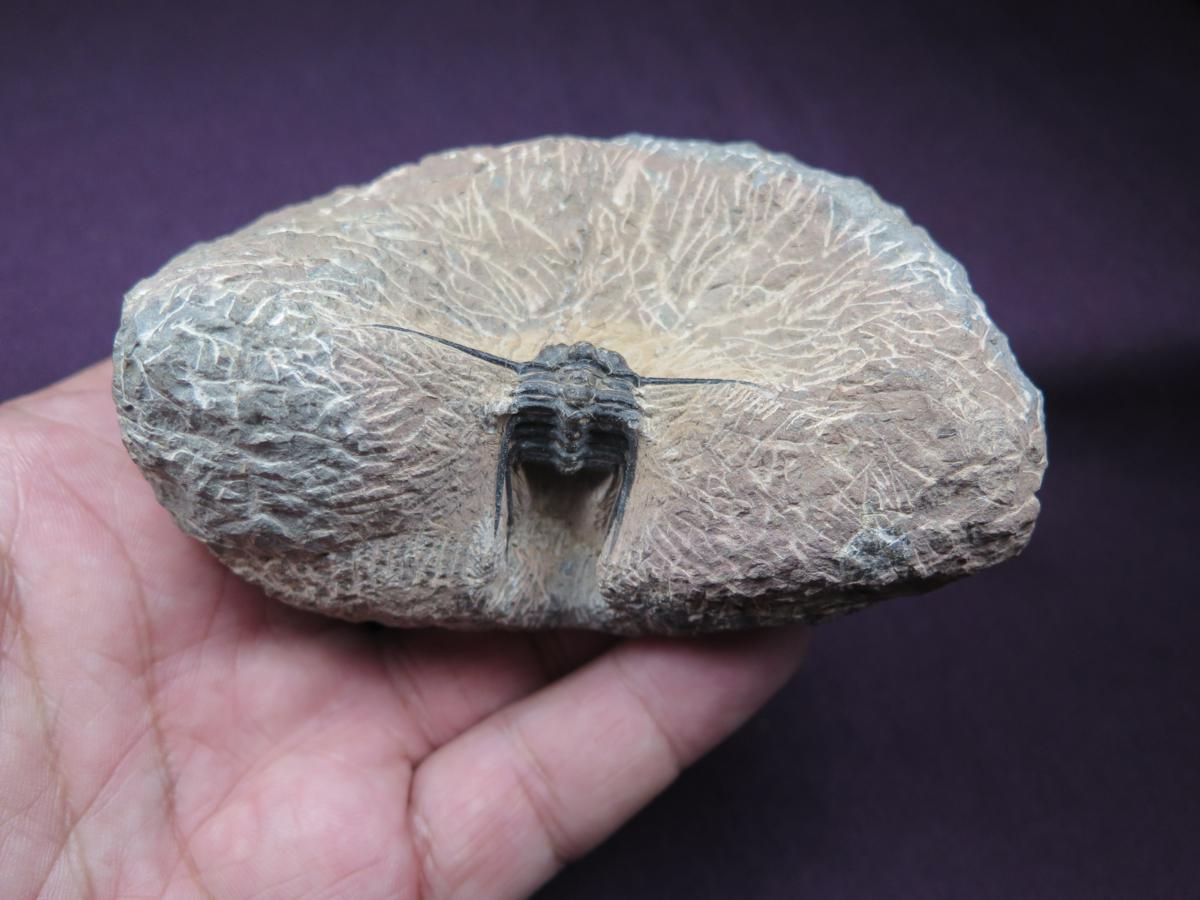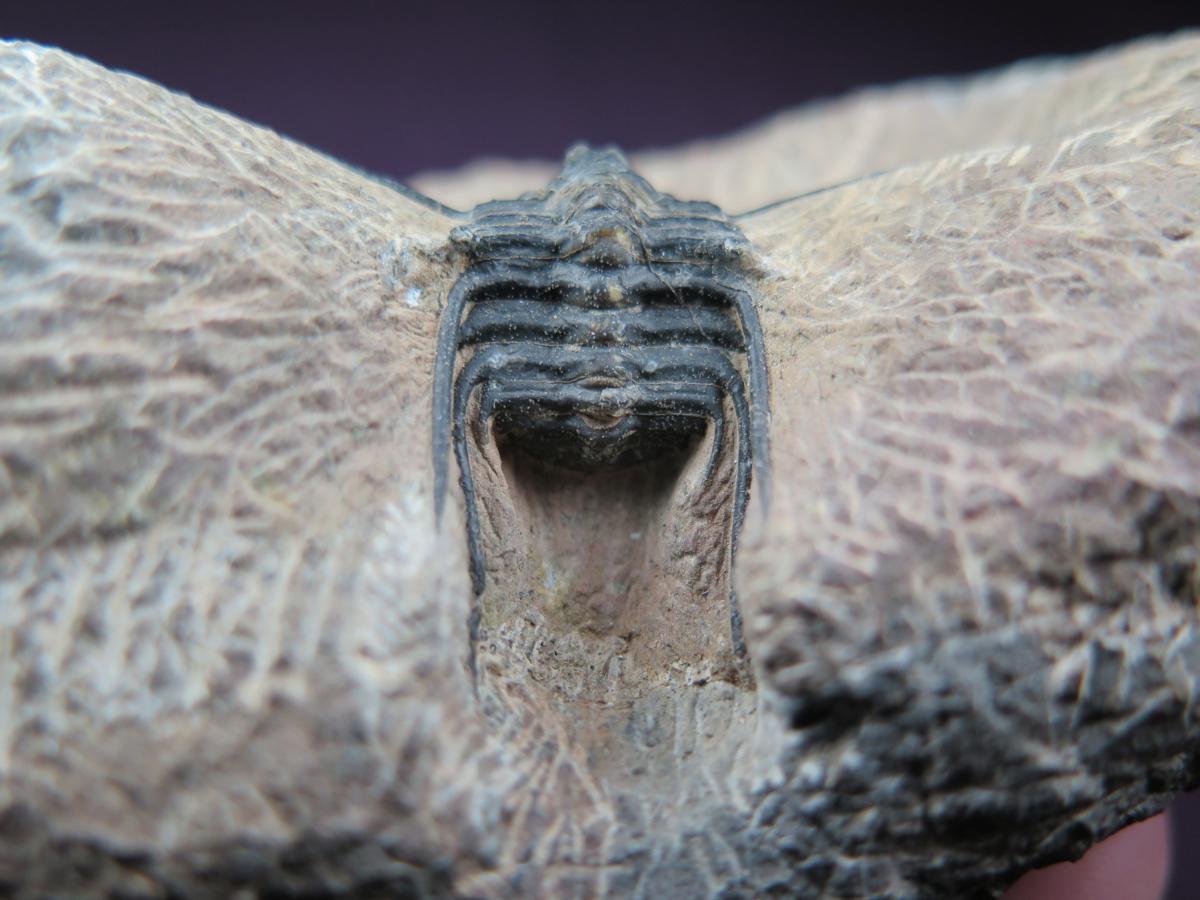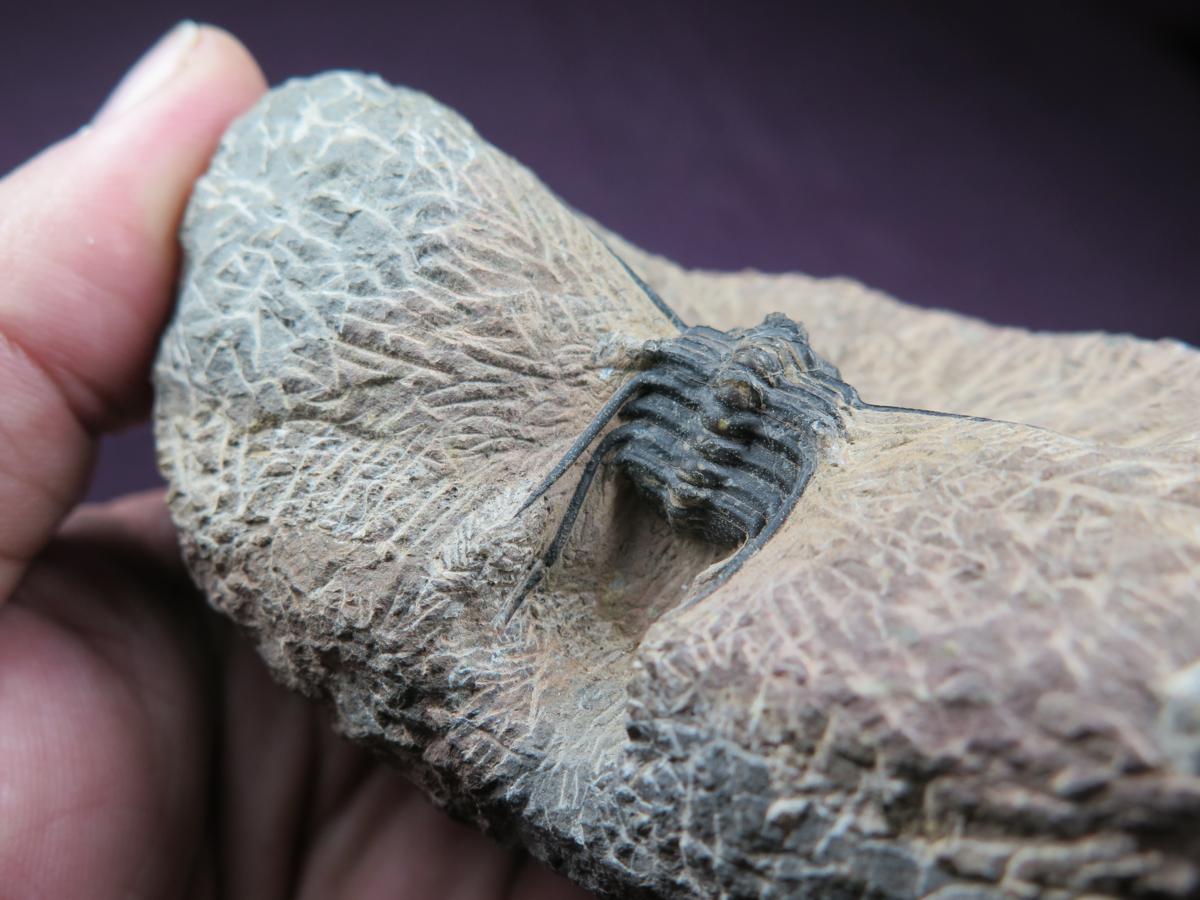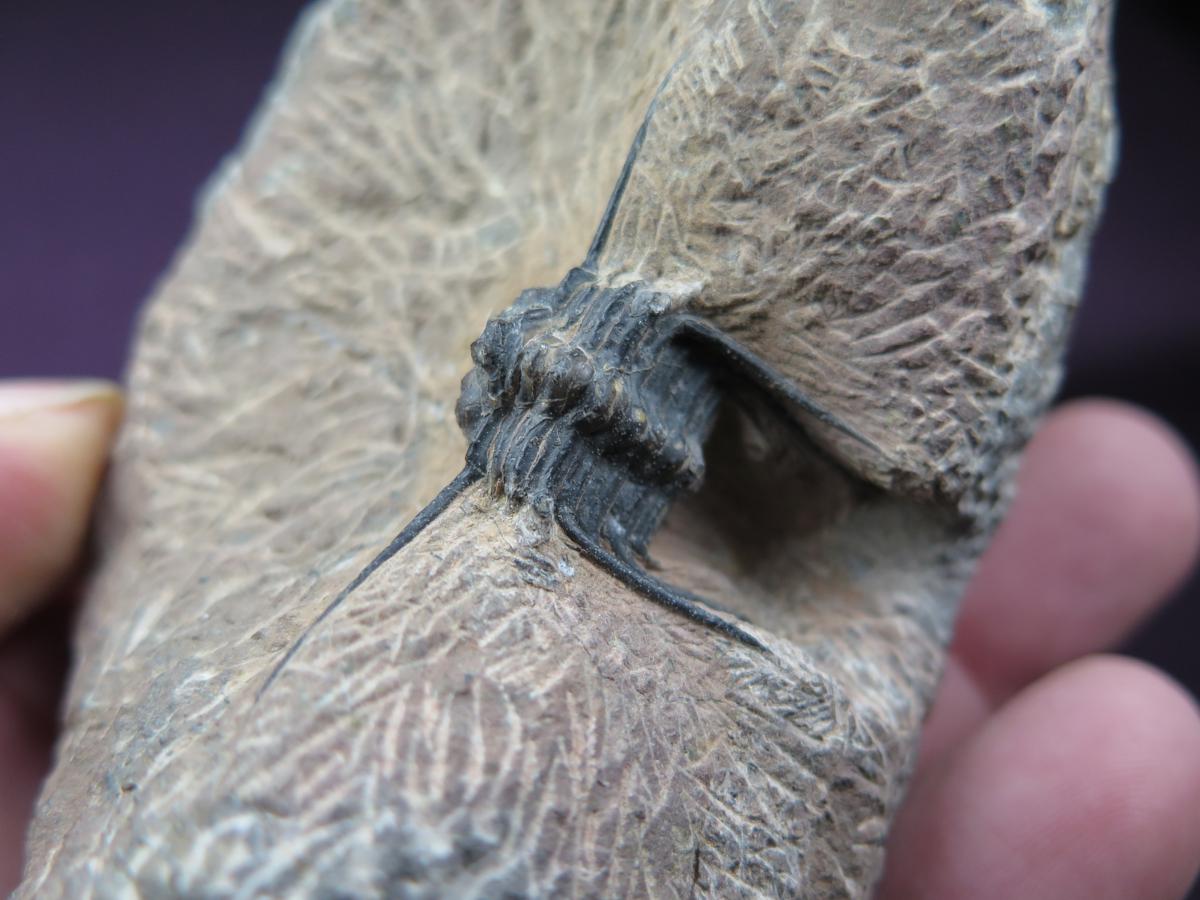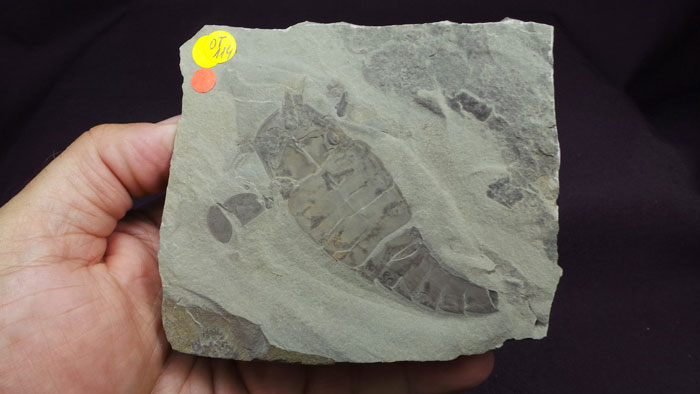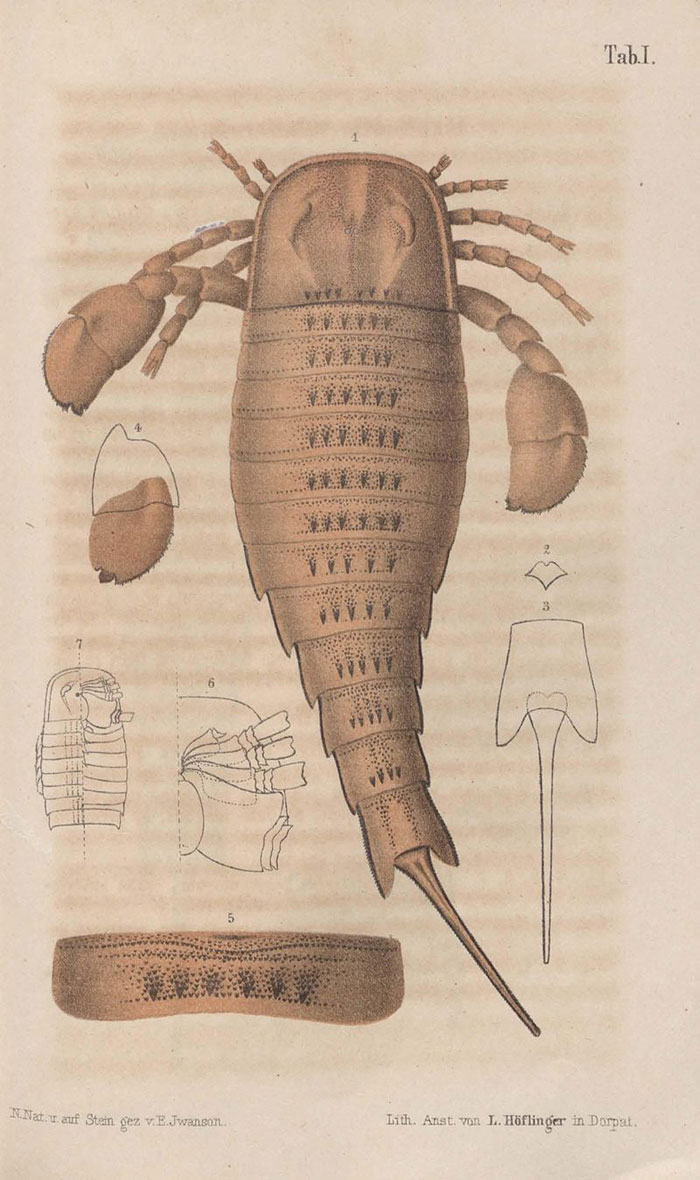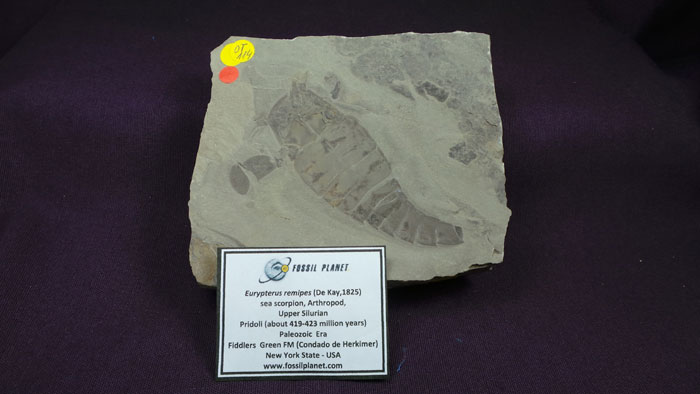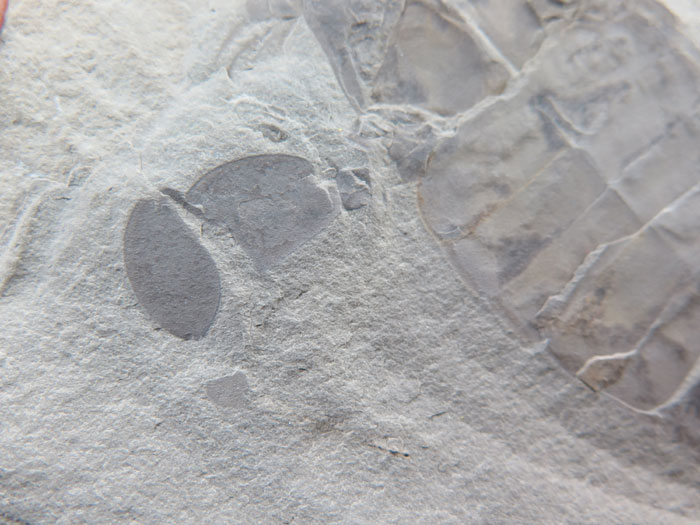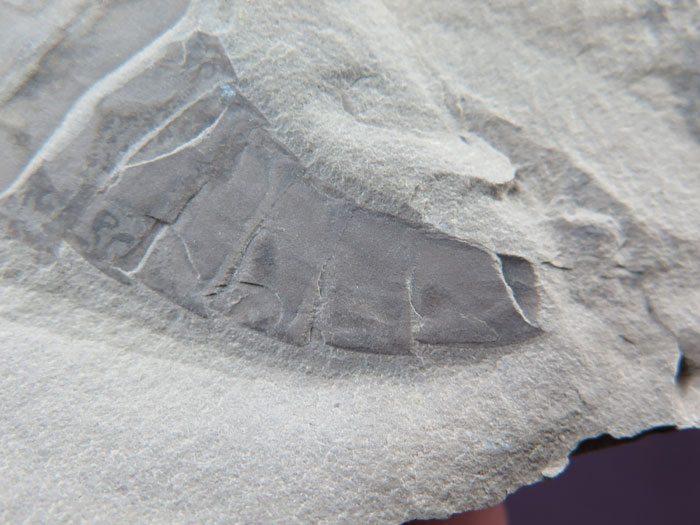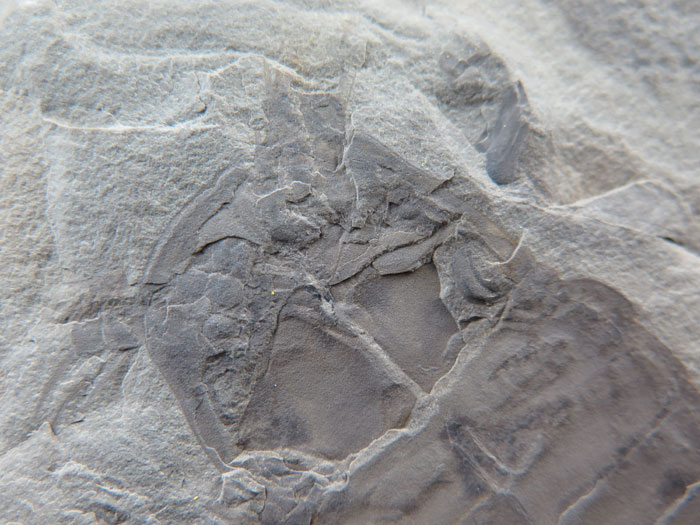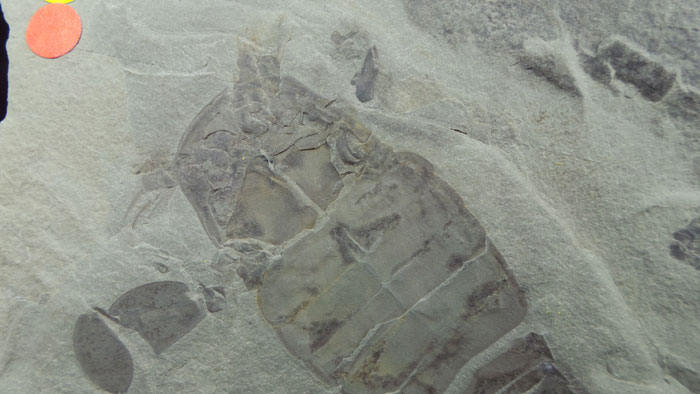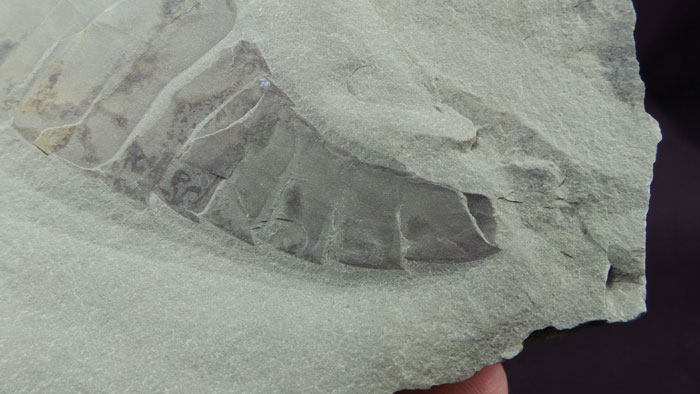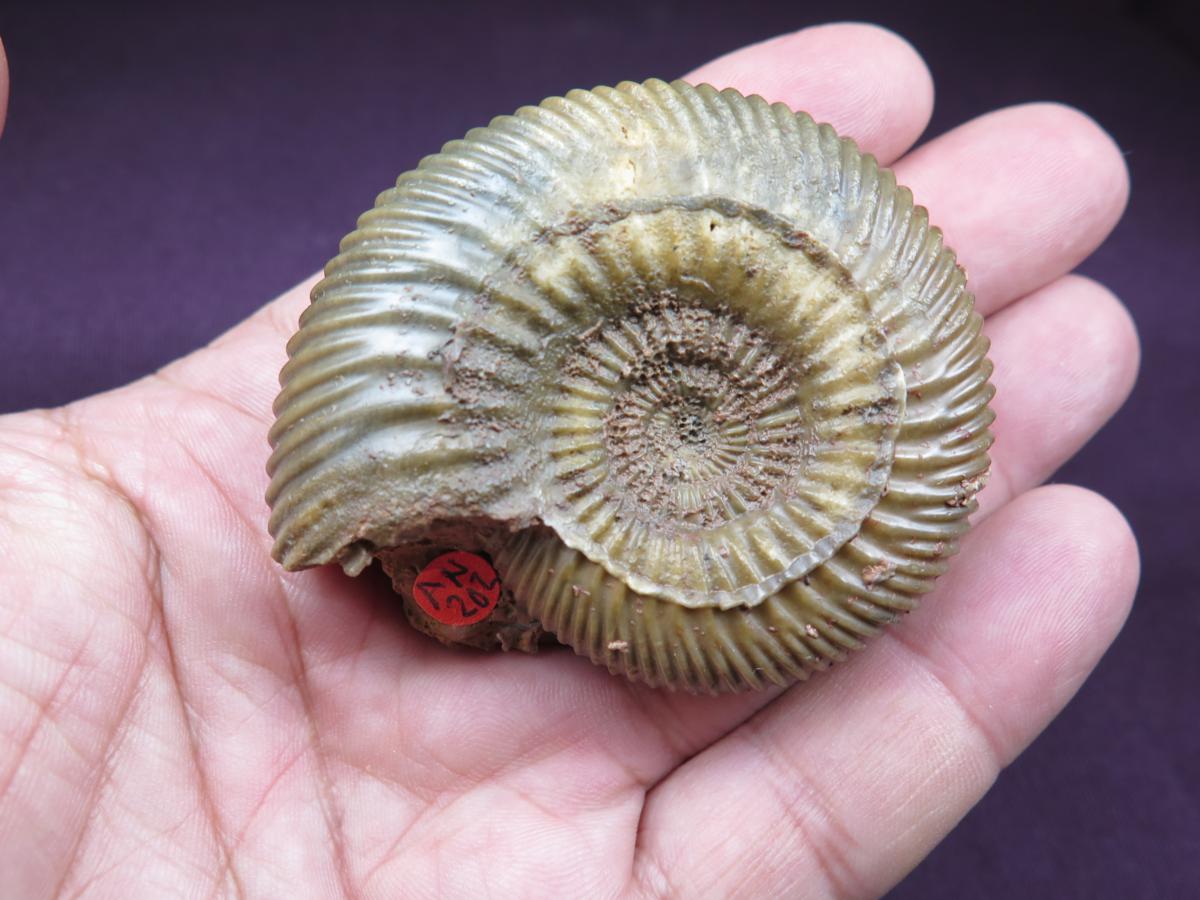
FOSSIL PLANET
Fossils for sale
New
Parkinsonia (Durotrigensia) bomfordi(Arkell,1956),Parkinsonia (BAYLE,1878)
Parkinsonia (Durotrigensia) bomfordi(Arkell,1956),Parkinsonia (BAYLE,1878)
Reference: AN202
Genus - Specie: Parkinsonia (Durotrigensia) bomfordi(Arkell,1956),Parkinsonia (BAYLE,1878)
Description: fossil cephalopod, ammonites, mollusk
Period: Jurassic
Epoch-Stage-Strata: Middle Jurassic (Dogger)
Era: Mesozoic
Age: Upper Bajocian-Parkinsonia oolite (about 168 million years ago)
Common name: ammonites
Comments: Phylum: Mollusca, Class: Cephalopoda, Order: Ammonitida, Family: Parkinsoniidae. Extint. Of the cephalopods, the ammonites and their relatives of which more than 10,000 species have been described are probably the most emblematic and well-known group of the fossil record and essential as guide fossils for the dating of rocks and the elaboration of successions of biozones of great precision biostratigraphic. All schoolchildren over 8 years old know something about this fossil group. The range of sizes and shapes was and is disconcerting, as shown by studies on this group of mollusks, extinct cephalopods. The Winnberg quarry near Sengenthal (Upper Palatinate, Bavaria) is one of the most important and famous sites in the world for its finds of cephalopods from the Middle Jurassic. The excellent and special preservation of the shells of Winnberg's Bajocian and Bathonian (Middle Jurassic) ammonites, gastropods (snails) and mussels (bivalbs) is what makes the area particularly attractive to researchers and collectors. The sequence of layers (Strata) of the quarry, whose activity is the production of cement, extends to the Oxfordian (late Jurassic). We are in a unique site with layers rich in fossils of: Parkinsonia Oolite and Garantiana Oolite, where specimens are dug with exceptional preservation and dark ocher color that are extracted with a very precise, laborious and specialized excavation technique, hence their important value in the commercial market for collectible fossils. Piece that has been cleaned and prepared by professionals in the fields of origin,with outher shell, original genuine and authentic fossil, complete specimen, magnificent conservation and fossilization, very well preserved specimen,natural, unrestored, no paint, no glue, no composite, natural Brown color, measures ammonite: 76 x 67 mm, weight: 75 grams, nice and scarce, from old collection, excellent quality, a gem .It is delivered-attached with certificate of authenticity. We ship worldwhide.
Location: Winnberg quarry,
Segenthal bei Neumarkt (Oberpaiz-Bavaria) Germany
Price: 87 E
Osteochilus sanshuiensis(LI & WANG,1979), Jianghanichthys sanshuiensis (Wang, Li & Song,1981)
Osteochilus sanshuiensis(LI & WANG,1979), Jianghanichthys sanshuiensis (Wang, Li & Song,1981)
Osteochilus sanshuiensis(LI & WANG,1979), Jianghanichthys sanshuiensis (Wang, Li & Song,1981)
Reference: P187
Genus - Specie: Osteochilus sanshuiensis(LI & WANG,1979), Jianghanichthys sanshuiensis (Wang, Li & Song,1981)
Description: fossil fish, prehistoric bony fish, ray-finned fish
Period: Paleogene
Epoch-Stage-Strata: Eocene
Era: Cenozoic
Age: (about 36 - 56 million years)
Common name: fossil fish, bony fish
Comments: cyprinid, fish, intact fish, extint genus, uncommon, semionotid fish, positive , excellent quality and conservation, specimen, no restoration, no repair, no glue, measures plate: 134 x 122 mm, measures fish: 55 x 24 mm, weigth: 181 grams, exhibitor measures: 198 x 137 x 40 mm , medium size specimen, from old collection, mounted on rigid box for best exhibition , rare, difficult. Delivered and shipped with a certificate of authenticity. We ship worldwhide.
Location: Kueichou- Guizhou (Shinye)China
Price: 99 E
Phacops africanus(EMMRICH,1839)
Phacops africanus(EMMRICH,1839)
Phacops africanus(EMMRICH,1839)
Reference: T112
Genus - Specie: Phacops africanus(EMMRICH,1839)
Description: fossil trilobite, arthropod
Period: Devonian
Epoch-Stage-Strata: Lower Devonian
Era: Paleozoic
Age: Emsian (about 393-407 million years)
Common name: fossil trilobite, marine arthropod
Comments: Class Trilobita ,Order: Phacopida, Suborder: Phacopina, Superfamily: Phacopoidea, Family: Phacopidae. A magnificent example of a member of the Order Phacopida, Family Phacopidae with extraordinary fossilization and details. The characteristics of this taxon are its fine and detailed schizophromatic eyes and the pustular cephalon, complete specimen with the thorax and the pigidium . This specimen has been prepared by professionals in Morocco through outstanding work and microabrasive techniques that allow to preserve the fossil completely in its original matrix and achieve this final and exceptional result with 3-D appearance, extinct genus , no mounted , very well preserved , authentic fossil, no fake, measures trilobite: 82 x 41 mm , measures matrix: 117 x 101 x 24 mm, weigth : 494 grams, excellent quality, very nice, It is sent attached with certificate of authenticity. We ship worldwhide..
Location: Hamar Laghdad Formation, Mount Issoumour (Alnif) Morocco
Price: 150 E
Bathicheilus gallicus trilobite
Bathicheilus gallicus
Bathicheilus gallicus
Reference: T64
Genus - Specie: Bathicheilus gallicus
Description: fossil trilobite, marine arthropod
Period: Ordovician
Epoch-Stage-Strata: Lower Ordovician
Era: Paleozoic
Age: Tremadocian (About 477-485 million years)
Common name: fossil trilobite, marine arthropod
Comments: Extinct genus, very well preserved specimen, Authentic, genuine and original fossil, no fake. Complete specimens, practically natural piece, with minimal restoration, very well preserved in its original matrix, not mounted, not painted, matrix measures: 85 x 90 x 55 mm, trilobite measures: 22 x 17, 30 x 19 and 28 x 16 mm , weight: 423 grams. Piece prepared by professionals in Morocco, interesting and unusual three fossilized specimens in the same matrix, from an old collection. Trilobite collectors special, excellent quality. Delivered and shipped with a certificate of authenticity. We ship worldwide ..
Location: Zagora (Morocco)
Price: 125 E (Price reduced before : 160 E)
Ceratonurus sp.(Prantl and Pribyl,1949)
Ceratonurus sp.(Prantl and Pribyl,1949)
Ceratonurus sp.(Prantl and Pribyl,1949)
Reference: T112
Genus - Specie: Ceratonurus sp.(Prantl and Pribyl,1949)
Description: fossil trilobite, arthropod
Period: Devonian
Epoch-Stage-Strata: Lower Devonian
Era: Paleozoic
Age: Pragian (about 407 – 410 million years)
Common name: fossil trilobite, marine arthropod
Comments: Authentic and original fossil, not mounted, complete specimen with the thorax and the pygidium in its original matrix. This specimen has been prepared by professionals in Morocco through outstanding old-fashioned punch work, practically natural, minimal restoration, trilobite measurements: 30 x 43 mm, matrix measurements: 115 x 78 x 64 mm, weight: 385 grams, excellent quality, very beautiful, rare . It is delivered-sent attached with a certificate of authenticity. Shipping all over the world..
Location: (Tafilal) Morocco
Price: 145 E (Reduced Price before: 200 E)
Eurypterus remipes (De Kay,1825)
Eurypterus remipes (De Kay,1825)
Reference: OT114
Genus - Specie: Eurypterus remipes (De Kay,1825)
Description: sea scorpion, arthropod, carnivore
Period: Silurian
Epoch-Stage-Strata: Late Silurian
Era: Paleozoic
Age: Pridoli (about 419-423 million years)
Common name: primitive sea scorpion
Comments: The species designation of the state fossil "remipes" is from Latin meaning "oar" and "foot". The first fossil of Eurypterus was found by the fossil collector S. L. Mitchill in 1818.The euripteridos are part of the largest known arthropods that have existed in the fossil record have trapezoidal carapace and are extinct relatives of the crab. Although a sea scorpion is the Eurypterus remipes is not as common as other eurypterids found in the State of New York and this is the most interesting and scarce. During the Silurian (more than 400 million years ago), Eurypterus remipes lived their aquatic existence in marginal marine environments little deep and warm during the Paleozoic middle and later in the late Paleozoic mainly in lacustrine and fluvial environments. He crawled along the bottom and shallow areas of brackish sea that covered much of New York that stretches from Buffalo to Schenectady and South to Poughkeepsie, approximately along the New York Thruway. A cross between a Scorpion and a lobster-like "sea Scorpion" was the largest arthropod known size ranged from 13 to 23 cm long, but the largest individual discovered was 1.3 meters long. Eurypterus was an aquatic and terrestrial invertebrate which is also included in the diverse group of insects, lobsters, crayfish, centipedes, scorpions, spiders and mites. Eurypterids were not true Scorpions, although they share not only a deep similarity and evolutionary relationship with the Scorpions(both are members of the Phylum Arthropoda, Subphylum Chelicerata) and also share paleoecologies, since both are aquatic and lived together. Natural , unrestored , no repair, no glue , no composite, authentic and genuine fossil , very well preserved, measures plate : 118 x 101 x 27 mm, measures scorpion: 89 x 31 mm , weight : 689 grams , from old collection, excellent quality, rare. It is delivered and sent with certificate of authenticity. Worldwide shipping.
Location: Fiddlers Green FM (Herkimer Co.)New York State – USA
Price: 400 E
2018 FOSSIL PLANET ©
